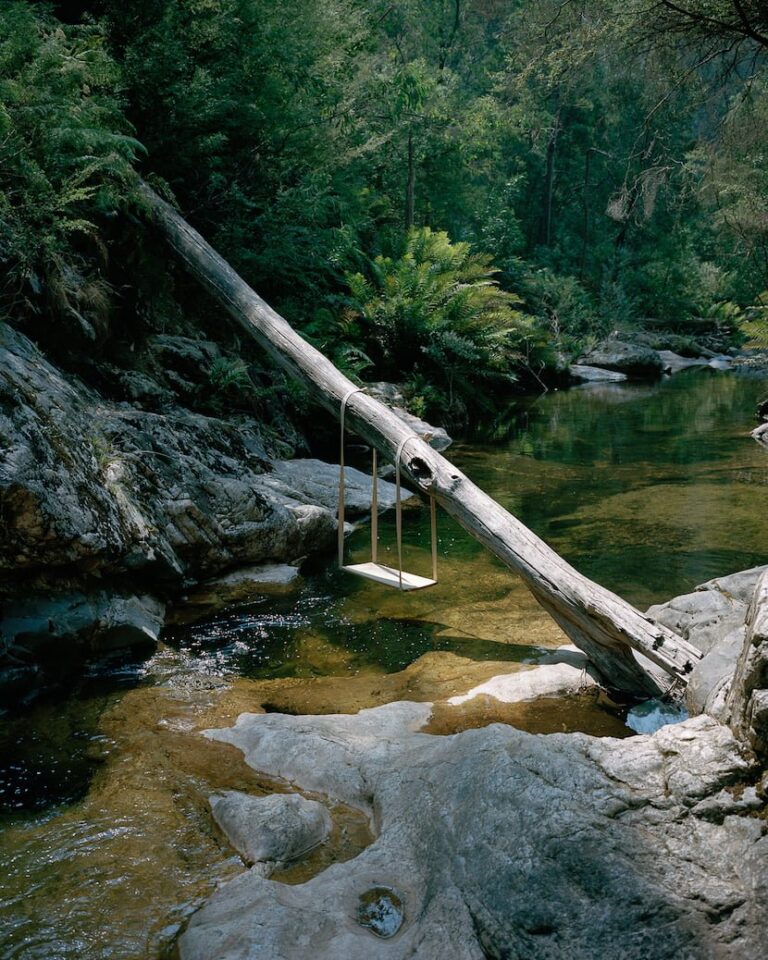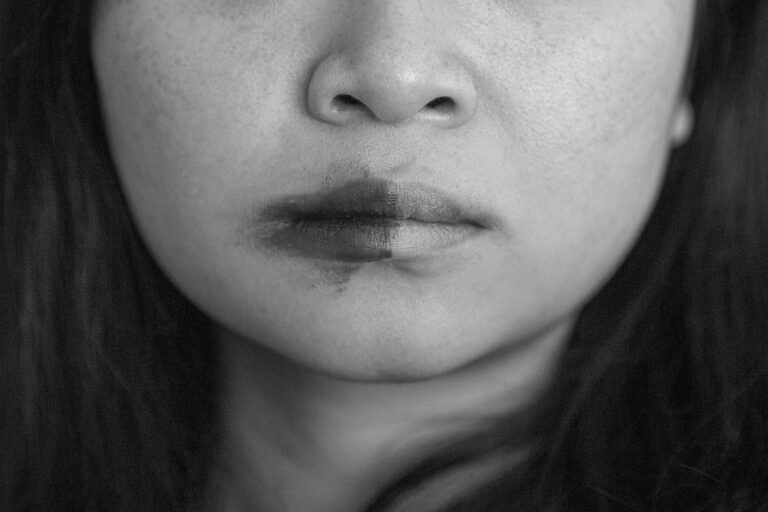
GradFoto 2020 Gallery
The Ballarat International Foto Biennale is thrilled to present our inaugural GradFoto 2020 exhibition, celebrating the high-calibre of photographic work by up and coming artists from selected institutions. The GradFoto 2020 award was created to showcase the artistic excellence of graduating students to new audiences across Australia and beyond. GradFoto will be an ongoing award presented each year for graduating artists. For all enquiries, please email info@ballaratfoto.org
Judges
- Zoë Croggon, Melbourne-based photographic artist
- Charlotte Day, Director of Monash University Museum of Art | MUMA
- Mark Feary, Artistic Director at Gertrude Contemporary
- Bridie Flynn, Senior Librarian, in the Victorian & Australian Collections at State Library Victoria
- Wendy Garden, Exhibitions Manager and Curator of Australian Art at the Museum and Art Gallery of the Northern Territory
- Ponch Hawkes, Leading Australian photographic artist
- Rachel Kent, Chief Curator at the Museum of Contemporary Art Australia (MCA)
- David Rosetzky, Melbourne based artist and educator
- Madé Spencer-Castle, Independent curator based in Naarm/Melbourne
- Fiona Sweet, Arts director and curator
We are extremely grateful for the time and energy our judges have generously given throughout the judging process for the GradFoto 2020 award. Thank you to Charles Sturt University, Deakin University, Federation University Australia, LCI Melbourne, Monash University, National Art School, Photography Studies College, RMIT University, Swinburne University of Technology, University of New South Wales, University of Tasmania, University of Wollongong and VCA University of Melbourne for participating in the inaugural GradFoto 2020.
Award Winner – Shuran Yang
Hedgehog Family, 2020
The AUD $500 prize, generously supported by Craig Fletcher, was awarded by the judges to graduate Shuran Yang from RMIT University for her series Hedgehog Family.
The judges said, “Shuran Yang’s concept and its visual articulation are coherent as is the series itself where reiteration is used to poetic affect. The images are beautifully composed and retain a level of mystery, they don’t give everything away at once… The duality within the family dynamic resonates strongly throughout the series. You can feel the tension and proximity of the Hedgehog family in this creative response to lockdown and relate to both the intimacy and suffocation that comes with loss of personal distance.”
When winter comes, the hedgehog family wants to snuggle up together for warmth. If they get too close, their thorns will prick each other, and if they are too far away, they will feel the cold creeping in. According to this classic Chinese proverb, the hedgehog family perpetually keep looking for the right distance. This is related to the traditional Chinese concept of filial piety, where instead of letting children have their career away from home, parents tend to want more of their children’s company at home in adulthood.
I live in a traditional Chinese family where this is inherently understood, but being in my early 20’s, and having been educated in the western system, I long for independence, freedom, and a healthy distance from my family. Turning this longing into a reality is a difficult undertaking, especially under lockdown; how can I persuade my parents to try and rid themselves from fear and let me go? I am the hedgehog child, looking for the right distance.

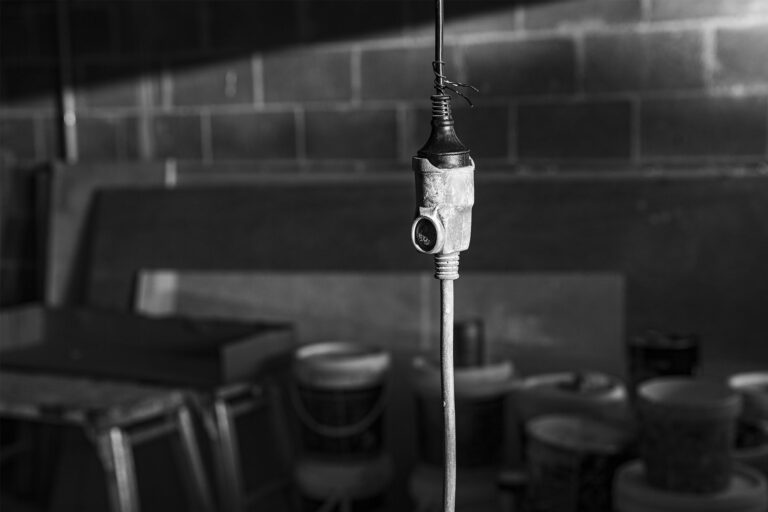
Shuran Yang
Hedgehog Family 2, 2020
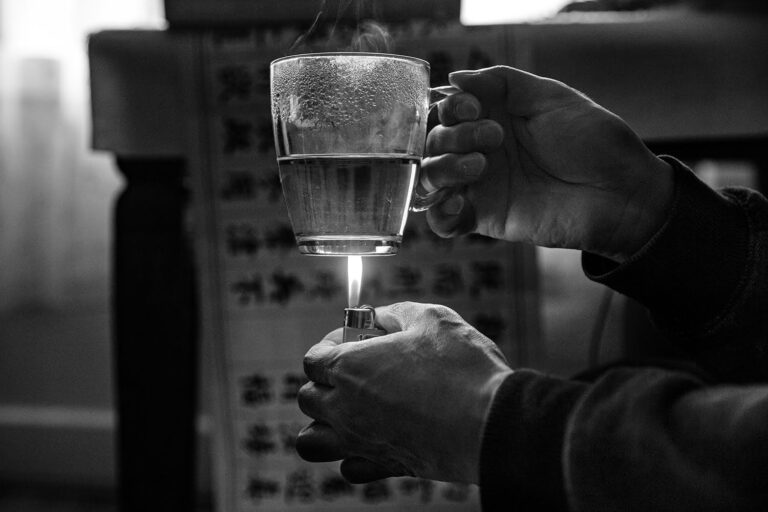
Shuran Yang
Hedgehog Family 3, 2020
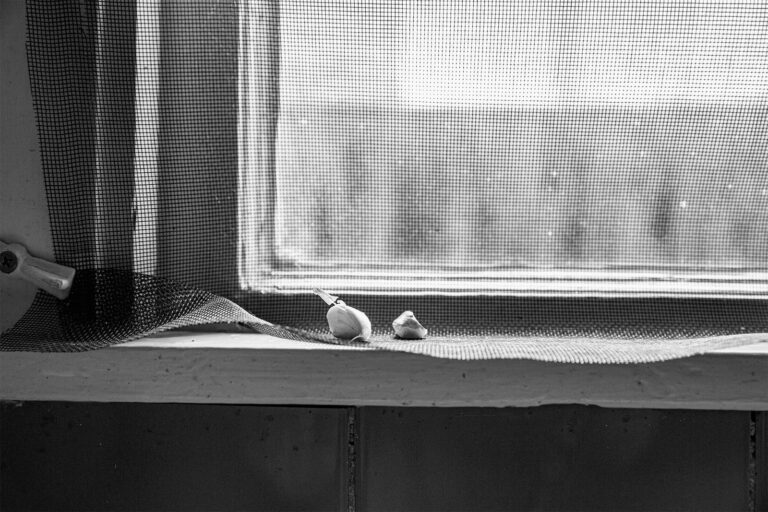
Shuran Yang
Hedgehog Family 4, 2020
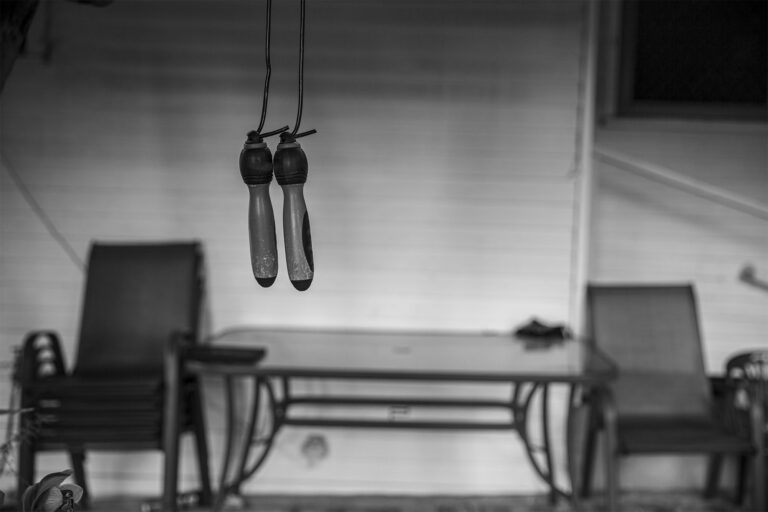
Shuran Yang
Hedgehog Family 5, 2020
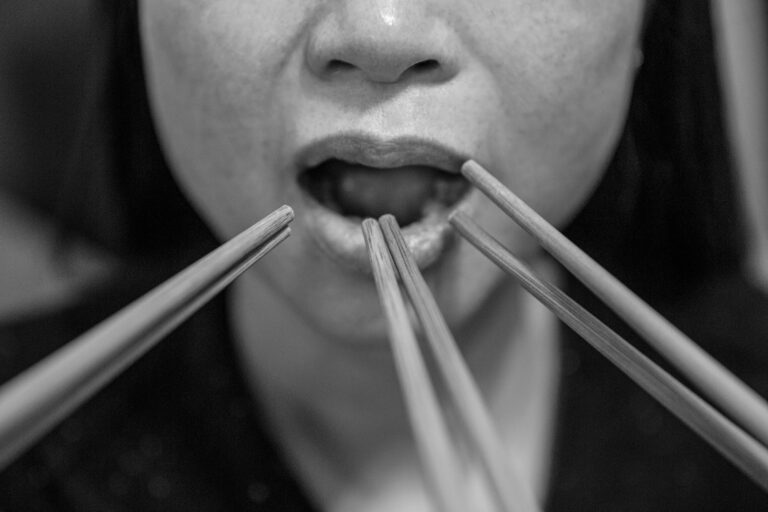
Shuran Yang
Hedgehog Family 6, 2020
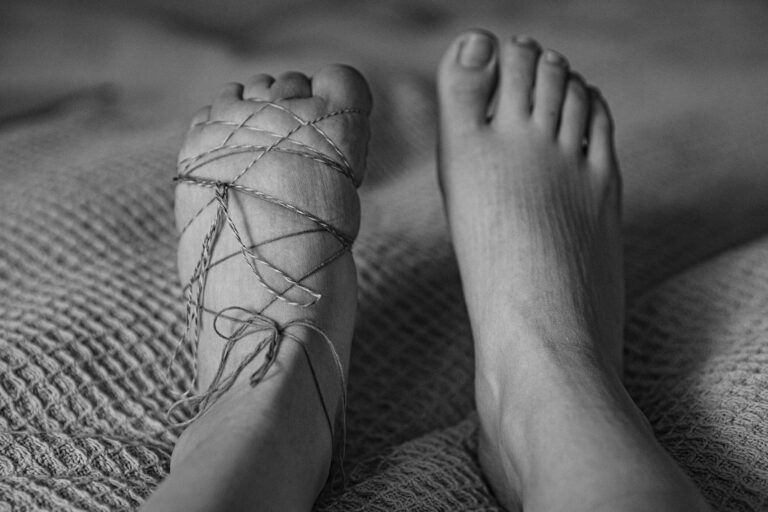
Shuran Yang
Hedgehog Family 7, 2020
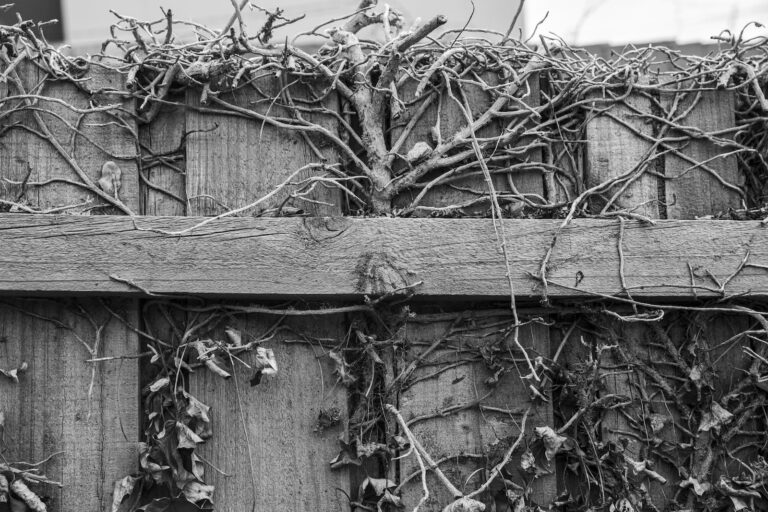
Shuran Yang
Hedgehog Family 8, 2020
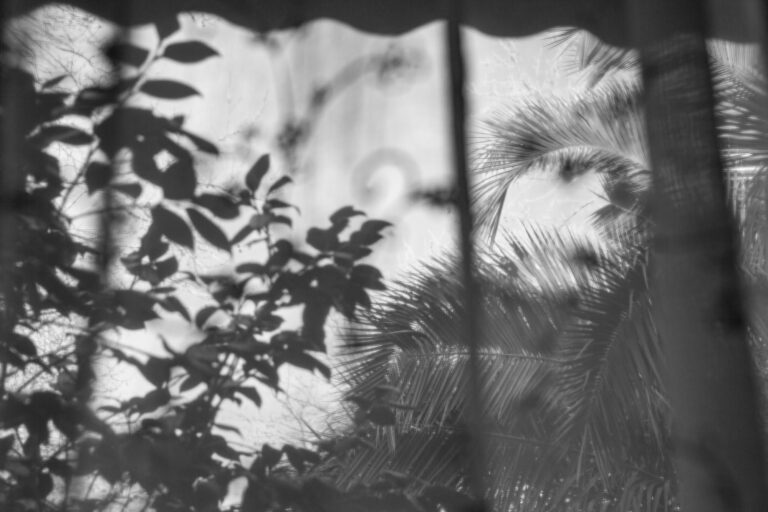
Shuran Yang
Hedgehog Family 9, 2020
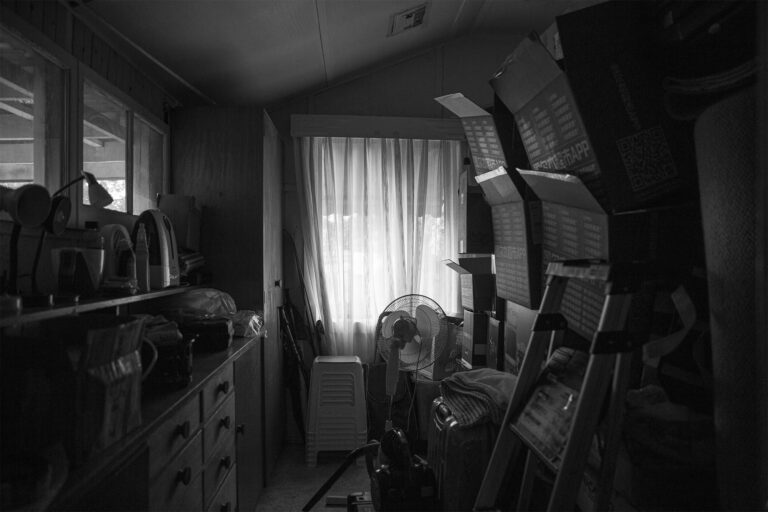
Shuran Yang
Hedgehog Family 10, 2020
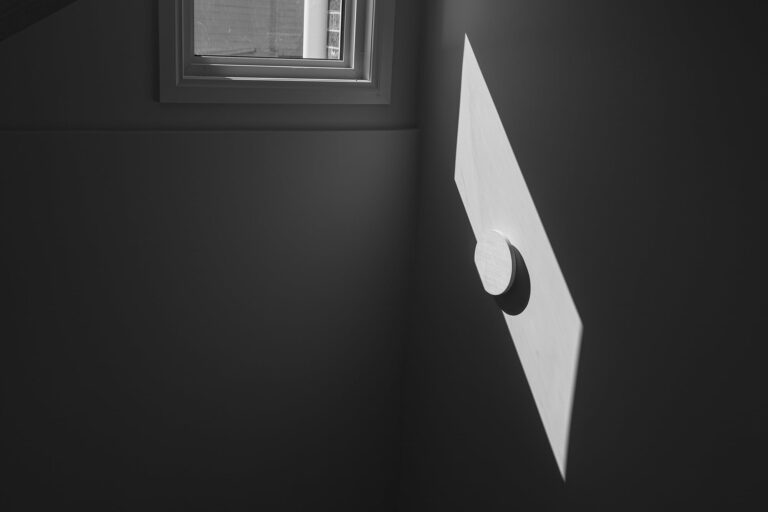
Shuran Yang
Hedgehog Family 11, 2020
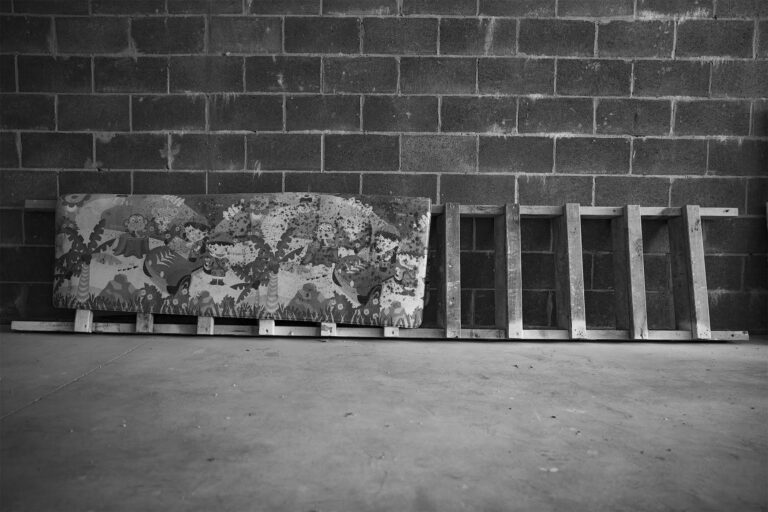
Shuran Yang
Hedgehog Family 12, 2020
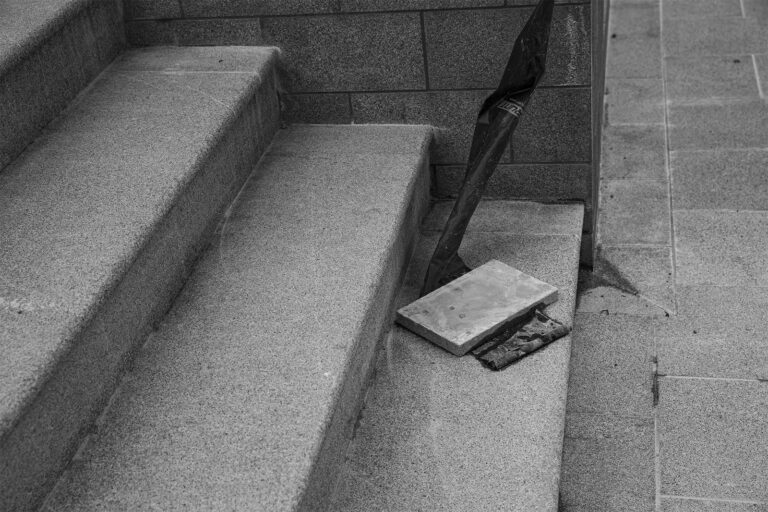
Shuran Yang
Hedgehog Family 13, 2020
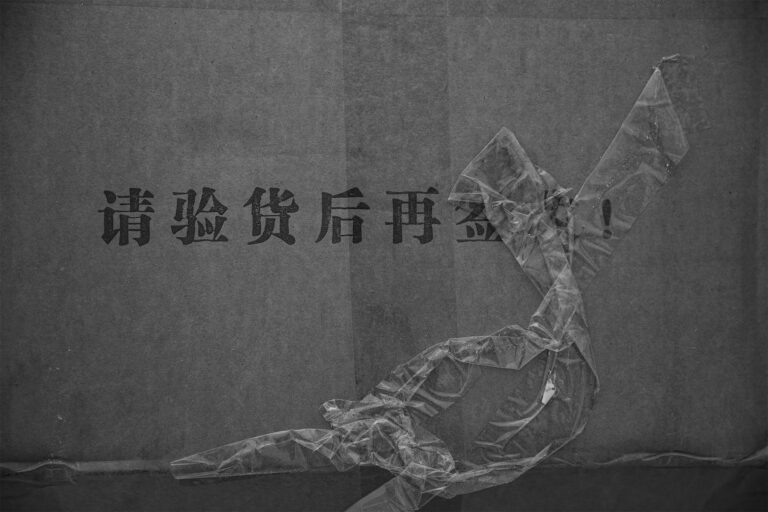
Shuran Yang
Hedgehog Family 14, 2020
People’s Choice – Lilah Benetti
Easy Ghana, 2018
The People’s Choice Award, as voted by the public, was awarded to Lilah Benetti, from LCI Melbourne for her series Easy Ghana.
Easy Ghana is a Documentary Photography series that explores places of historical significance throughout Ghana, including the capital city of Accra, the Tsito in the Volta region and the Gold Coast, where the Transatlantic Slave Trade began. Easy Ghana tell the story of a collective past and present in an attempt to understand the nuanced roots of contemporary African culture though the eyes of Ghana. The story holds significance as 2019 marked the 400th year since the first ship left the shores of Ghana (Gold Coast), the beginning of what we now know to be the Transatlantic Slave Trade; Easy Ghana pays homage to The Year of Return, shedding of a soft light on a dark history.
I was raised between Daylesford (Country Victoria) and Kuranda (Far North Queensland) Australia, spending my formative years observing and understanding myself and the surrounding world through the lens of my cultural identity; My mother (Italian, Austrian, Australian), my adoptive father (Djabuguy, Aboriginal Australian) and my biological father (Zambian). From an early age I developed a heightened sense of awareness of the call-and-response relationship between people and their environment; an understanding of the ways in which internal and external factors work together to create states of being. I would describe myself as a transcultural Artist because of my upbringing and because of the ways In which I choose to see the world.
I traveled to Africa for the first time in my life in 2018 which as you can imagine, as a mixed race woman growing up in Australia was of great significance. I documented these interactions through a lens of observation, learning about Ghana, the Tranatlantic Slave Trade and in turn my collective African ancestry, understanding more about the diaspora and our lived experience throughout the world.
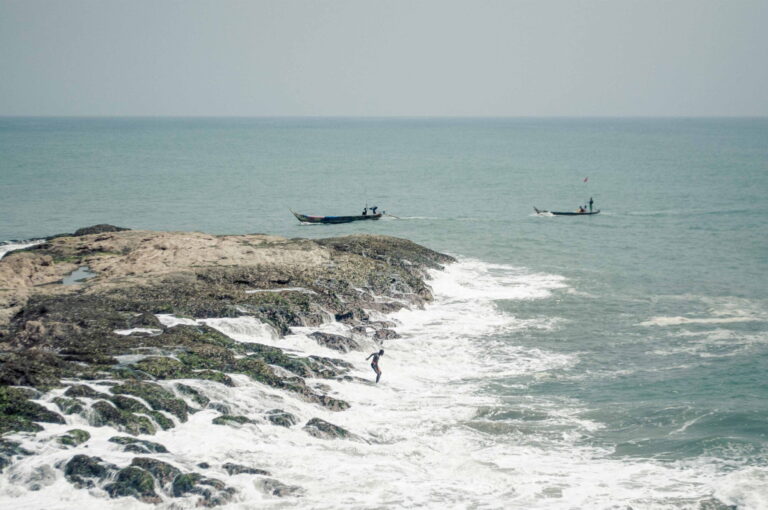
Lilah Benetti
Easy Ghana 2, 2018
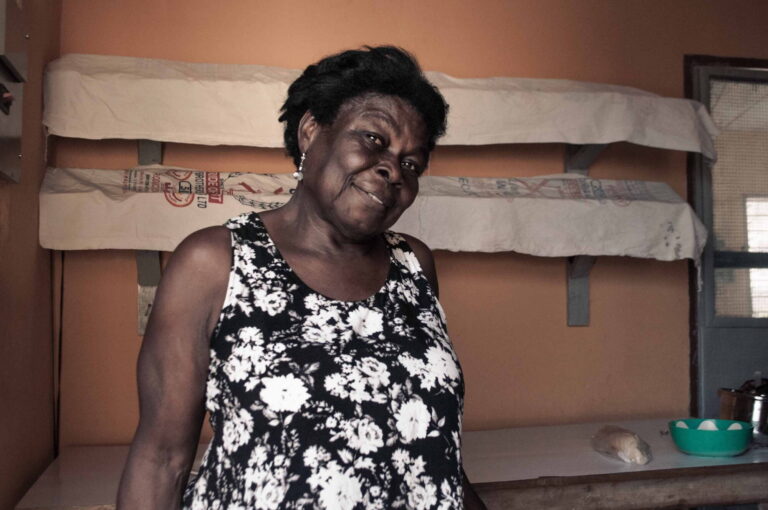
Lilah Benetti
Easy Ghana 3, 2018
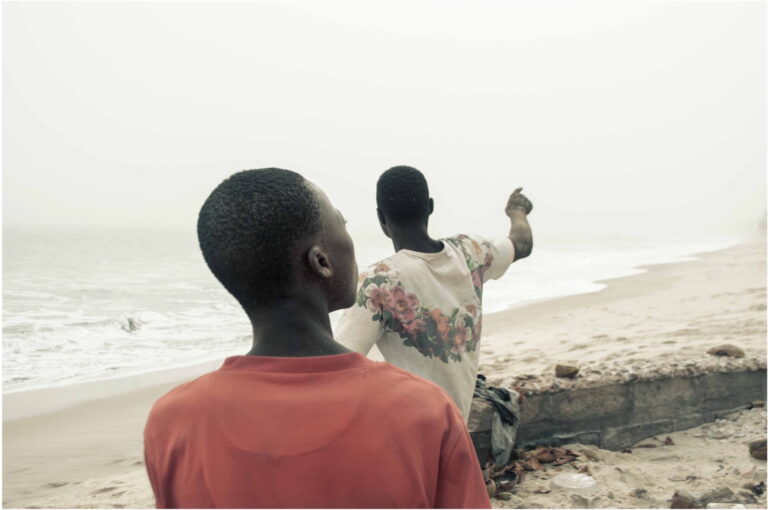
Lilah Benetti
Easy Ghana 4, 2018
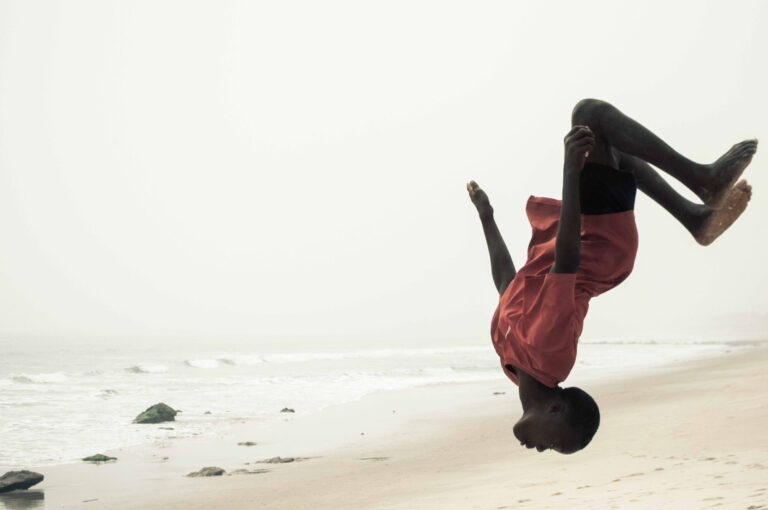
Lilah Benetti
Easy Ghana 5, 2018
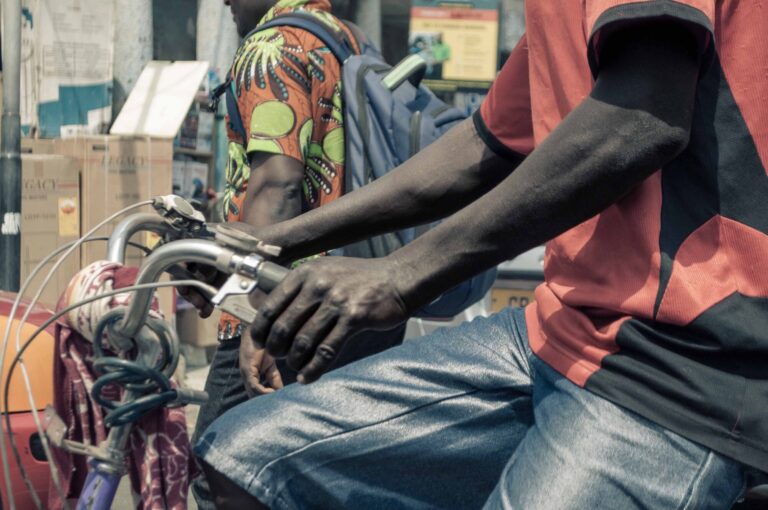
Lilah Benetti
Easy Ghana 7, 2018
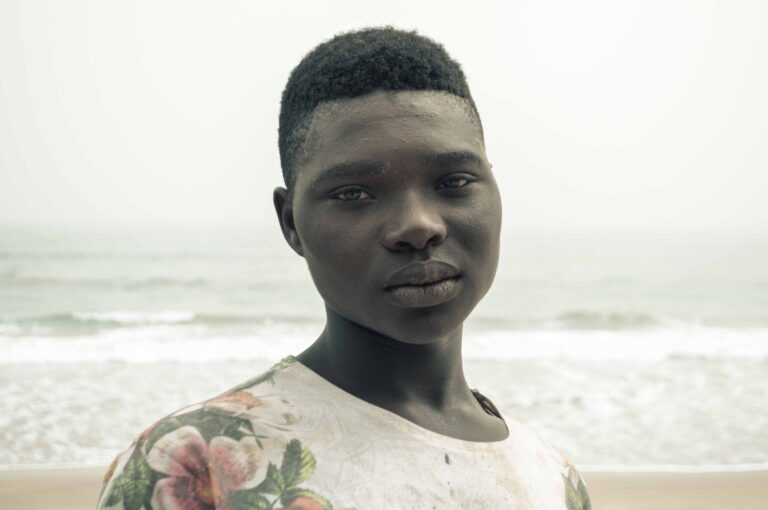
Lilah Benetti
Easy Ghana 8, 2018
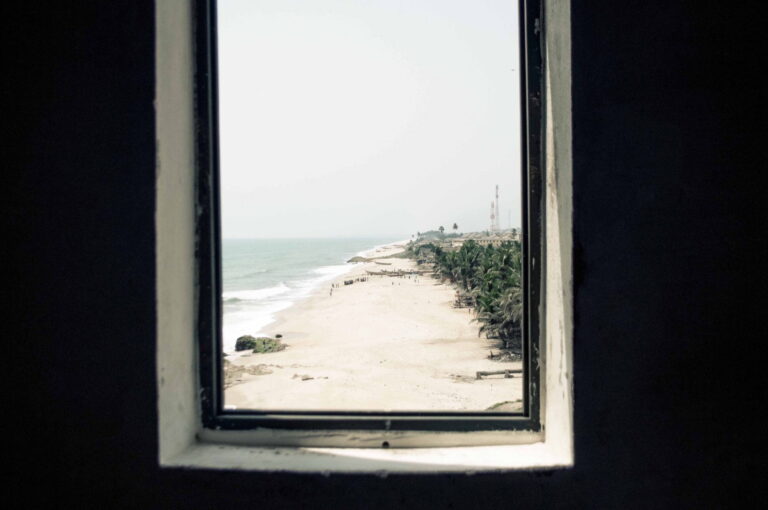
Lilah Benetti
Easy Ghana 9, 2018
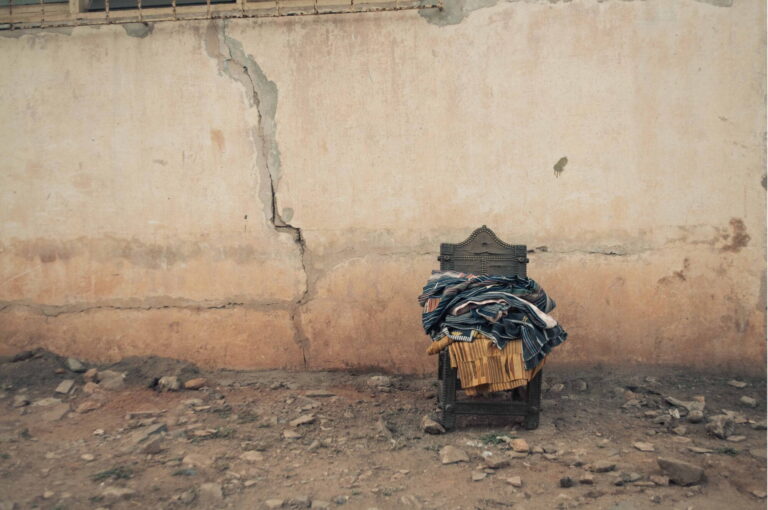
Lilah Benetti
Easy Ghana 11, 2018
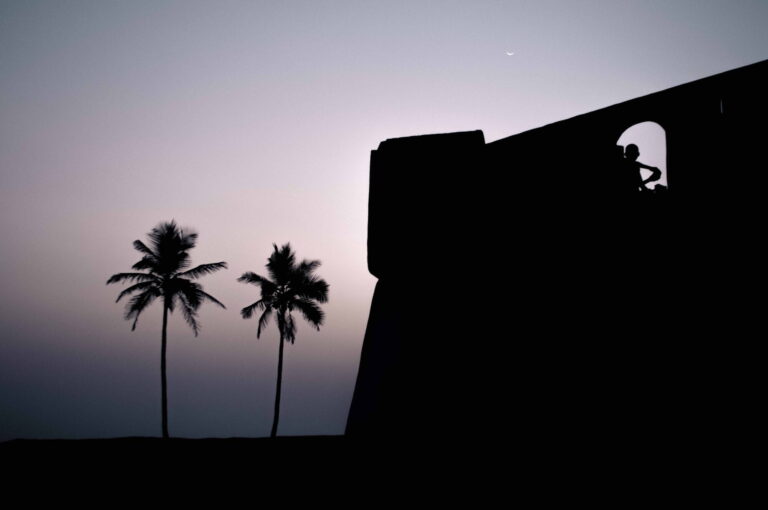
Lilah Benetti
Easy Ghana 12, 2018
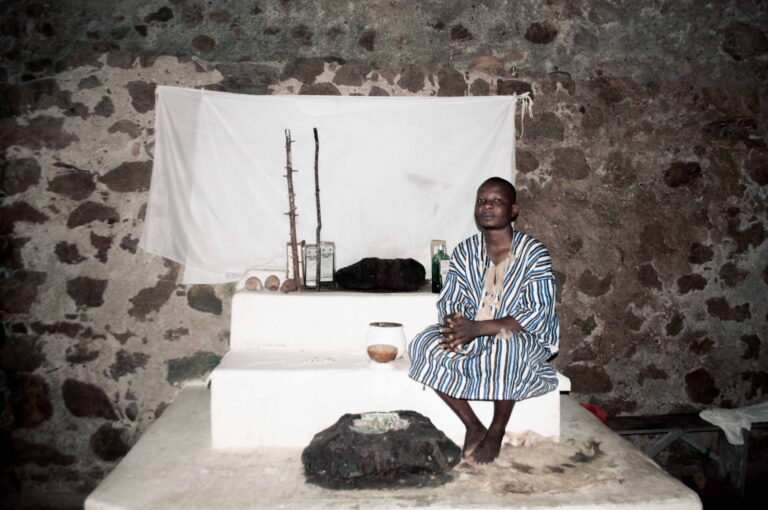
Lilah Benetti
Easy Ghana 14, 2018
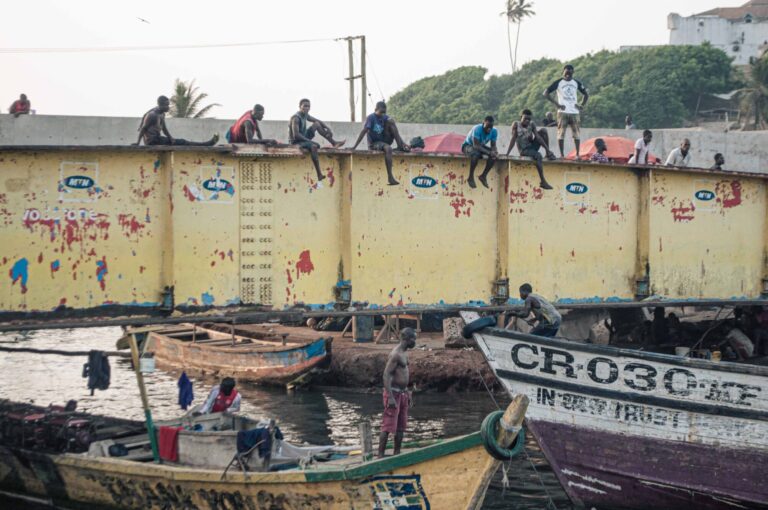
Lilah Benetti
Easy Ghana 15, 2018
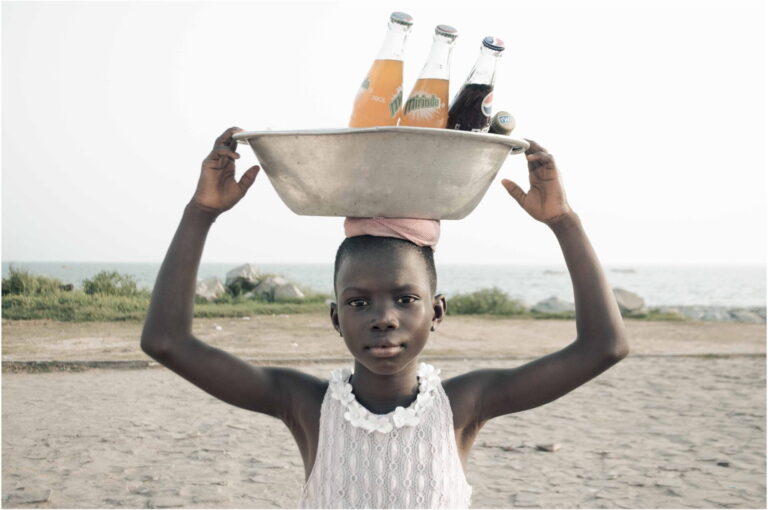
Lilah Benetti
Easy Ghana 16, 2018
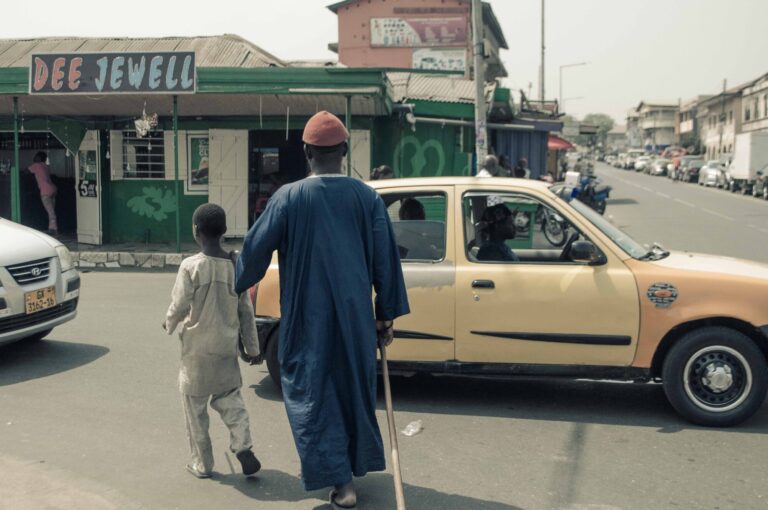
Lilah Benetti
Easy Ghana 17, 2018
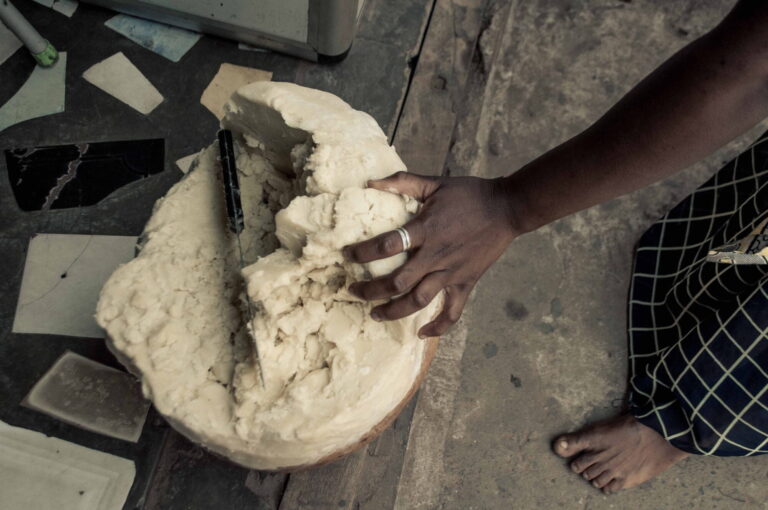
Lilah Benetti
Easy Ghana 18, 2018
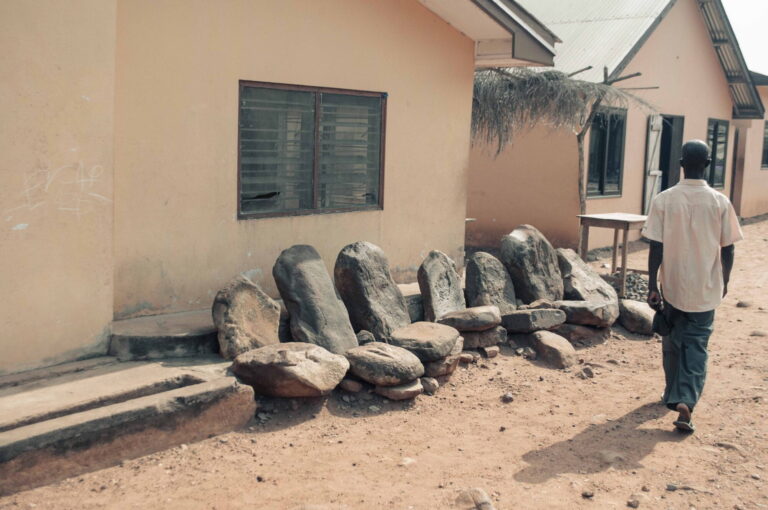
Lilah Benetti
Easy Ghana 19, 2018
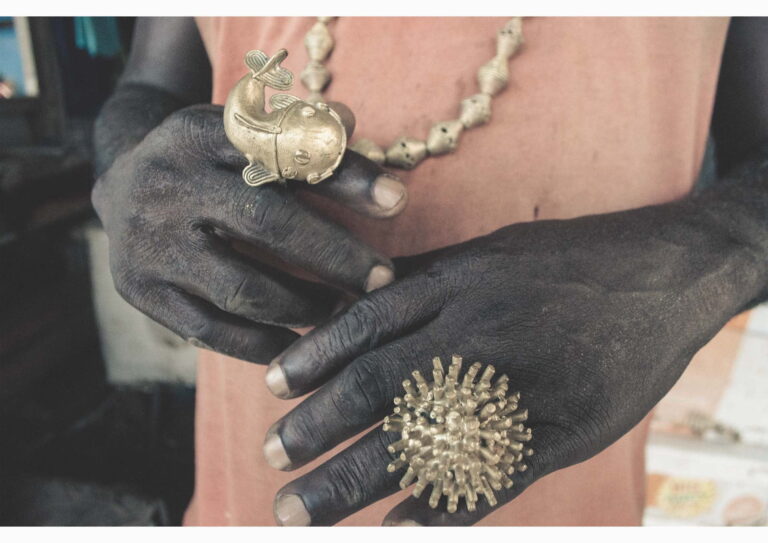
Lilah Benetti
Easy Ghana – The Craft, 2018
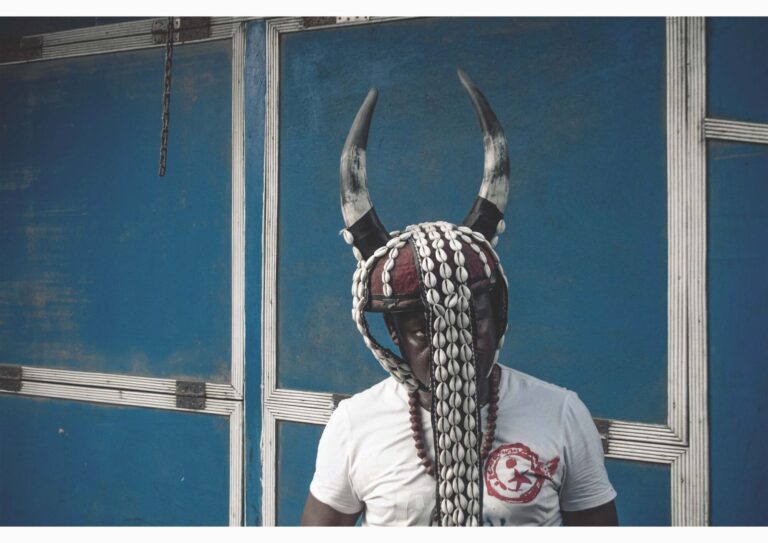
Lilah Benetti
Easy Ghana – The Mask, 2018
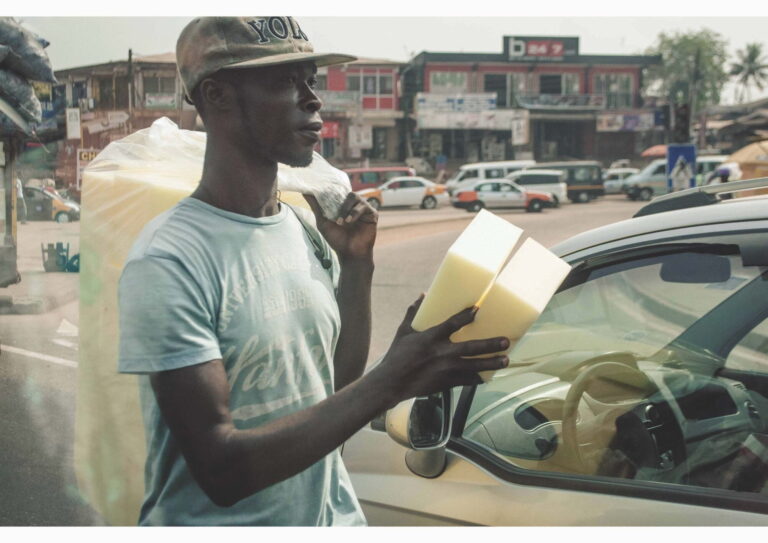
Lilah Benetti
Easy Ghana – The Street, 2018
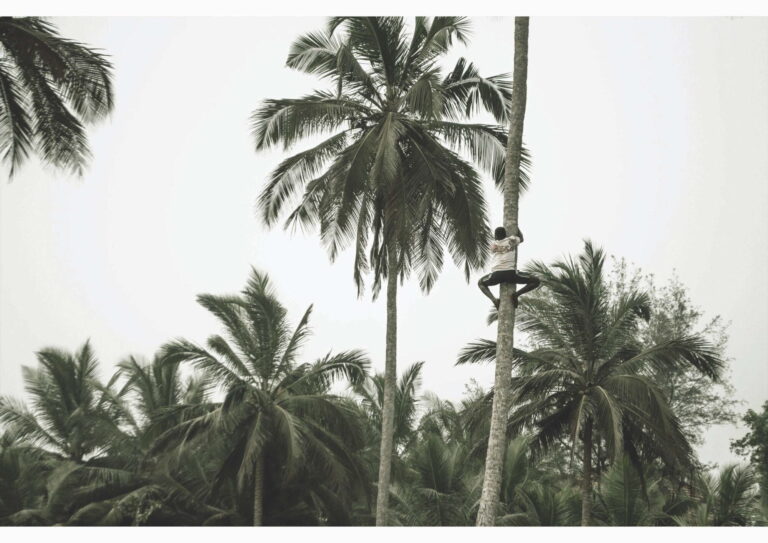
Lilah Benetti
Easy Ghana – The Tree, 2018
Wendy Catling
Nightshade, 2020
Nightshade utilises digital photography, archival photographs and documents, installation, video, and web content to explore themes of power, control, obsession and trauma. The project is an exploration of domestic abuse and violence through the experiences of my mother during her 20-year relationship with my father.
I have made connections between my mother’s resistance to abuse from my father, and her passion for protecting plants from the damaging effects of weeds. The domination and inhibition of other plants by weeds parallels the coercive control of domestic abusers. One weed became a key motif throughout the project. The black nightshade is found along the waterways and bike paths our shared local area. With its attractive flowers and berries, sometime poisonous, sometimes edible, the nightshade became a metaphor for the duality of my father’s outward good looks and charm, and violent control in private. Since their separation in the 1980s followed by my father’s death in a car accident, my mother has volunteered in outer suburban bush reserves, promoting the growth of native plants by removing environmental weeds. She is now 90 and still living independently, with a garden full of beautiful plants which she obsessively keeps weed free.
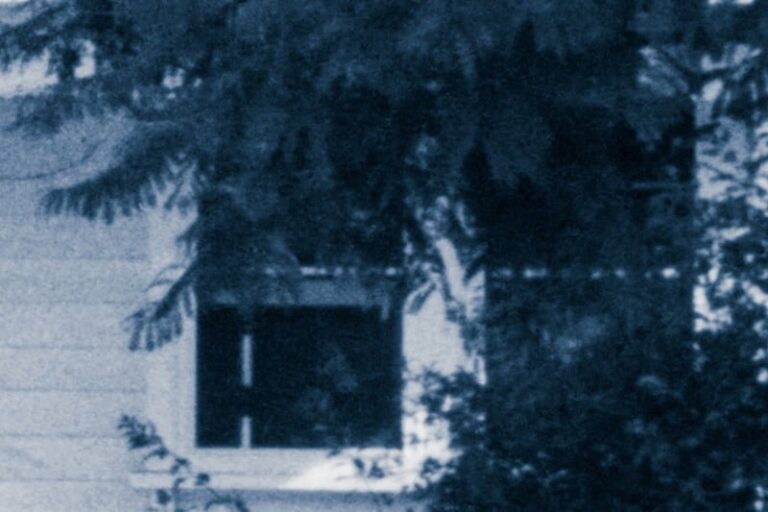
Wendy Catling
Nightshade – Evon Avenue 1, 2020
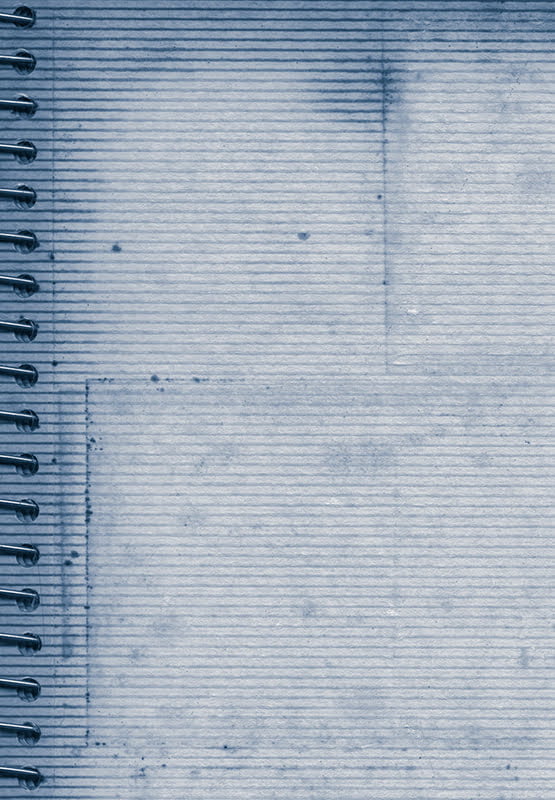
Wendy Catling
Nightshade – Evon Avenue 3, 2020
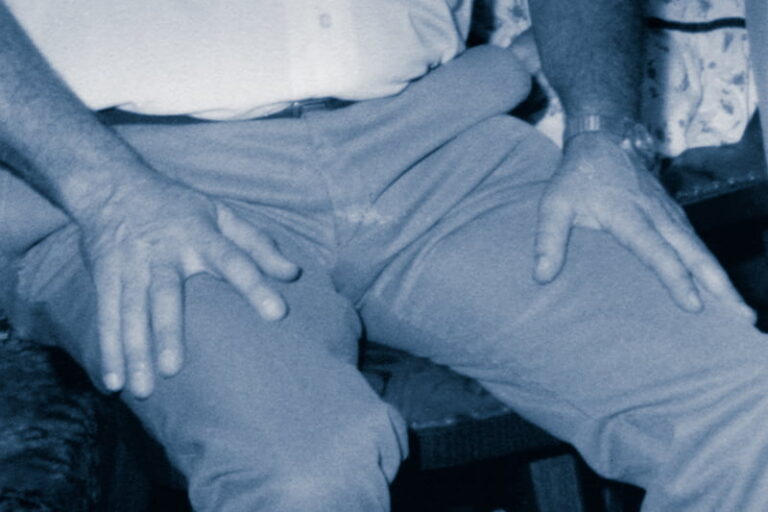
Wendy Catling
Nightshade – Evon Avenue 4, 2020
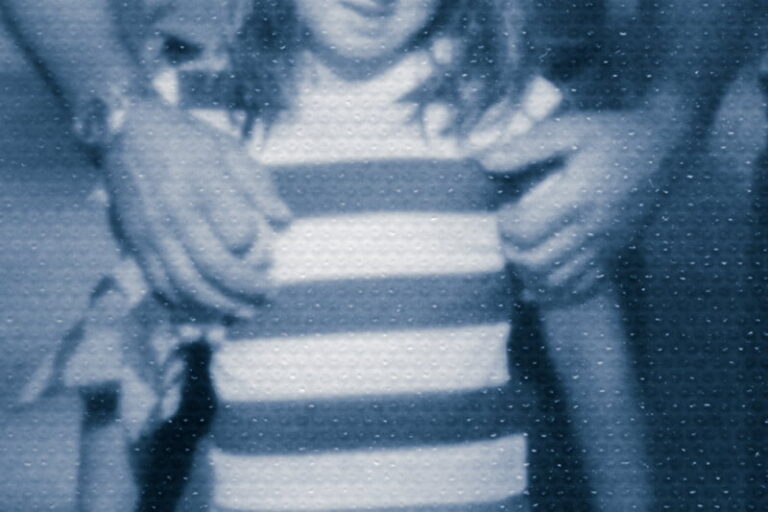
Wendy Catling
Nightshade – Evon Avenue 5, 2020
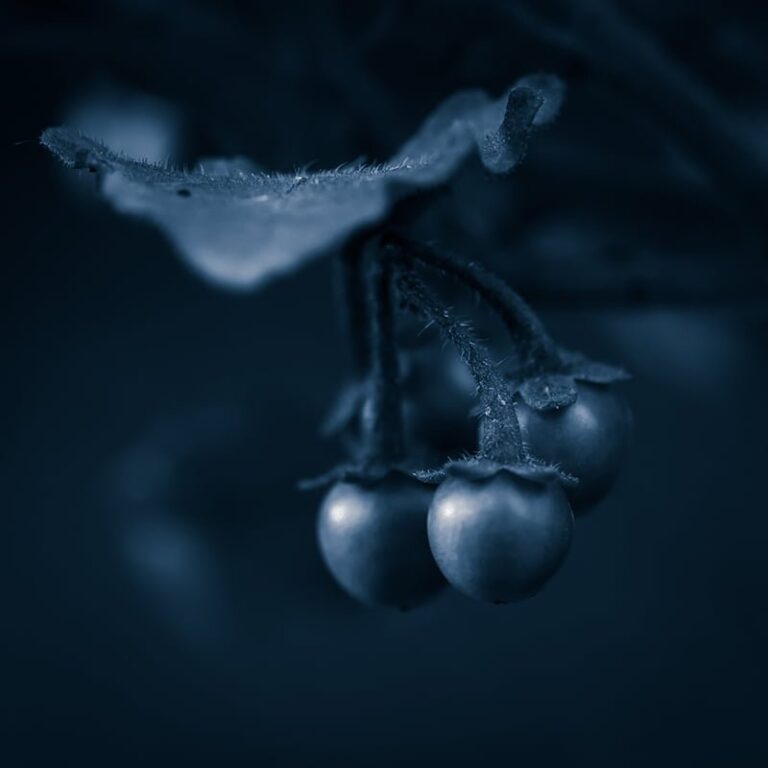
Wendy Catling
Nightshade – Evon Avenue 7, 2020
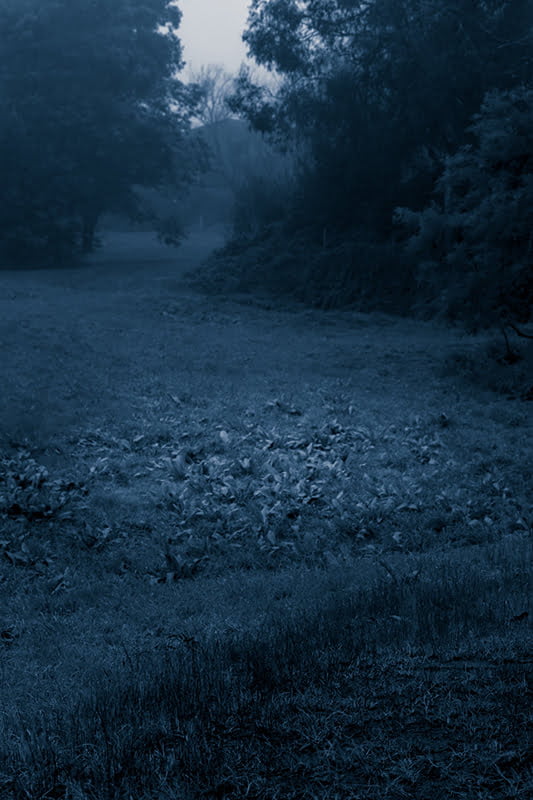
Wendy Catling
Nightshade – Olivers Hill 1, 2020
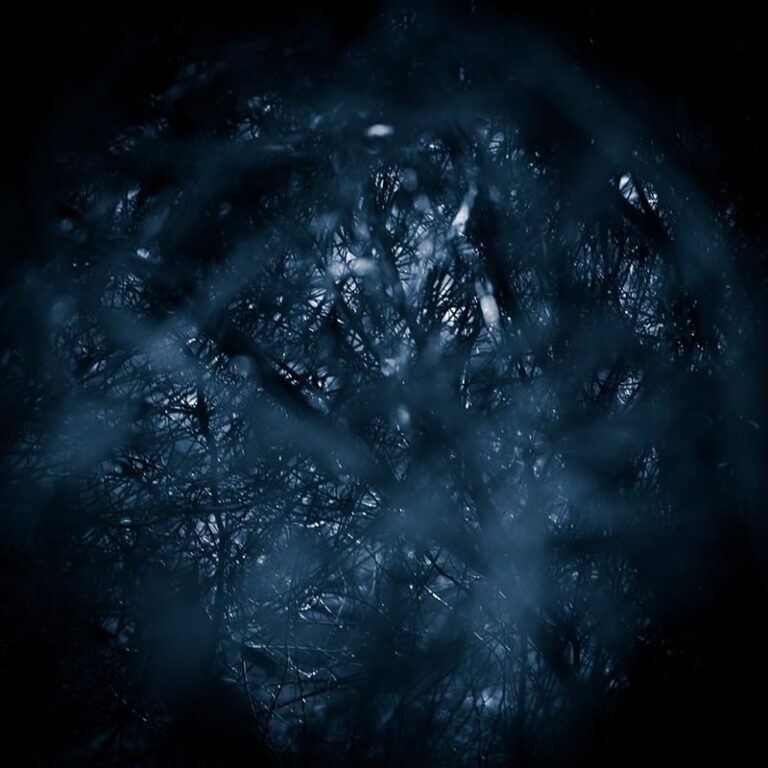
Wendy Catling
Nightshade – Olivers Hill 2, 2020
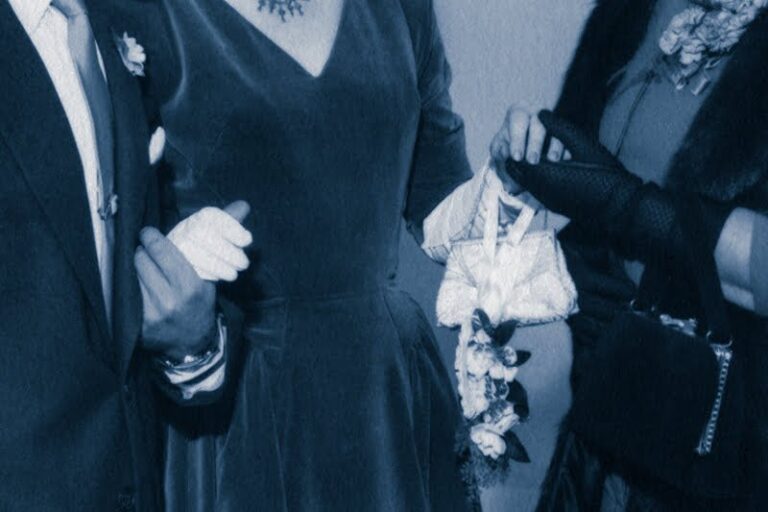
Wendy Catling
Nightshade – Olivers Hill 3, 2020
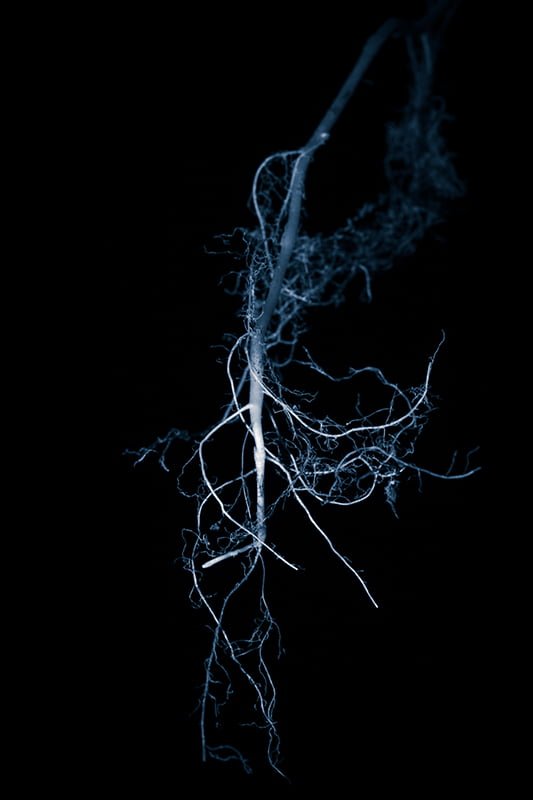
Wendy Catling
Nightshade – Olivers Hill 4, 2020
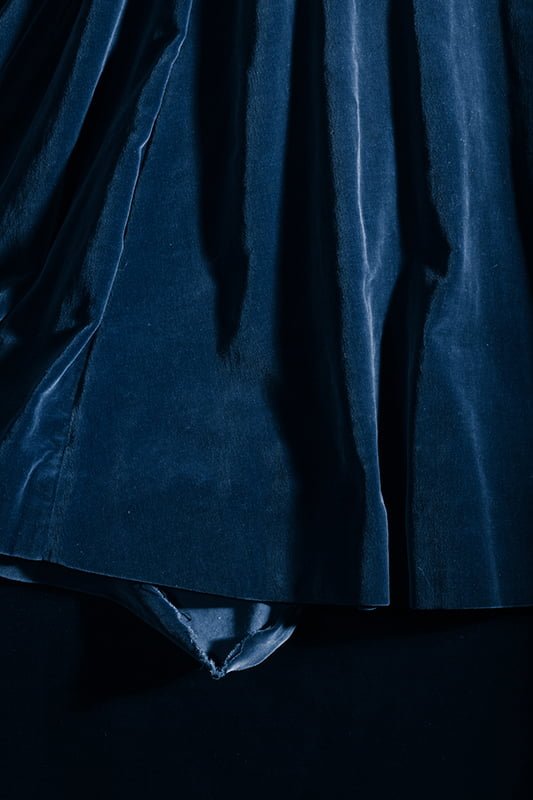
Wendy Catling
Nightshade – Olivers Hill 5, 2020
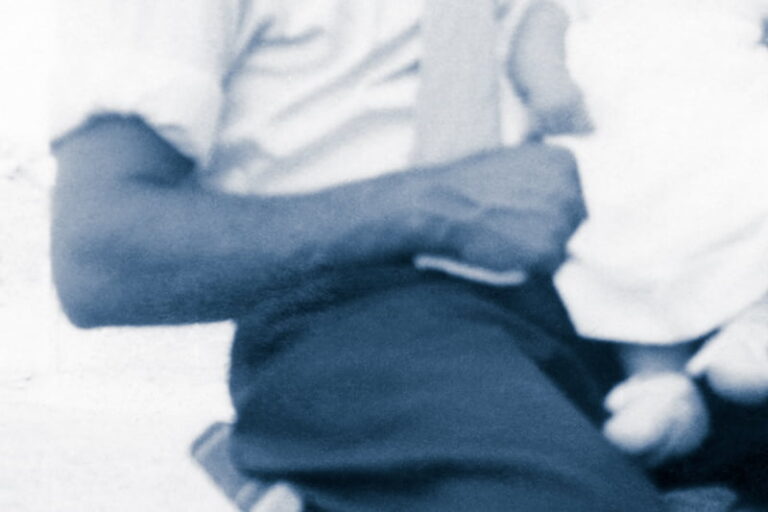
Wendy Catling
Nightshade – Jerilderie Street 1, 2020
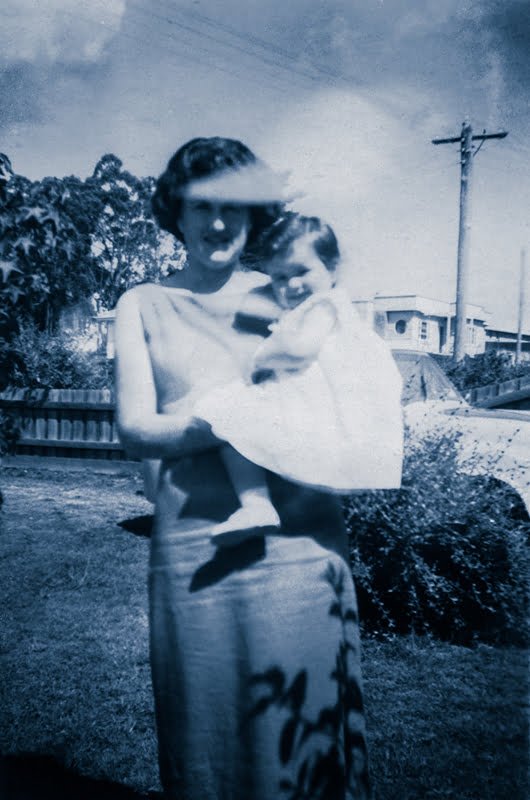
Wendy Catling
Nightshade – Jerilderie Street 2, 2020
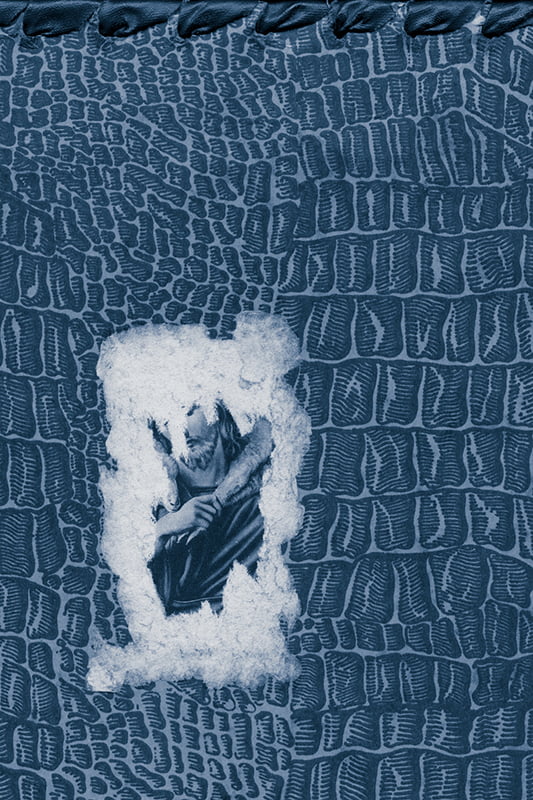
Wendy Catling
Nightshade – Jerilderie Street 3, 2020
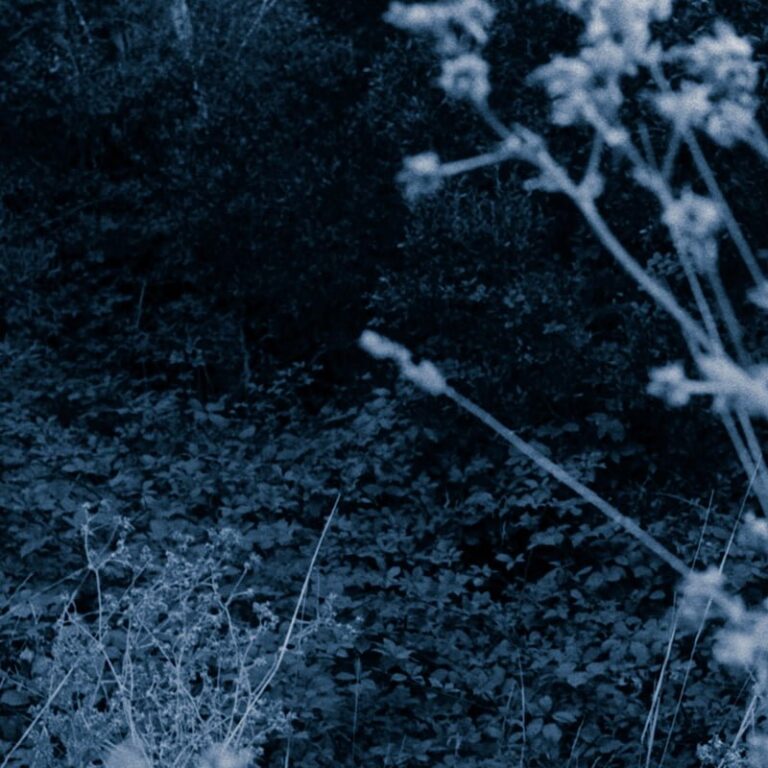
Wendy Catling
Nightshade – Jerilderie Street 4, 2020
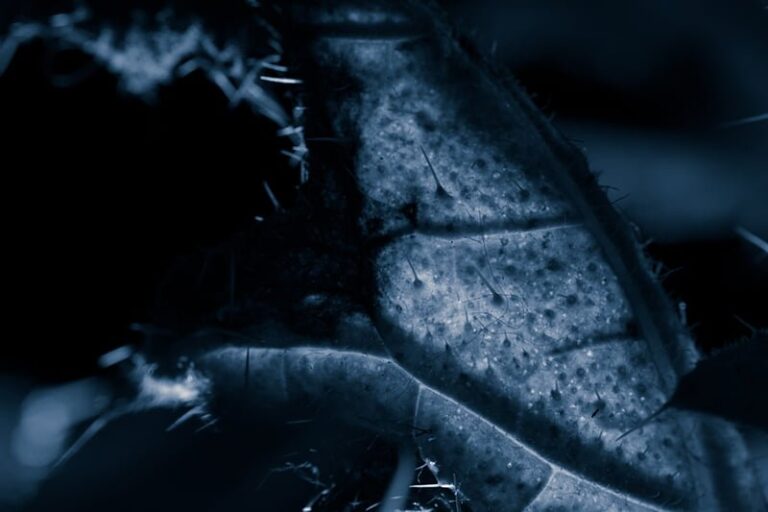
Wendy Catling
Nightshade – Jerilderie Street 5, 2020
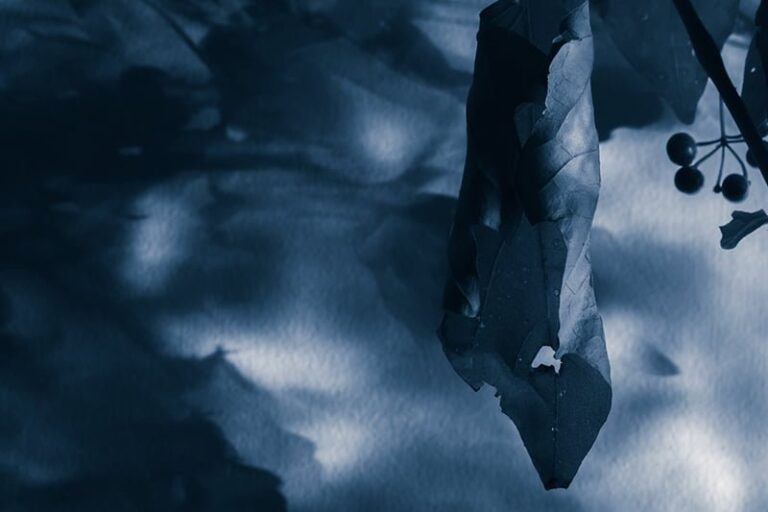
Wendy Catling
Nightshade – Campbell Parade 1, 2020
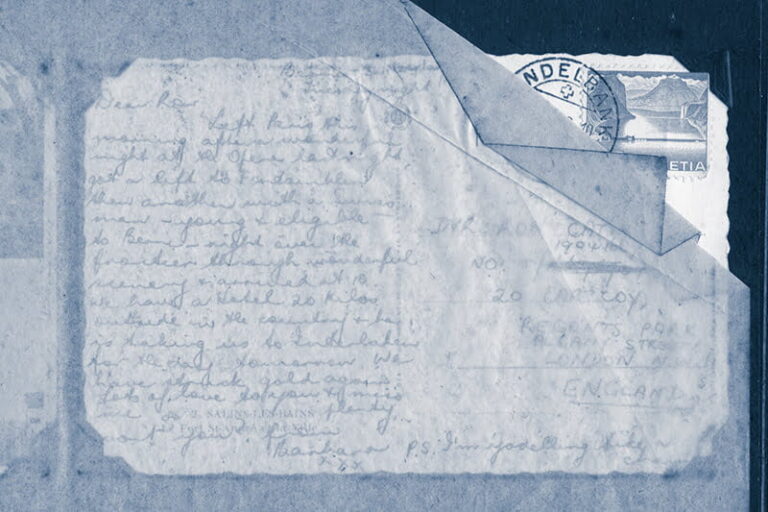
Wendy Catling
Nightshade – Campbell Parade 2, 2020
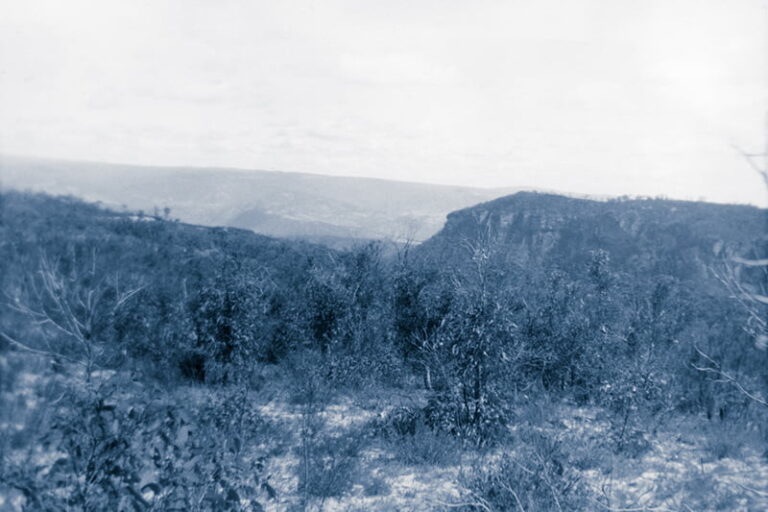
Wendy Catling
Nightshade – Campbell Parade 3, 2020
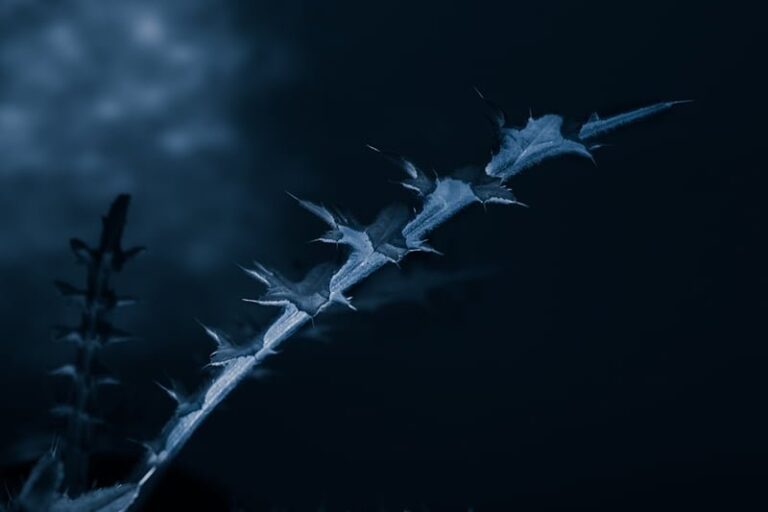
Wendy Catling
Nightshade – Campbell Parade 4, 2020
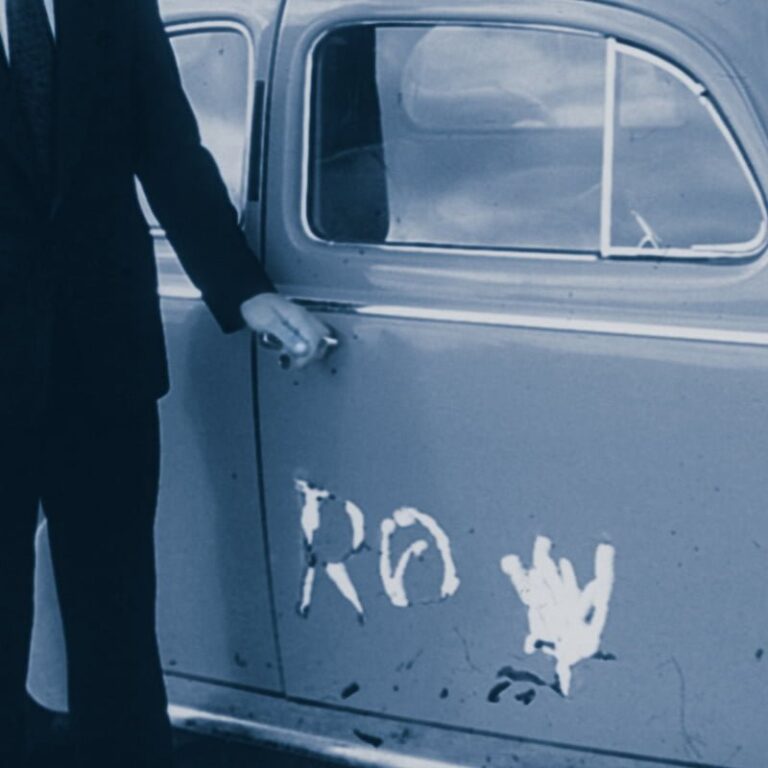
Wendy Catling
Nightshade – Campbell Parade 5, 2020
Clare Jellie
When the Sun Sleeps, 2020
When the Sun Sleeps is a photographic exploration of the small Australian coastal city of Warrnambool and the stories embedded within its social and environmental ecologies. Growing up in the area, I felt torn between staying and leaving, travelling and dwelling between city and country. This project documents another side of Warrnambool, with notions associated to monotonous remote living and the people who embrace this lifestyle beneath the grey skies, stagnant streets and desolate coastline. The work depicts an honest contrast to the usual touristic imagery while investigating clashing ideas, to both question and celebrate rural living through long-form documentary and the traditions of photography that responds to place.
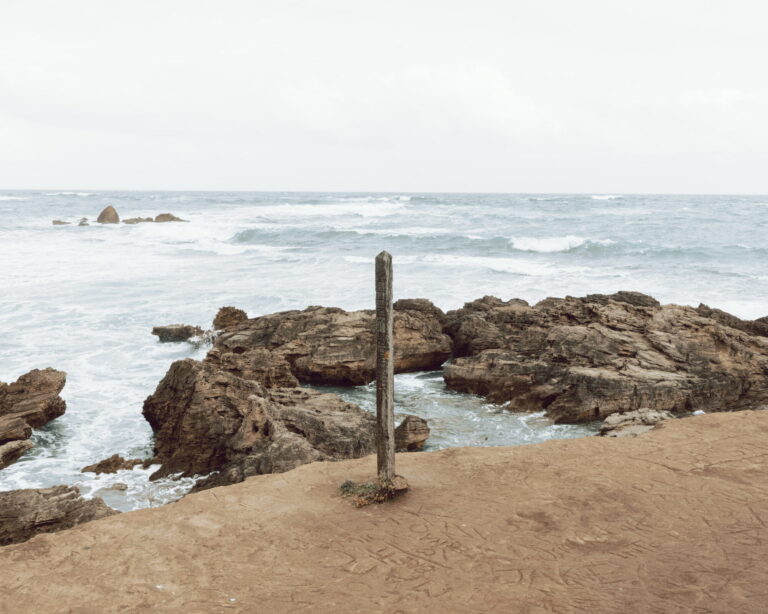
Clare Jellie
When the Sun Sleeps 1, 2020
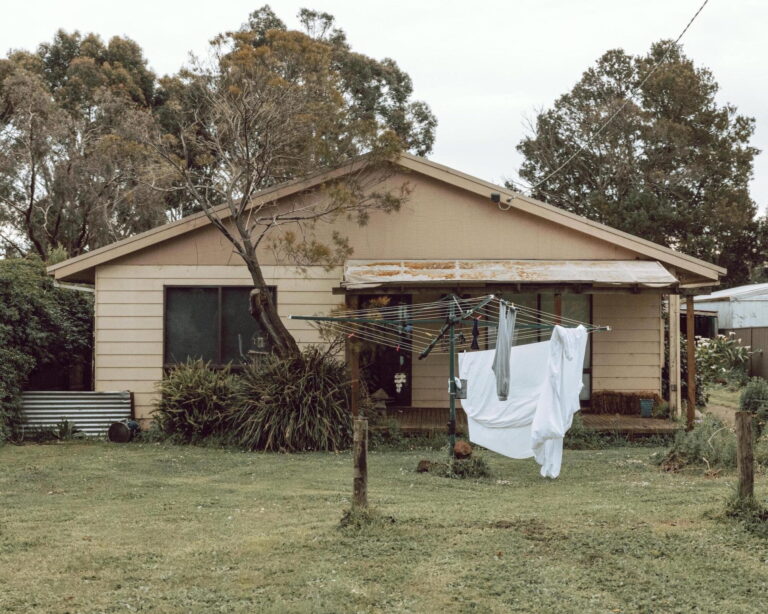
Clare Jellie
When the Sun Sleeps 2, 2020
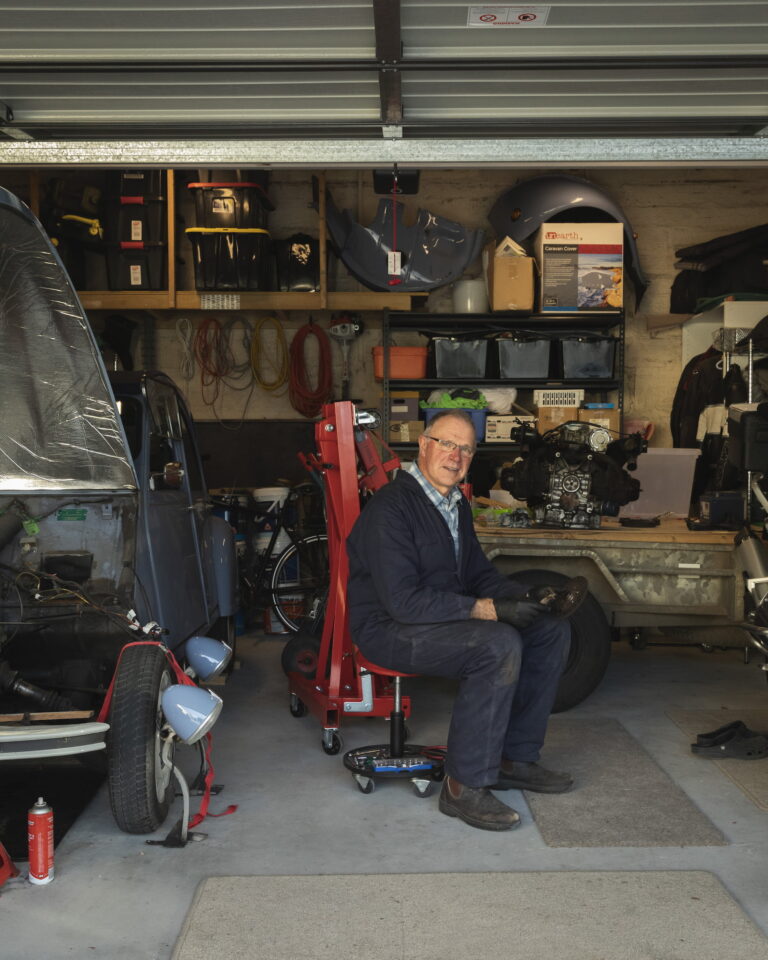
Clare Jellie
When the Sun Sleeps 3, 2020
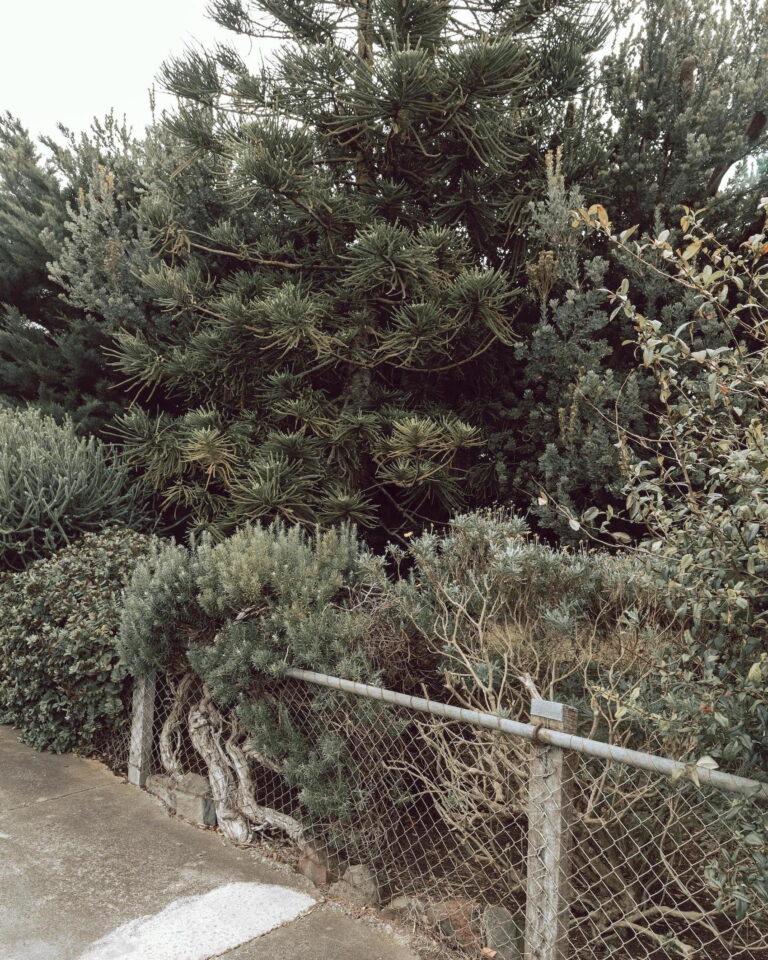
Clare Jellie
When the Sun Sleeps 4, 2020
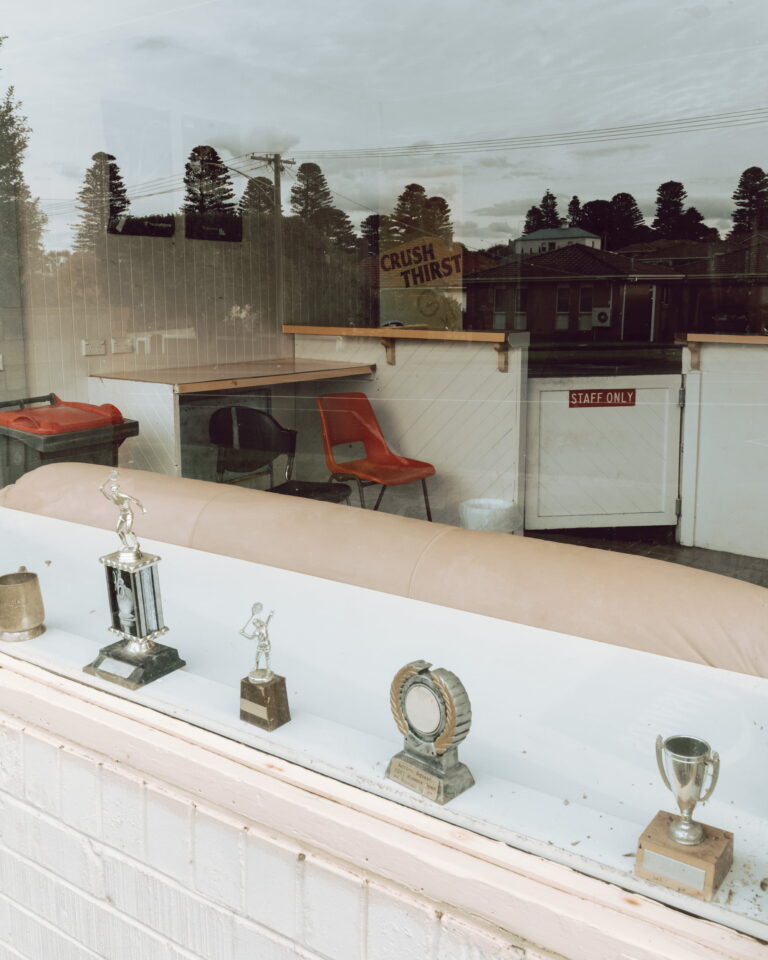
Clare Jellie
When the Sun Sleeps 5, 2020
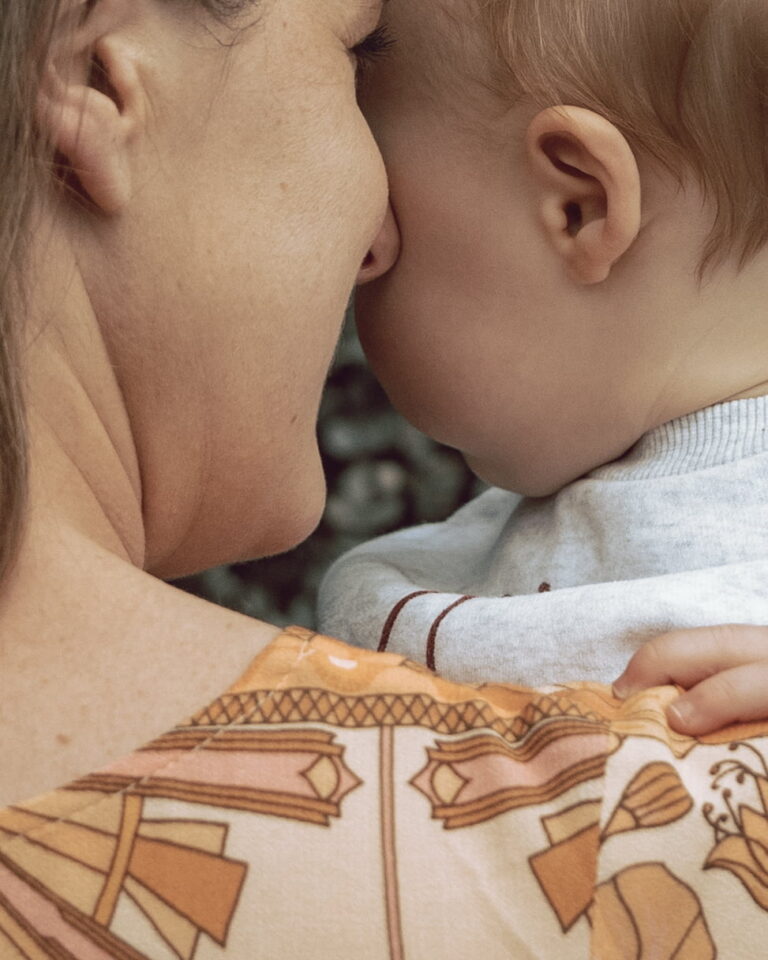
Clare Jellie
When the Sun Sleeps 6, 2020
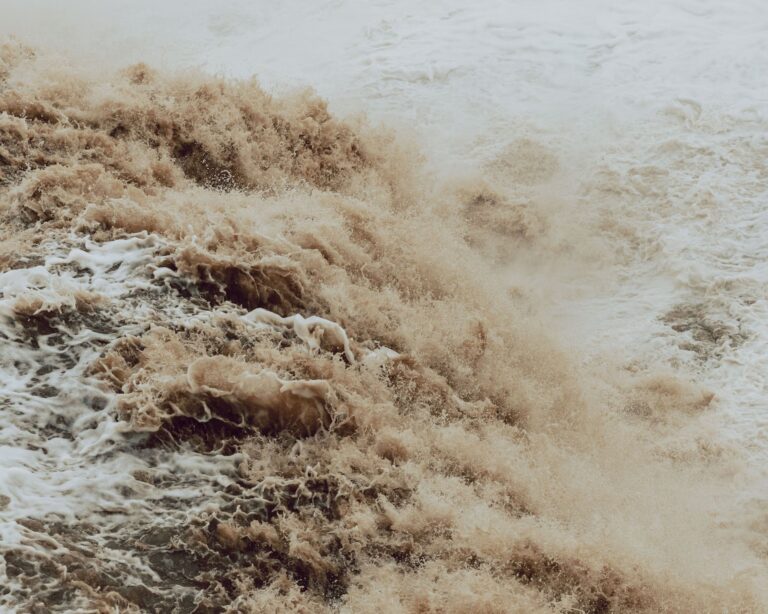
Clare Jellie
When the Sun Sleeps 7, 2020
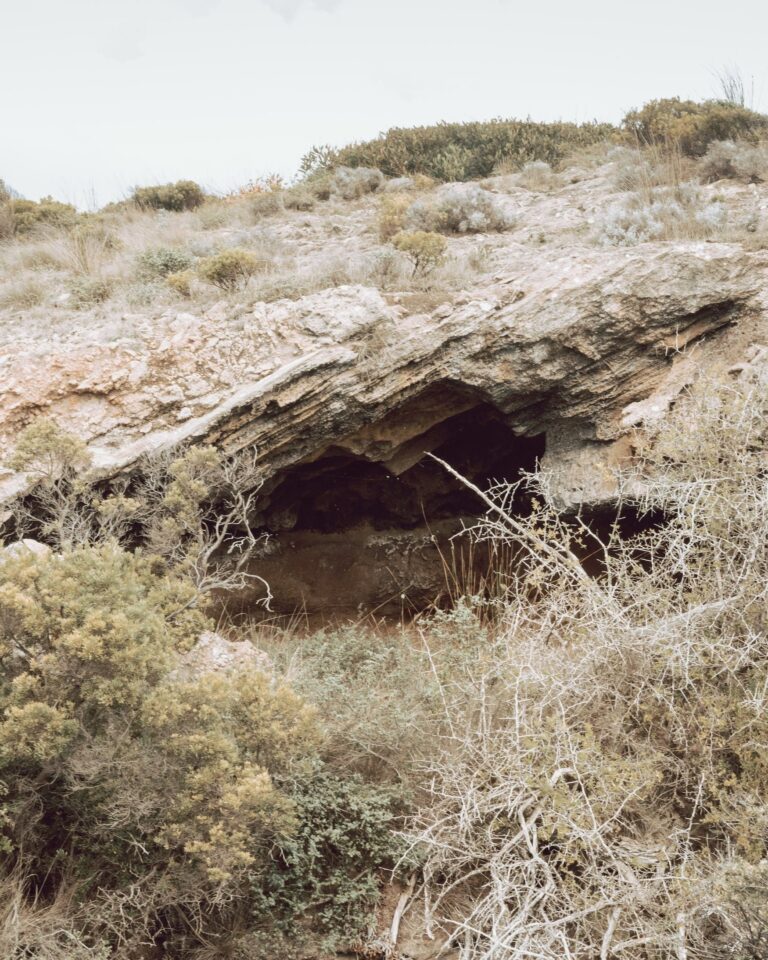
Clare Jellie
When the Sun Sleeps 8, 2020
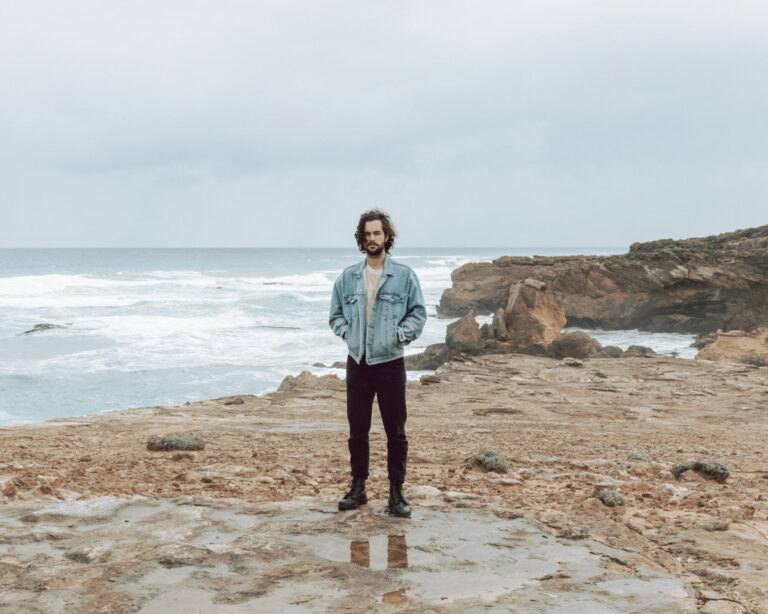
Clare Jellie
When the Sun Sleeps 9, 2020
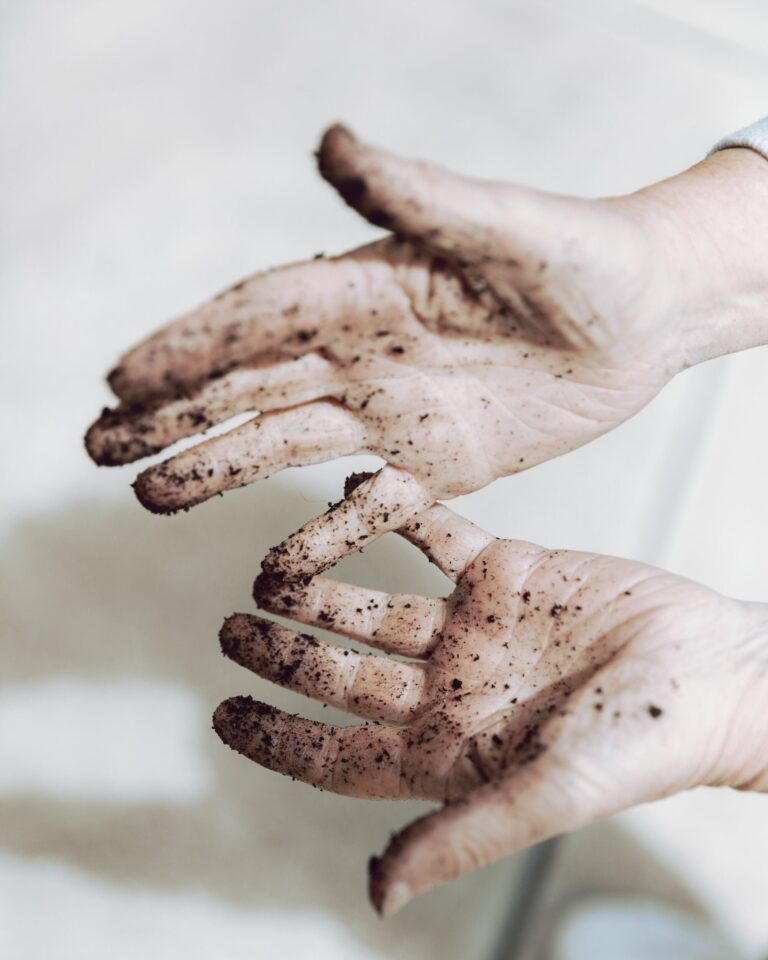
Clare Jellie
When the Sun Sleeps 10, 2020
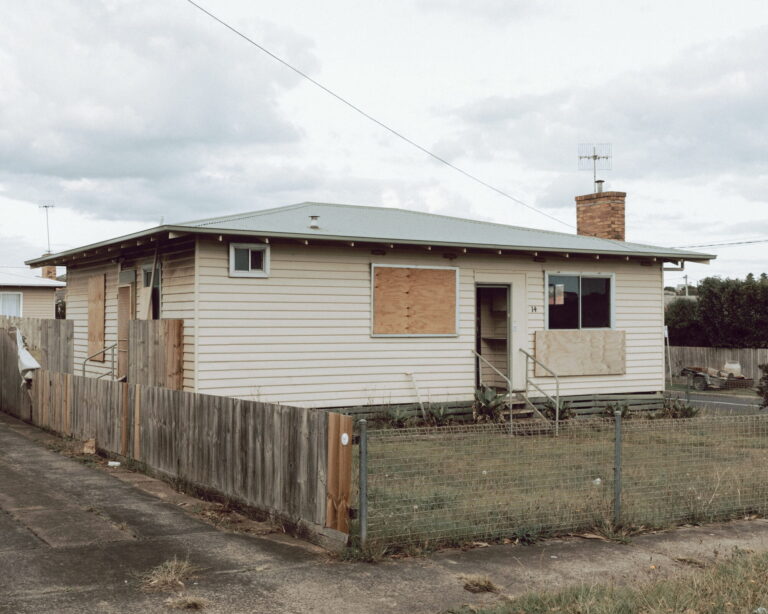
Clare Jellie
When the Sun Sleeps 11, 2020
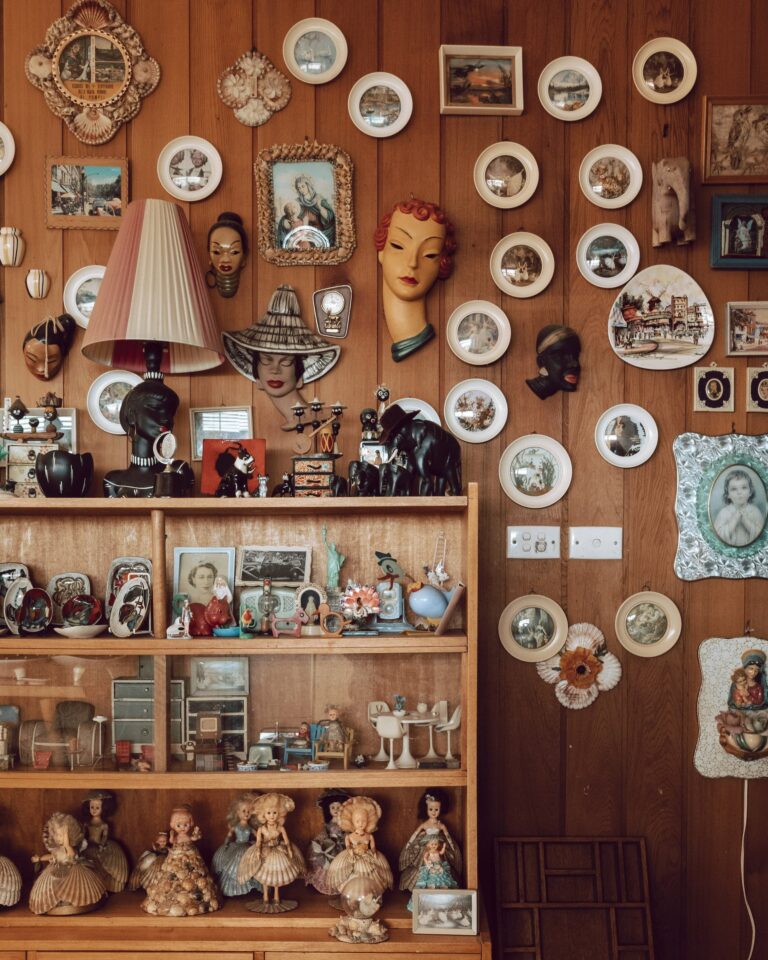
Clare Jellie
When the Sun Sleeps 12, 2020
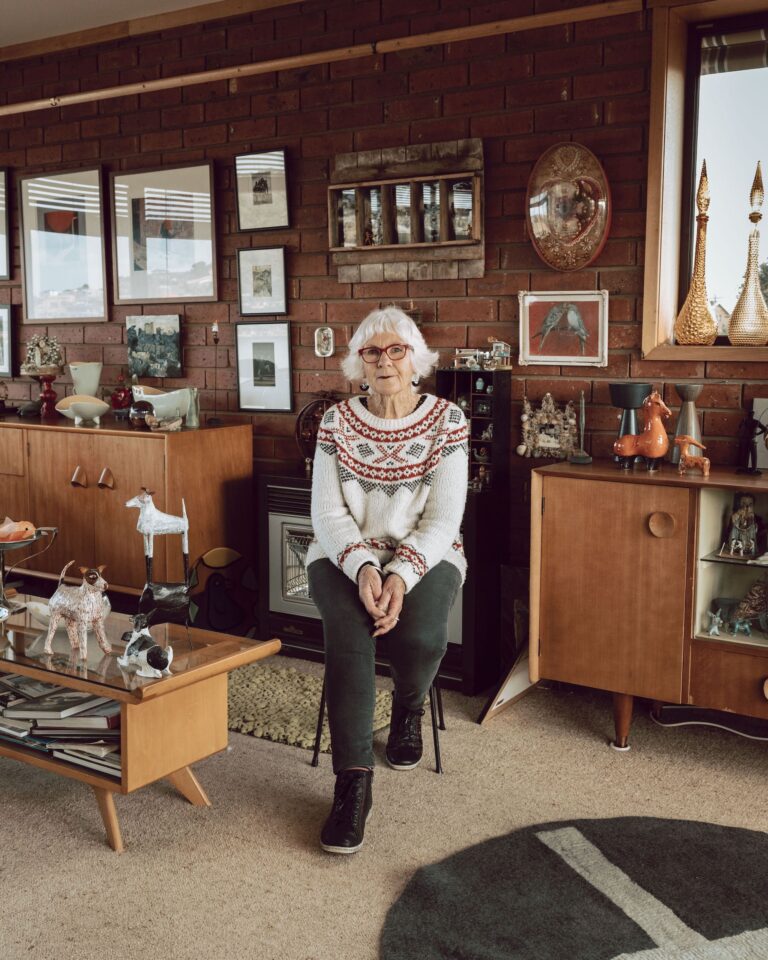
Clare Jellie
When the Sun Sleeps 13, 2020
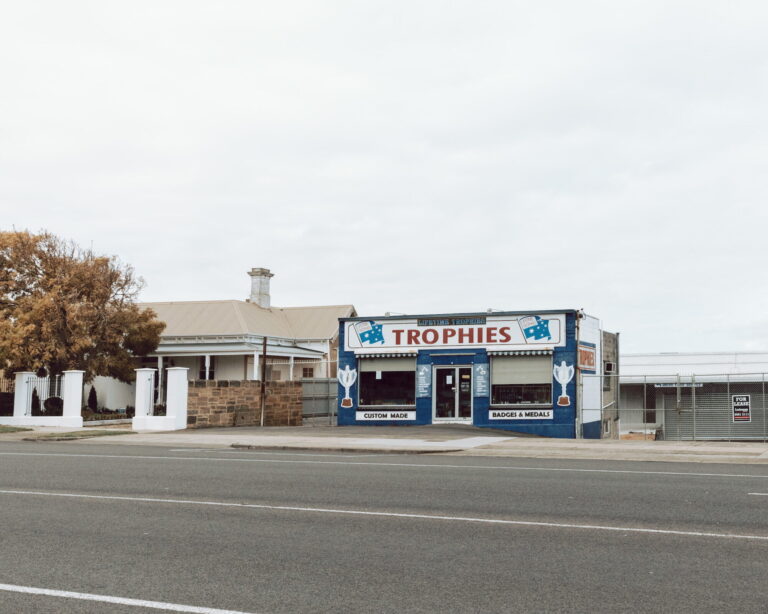
Clare Jellie
When the Sun Sleeps 14, 2020
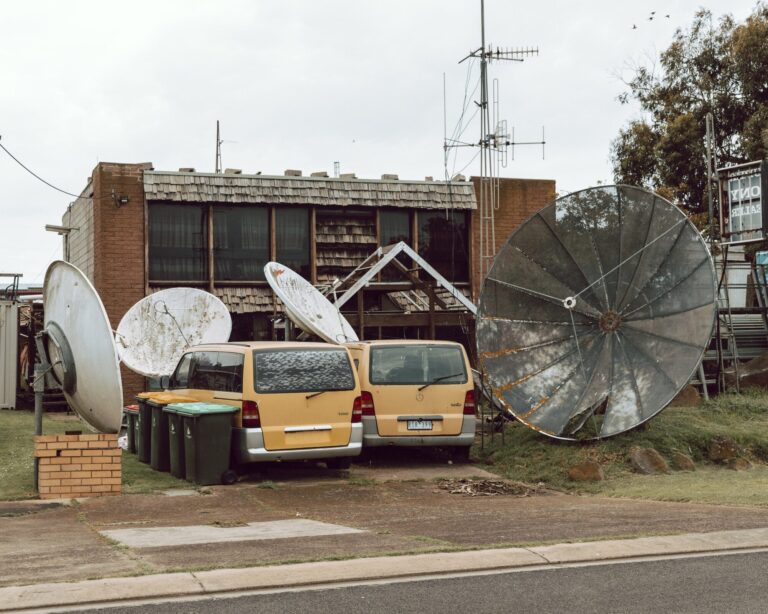
Clare Jellie
When the Sun Sleeps 15, 2020
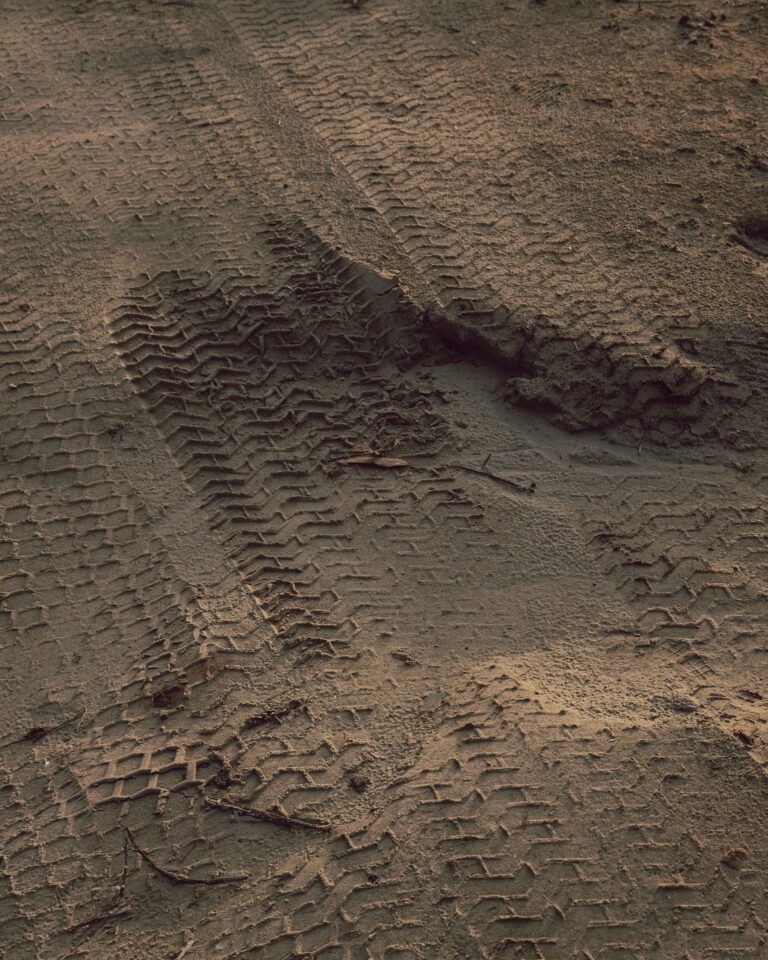
Clare Jellie
When the Sun Sleeps 16, 2020
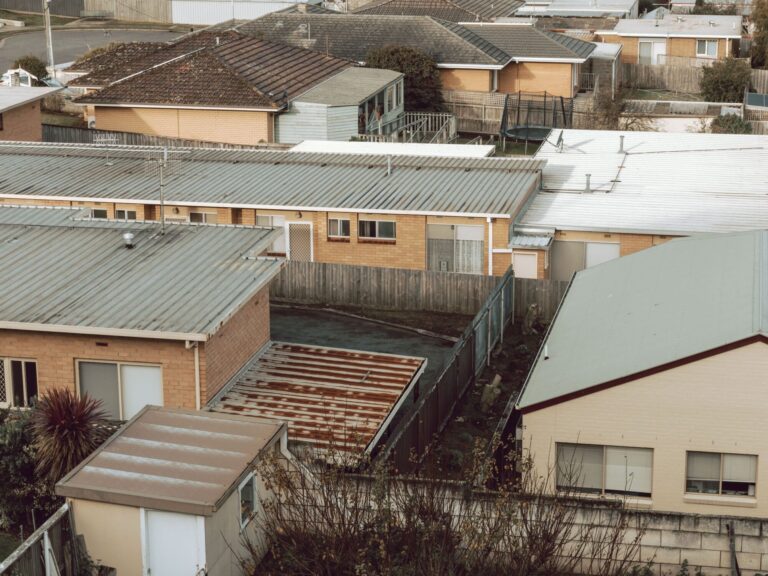
Clare Jellie
When the Sun Sleeps 17, 2020
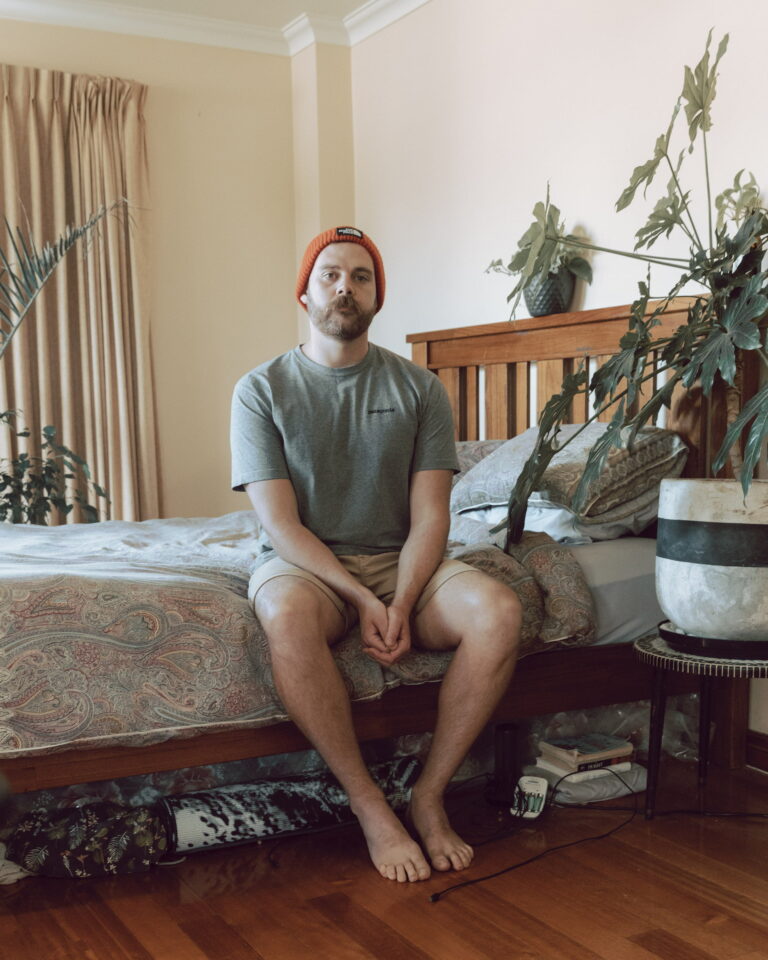
Clare Jellie
When the Sun Sleeps 18, 2020
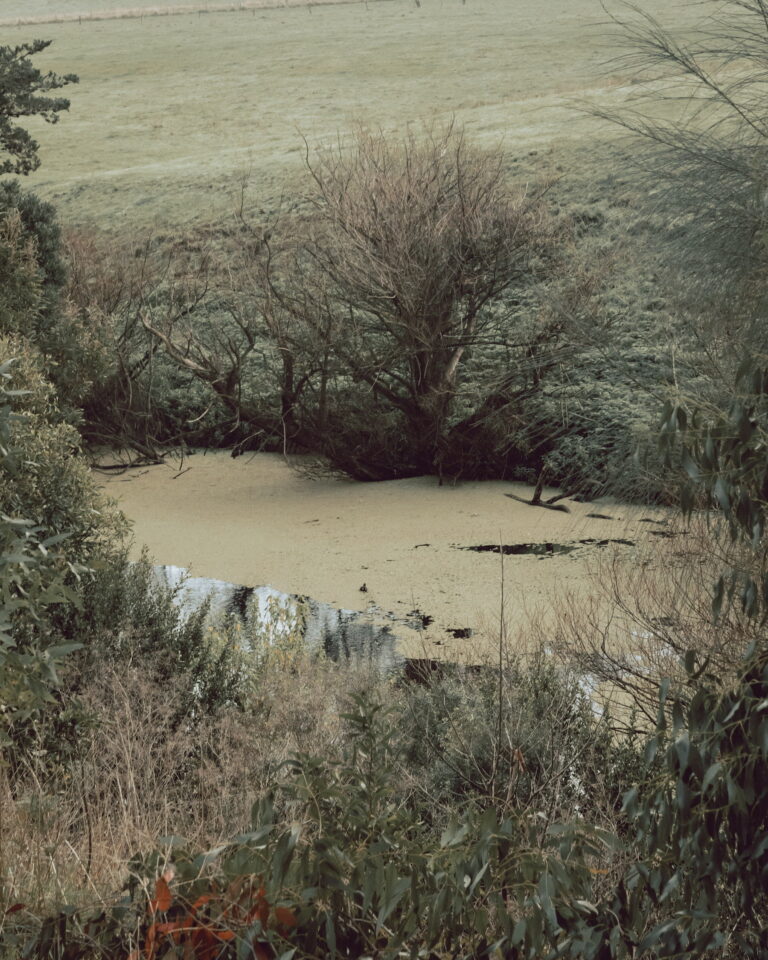
Clare Jellie
When the Sun Sleeps 19, 2020
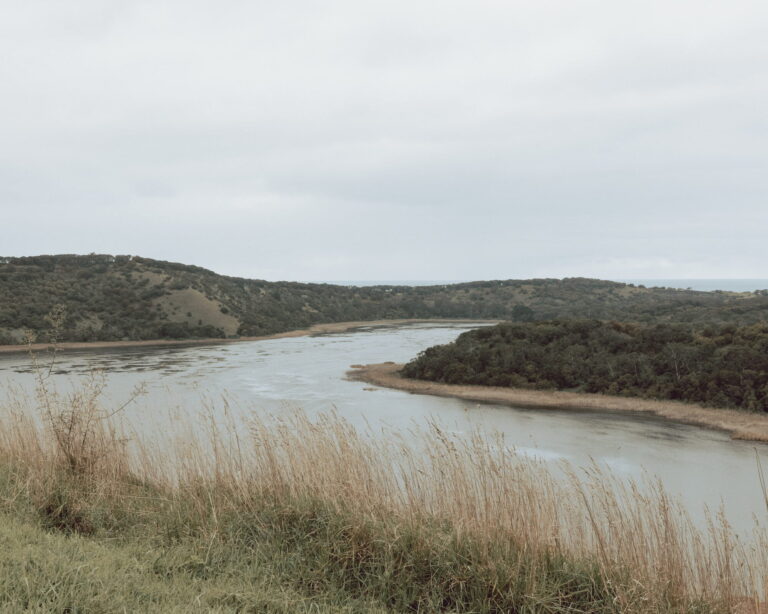
Clare Jellie
When the Sun Sleeps 20, 2020
Yask Desai
Telia, 2020
My work Telia involves the use of archival materials, documentation and the creation of self-authored photographs to pay a subjective homage to the men who migrated from undivided India and worked as hawkers in rural Australia between the late 19th and mid 20th centuries. I have sought to discover a balance between the creation of new imagery and the utilisation of existing visual material. In this sense Telia may be seen to be following the methodology stated by Fontcuberta that, “preserving a sustainable equilibrium within the universe of images requires coordinating the containment of production with acts of recovery”.
The purpose of the work is not to create a definitive reinterpretation of existing histories of the men who worked as hawkers. Instead I attempt to adopt a methodology that combines the study of existing subjective histories with visually based production and recovery that creates meaning, and offers a historically orientated socio-political narrative concerning specific race relations in the late 19th and early 20th centuries within colonial Australia. Telia is important because much of the existing academic and visually based discussion of the hawkers positions them in a singularly historical context and separates them from present conceptions and discussions of Australian identity. Telia however associates contemporary notions of Australian identity with past historical milieus and constructs.
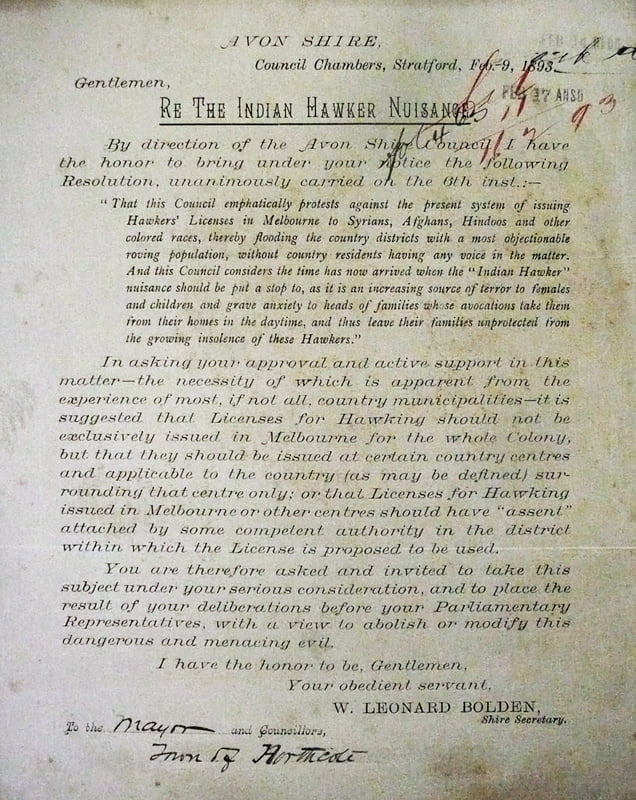
Yask Desai
Telia 1, 2020
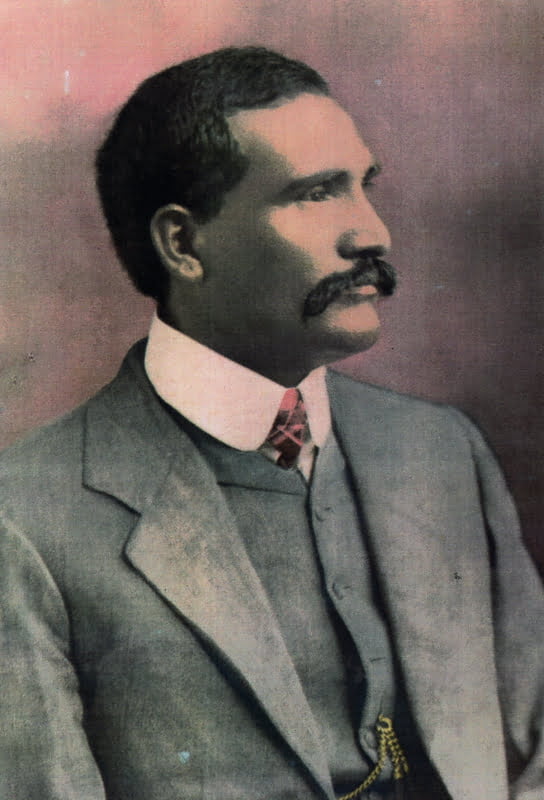
Yask Desai
Telia 2, 2020
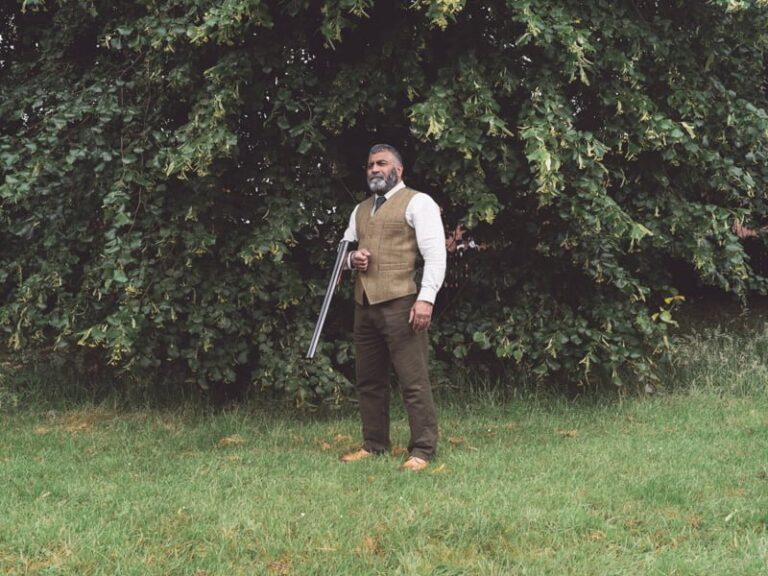
Yask Desai
Telia 3, 2020
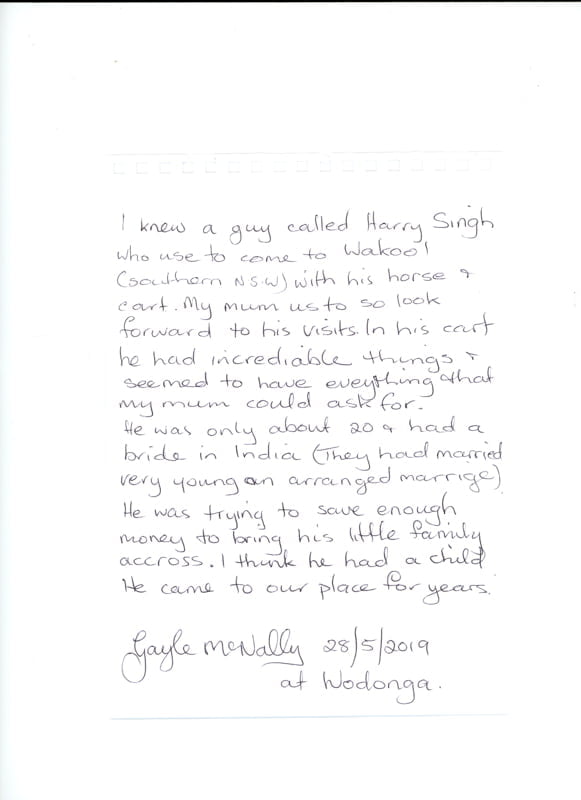
Yask Desai
Telia 4, 2020
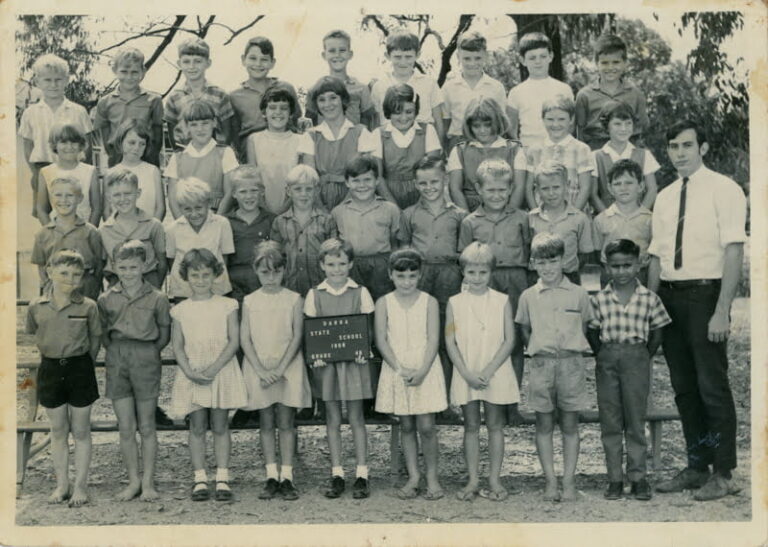
Yask Desai
Telia 5, 2020
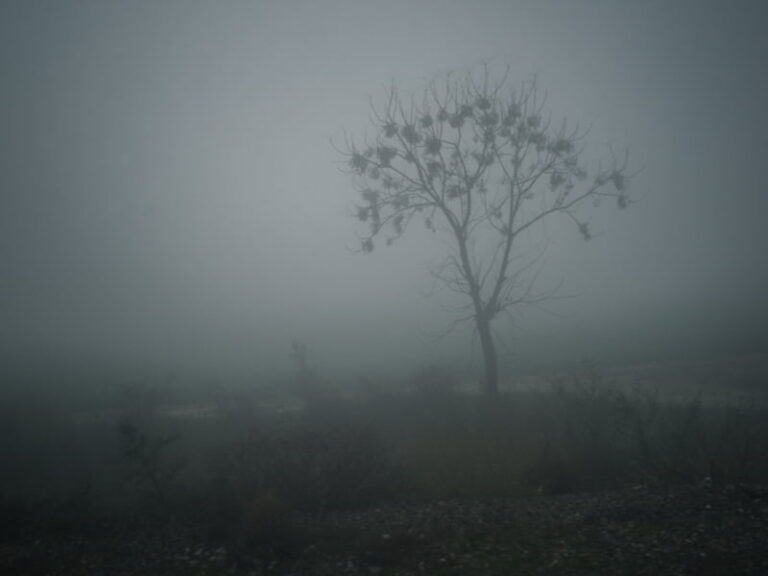
Yask Desai
Telia 6, 2020
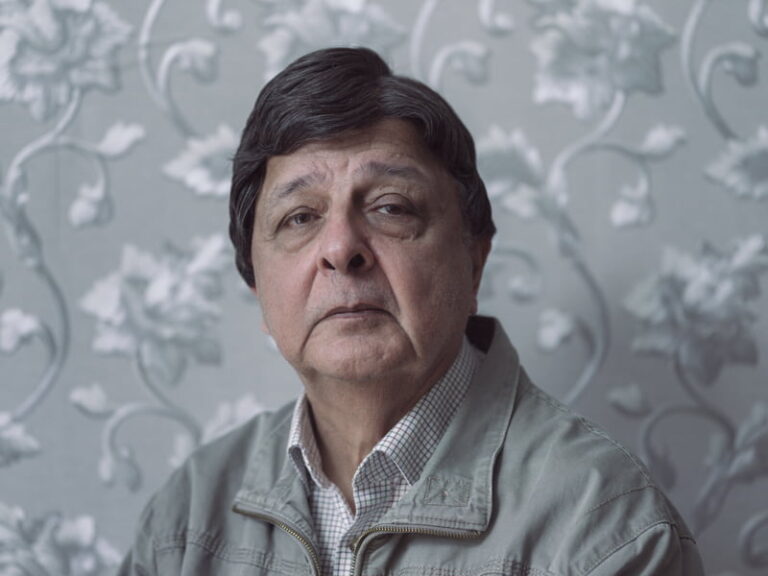
Yask Desai
Telia 7, 2020
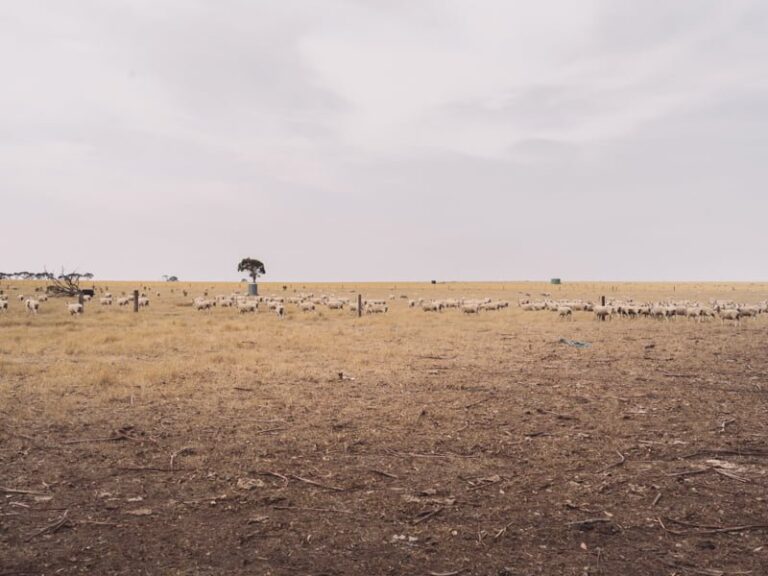
Yask Desai
Telia 8, 2020
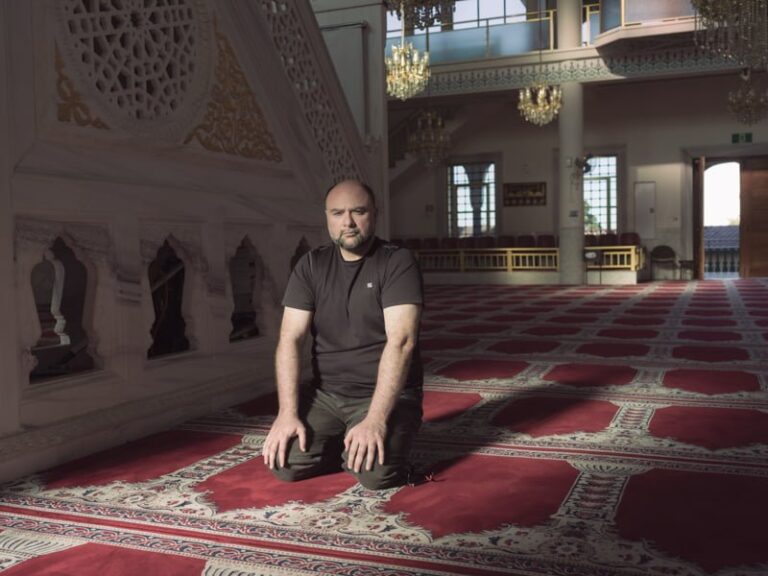
Yask Desai
Telia 9, 2020
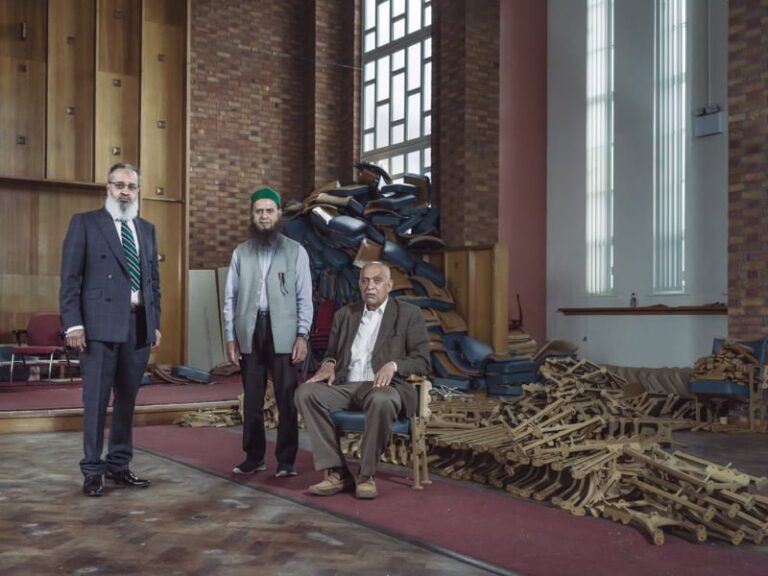
Yask Desai
Telia 10, 2020
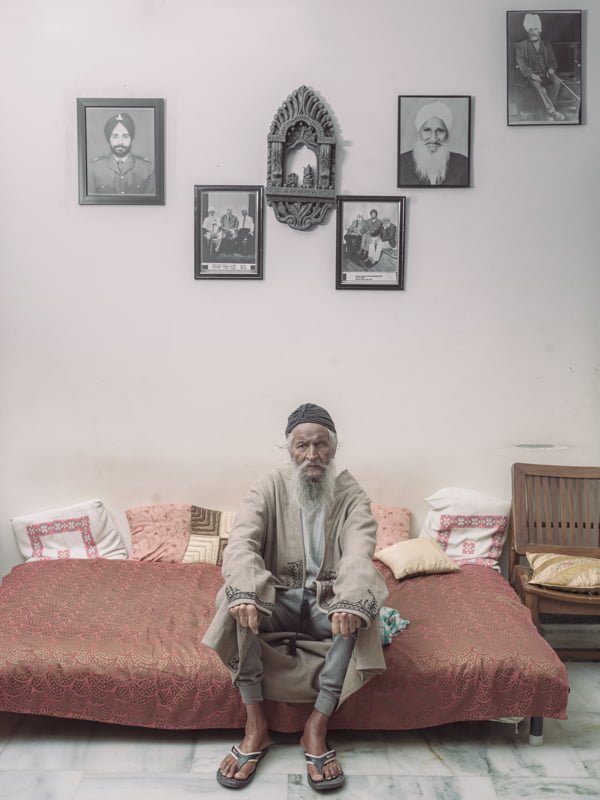
Yask Desai
Telia 11, 2020
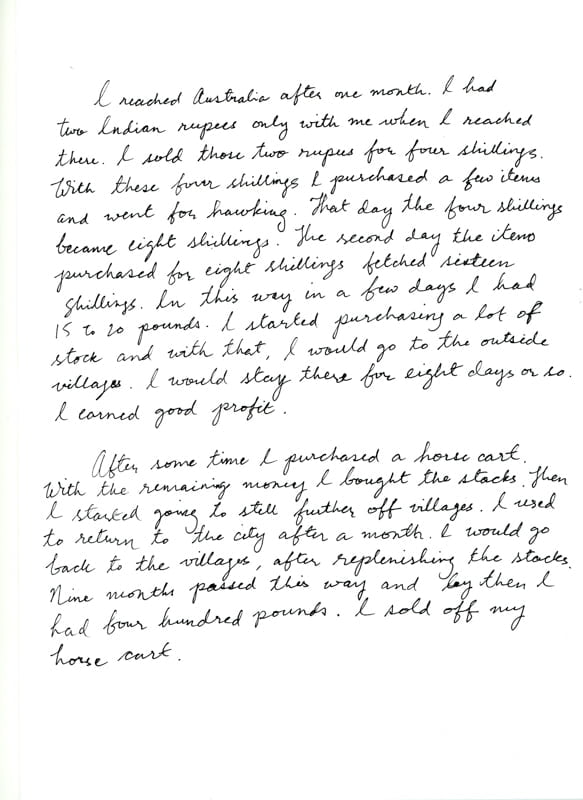
Yask Desai
Telia 12, 2020
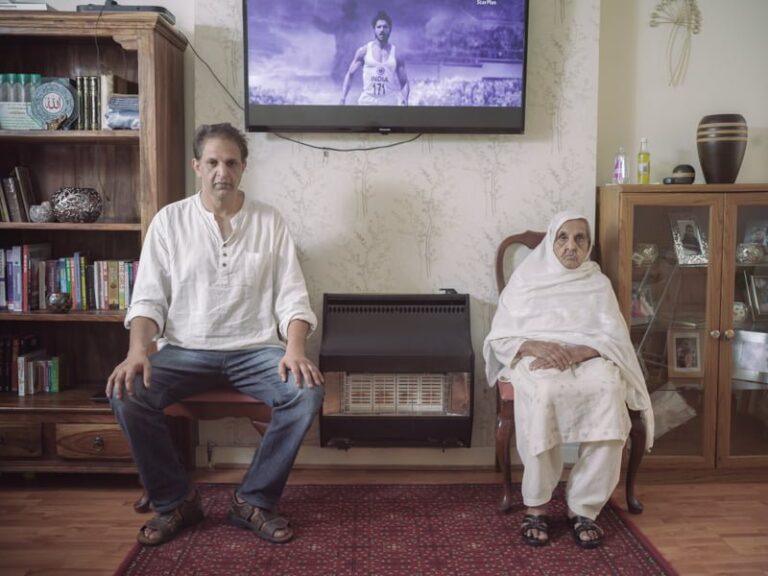
Yask Desai
Telia 13, 2020
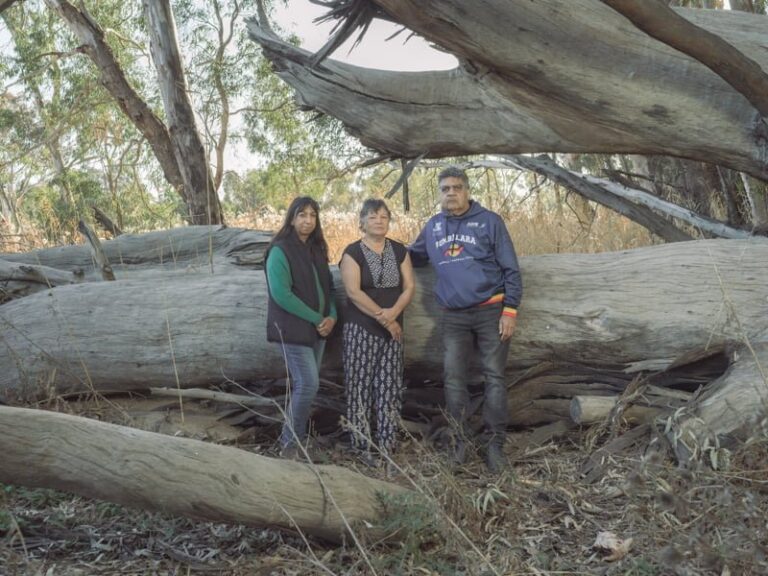
Yask Desai
Telia 14, 2020
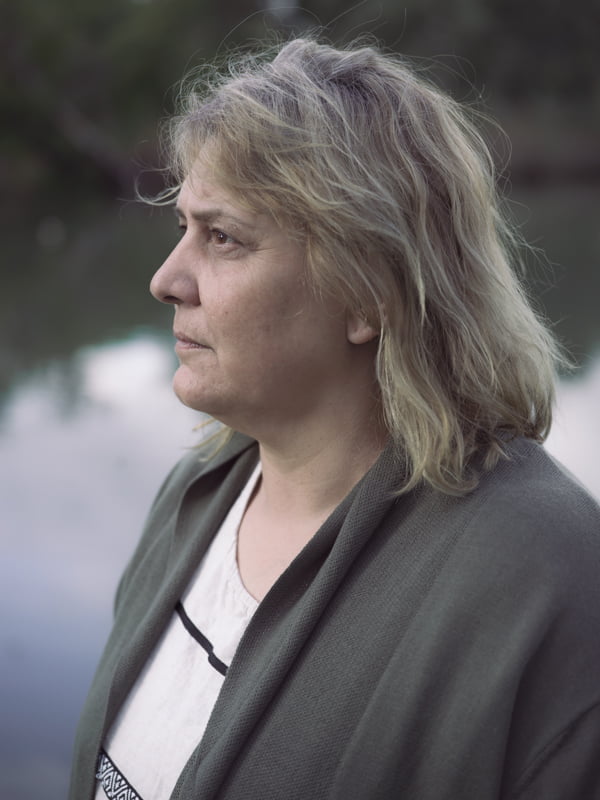
Yask Desai
Telia 15, 2020
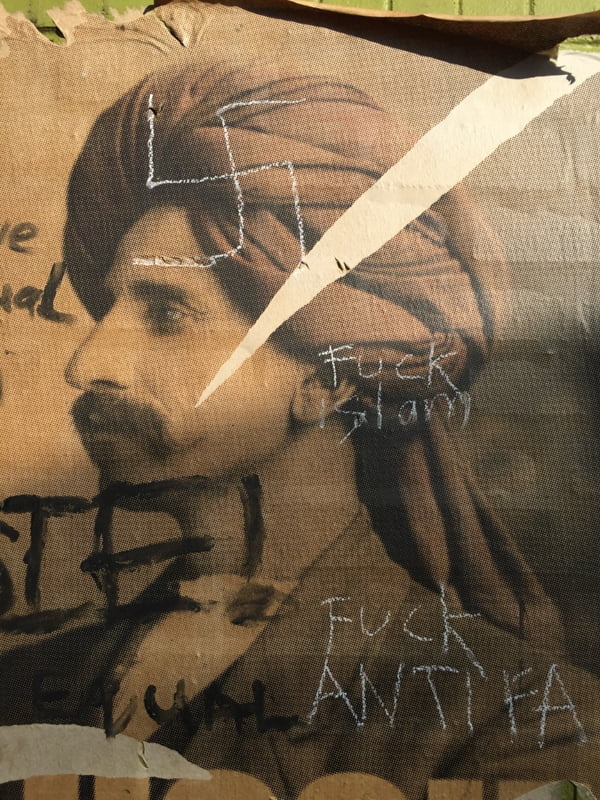
Yask Desai
Telia 16, 2020
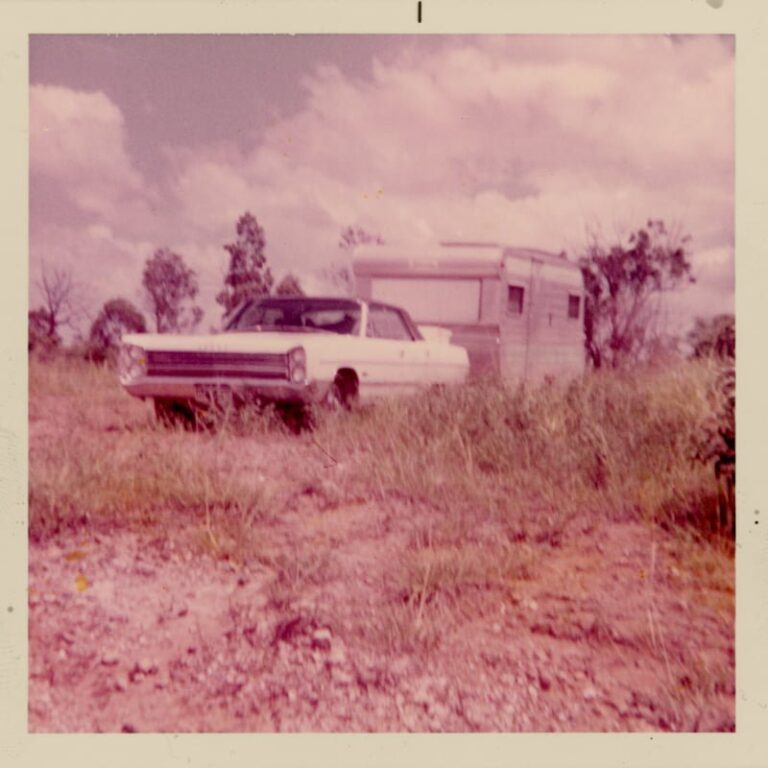
Yask Desai
Telia 17, 2020
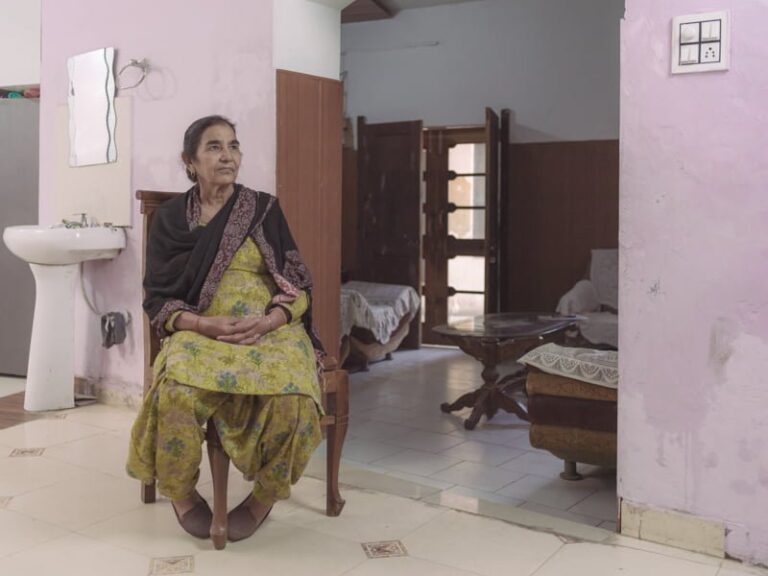
Yask Desai
Telia 18, 2020
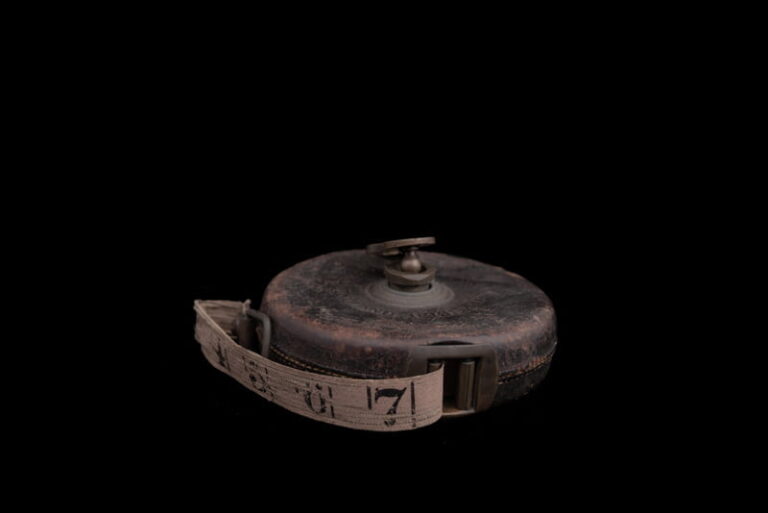
Yask Desai
Telia 19, 2020
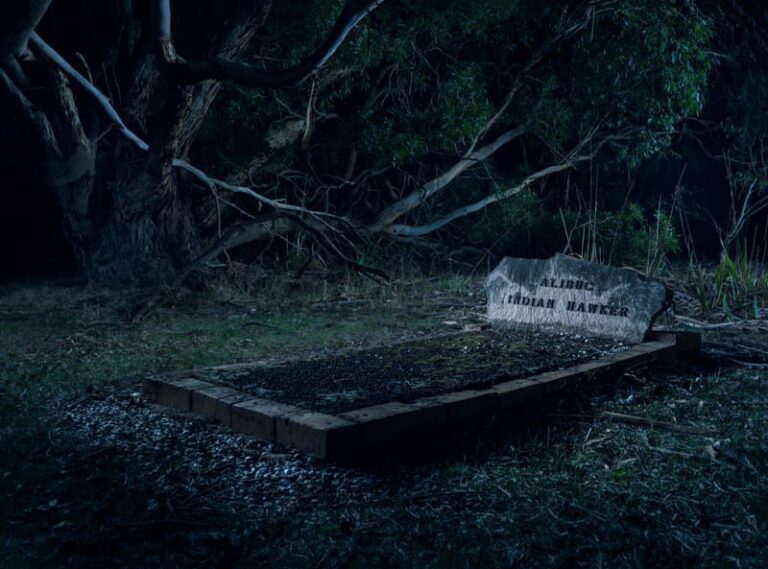
Yask Desai
Telia 20, 2020
Yasar Tulek
Spirit Principals, 2020
This project aims to represent the principal spirit of the subject and its search in the setting of the house. Being confined at home started the idea of this project this is because at night when everyone is sleeping, I the subject am awake and roaming the dark, empty house. This setting allows me to use long exposure and lights to create an earie profile of me roaming the house. Through this I aim to highlight how a metaphysical depiction that is based off my movements occupies the different spaces of my house, alluding to a roaming spirit. In times of the lockdown everybody’s emotions are imbalanced, and I think this could be interpreted as an imbalance between the spirit and body, so these two worlds have lost sync. This pandemic has hit every part of life, however while we are fighting with it right now, we aren’t aware of what’s to come in the following years. So, I think it’s important to begin to understand what is happening to our minds and it would be interesting to attempt to visualize this in a way.
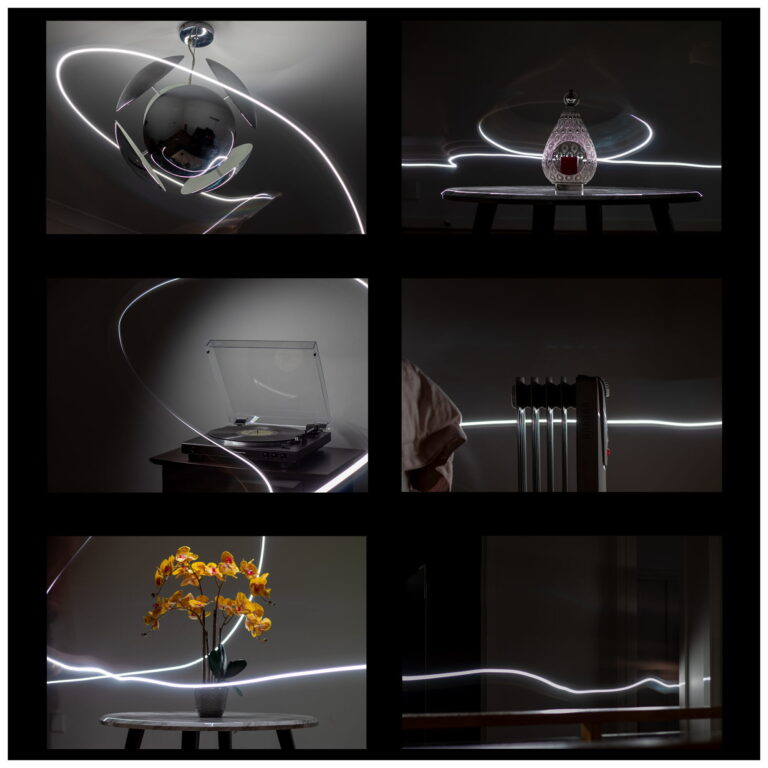
Yasar Tulek
Spirit Principals, 2020
Steph Doran
Tsunagari. 2020
Tsunagari is a Japanese word that can mean connection, link, bond or relationship. The project incorporates these concepts in a diaristic exploration of the effects of physical separation within the context of a cross-continental relationship. It depicts both the mundanity of the passing of time when waiting ‘in limbo’, as well as the struggle of two people trying to navigate a path back to each other. Though modern technology facilitates interaction in times of separation, the project puts into question its effectiveness as a substitute for offline intimacy. Tsunagari depicts the authenticity of a relationship that has been put on hold by an international pandemic through collected, commissioned, captured and recombined imagery.
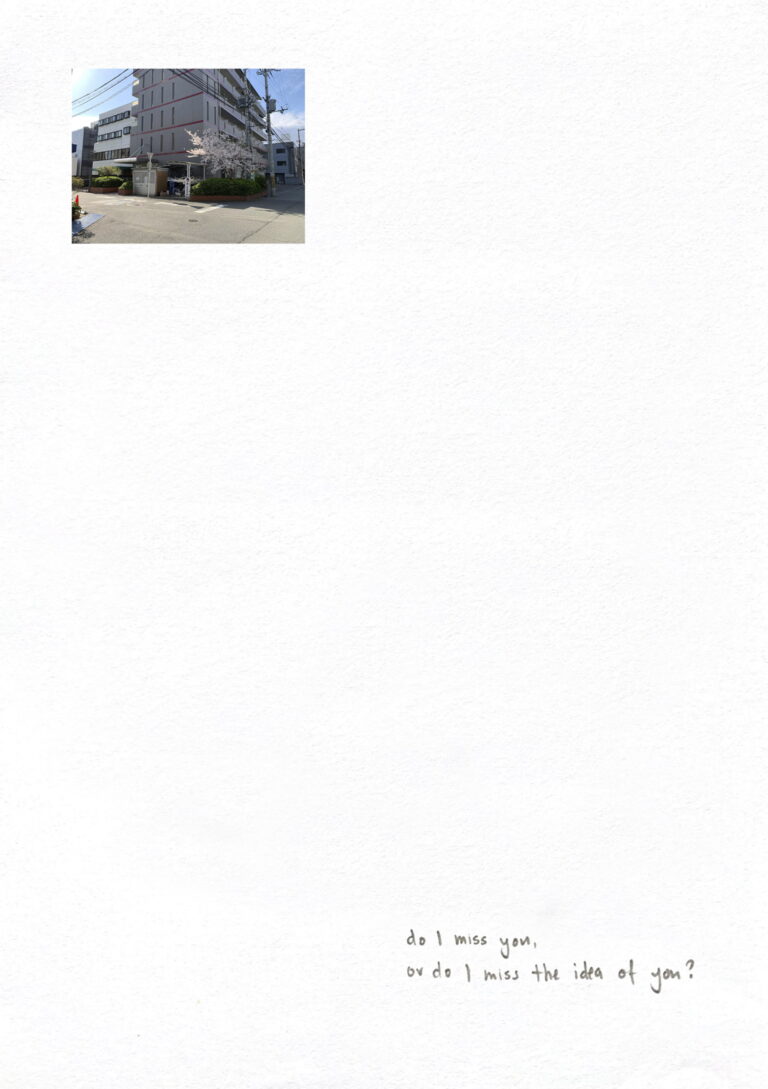
Steph Doran
Tsunagari 1, 2020
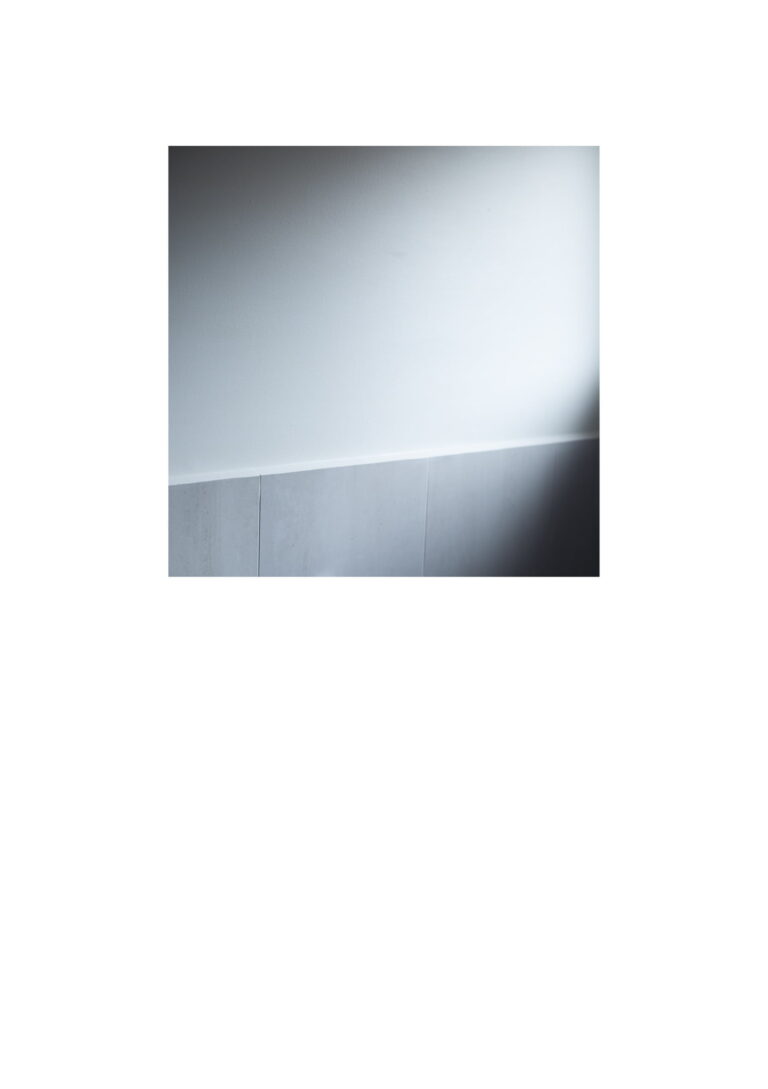
Steph Doran
Tsunagari 2, 2020
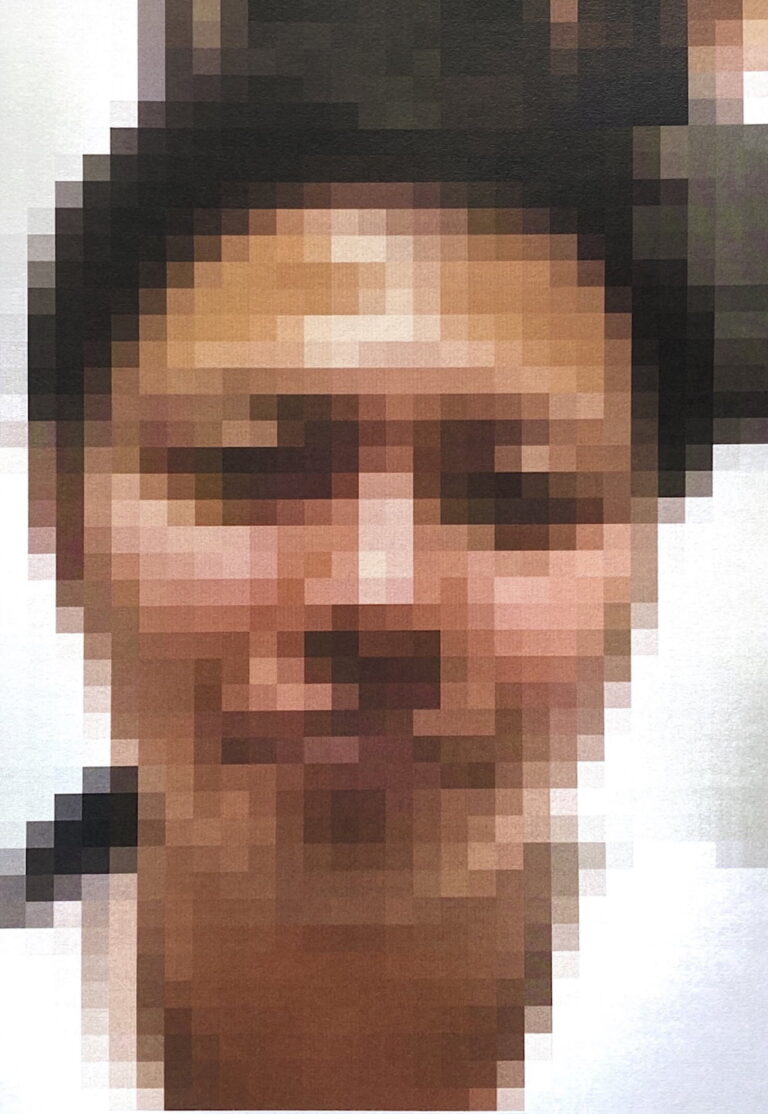
Steph Doran
Tsunagari 3, 2020
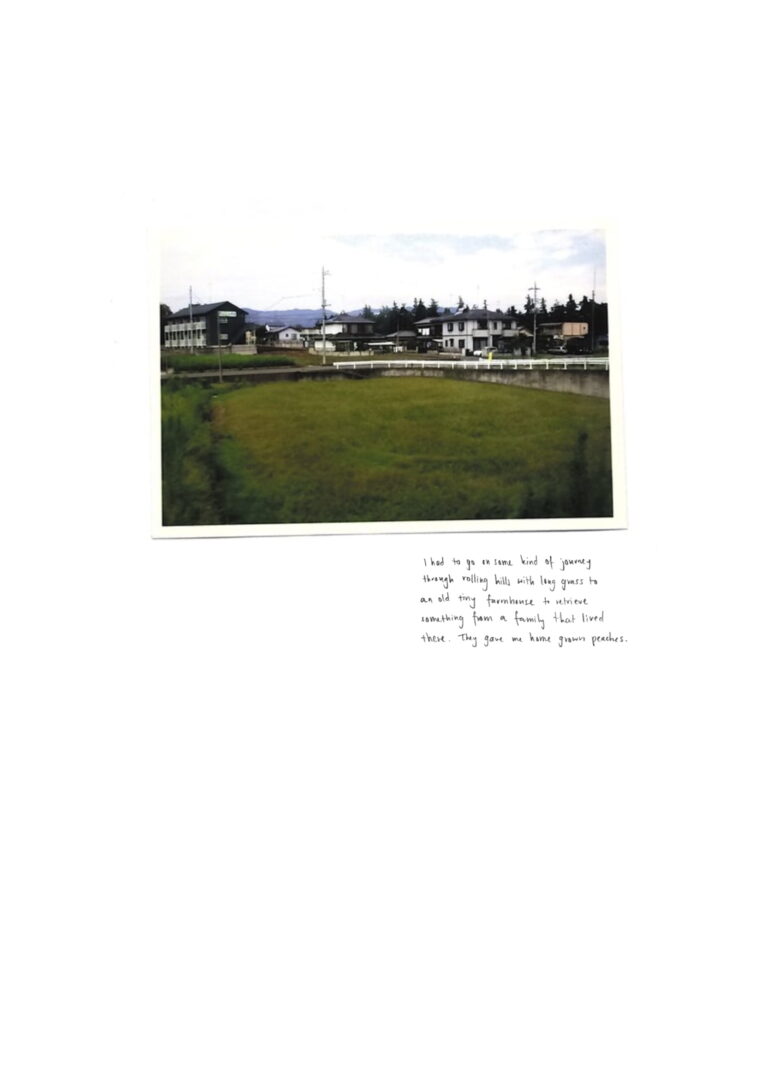
Steph Doran
Tsunagari 4, 2020
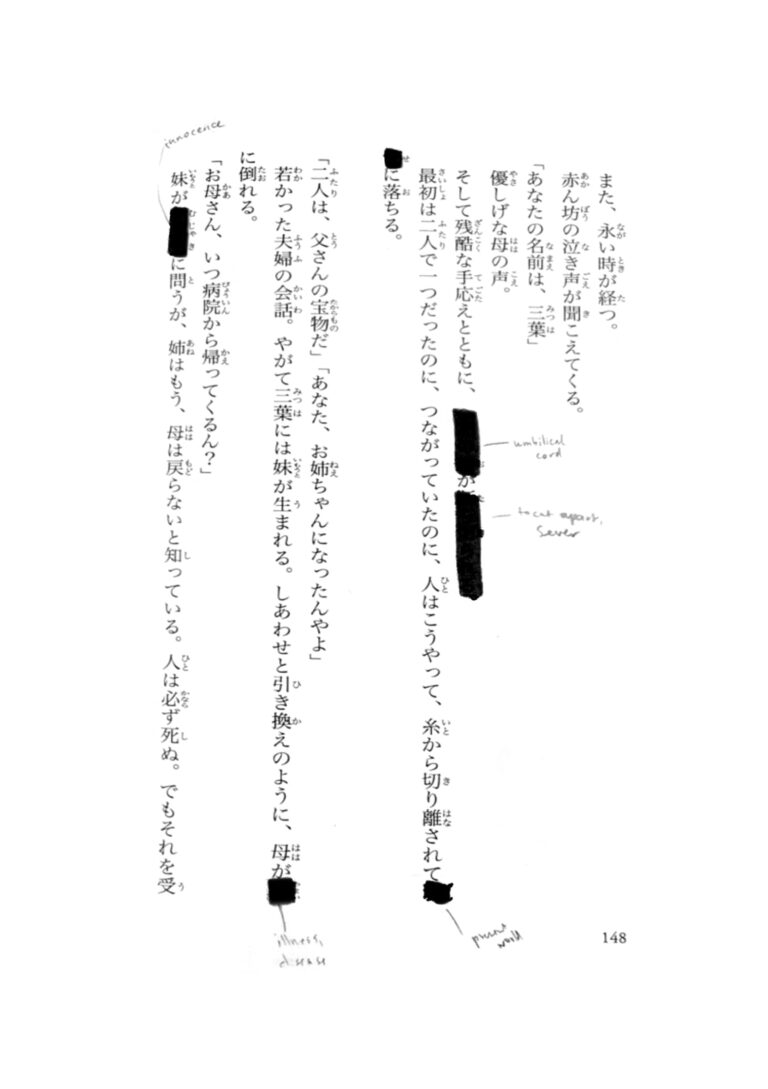
Steph Doran
Tsunagari 5, 2020
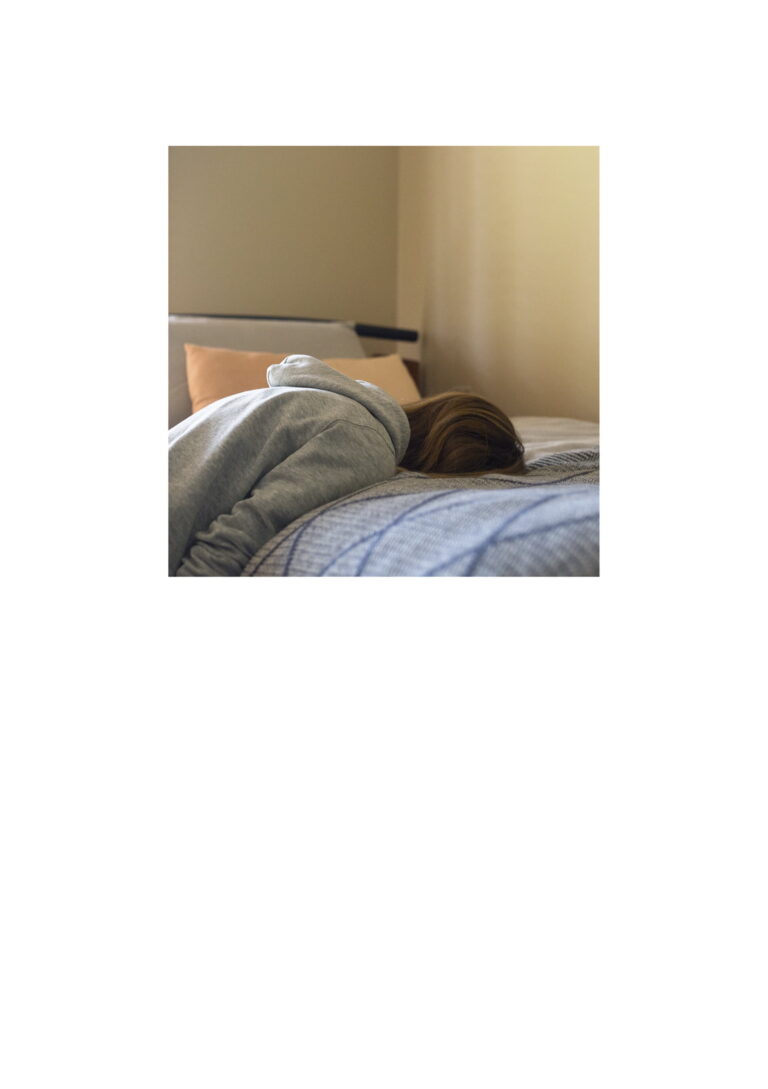
Steph Doran
Tsunagari 6, 2020
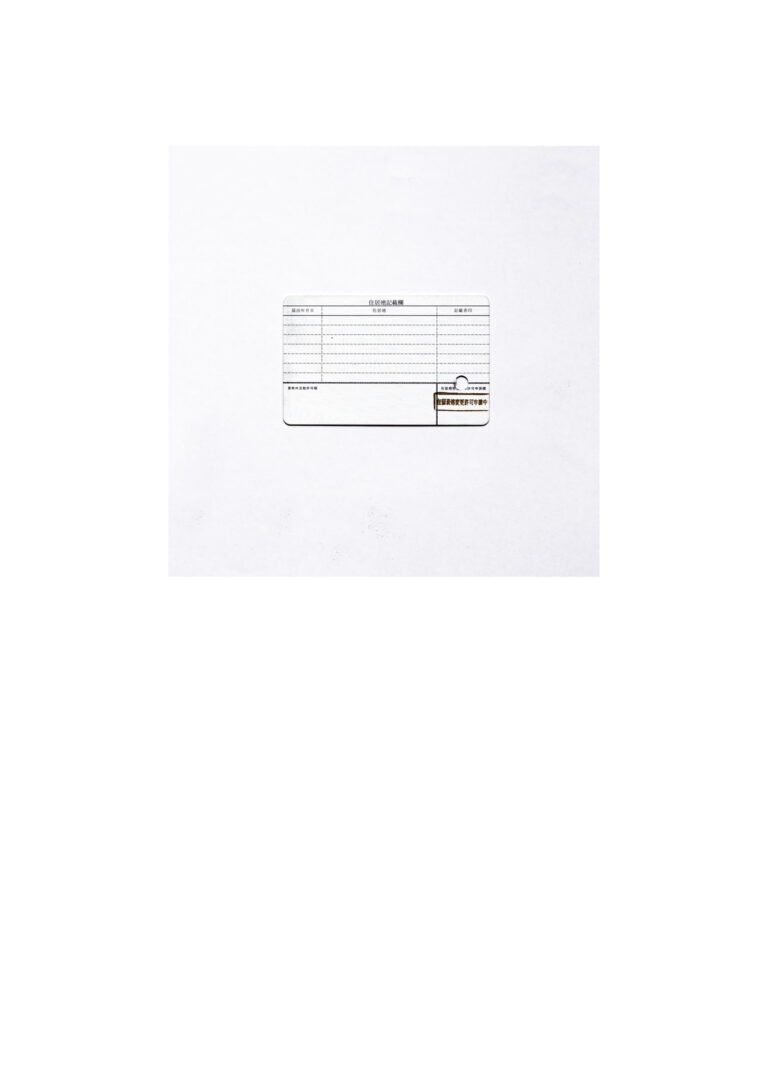
Steph Doran
Tsunagari 7, 2020
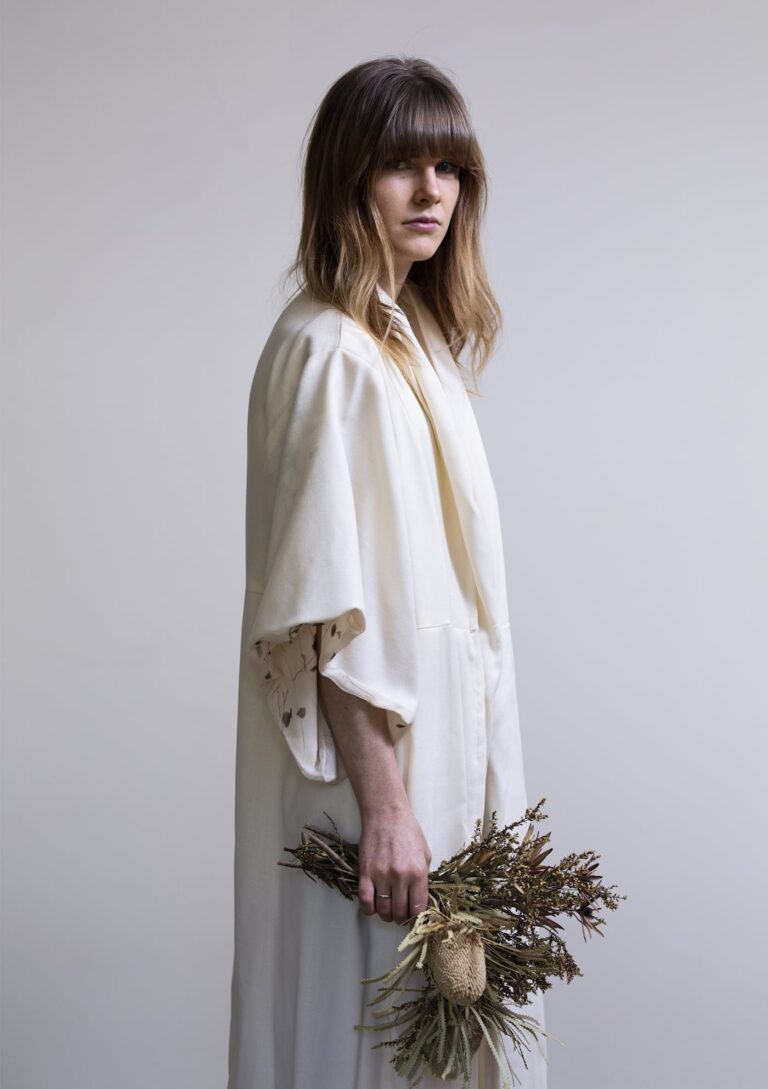
Steph Doran
Tsunagari 8, 2020
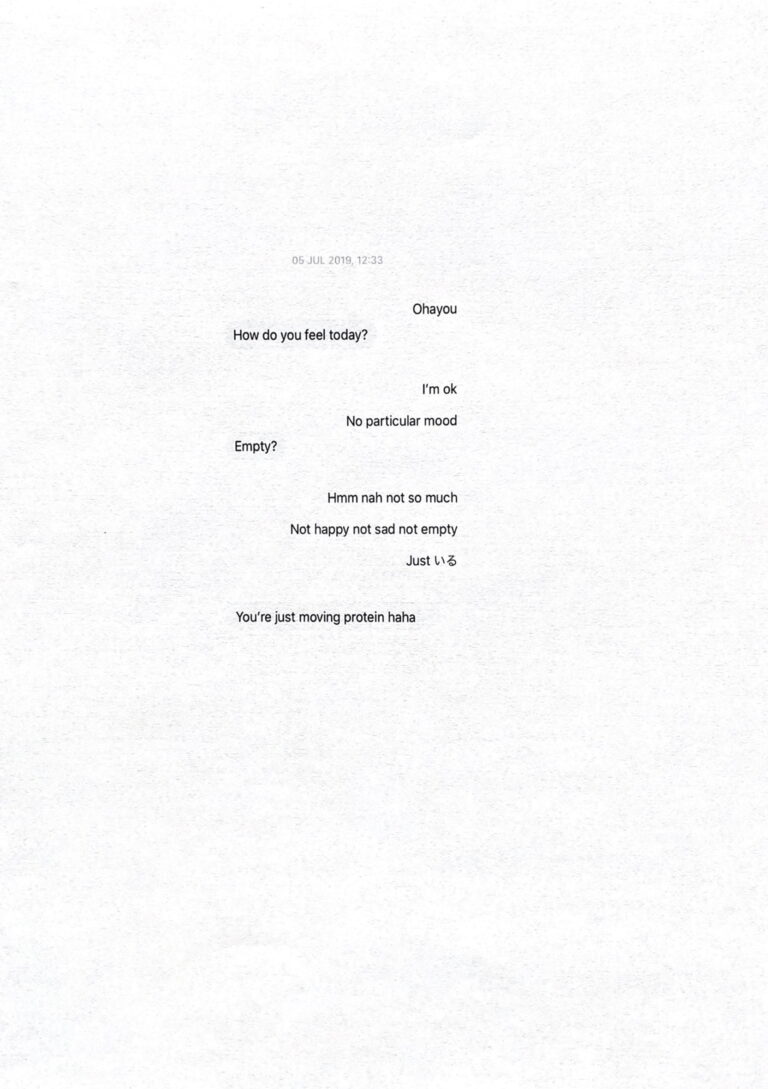
Steph Doran
Tsunagari 9, 2020
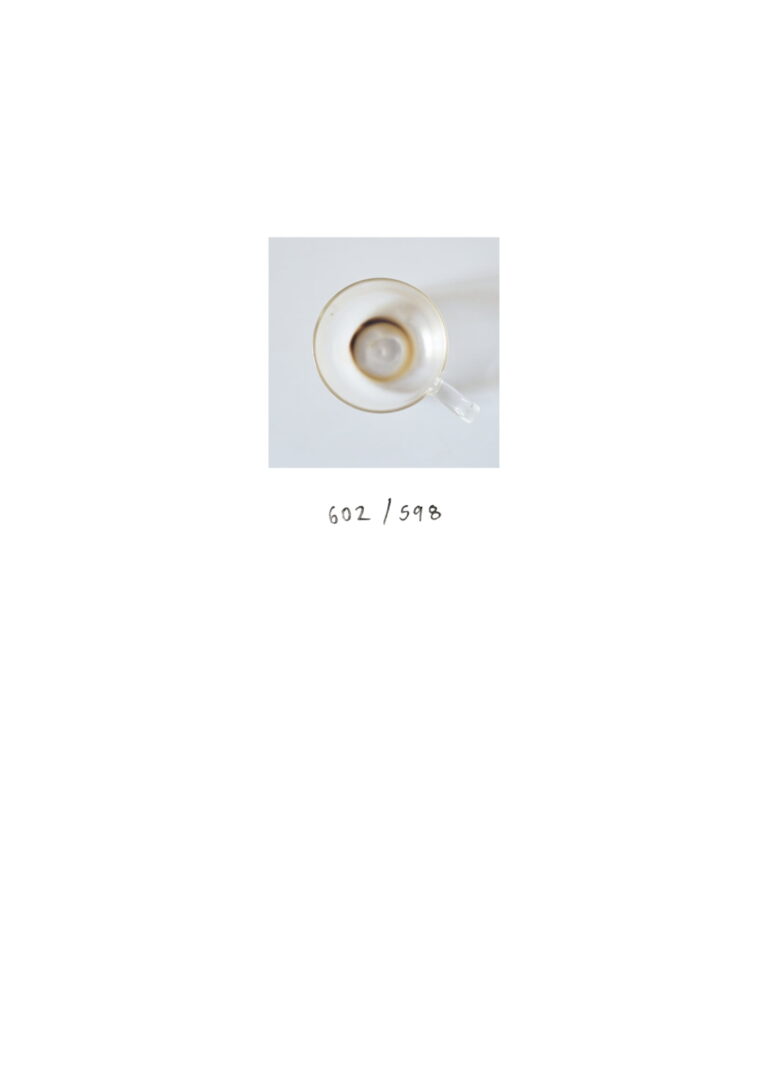
Steph Doran
Tsunagari 10, 2020
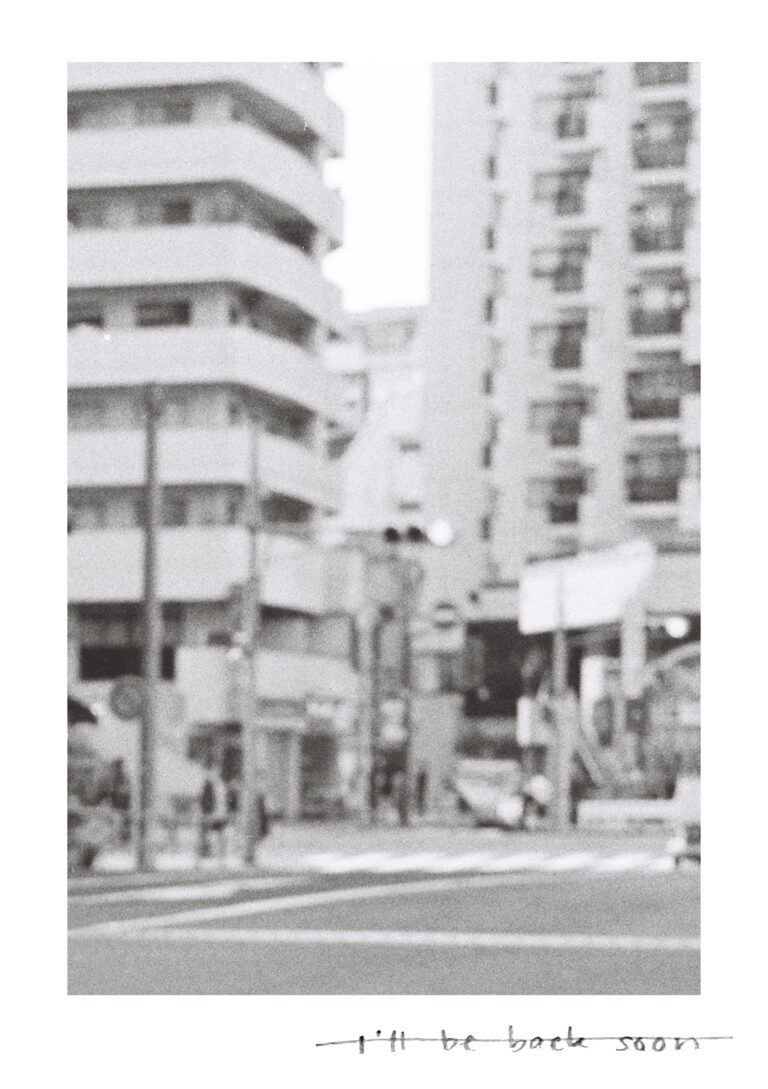
Steph Doran
Tsunagari 11, 2020
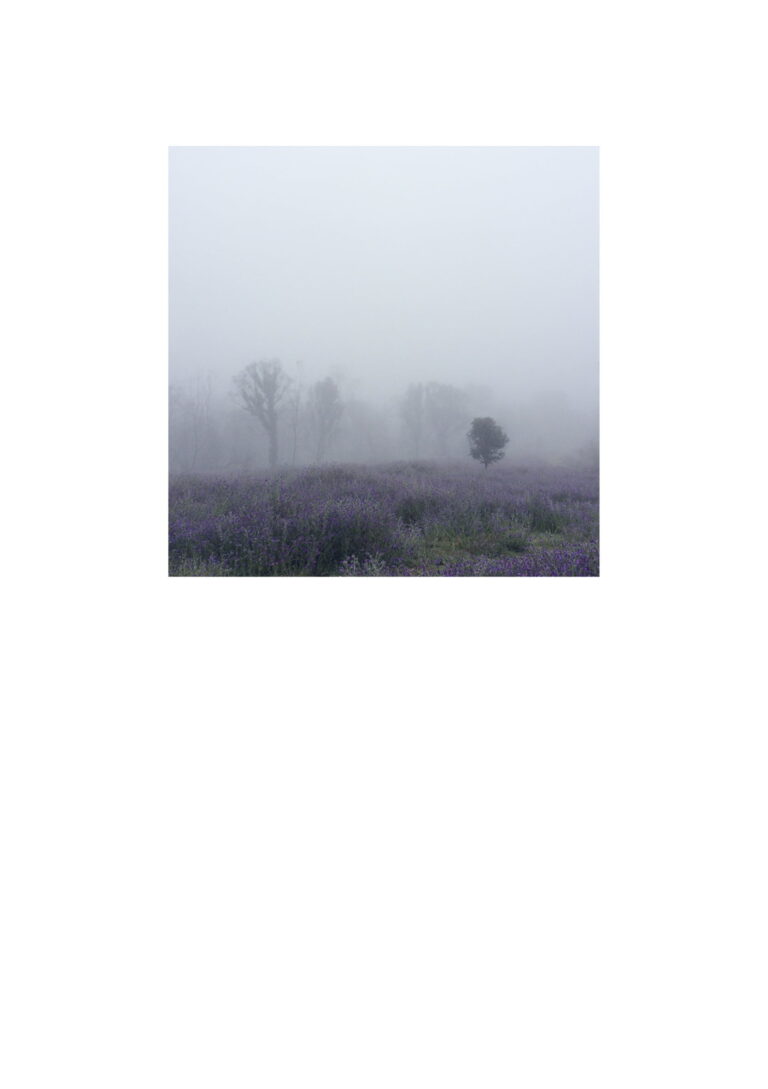
Steph Doran
Tsunagari 12, 2020
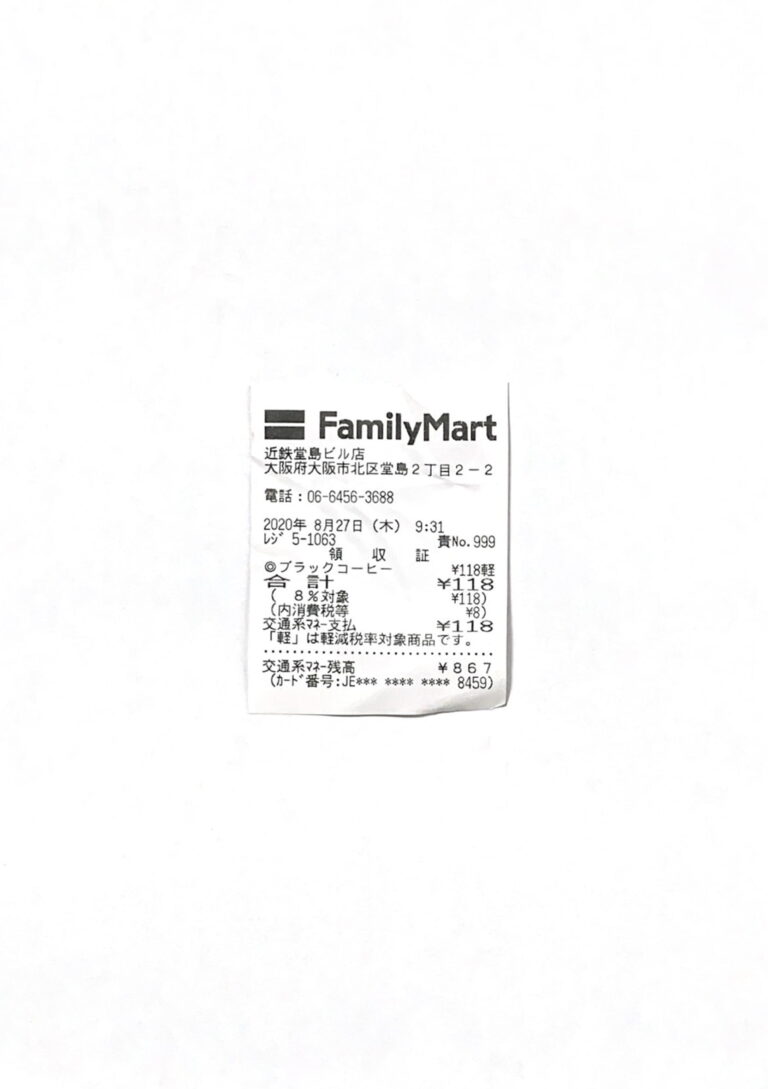
Steph Doran
Tsunagari 13, 2020
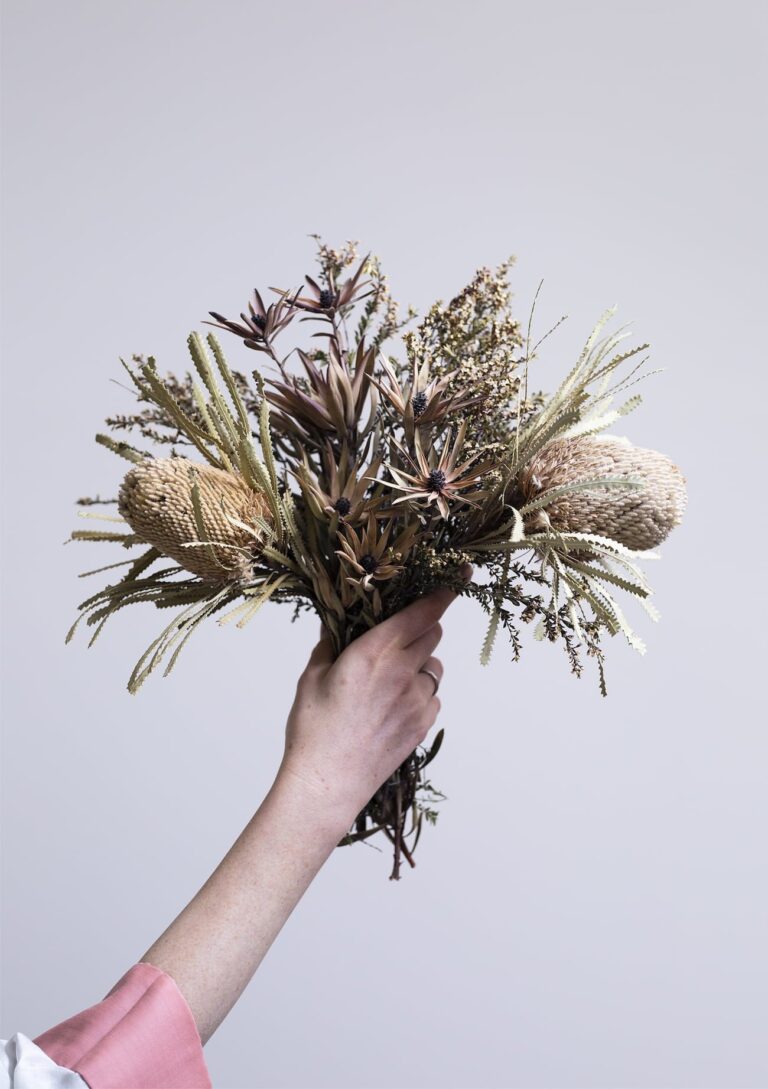
Steph Doran
Tsunagari 14, 2020
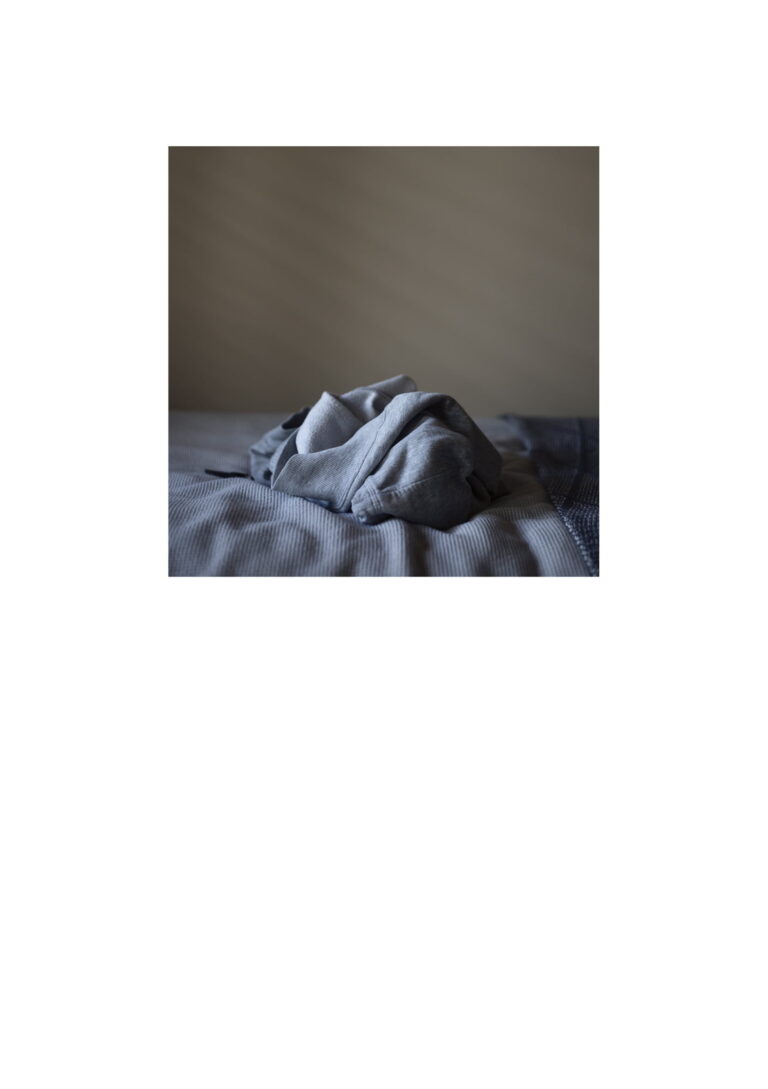
Steph Doran
Tsunagari 15, 2020
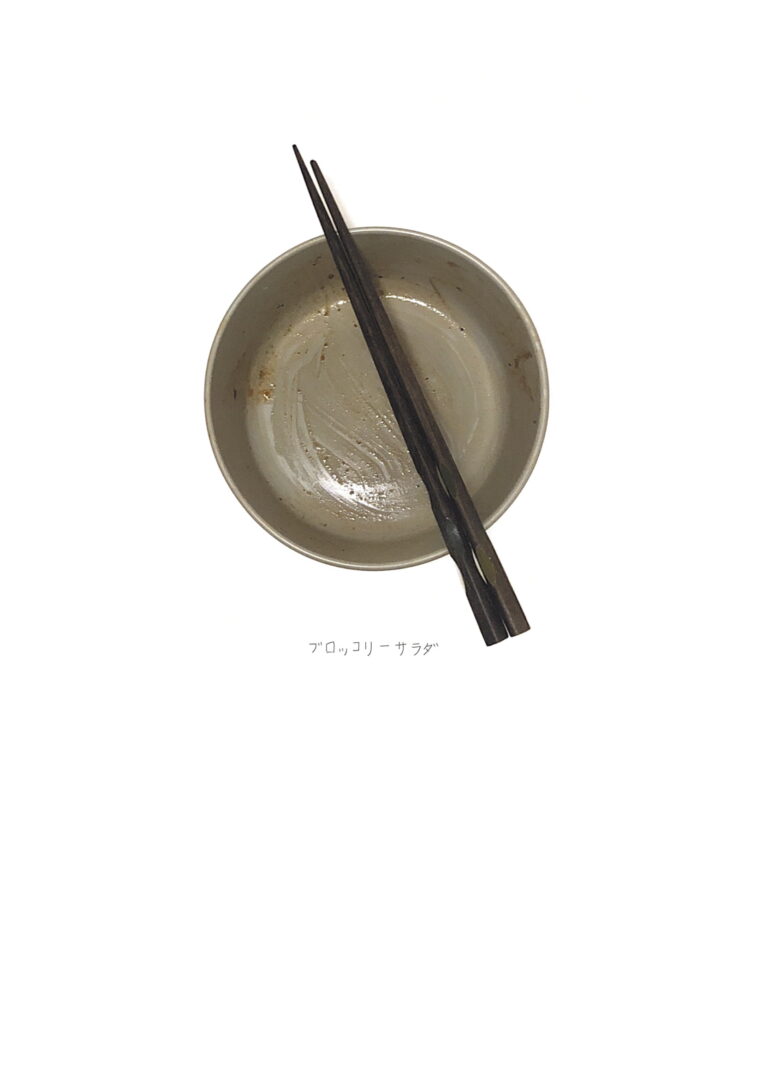
Steph Doran
Tsunagari 16, 2020
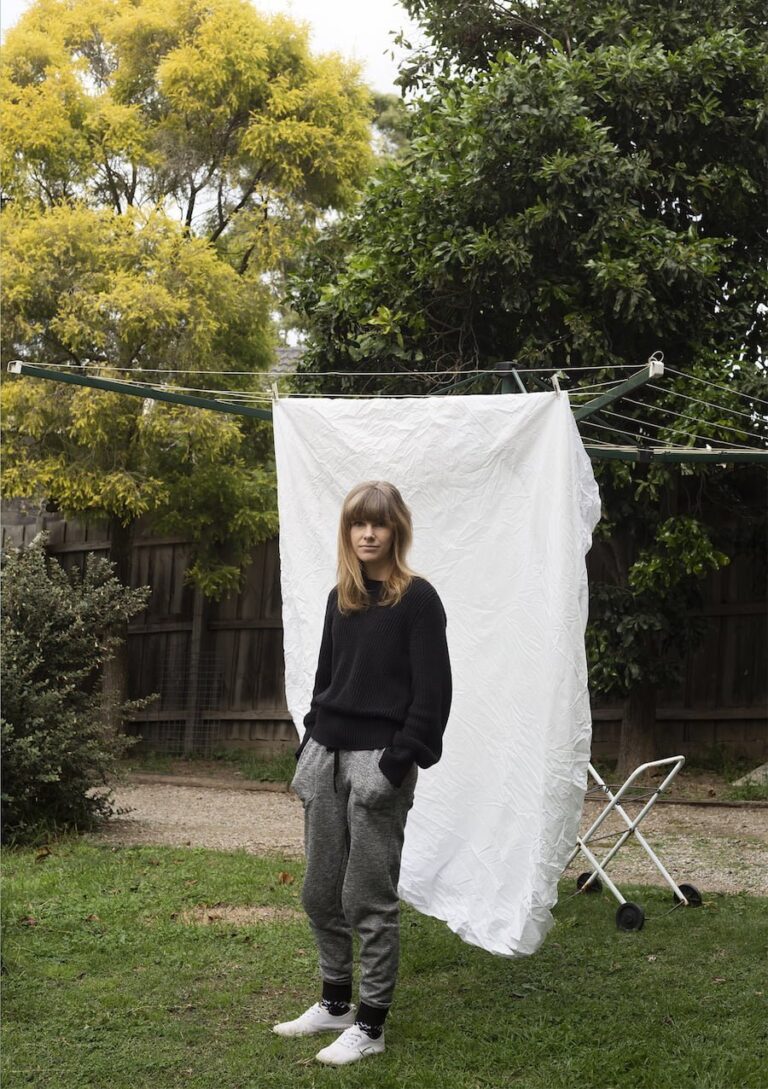
Steph Doran
Tsunagari 17, 2020
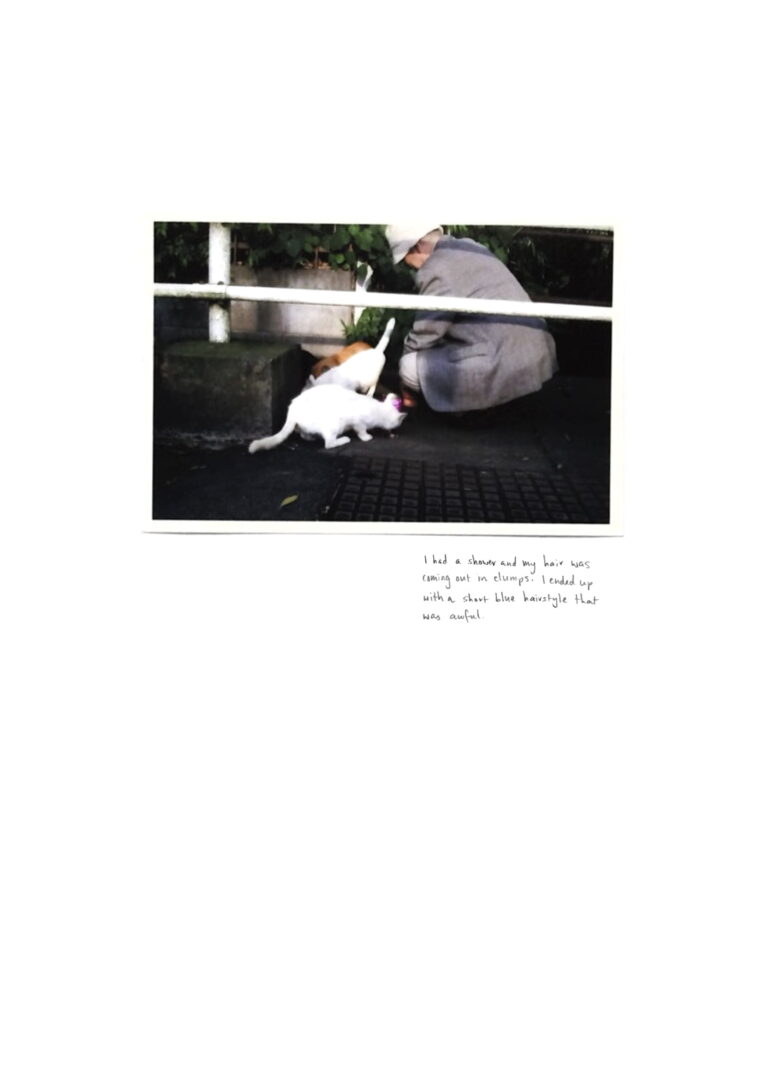
Steph Doran
Tsunagari 18, 2020
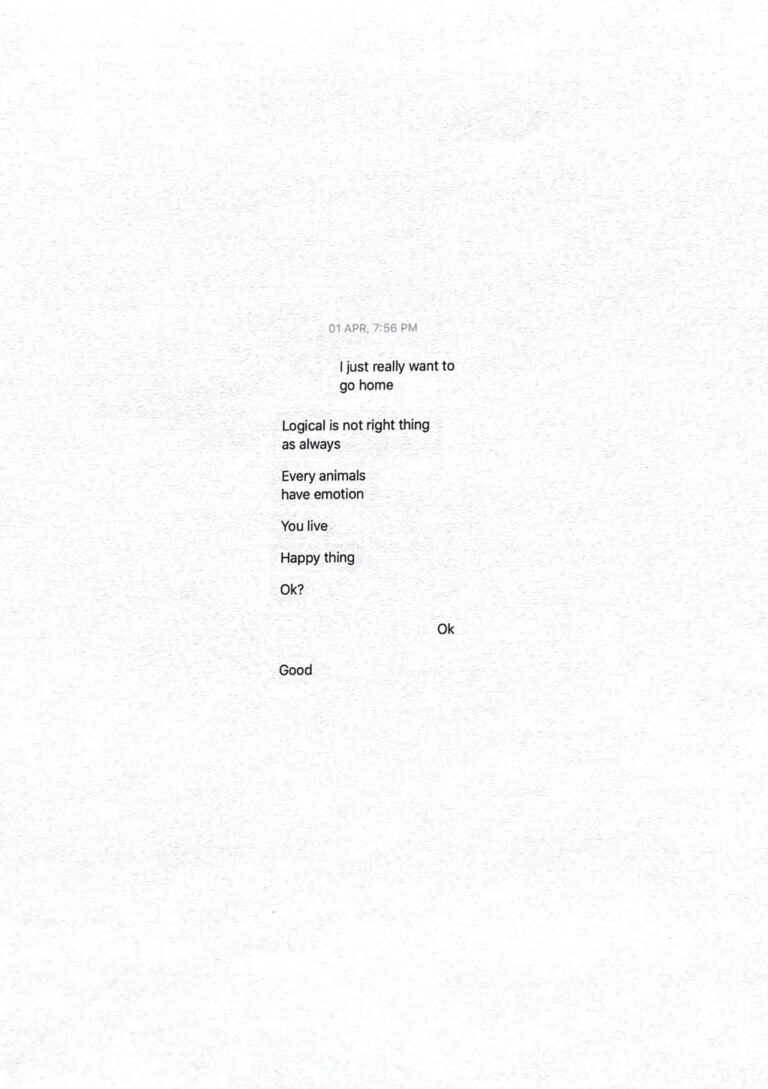
Steph Doran
Tsunagari 19, 2020
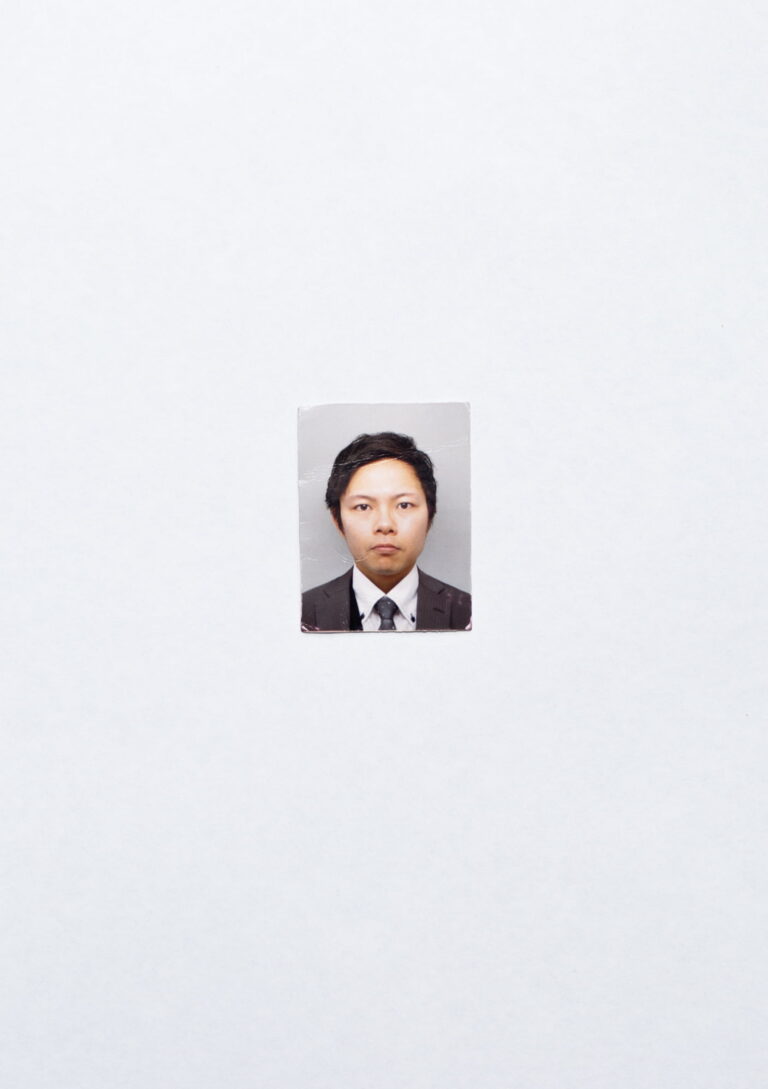
Steph Doran
Tsunagari 20, 2020
Francesca Napier
I am your neighbour / Walk right by, 2020
“I am your neighbour / Walk right by” is a series of polaroid images shot during Melbourne’s lockdown. It was born out of a growing desire to interact with, and learn from, the people beyond the confines of my home. These images document the people that I befriended, as they walked past my house. Making a slight nod to Juergen Teller’s 1998 “Go-Sees” body of work, I aimed to turn my front porch and gate into the doorway in which he framed his own famed works.
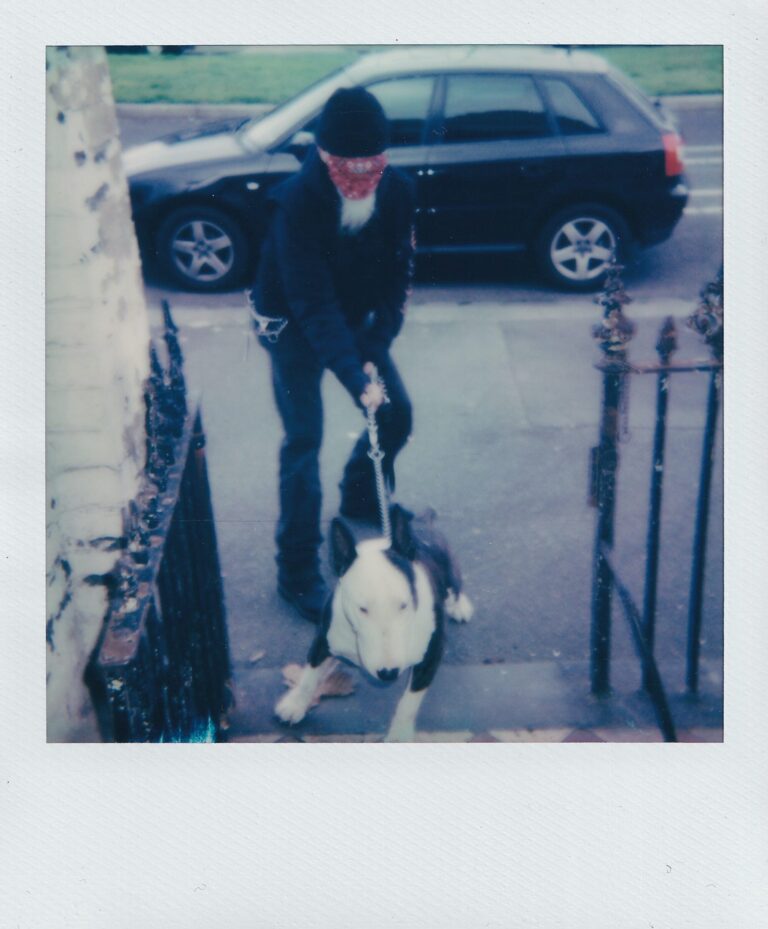
Francesca Napier
I Am Your Neighbour 1, 2020
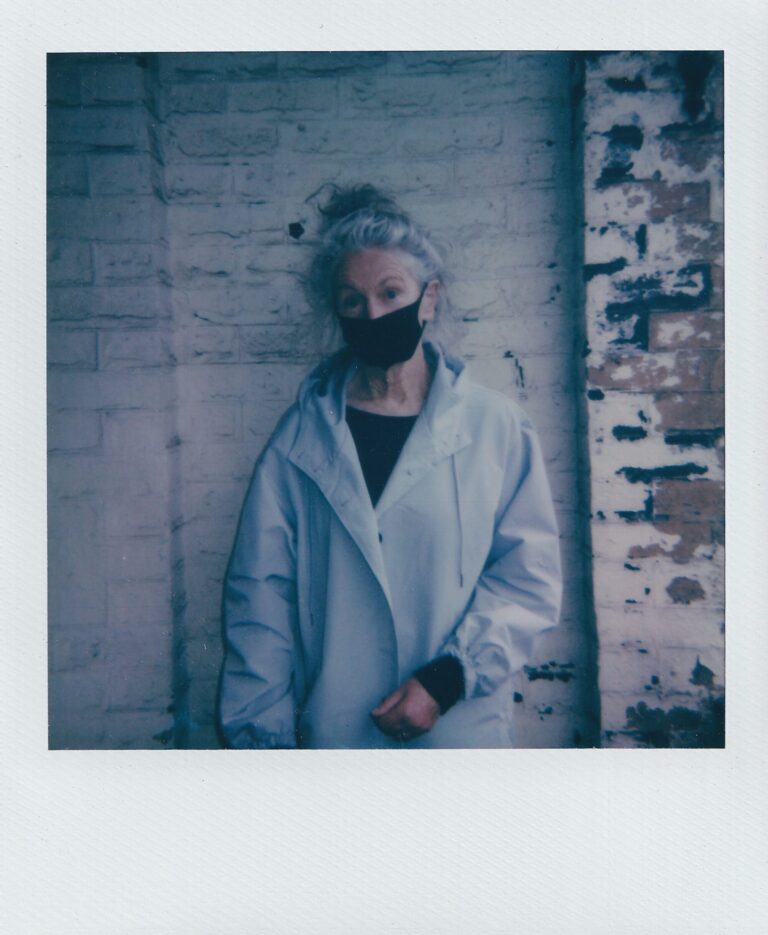
Francesca Napier
I Am Your Neighbour 2, 2020
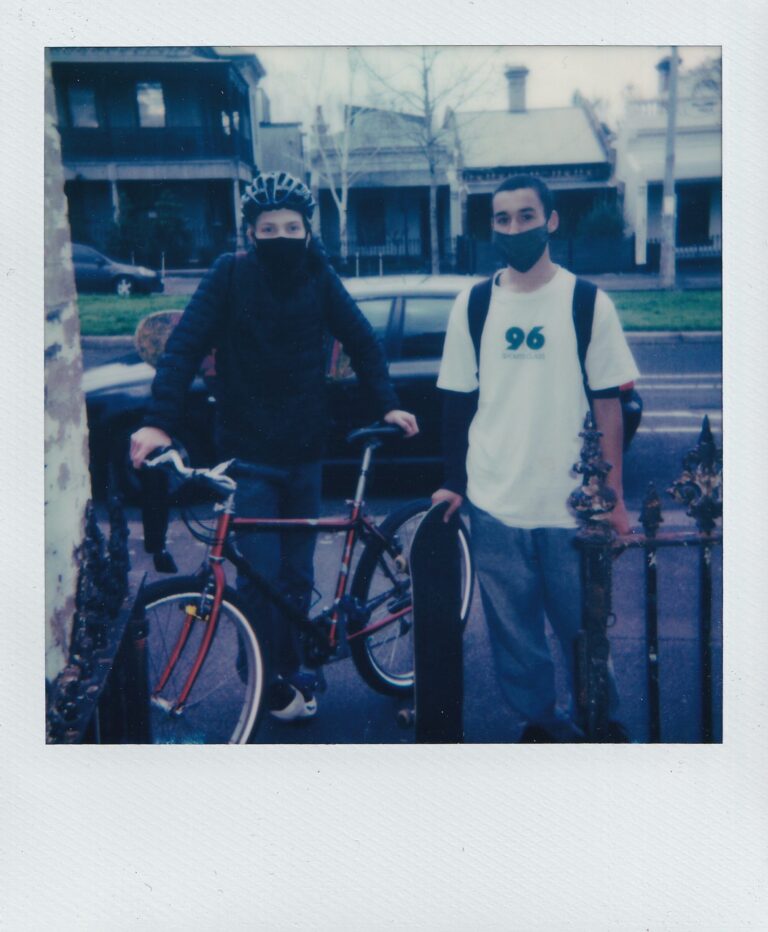
Francesca Napier
I Am Your Neighbour 3, 2020
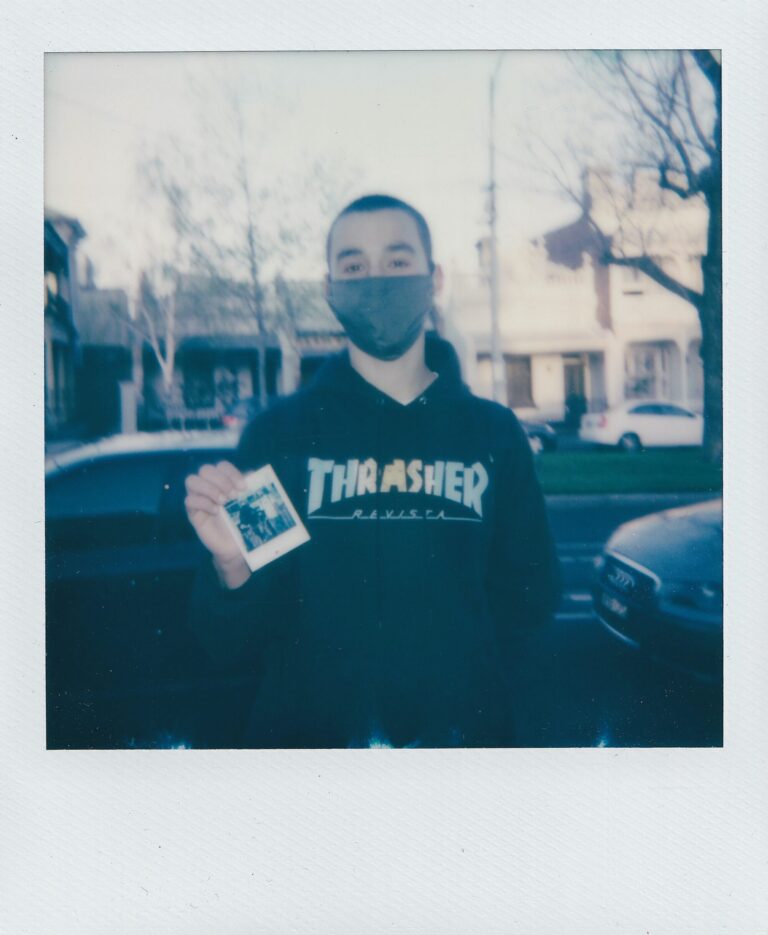
Francesca Napier
I Am Your Neighbour 4, 2020
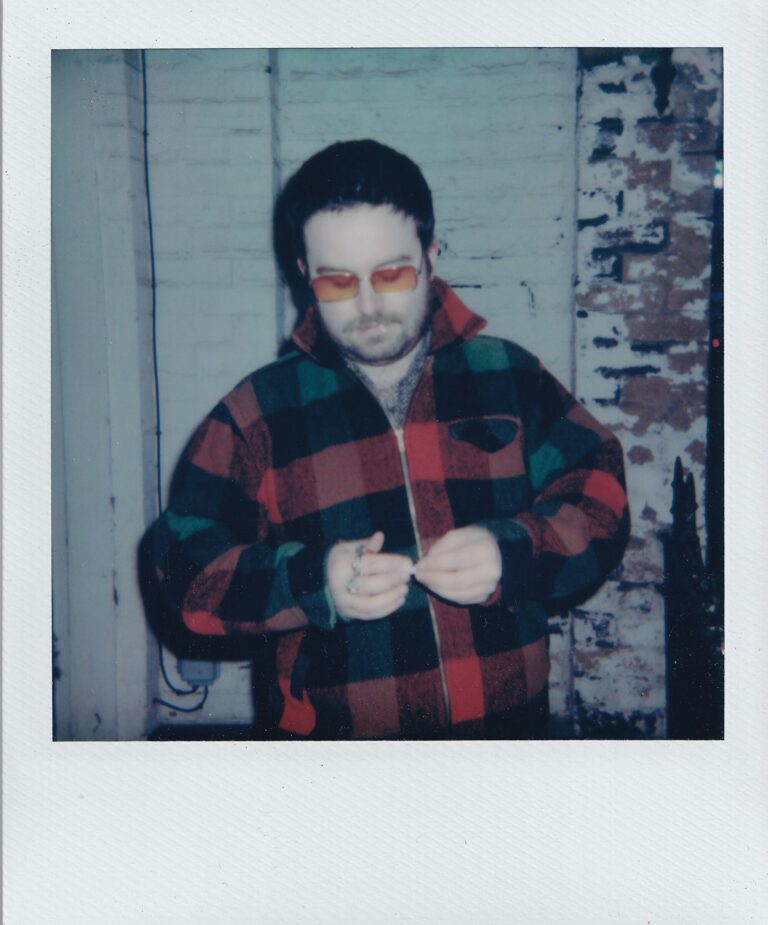
Francesca Napier
I Am Your Neighbour 5, 2020
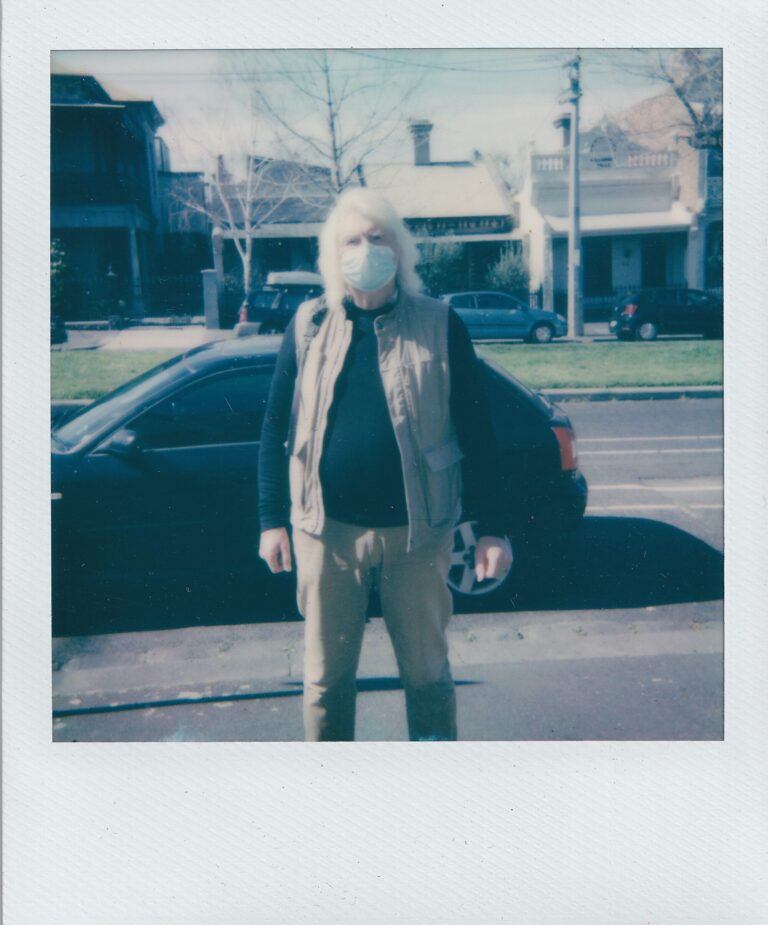
Francesca Napier
I Am Your Neighbour 6, 2020
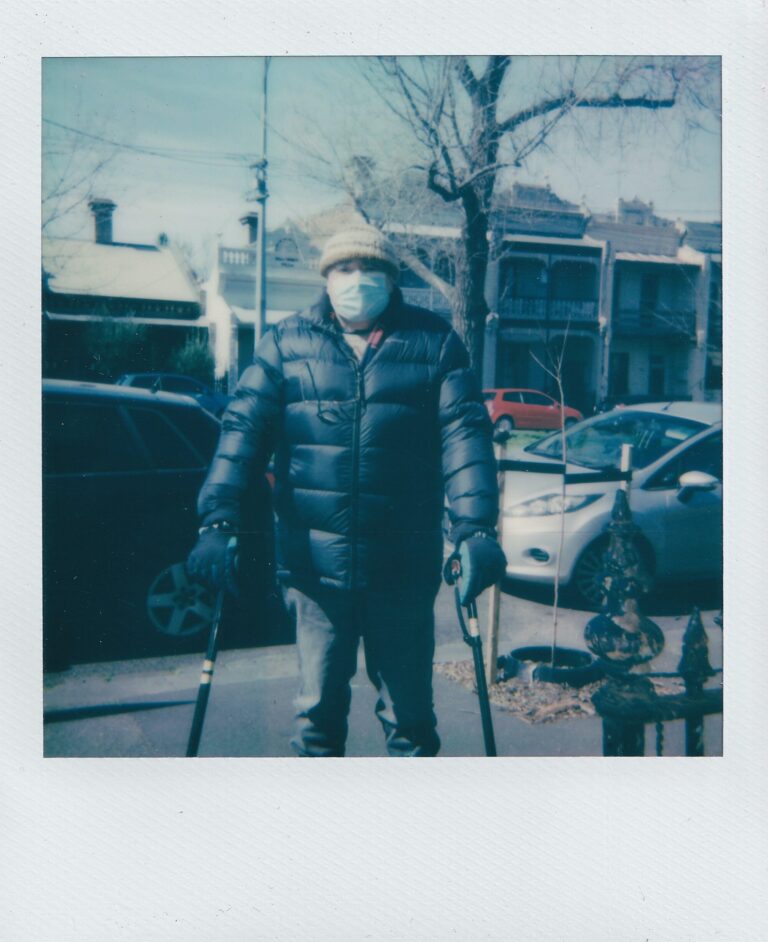
Francesca Napier
I Am Your Neighbour 7, 2020
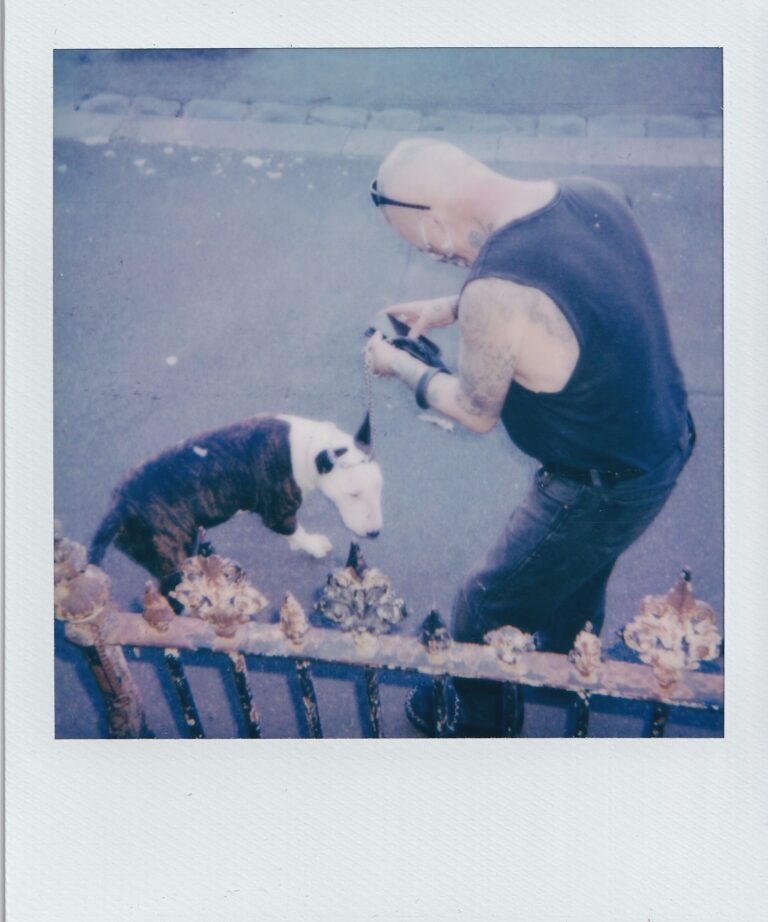
Francesca Napier
I Am Your Neighbour 8, 2020
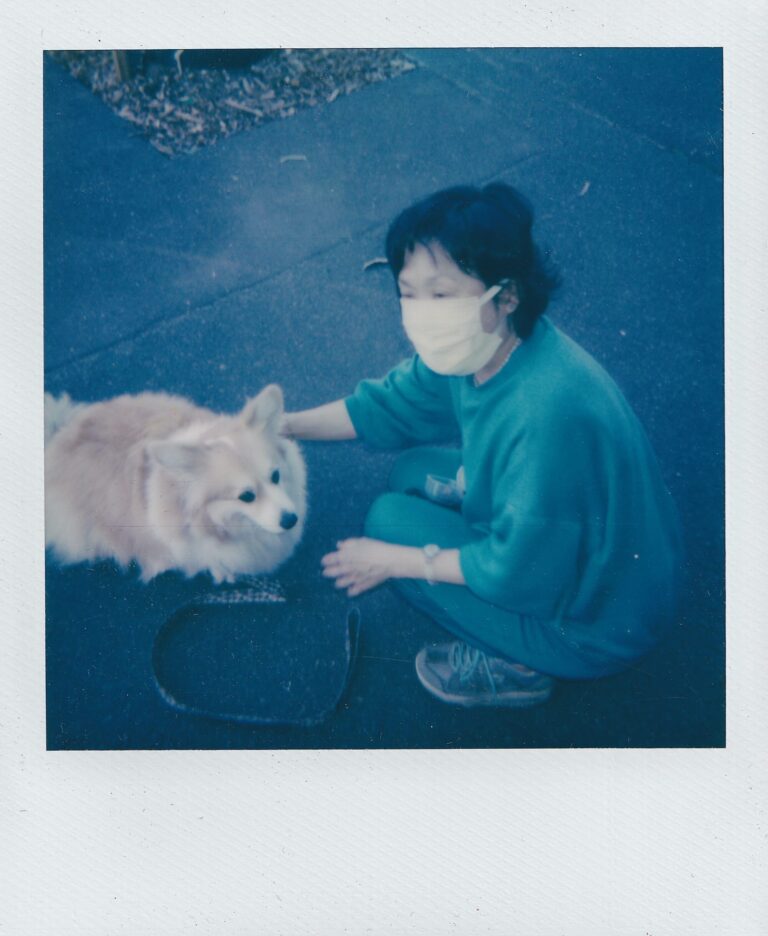
Francesca Napier
I Am Your Neighbour 9, 2020
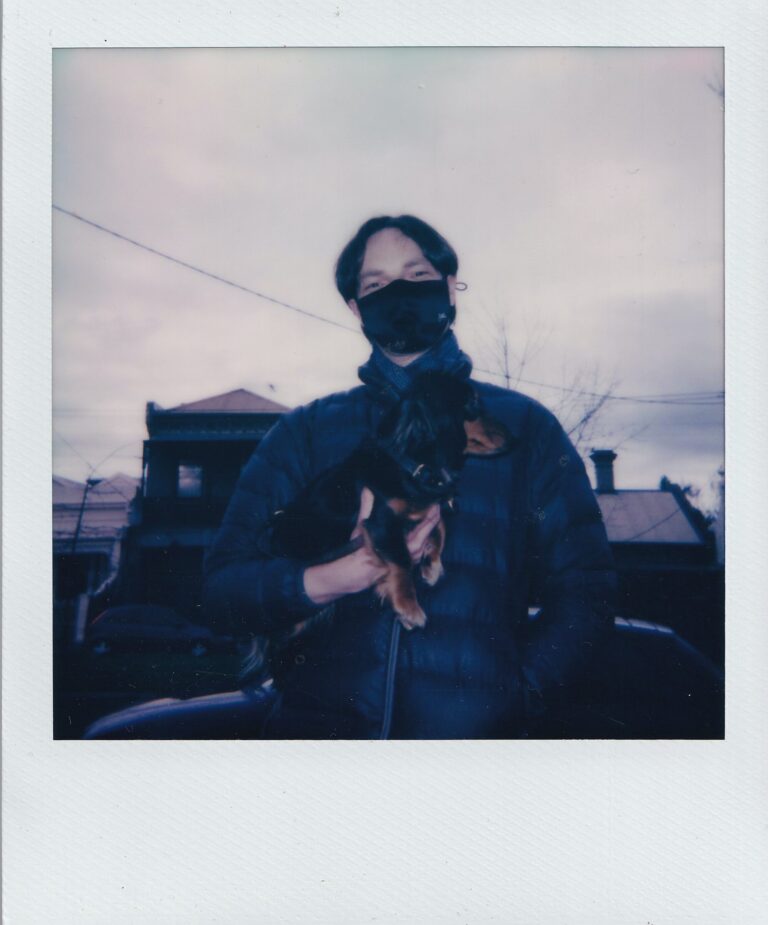
Francesca Napier
I Am Your Neighbour 10, 2020
Hongya Liu
The Red Veil, 2020
My project explored the topic of “Marriage in China” and discussed a social phenomenon in China where countless young people of marriageable age who are not married are being pressured by their elders to get married. In traditional Chinese values, getting married is a task that must be accomplished by everyone who has reached the right age. In the Chinese marriage market, there are some invisible conditions such as age, appearance, wealth, education, etc. This has led to a lot of labels, such as leftover woman, bachelor. I use performative staged photography, self-deprecating humor and self-portraiture in order to discuss themes of cultural difference, personal and collective histories, mental health, self-exploration, gender equality and social expectations. From my perspective, this work represents the protest of our younger generation who have received different cultural education to that of our more traditional-minded parents.
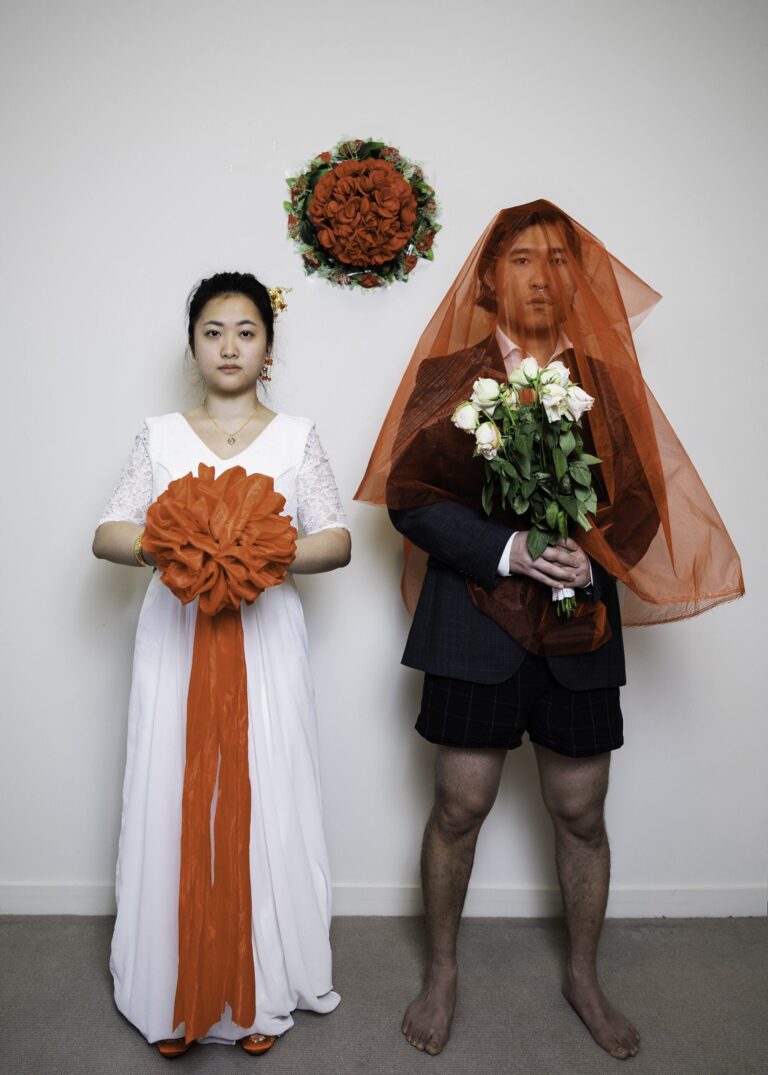
Hongya Liu
The Red Veil – Wedding Photo, 2020
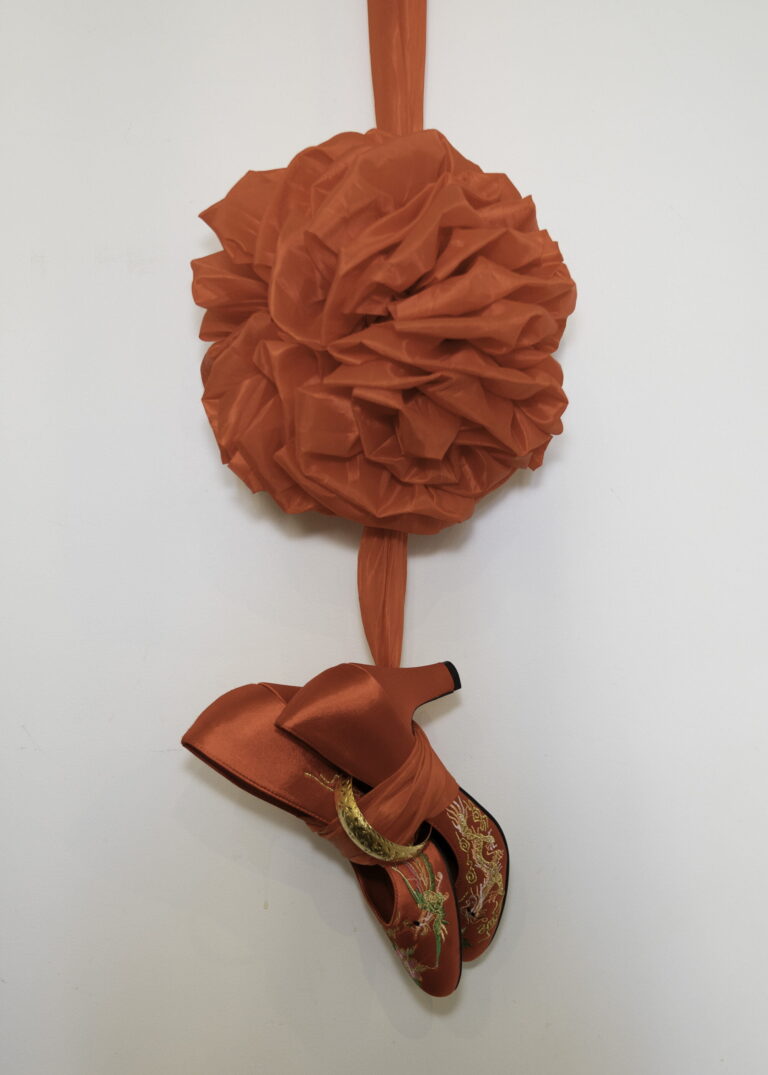
Hongya Liu
The Red Veil – Red Ribbon Hydrangea, 2020
Jonah Ritchie
Interpreting the built environment as a natural instrument for social and cultural investigation and an instigator for change; Jonah Ritchie’s practice surveys evolving environments, landscapes and circumstances transformed by human intervention, often concerned with questions of (non)place and identity, memory and belonging. His work explores the paradoxical connexion between documented reality and conceptual digital image-manipulation; through enquiry of post-natural, human-influenced urban spatiality’s where new and existing architectural forms and infrastructure (co)exist. Embedded in these visual studies are philosophical ideologies of aesthetics and aesthetic simulacrum; in which he re-associates utopian ideals and dystopian anxieties with architectural design and urbanism. To not only challenge tangible and illusory aspects of the photographic medium in the post-truth era, but contemporary visual representations of the urban landscape and its many convoluted land use types and power structures.
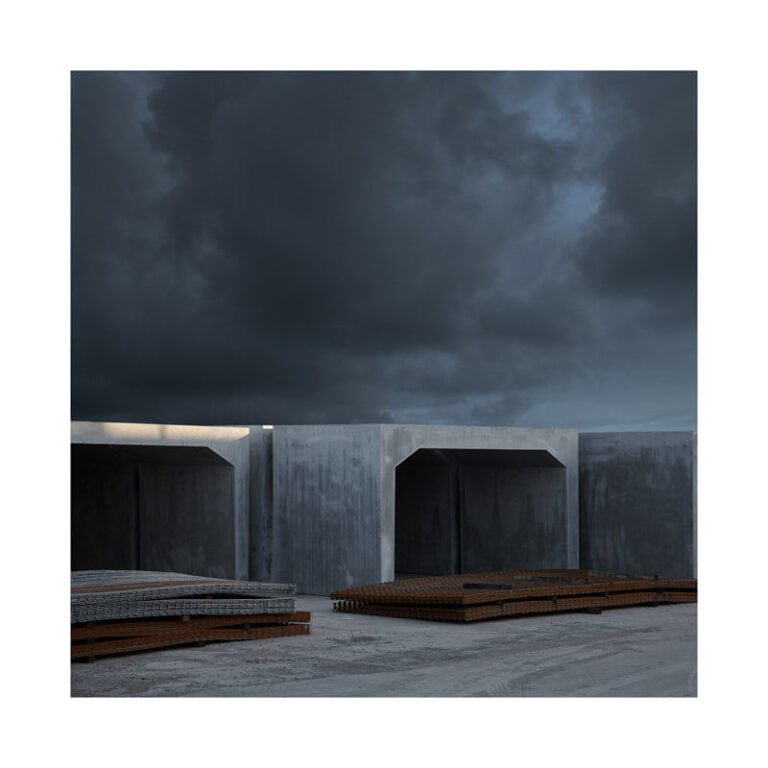
Jonah Ritchie
Rites of Passage, 2020
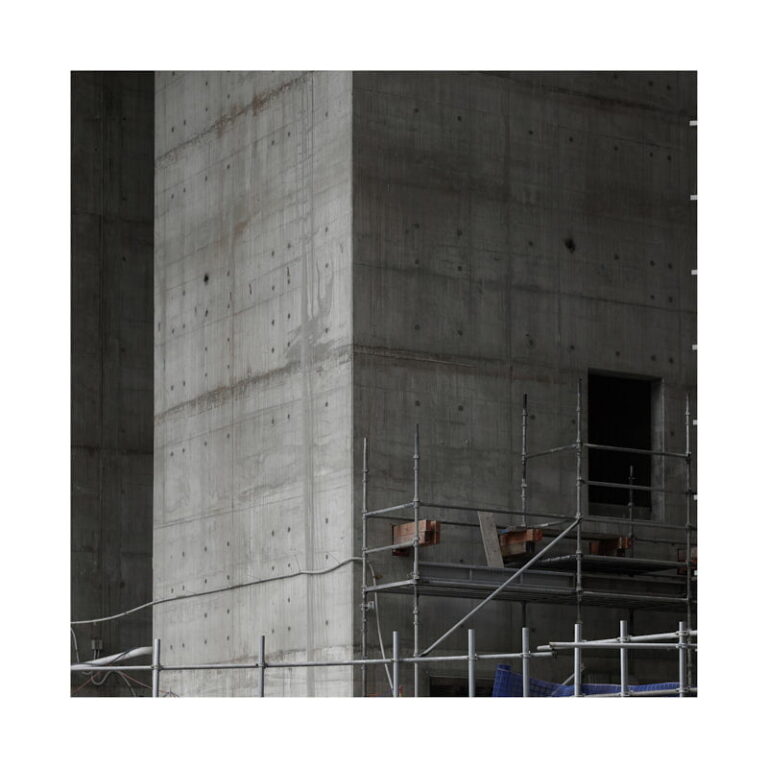
Jonah Ritchie
Concrete Monolith, 2020
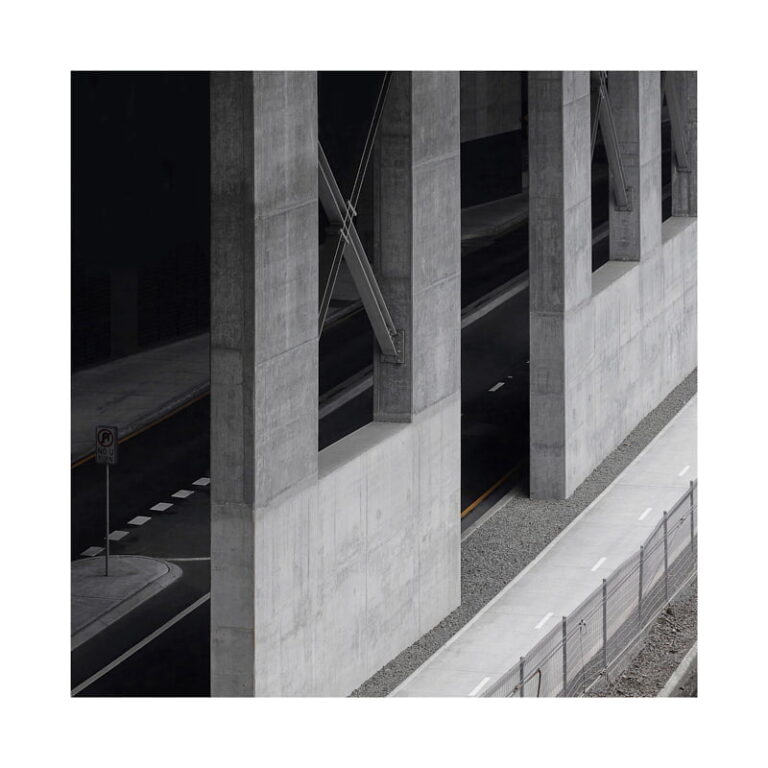
Jonah Ritchie
Urban Simulacra, 2020
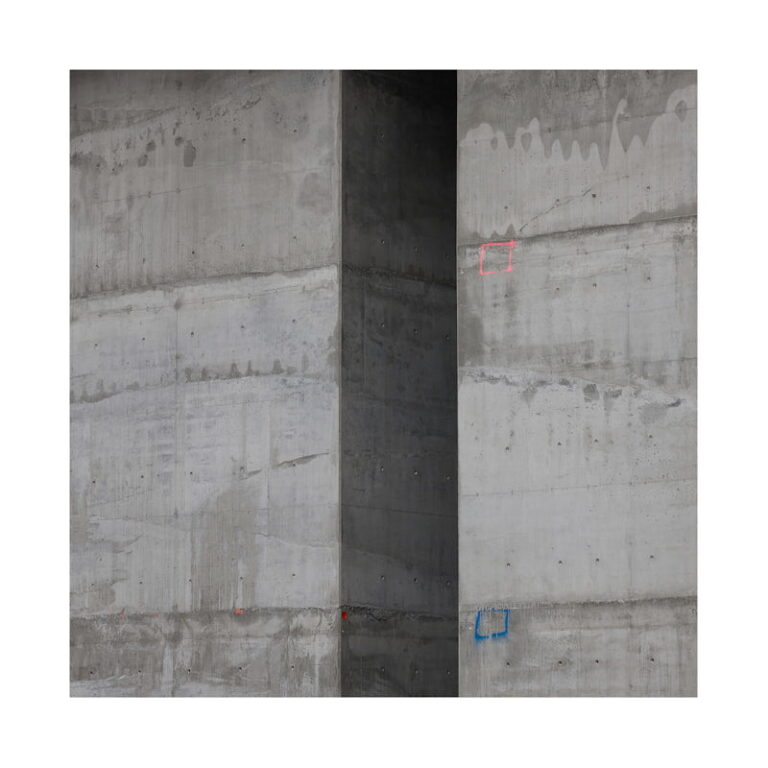
Jonah Ritchie
Crossing the Divide, 2020
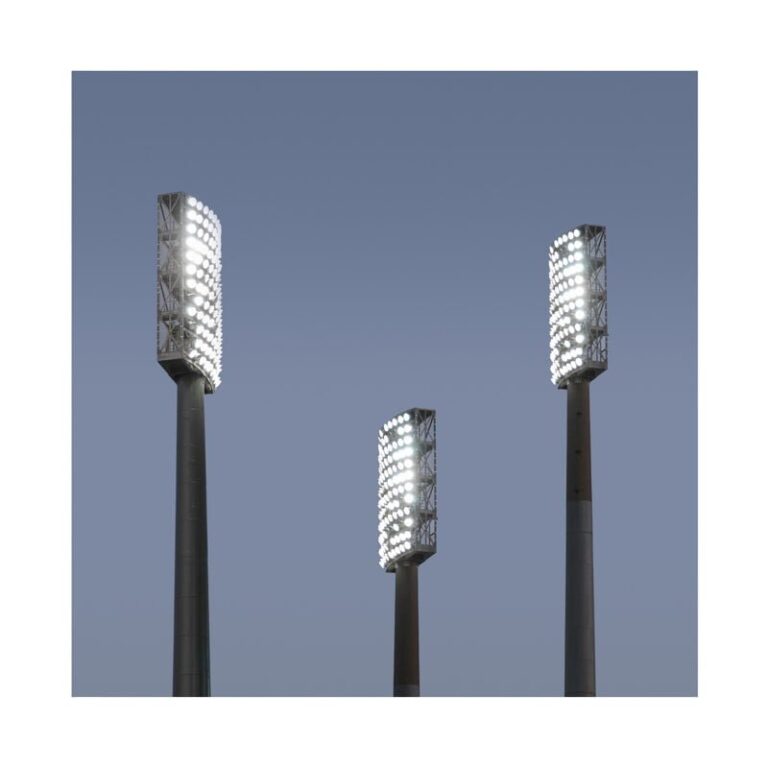
Jonah Ritchie
Unconditional, 2020
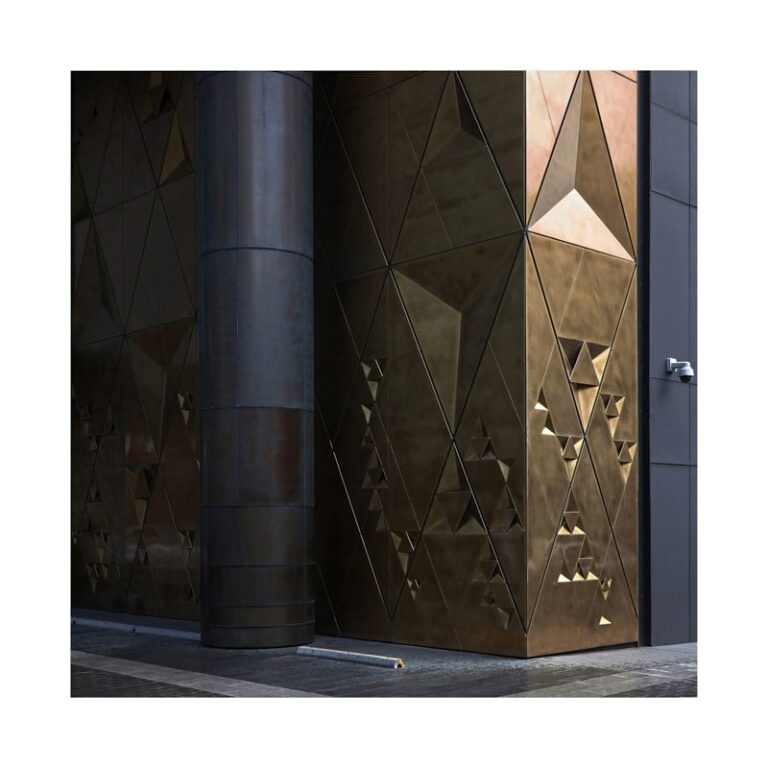
Jonah Ritchie
Asleep in the Machine, 2020
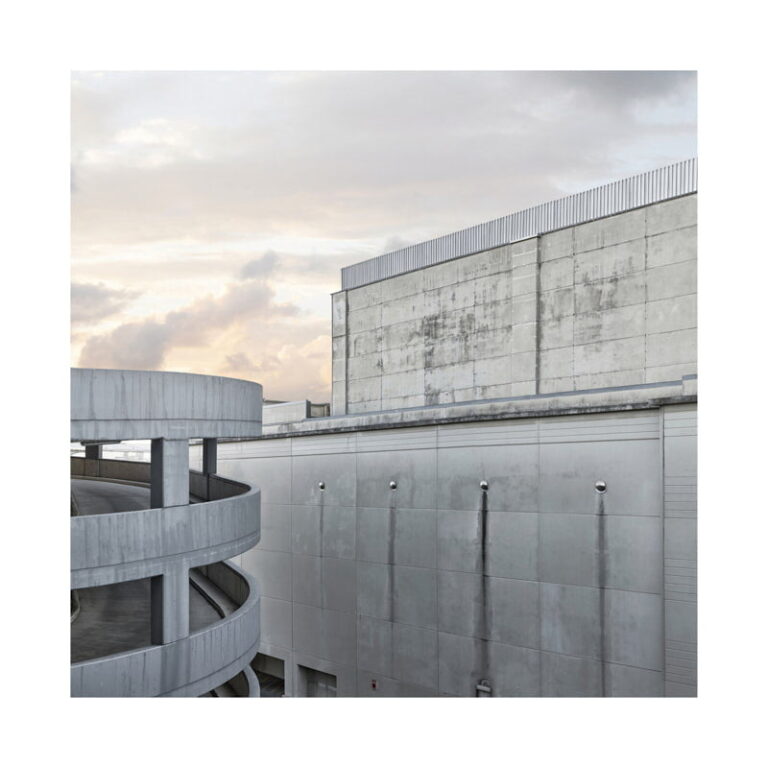
Jonah Ritchie
Entertainment Quarter, 2020
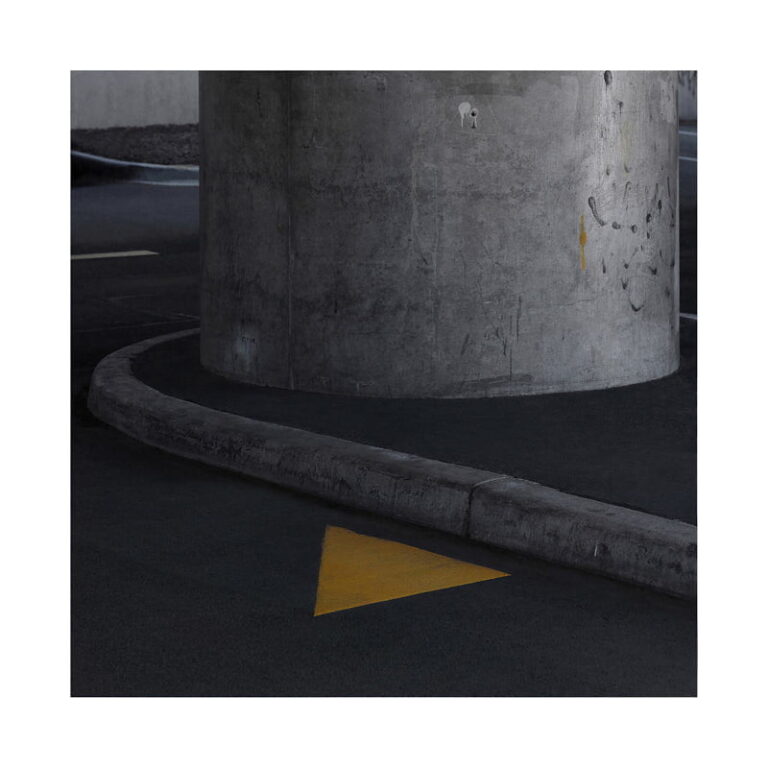
Jonah Ritchie
Culture of the Copy, 2020
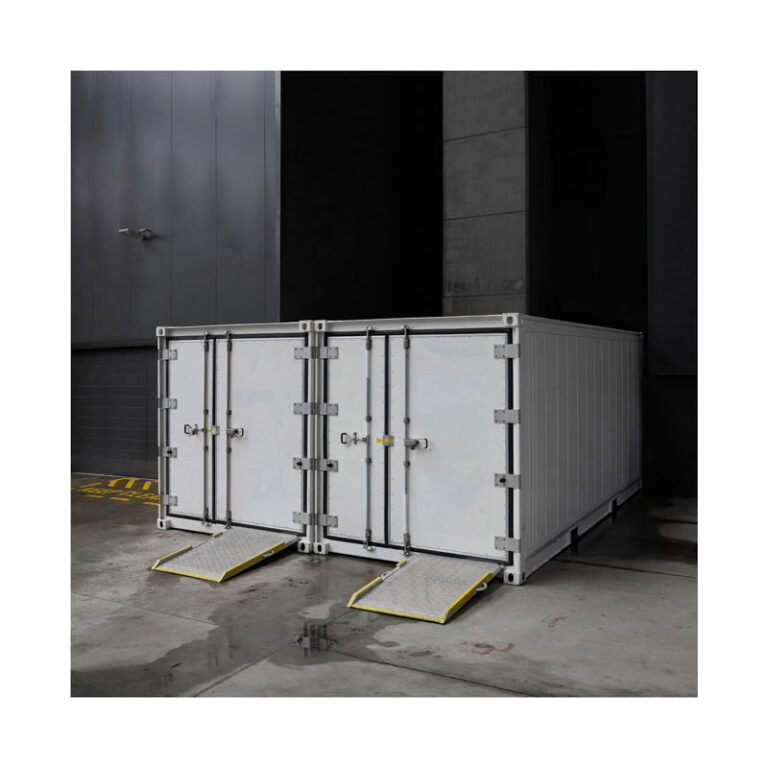
Jonah Ritchie
Dusseldorf School, 2020
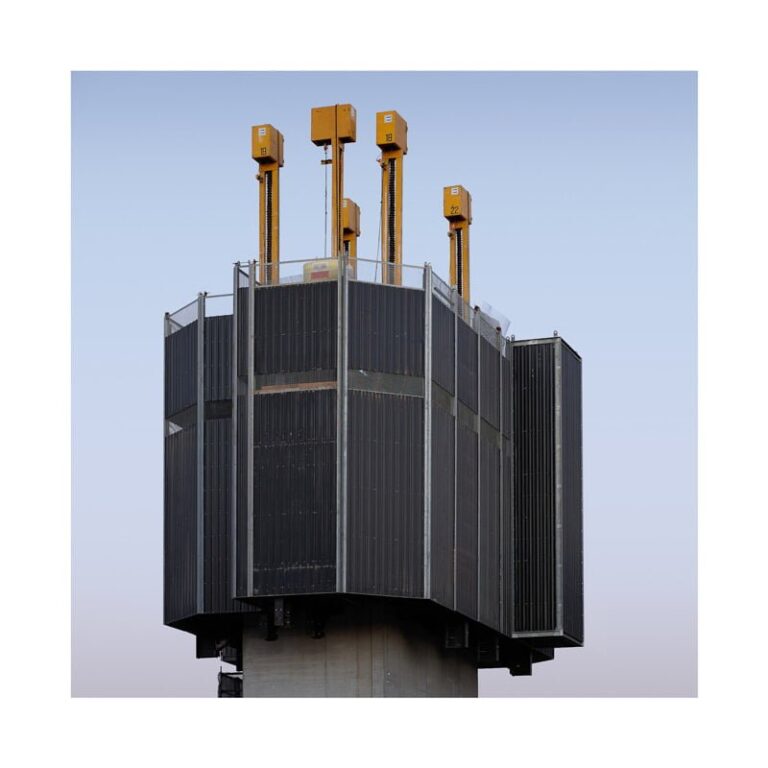
Jonah Ritchie
Transition to Adulthood, 2020
Skye Wagner
Opacity Shift, 2020
‘Opacity Shift’ is my MFA body of work completed at the start of 2020. In this collection of photographs, I have intended to destabilise the way people perceive familiar and often under-considered visual and material cultural forms. To create these photographs, I build large three-dimensional assemblages in the studio using a combination of objects, armatures, and printed images. These assemblages are photographed from various vantage points to confuse pictorial space and to produce the ‘appearance’ of digital software effects. The objective is to play with the depictive capacities of photography to highlight the constructed nature of image-making.
The photographs are filled with an array of incongruous yet everyday content such as food, tools, human and non-human body parts, domestic products and stock imagery. Content which I have gleaned from online image searches, in second-hand books and within supermarket produce sections. The drive is to charge this mix of image-parts with the potential for movement, transformation and contextual reconfiguration. I imagine the photographic works as fragments from one accumulating image; not serialised units but rather dissections from an undisciplined image flow. This is a relational response to the linked and mutable quality of contemporary digital image ecologies.
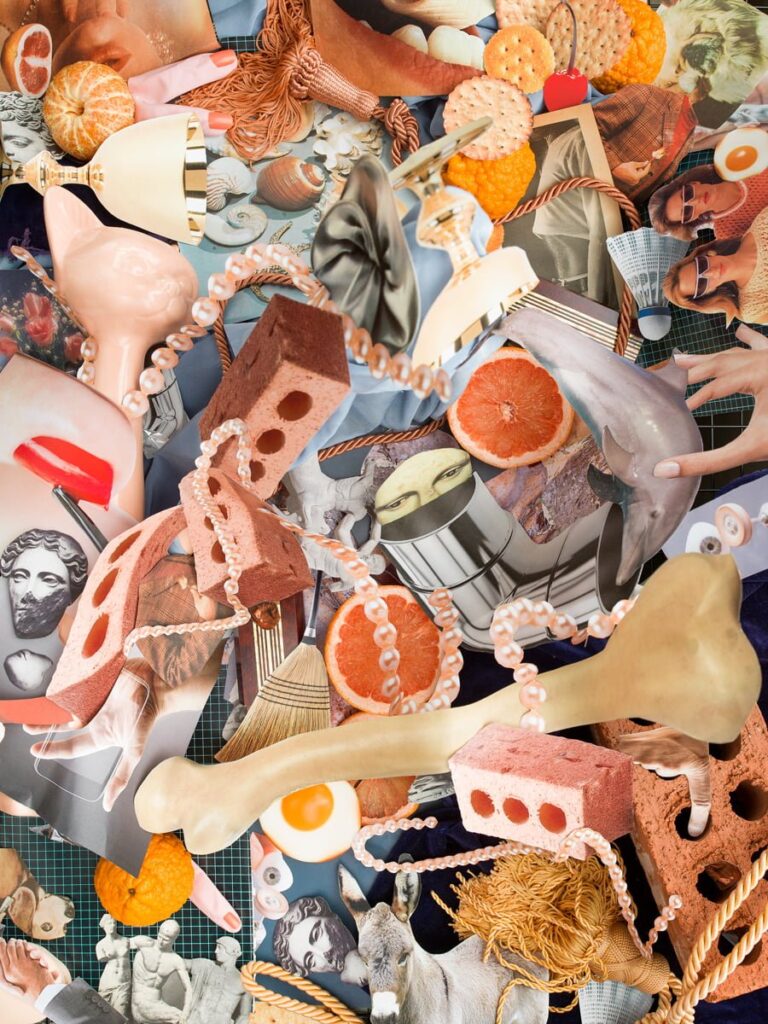
Skye Wagner
Golden Chalice Egg Yolk Seashells, 2020
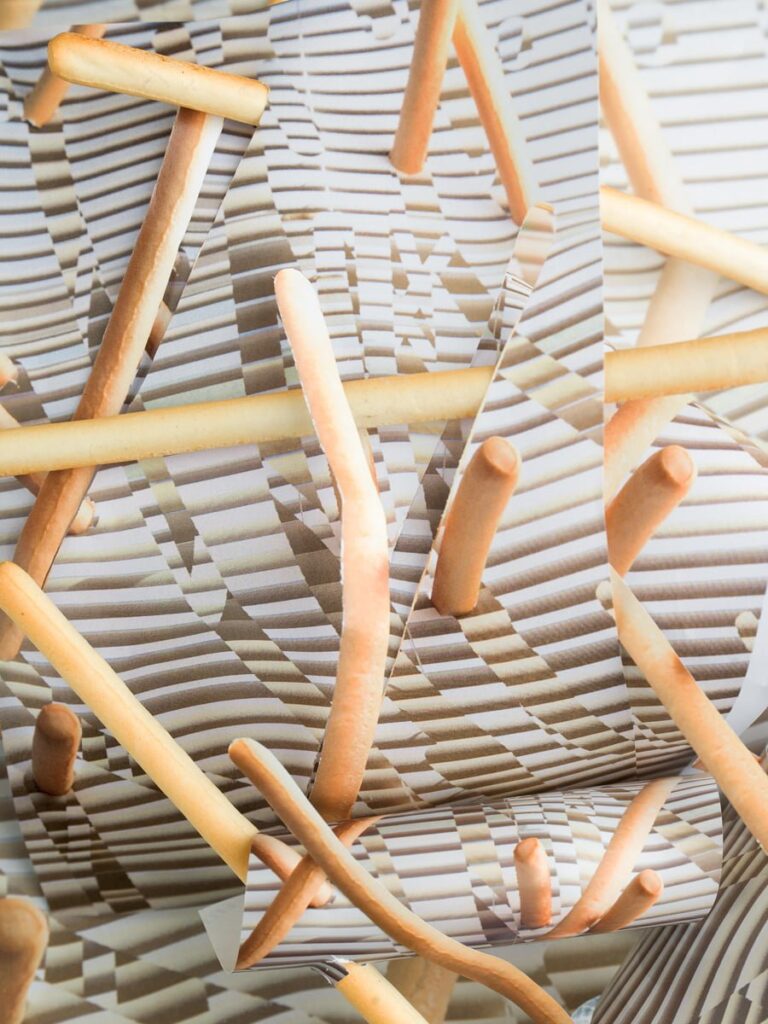
Skye Wagner
Breadsticks Cream Stripes, 2020
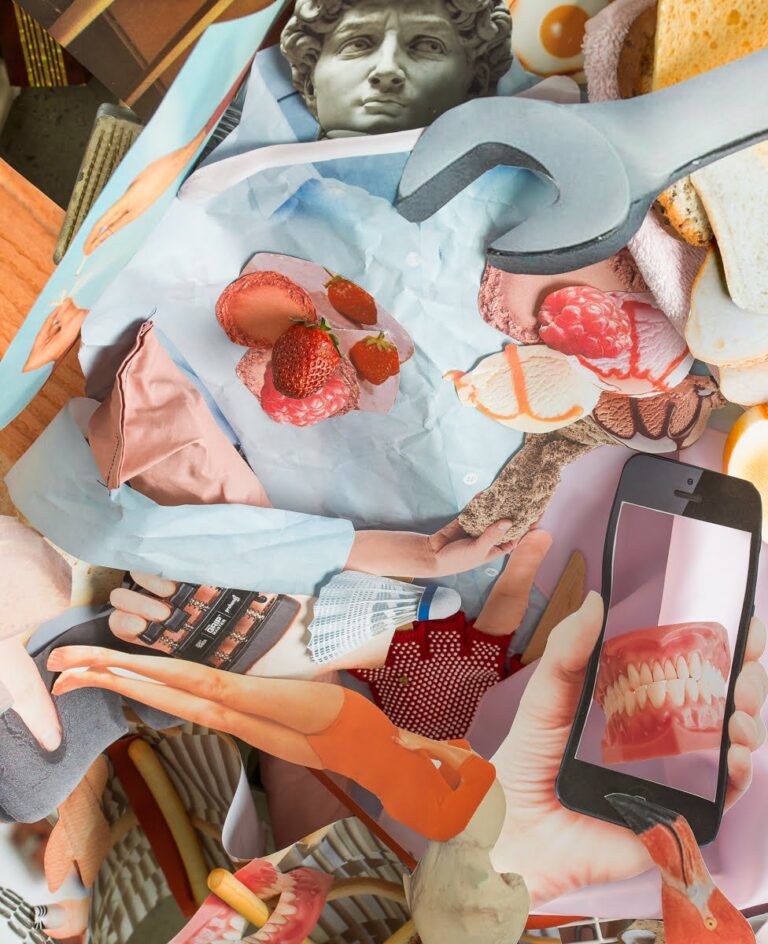
Skye Wagner
Flamingo Smile Bandaids Breadsticks, 2020
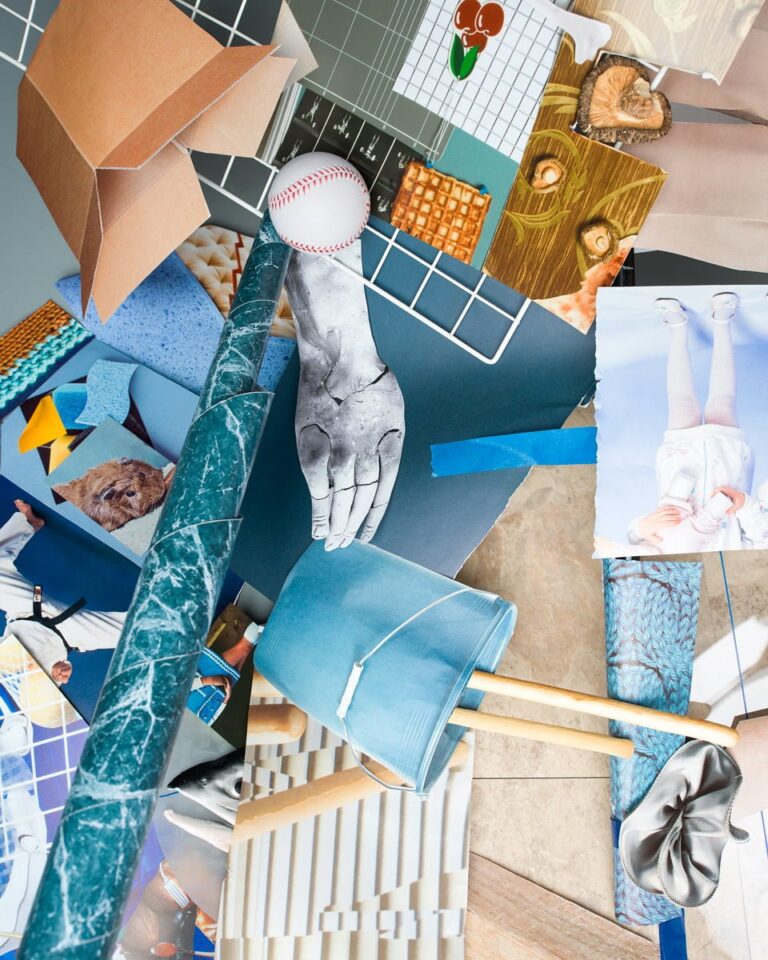
Skye Wagner
Bucket Spill Baseball Stone Hand, 2020
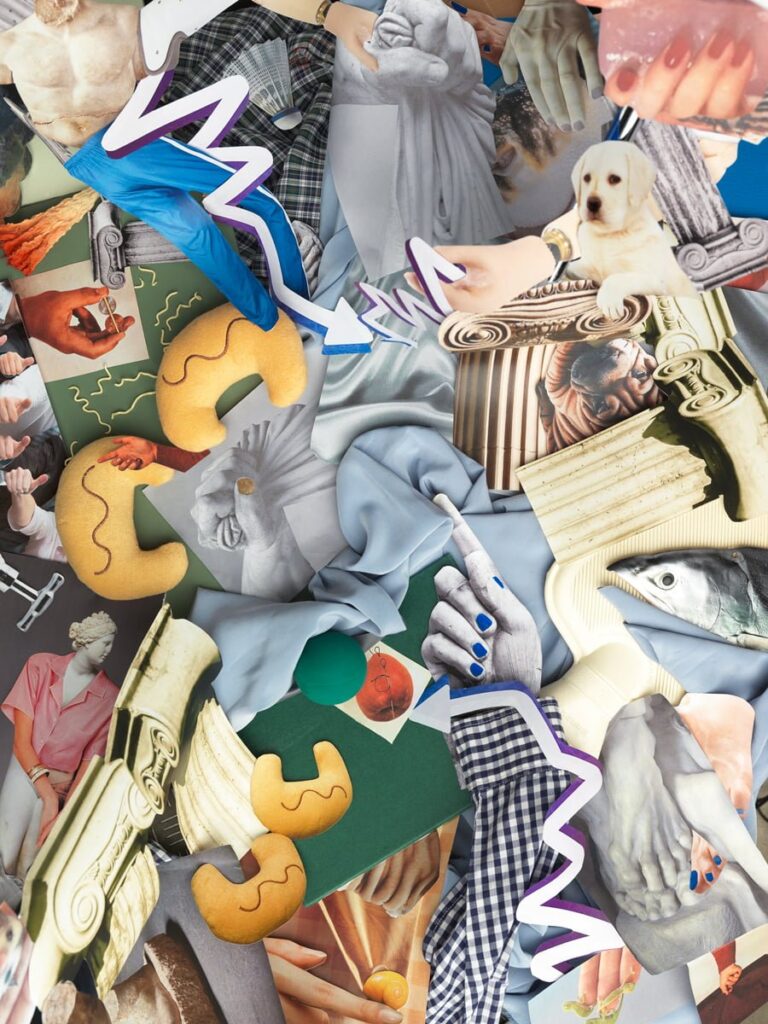
Skye Wagner
Pink Soap Apple Stitch Puppy Eyes, 2020
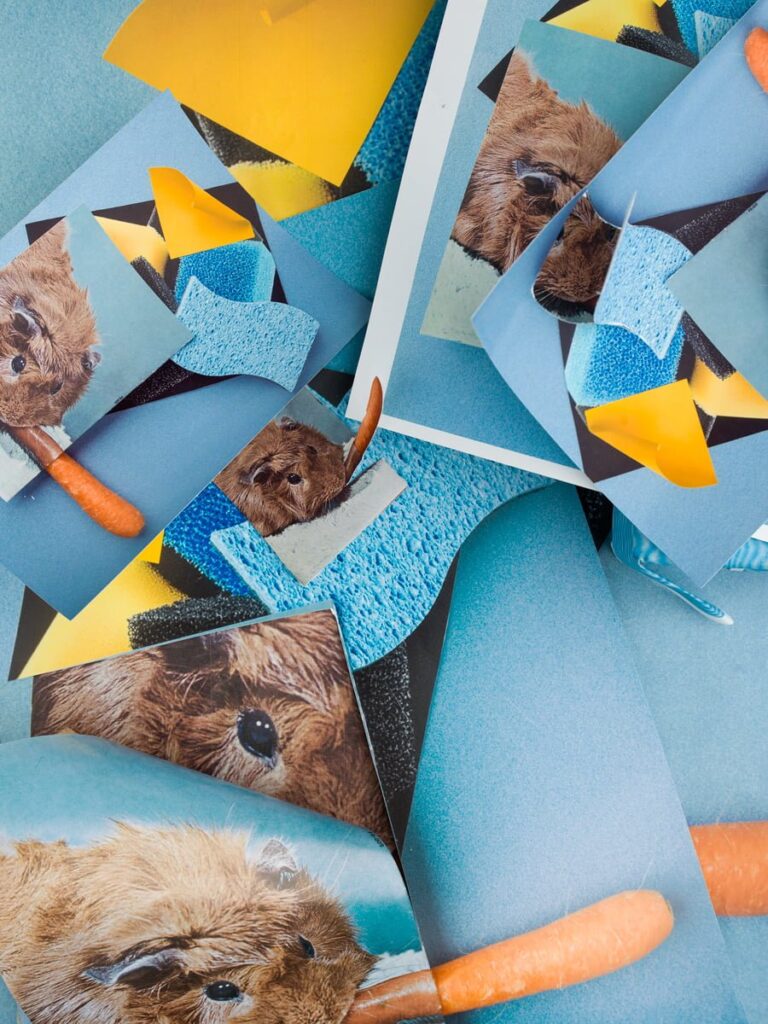
Skye Wagner
Guinea Pig Sticky Notes, 2020
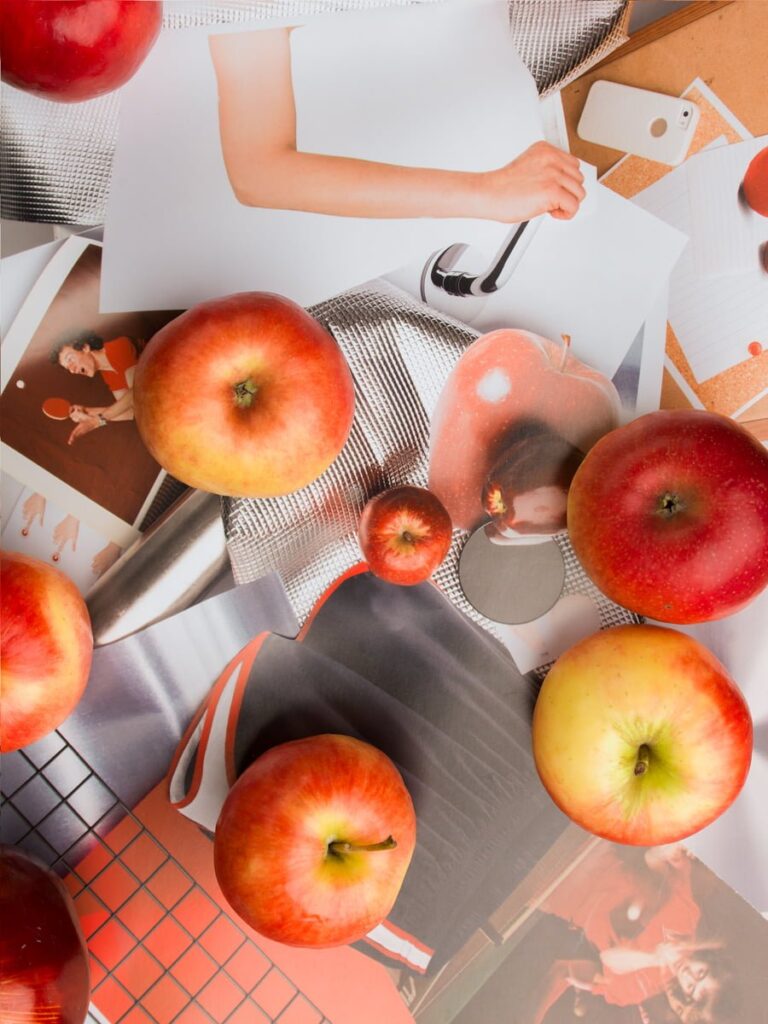
Skye Wagner
Red Apples Sport Shorts, 2020
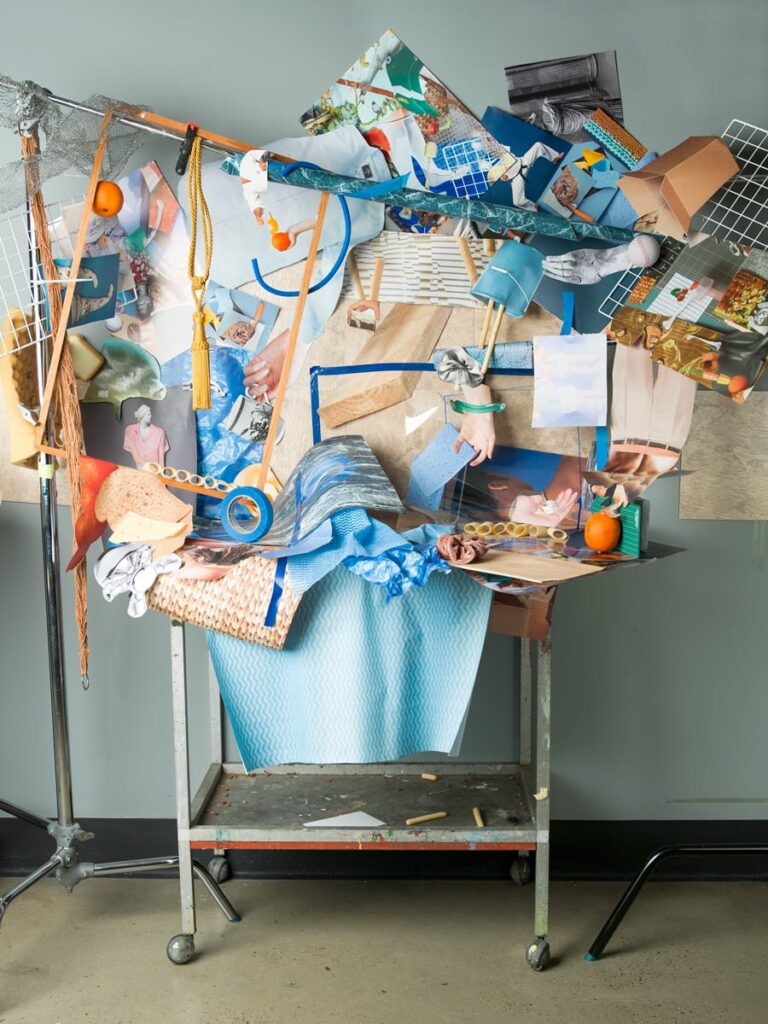
Skye Wagner
Trolley Load, 2020
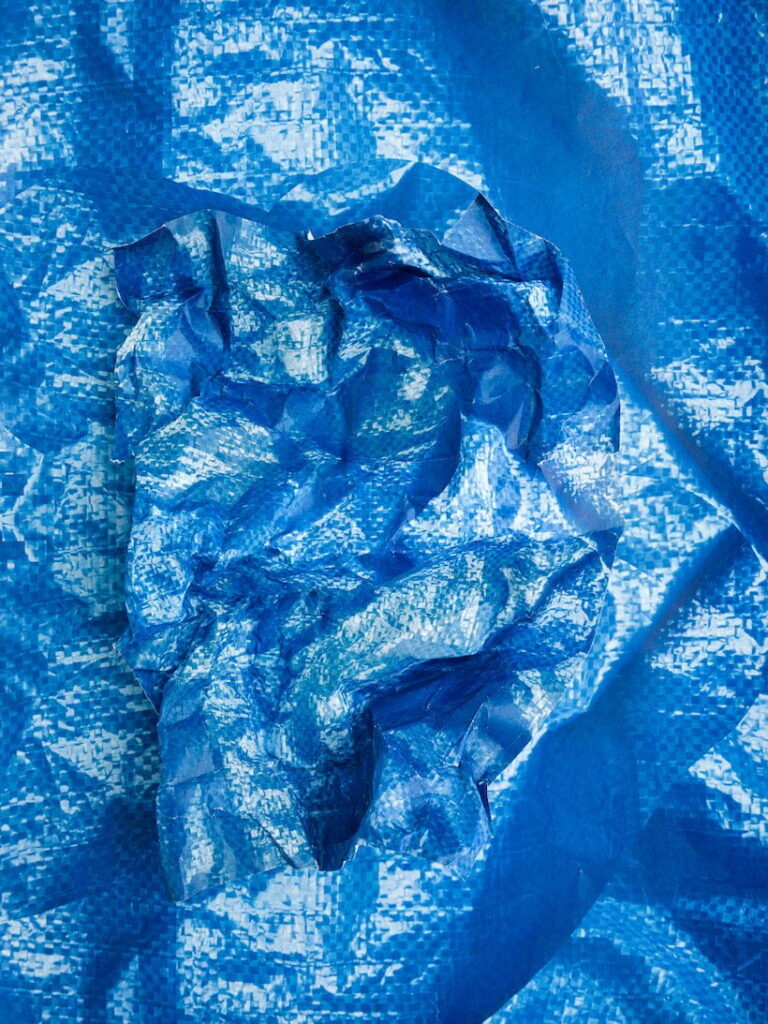
Skye Wagner
Blue Tarp, 2020
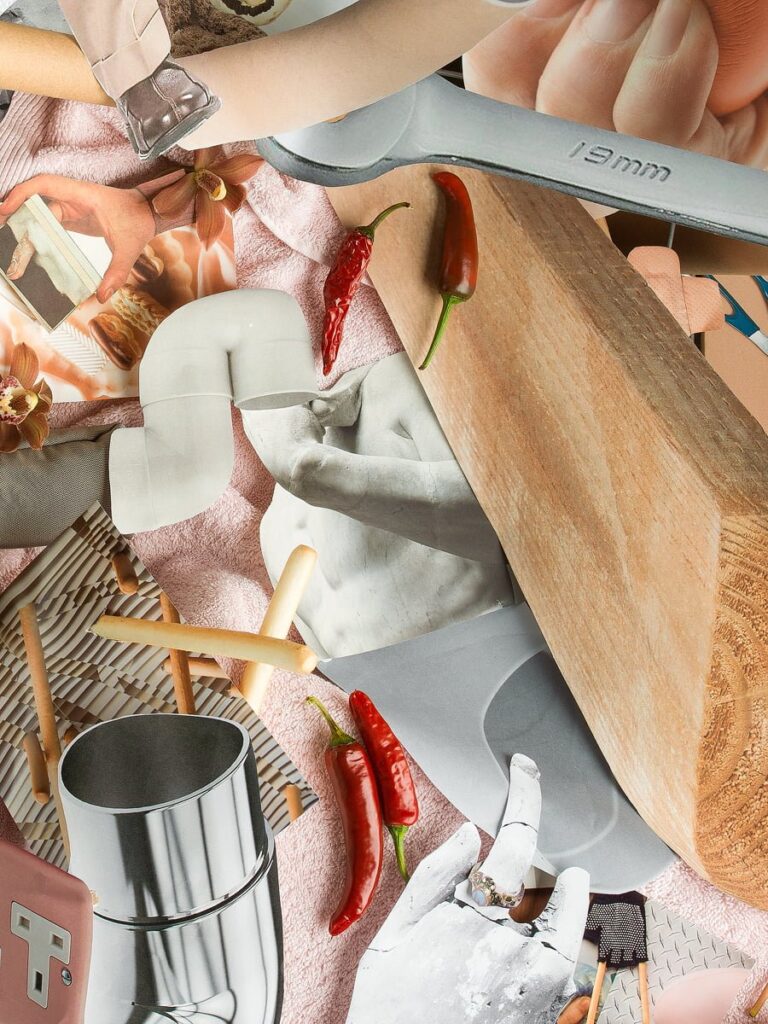
Skye Wagner
Chilli Pairs Chrome Pipe Stress Ball, 2020
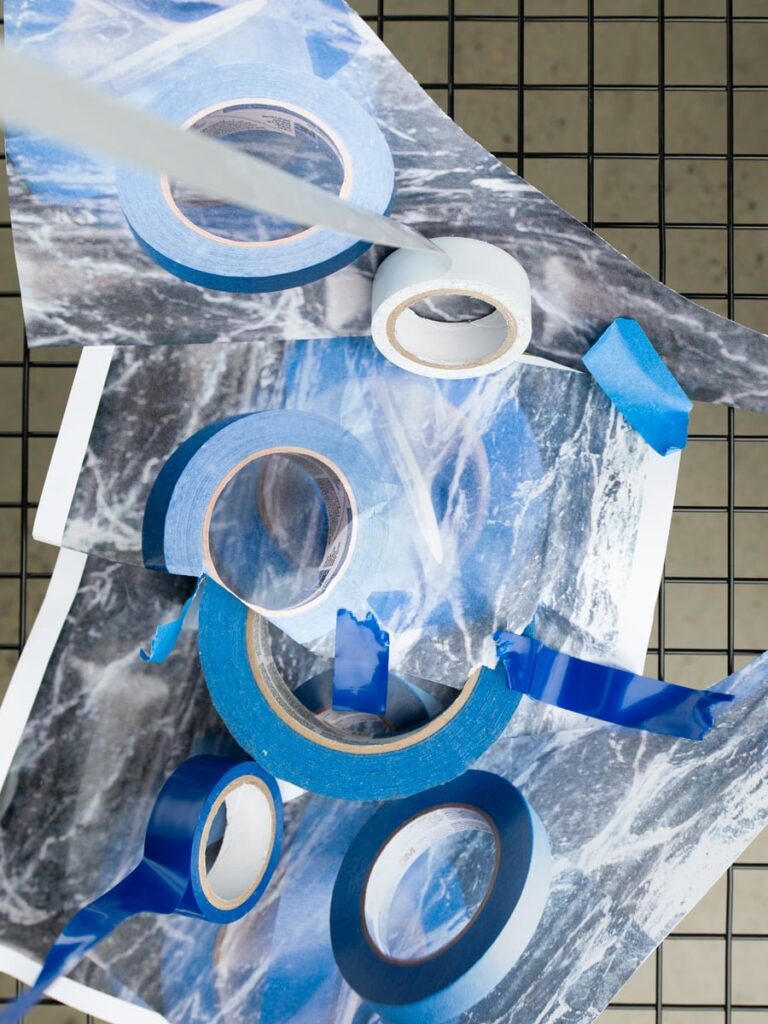
Skye Wagner
Black Grid Dusty Tape, 2020
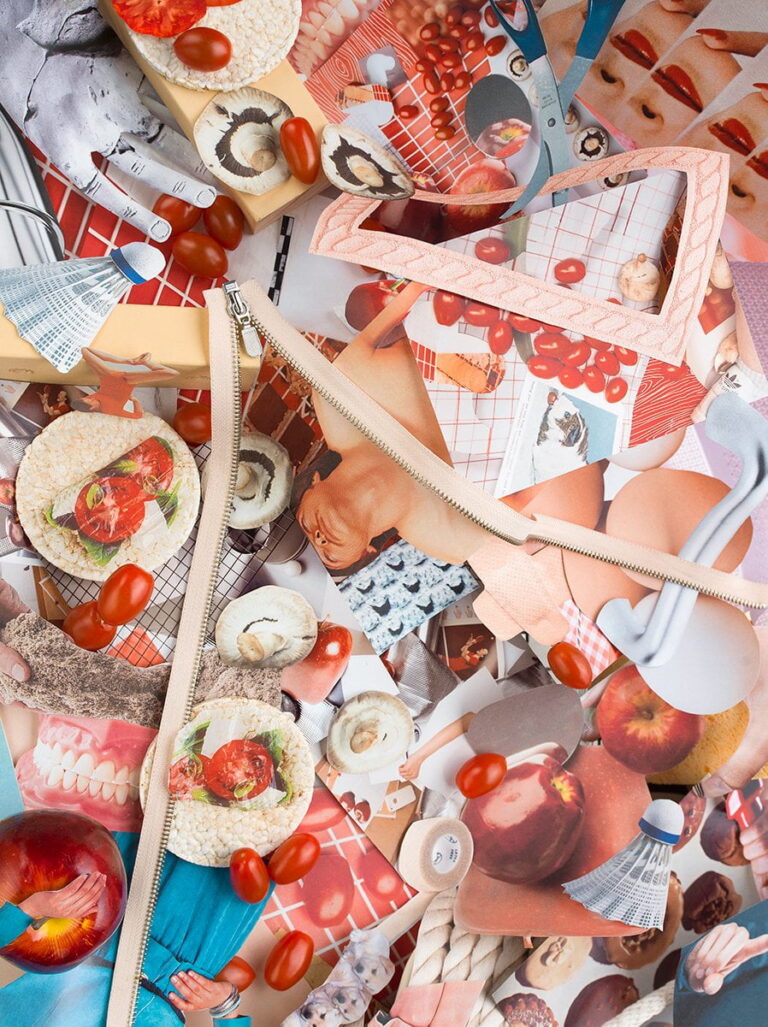
Skye Wagner
Cream Zipper Red Delicious Shuttlecock, 2020
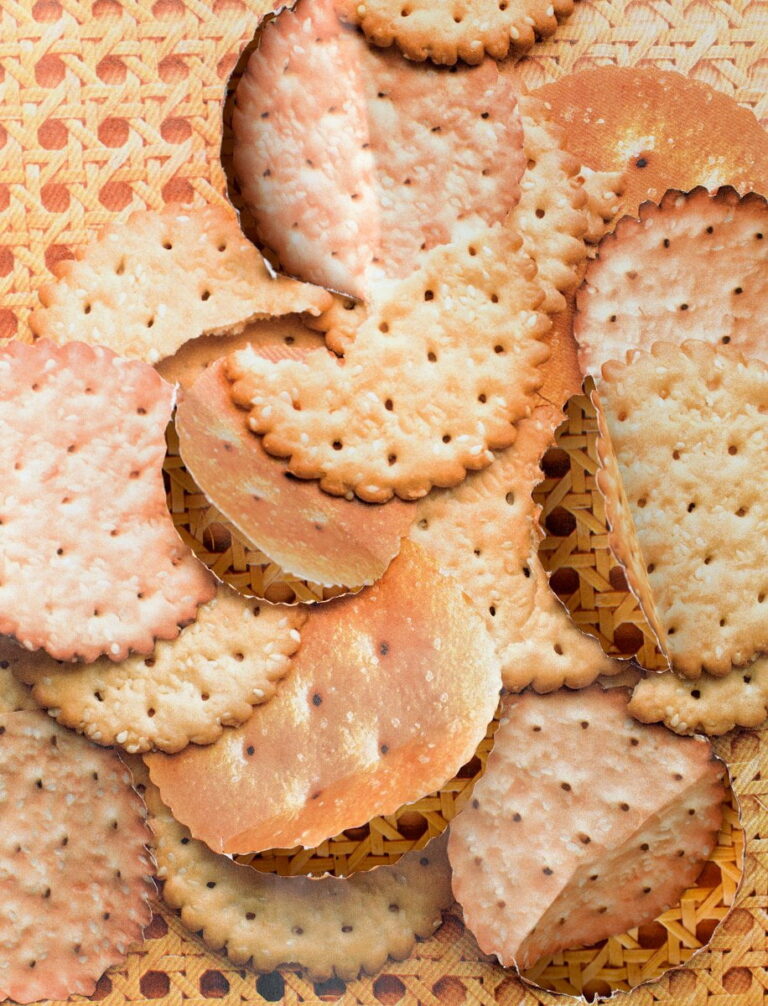
Skye Wagner
Folded Crackers Woven Cane, 2020
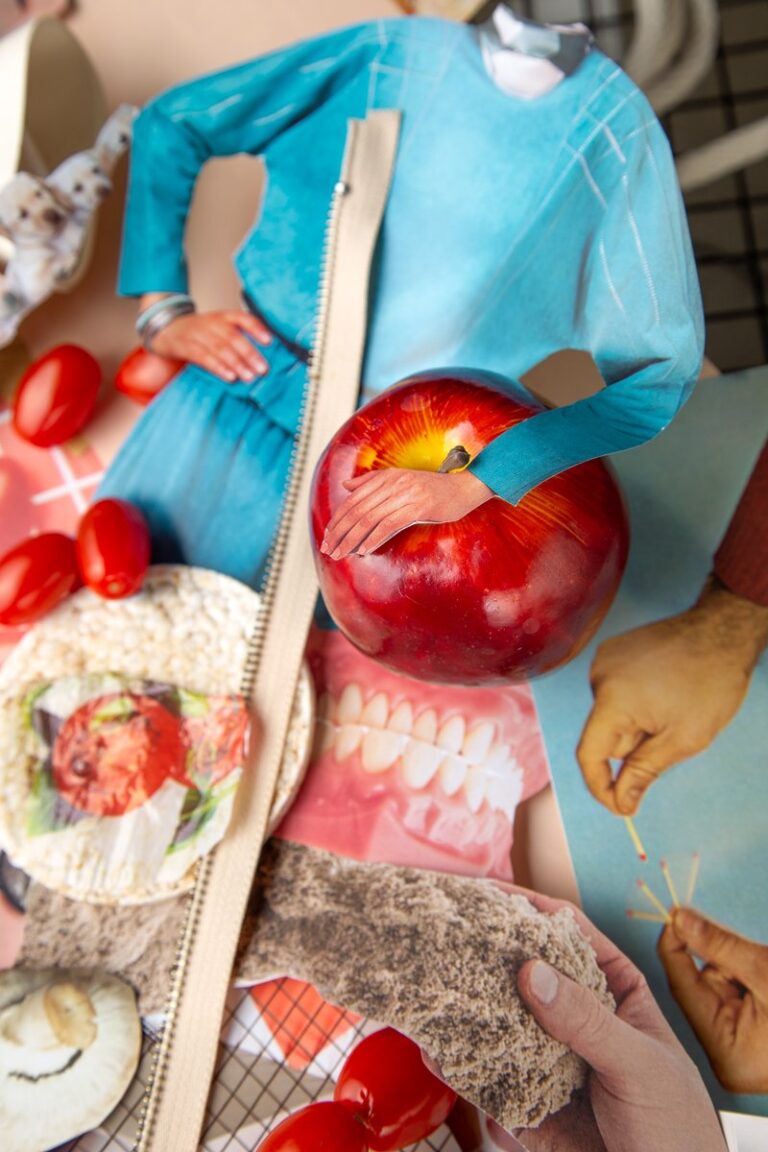
Skye Wagner
Sticky Sand Matchstick, 2020
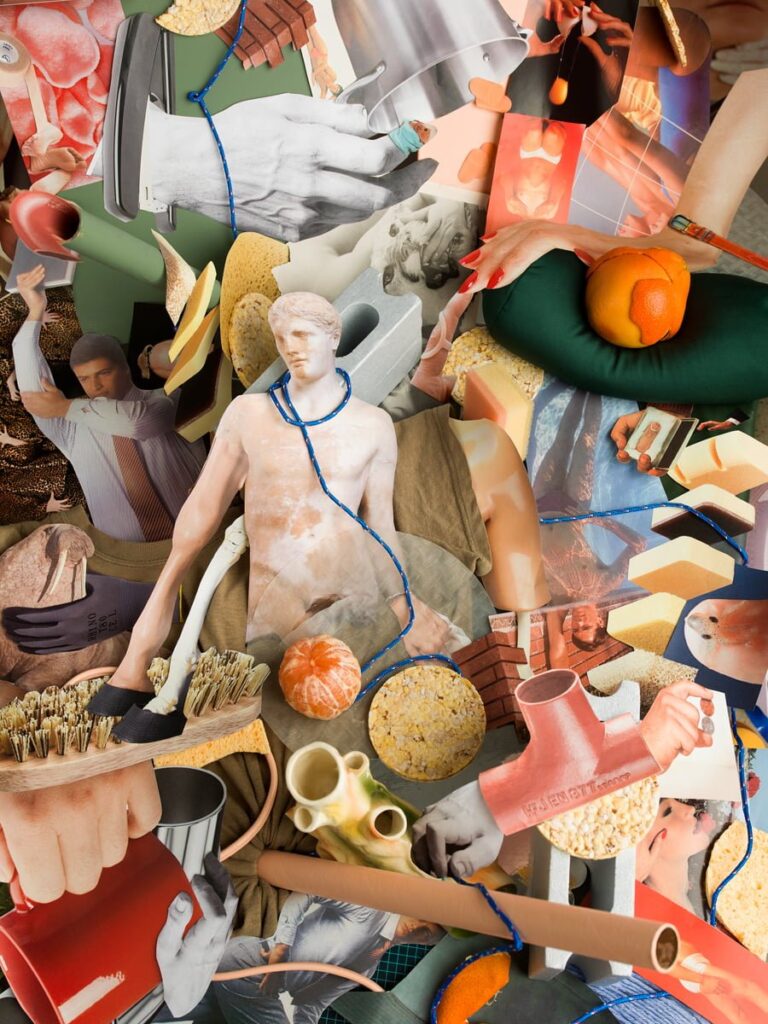
Skye Wagner
Rhino Glove Elbow Joint Corn Cakes, 2020
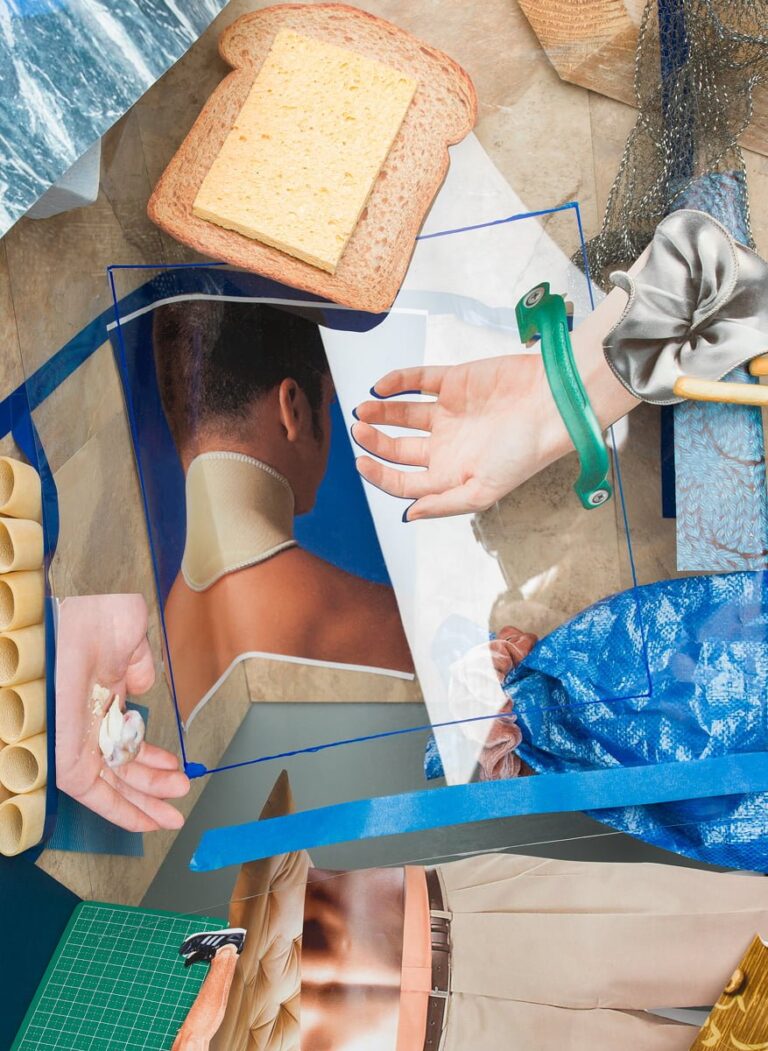
Skye Wagner
Beige Trousers Bread Slice Neck Brace, 2020
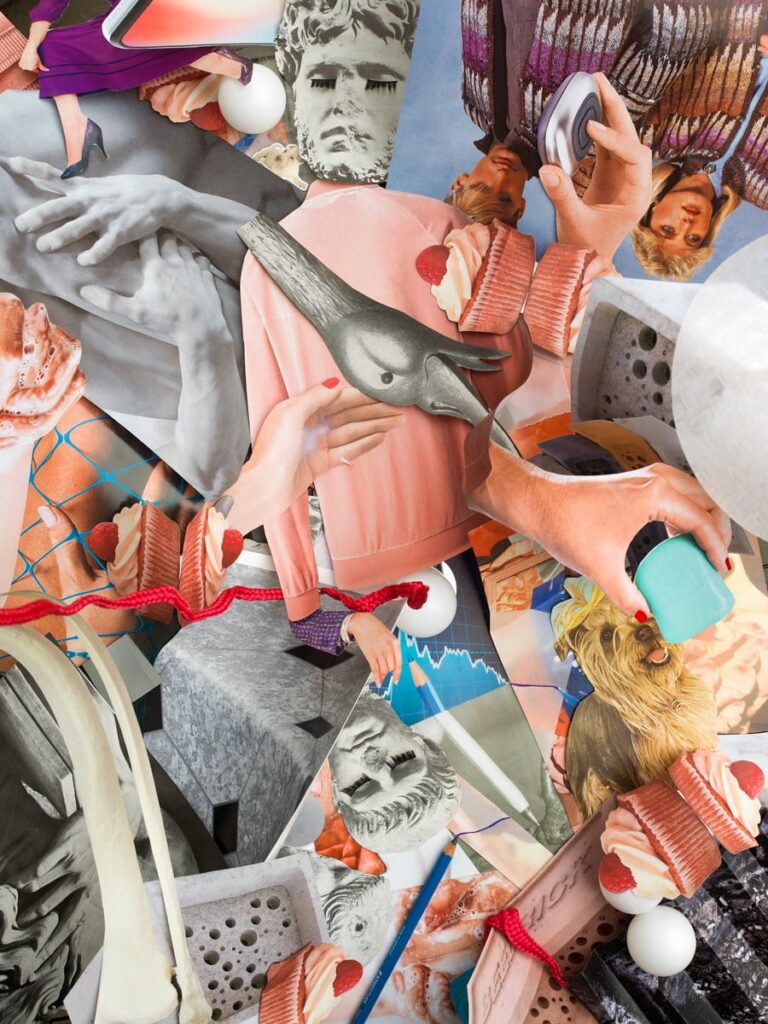
Skye Wagner
Fake Lashes Shin Bone Marble Touch, 2020
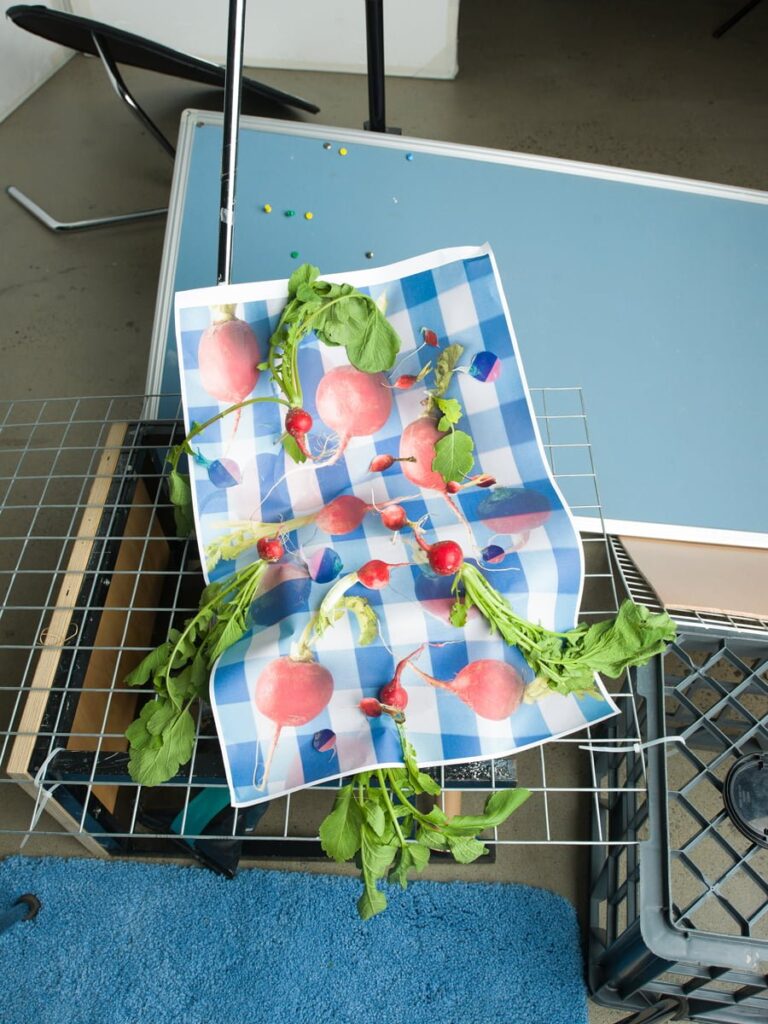
Skye Wagner
Blue Check Wilted Radishes, 2020
Anna Brooks
Spiral Staircase, 2020
This series is inspired by a spiral staircase at the Tasmanian Museum and Art Gallery. I became intrigued by the different forms that came to view as one moved up or down the staircase, and how the shapes changed from different angles. I also took delight in the way the light fell creating a juxtaposition of lights and darks. This series of digital photographs focuses on compositions of shapes and tones. I have cropped, altered brightness, and deleted some distracting objects to create these images. However, I have not rearranged or added any components. I have been inspired by the work of Edward Weston and Imogen Cunningham who both photographed objects with attention to lighting and composition to emphasise their sculptural forms.
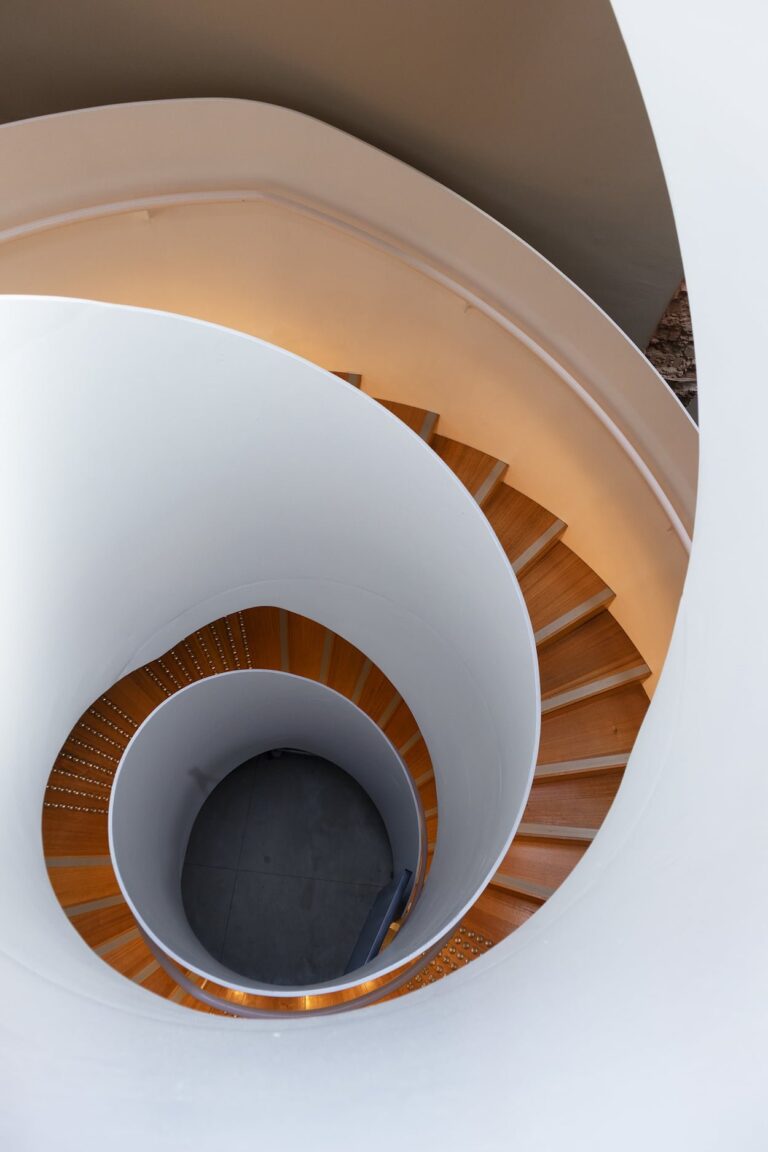
Anna Brooks
Spiral Staircase 1, 2020
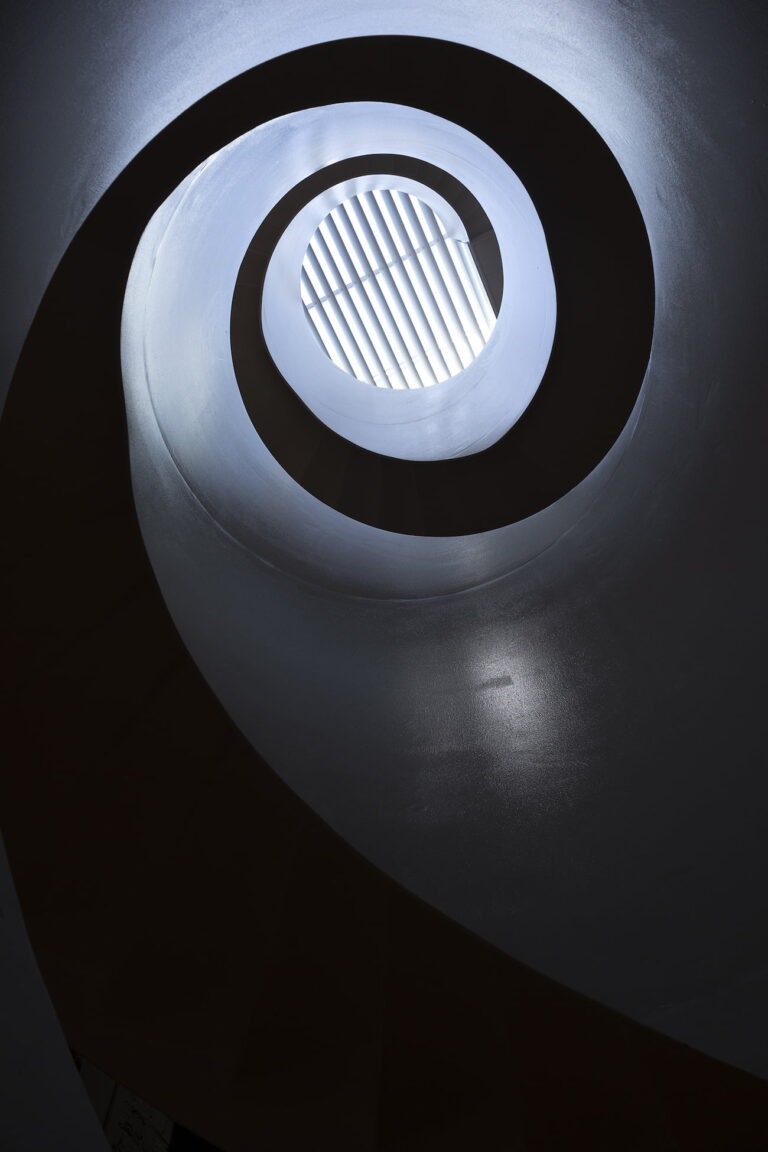
Anna Brooks
Spiral Staircase 2, 2020
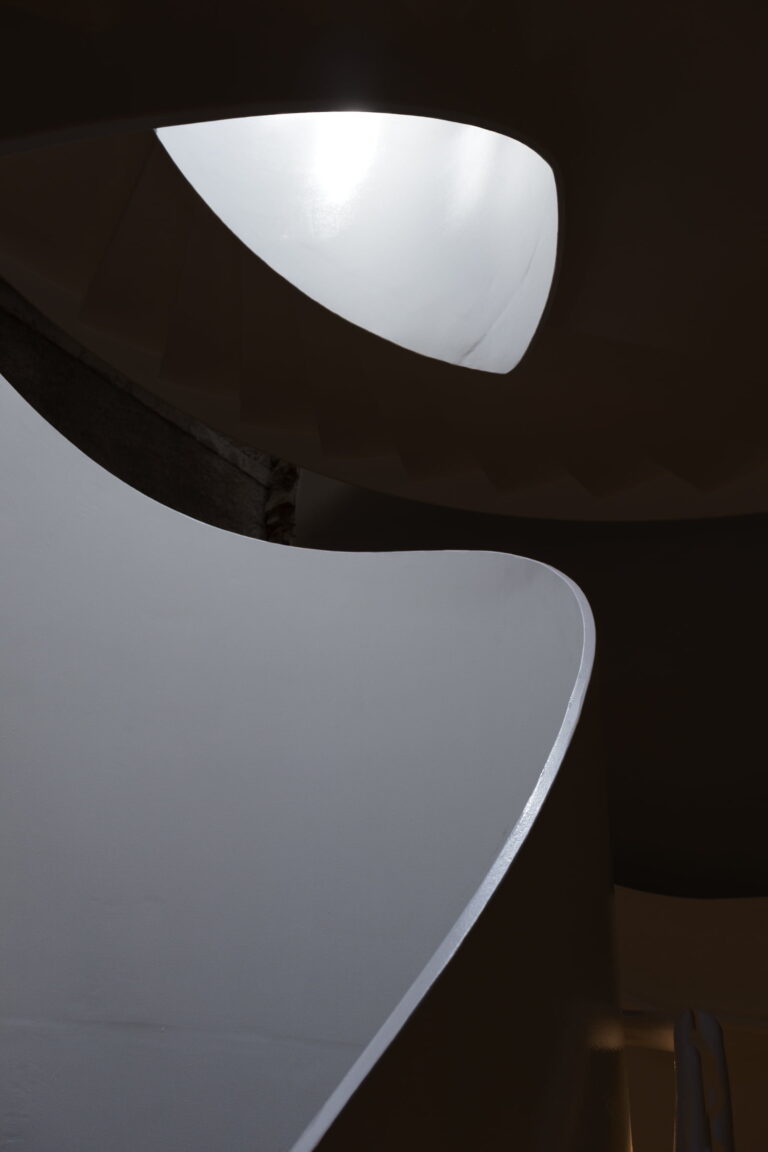
Anna Brooks
Spiral Staircase 3, 2020
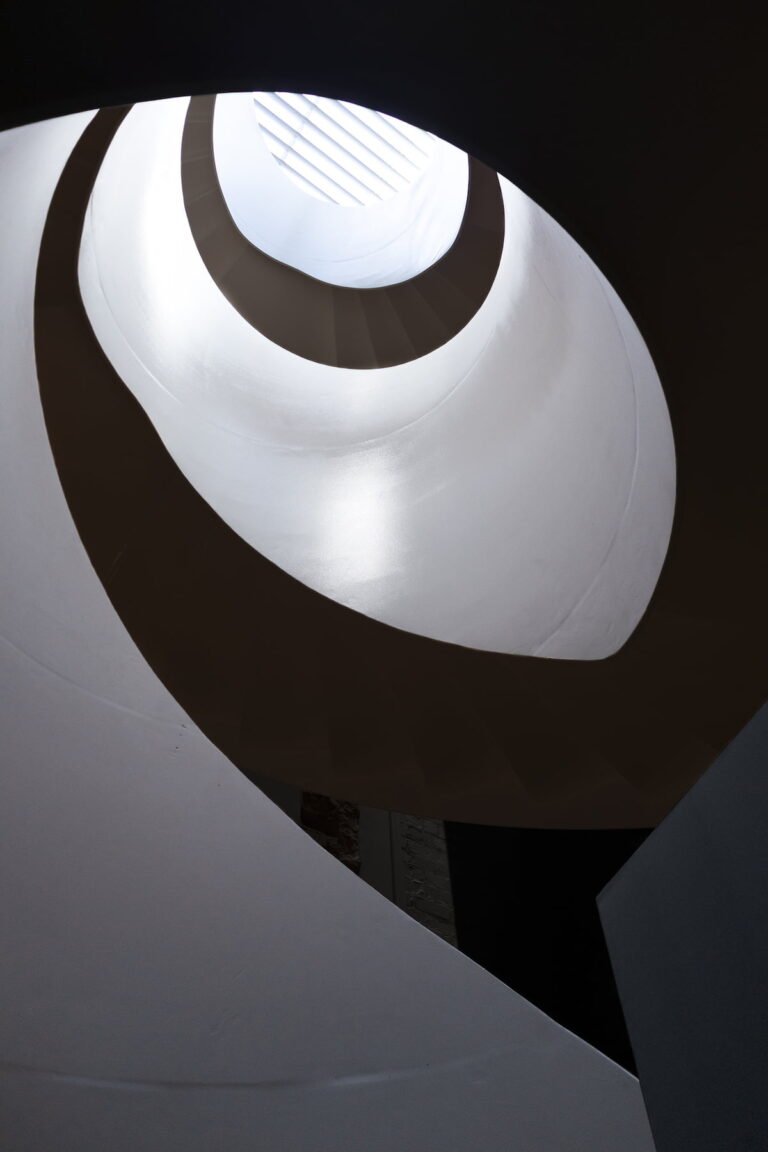
Anna Brooks
Spiral Staircase 4, 2020
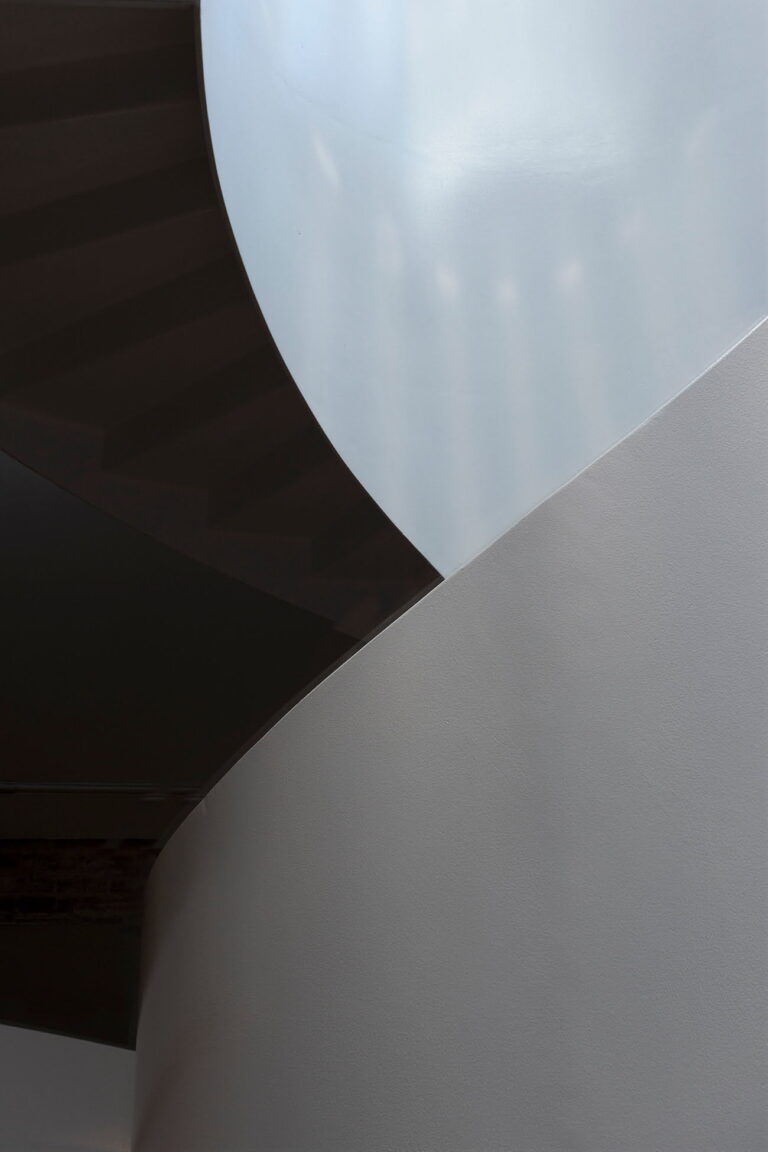
Anna Brooks
Spiral Staircase 5, 2020
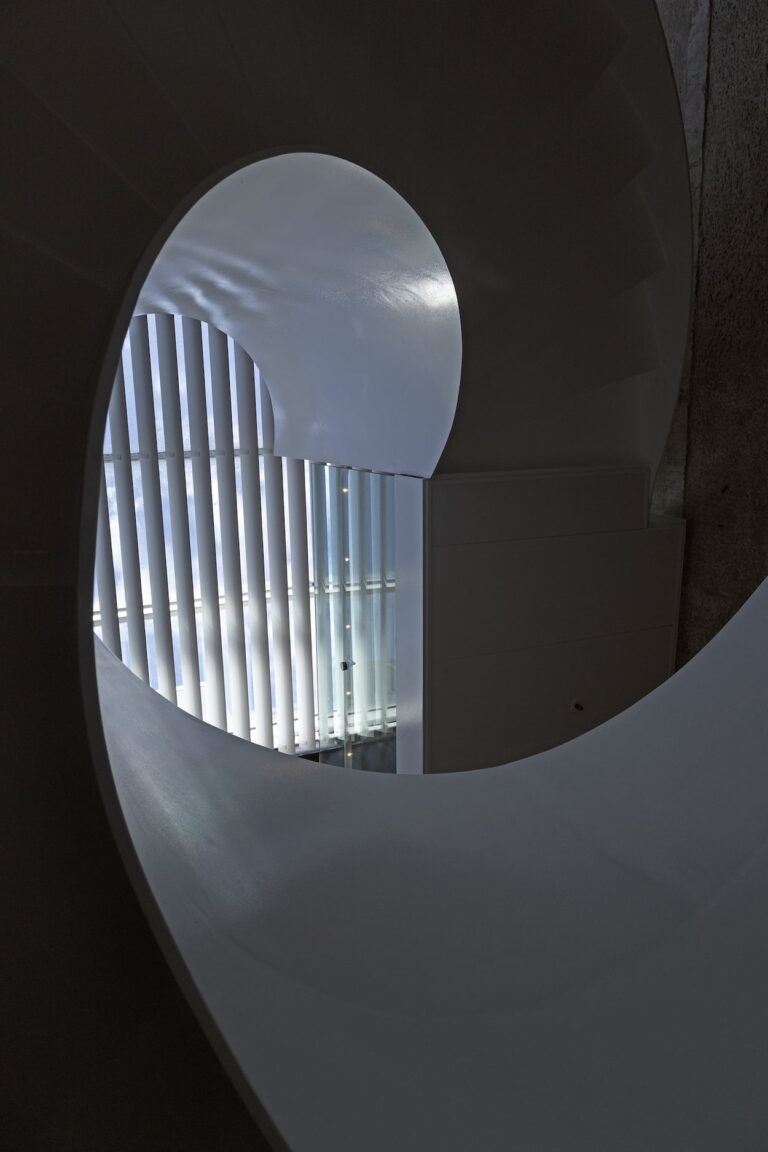
Anna Brooks
Spiral Staircase 6, 2020
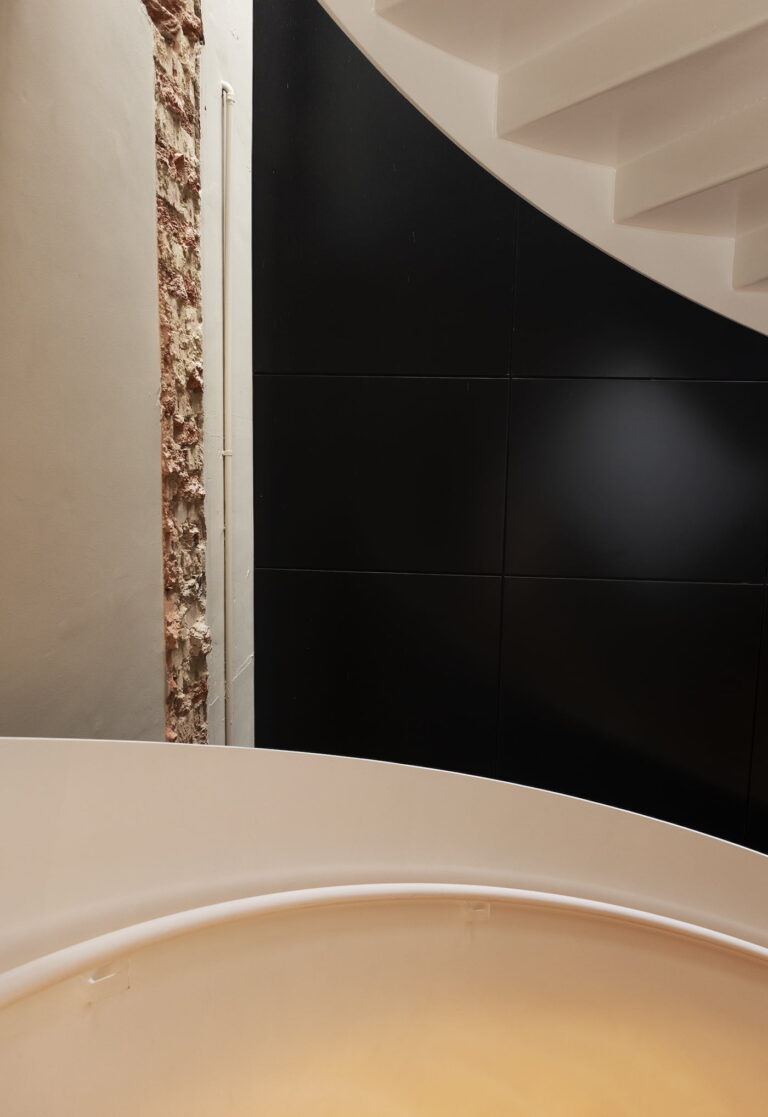
Anna Brooks
Spiral Staircase 7, 2020
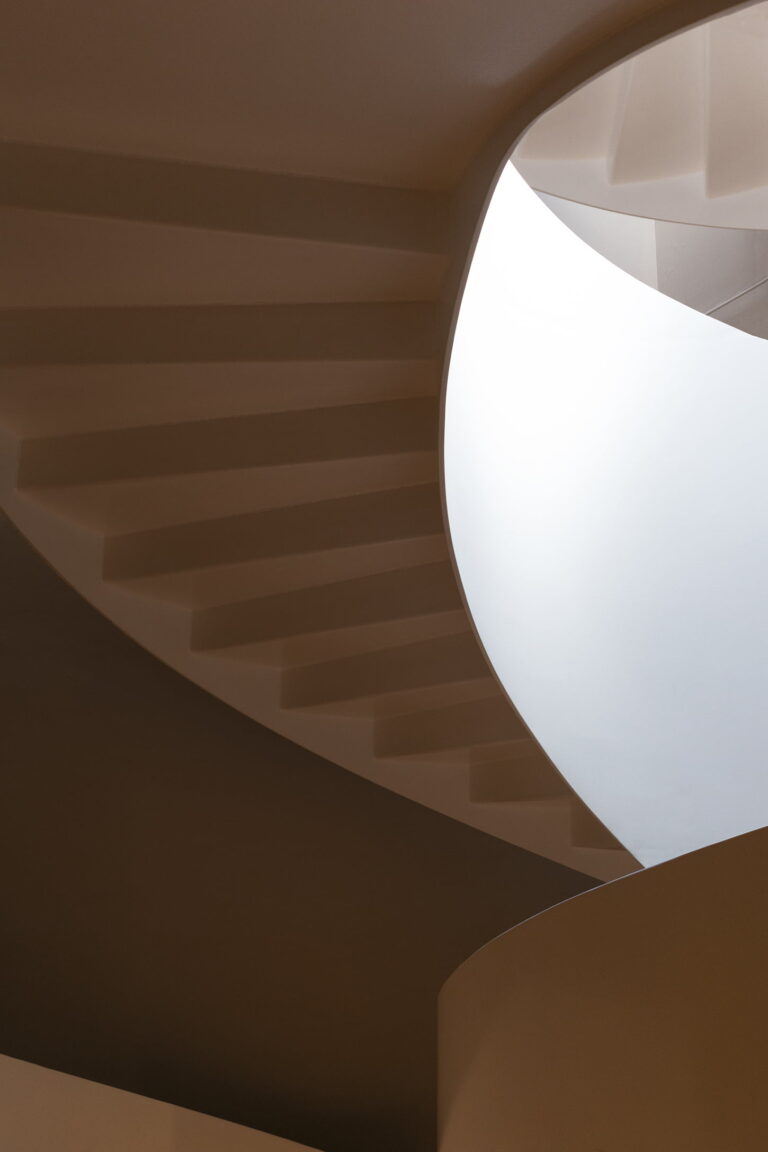
Anna Brooks
Spiral Staircase 8, 2020
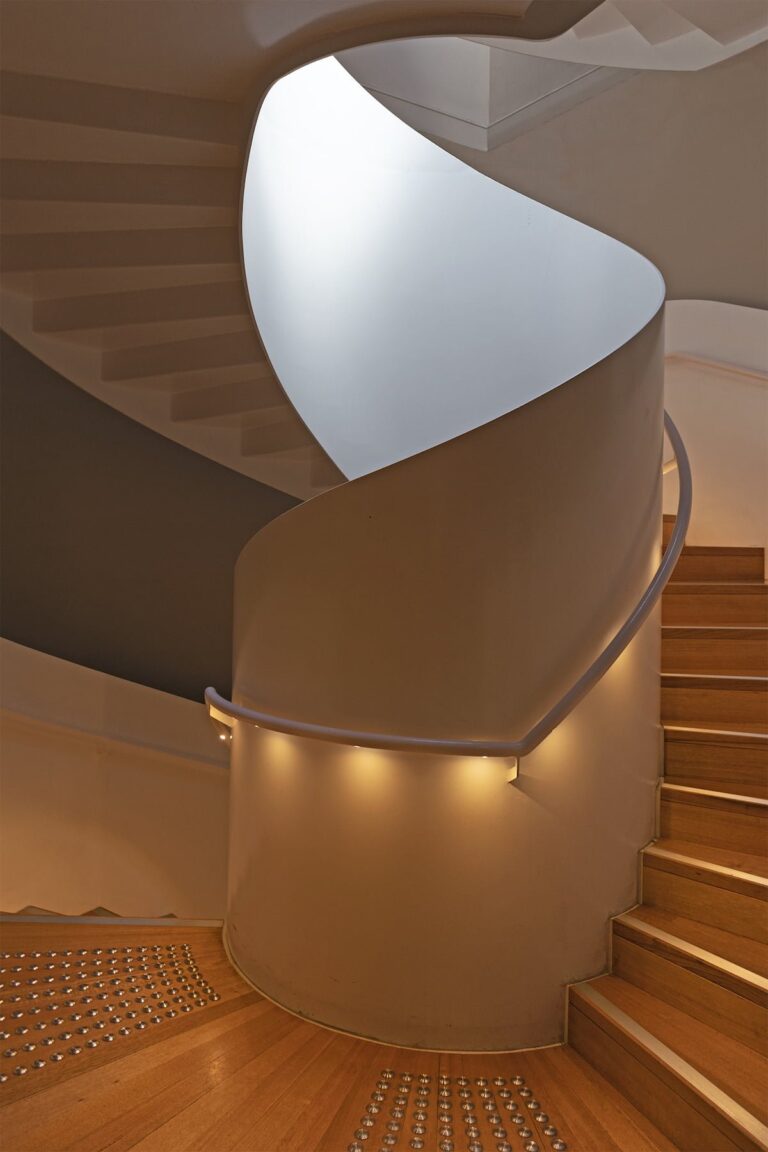
Anna Brooks
Spiral Staircase 9, 2020
Joshua Smith
Lignite, 2020
Lignite examines ecology and place in the modern industrial landscape of the Latrobe Valley – a landscape which has been shaped by decades of environmental discourse and mistreatment due to the region’s extended coal mining history. The mining of brown coal (lignite) was the Latrobe Valley’s lifeblood for generations, though its production and consumption not only benefitted the local economy but also inevitably cost the stability of human health and the environment.
The project observes the manifestations of human activity within the landscape; often juxtaposing the forms of built and natural sceneries with observations of subtle intricacies – found amongst the Latrobe Valley’s lesser explored fringes. Lignite engages its subject matter in an expanded documentary mode with a rhetoric that looks at human accountability within the spaces we occupy.
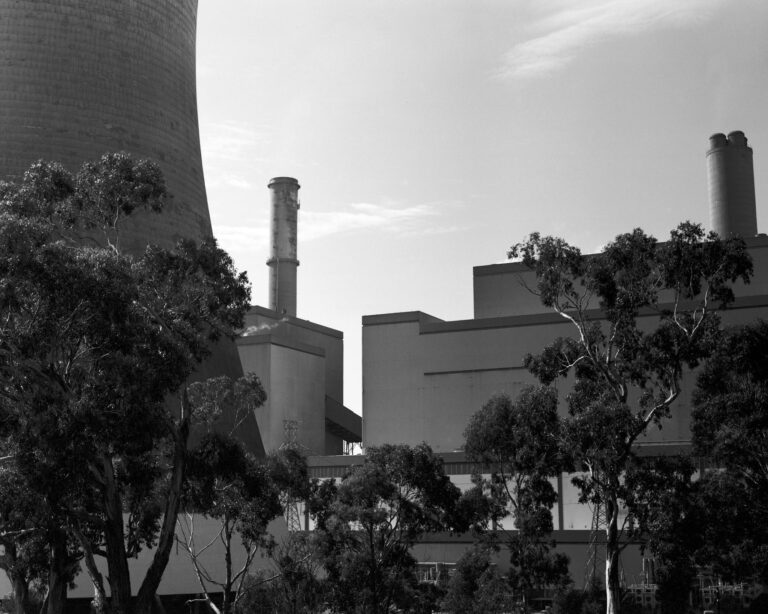
Joshua Smith
Lignite 1, 2020
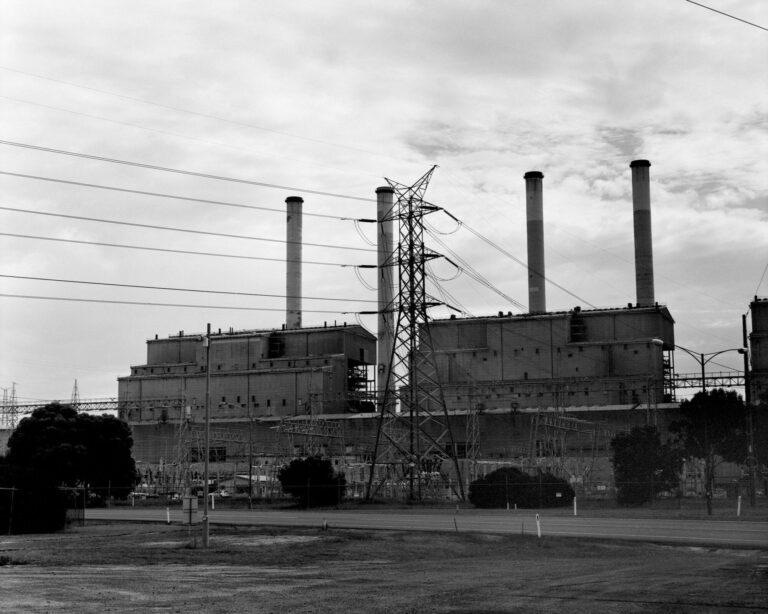
Joshua Smith
Lignite 2, 2020
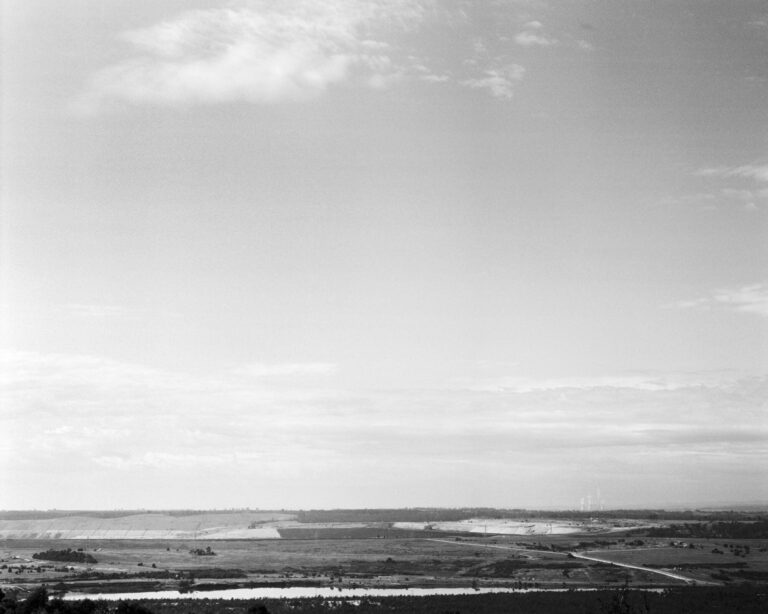
Joshua Smith
Lignite 3, 2020
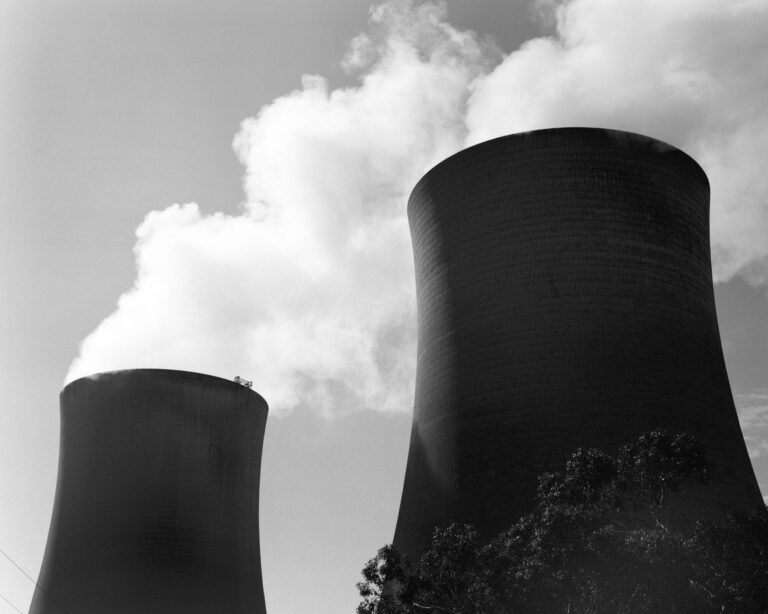
Joshua Smith
Lignite 4, 2020
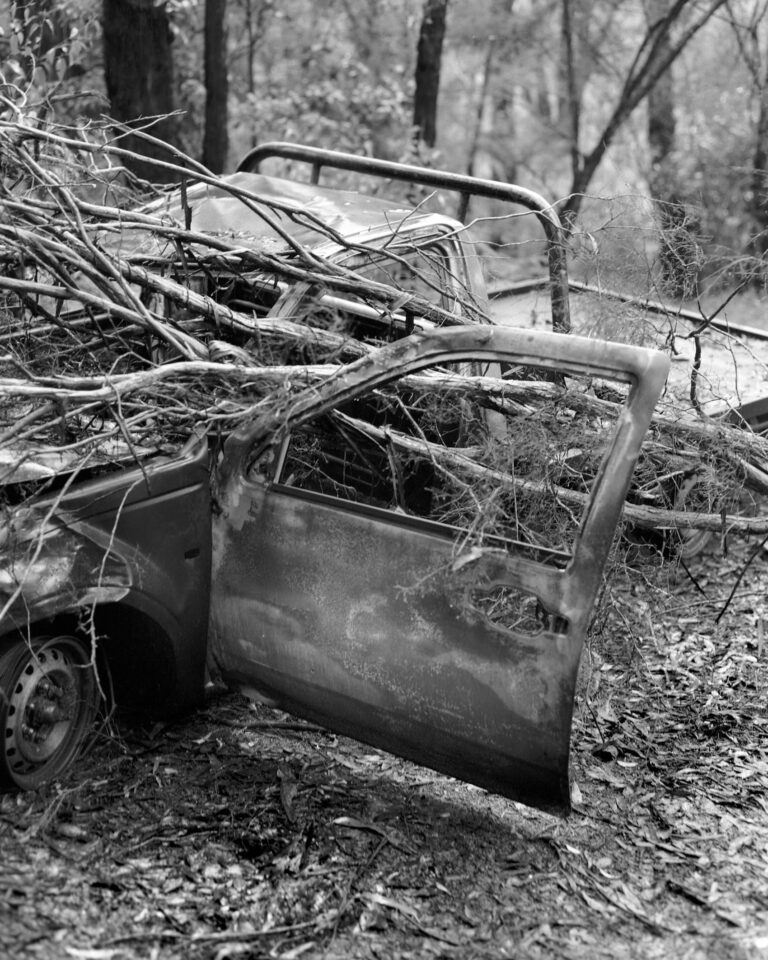
Joshua Smith
Lignite 5, 2020
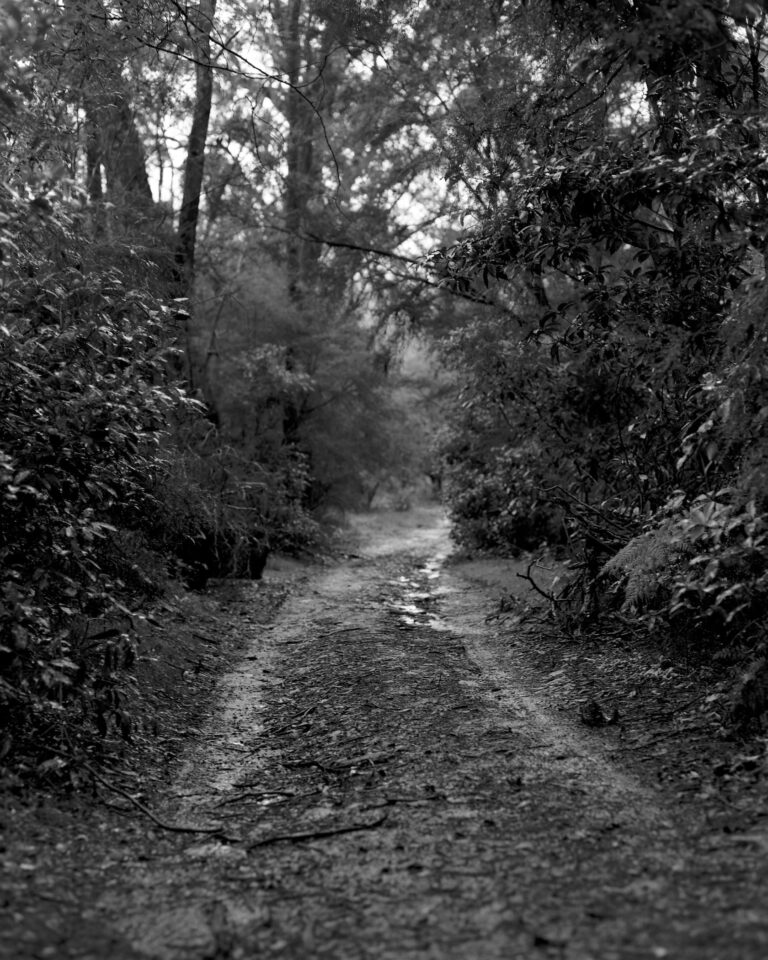
Joshua Smith
Lignite 6, 2020
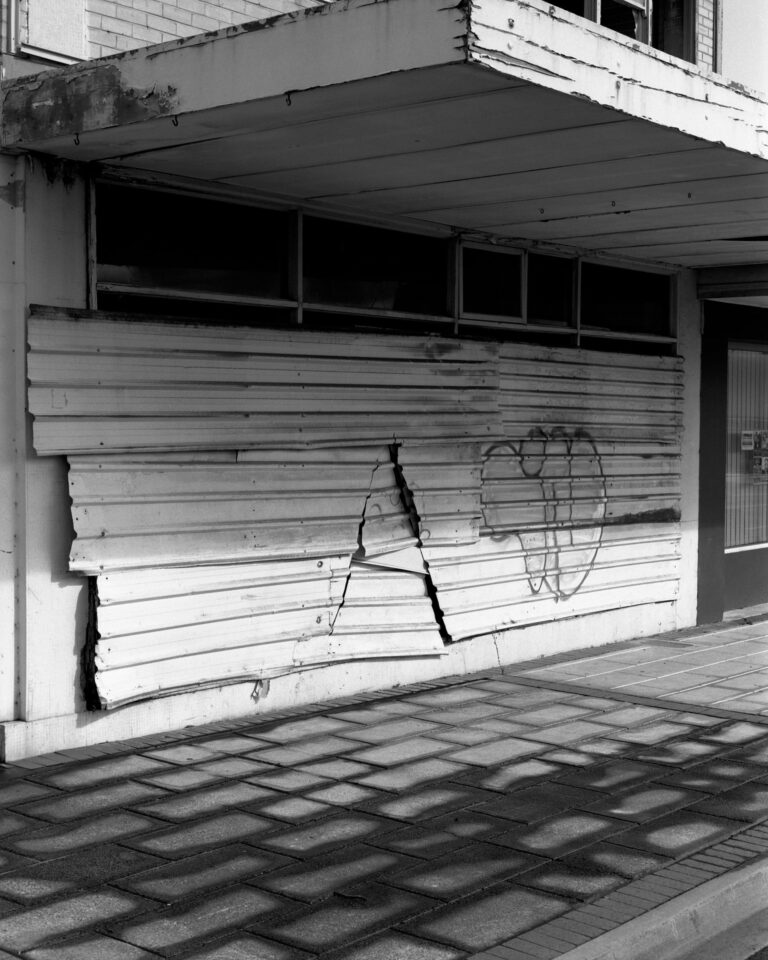
Joshua Smith
Lignite 7, 2020
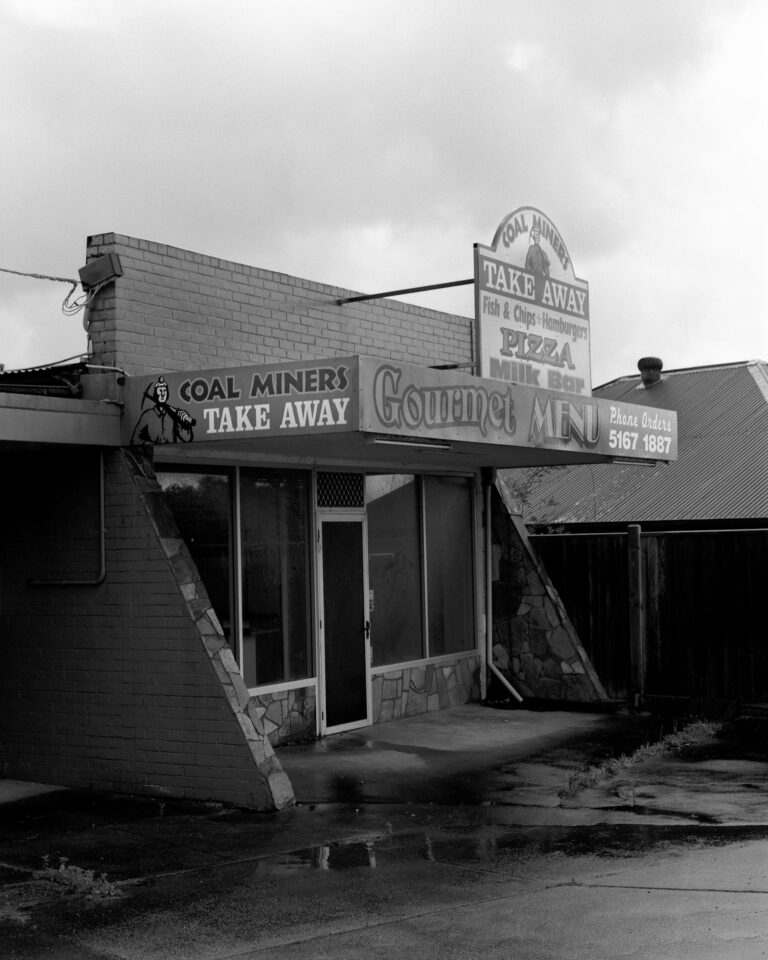
Joshua Smith
Lignite 8, 2020
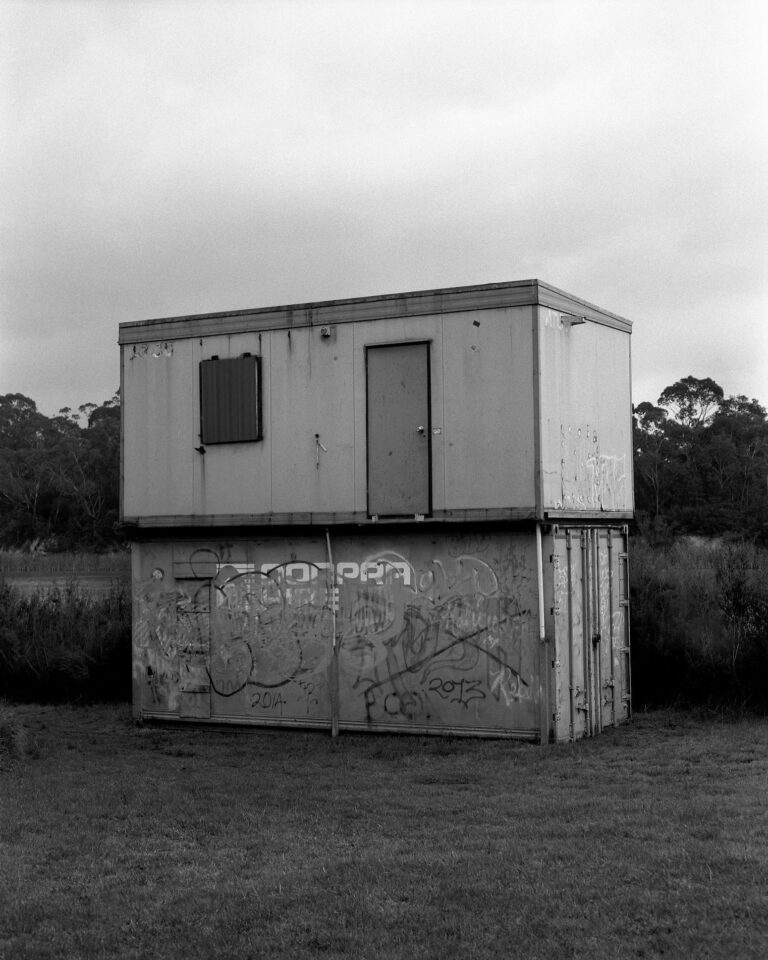
Joshua Smith
Lignite 9, 2020
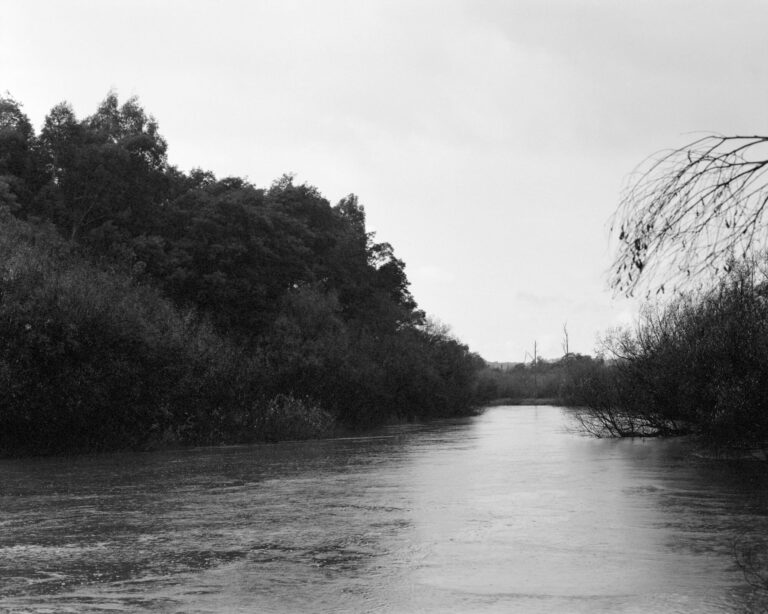
Joshua Smith
Lignite 10, 2020
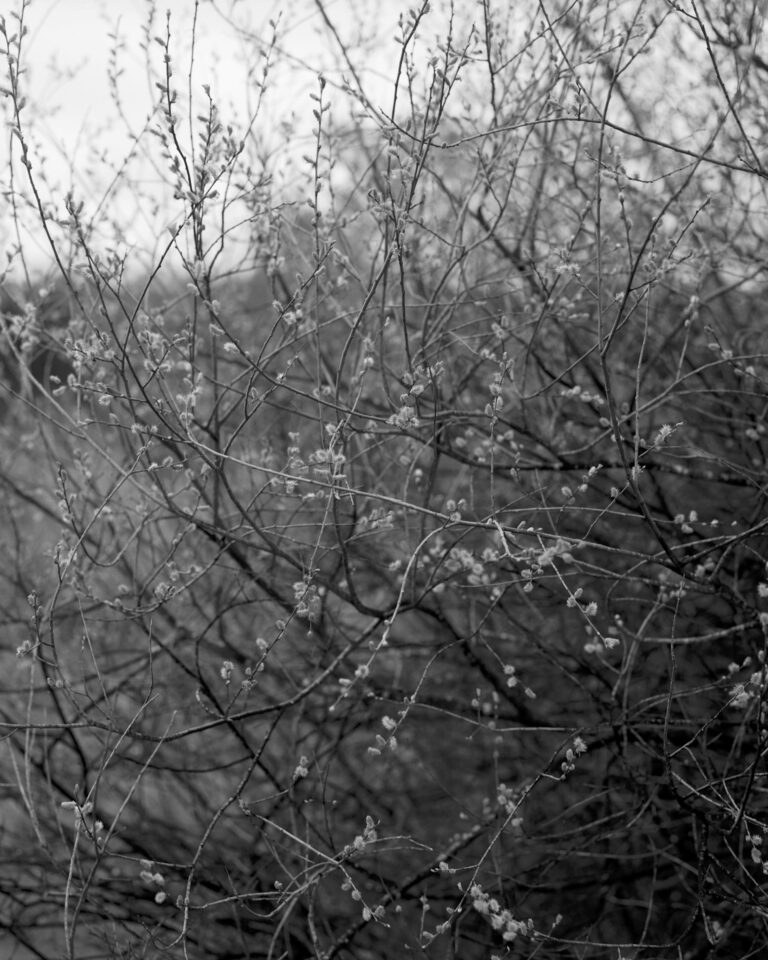
Joshua Smith
Lignite 11, 2020
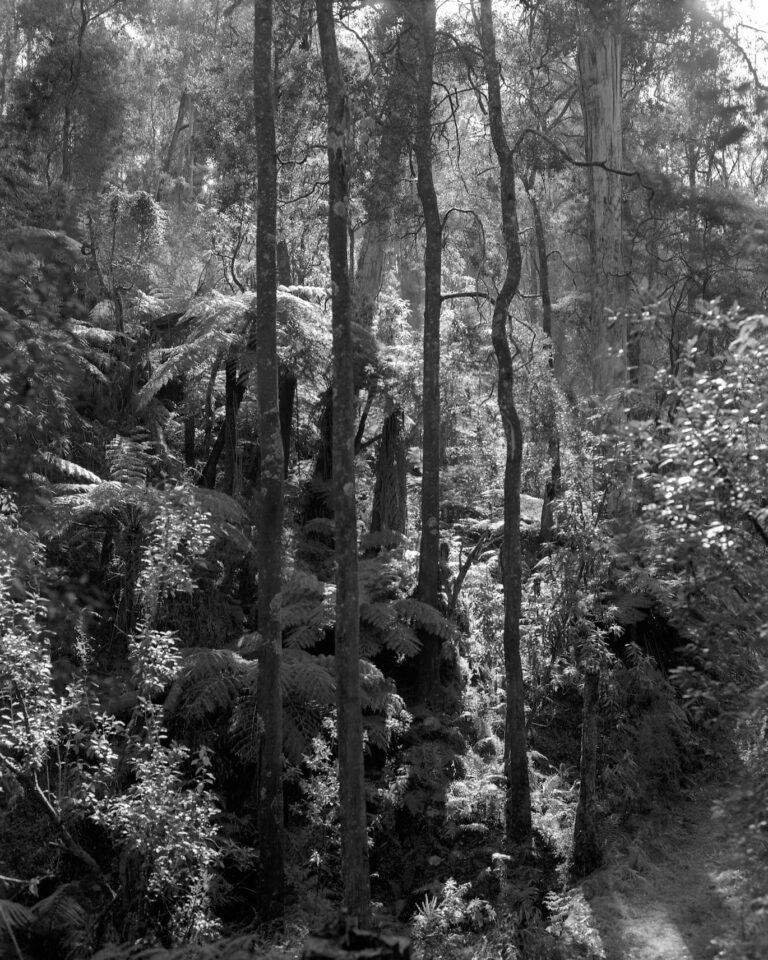
Joshua Smith
Lignite 12, 2020
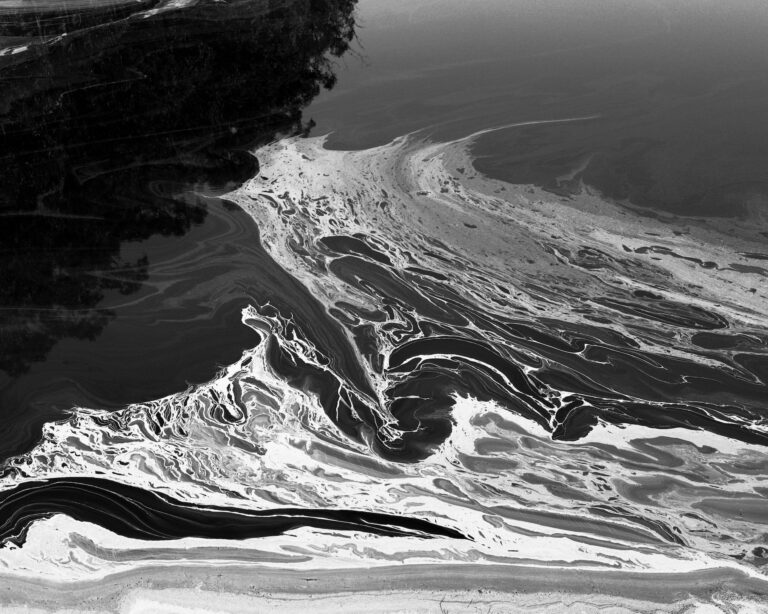
Joshua Smith
Lignite 13, 2020
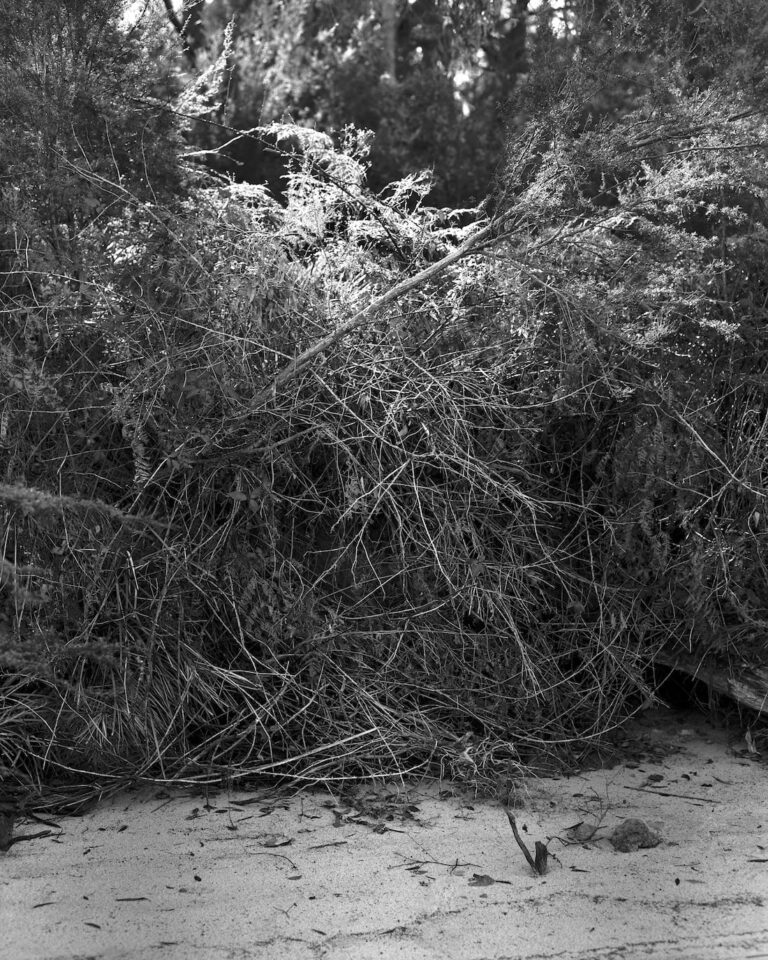
Joshua Smith
Lignite 14, 2020
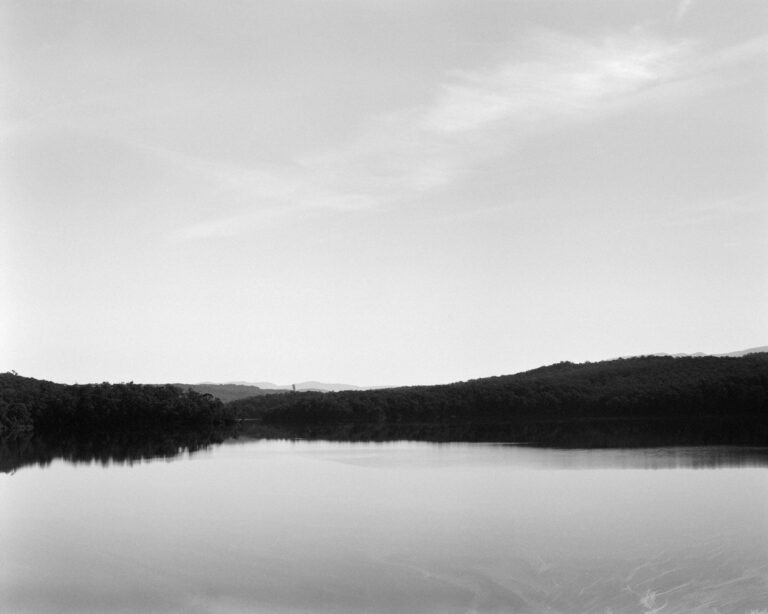
Joshua Smith
Lignite 15, 2020
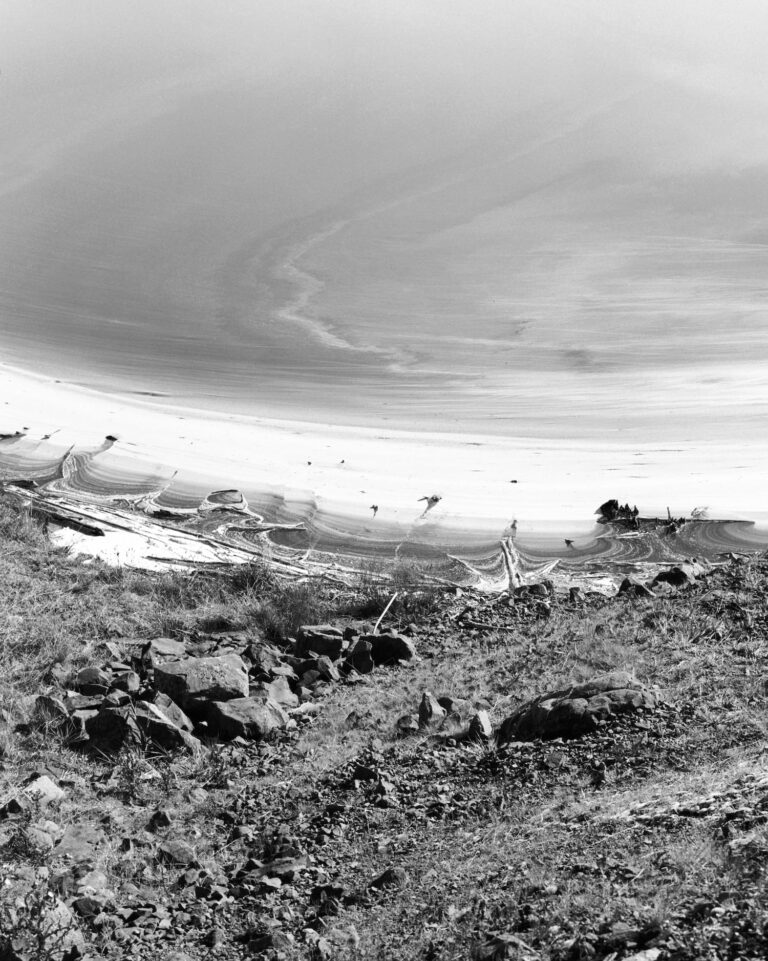
Joshua Smith
Lignite 16, 2020
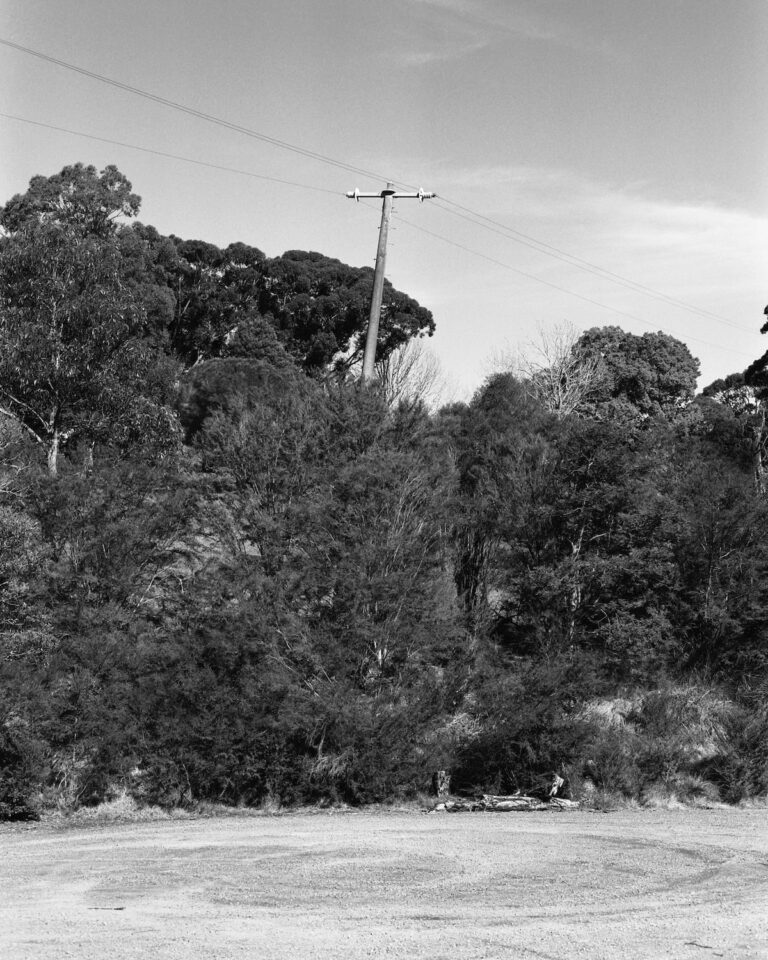
Joshua Smith
Lignite 17, 2020
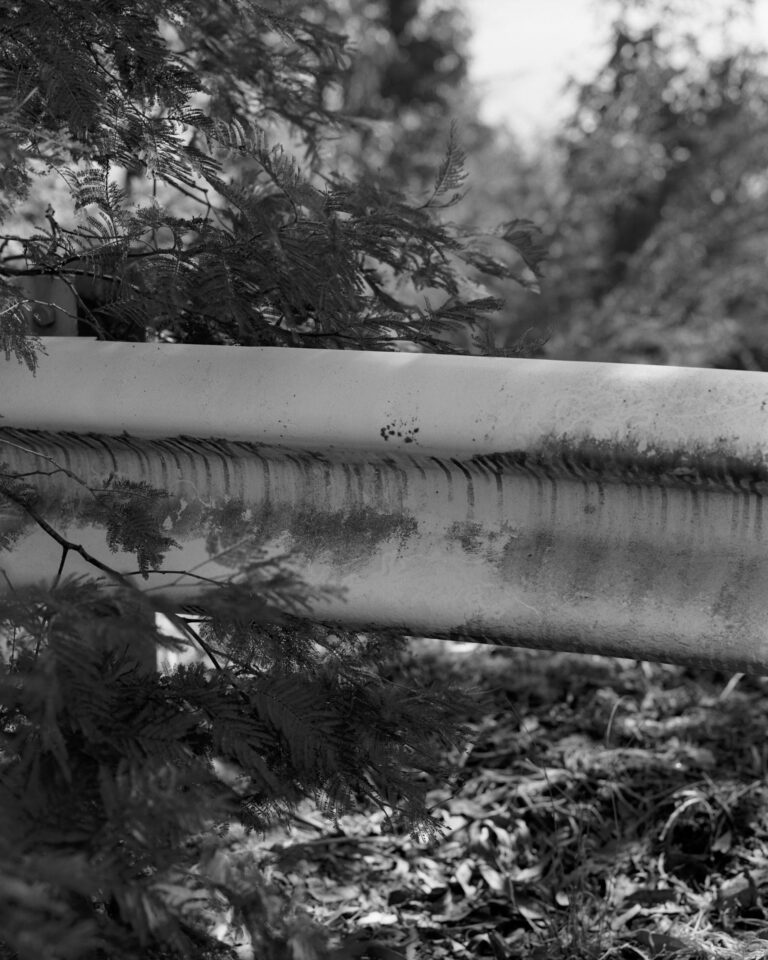
Joshua Smith
Lignite 18, 2020
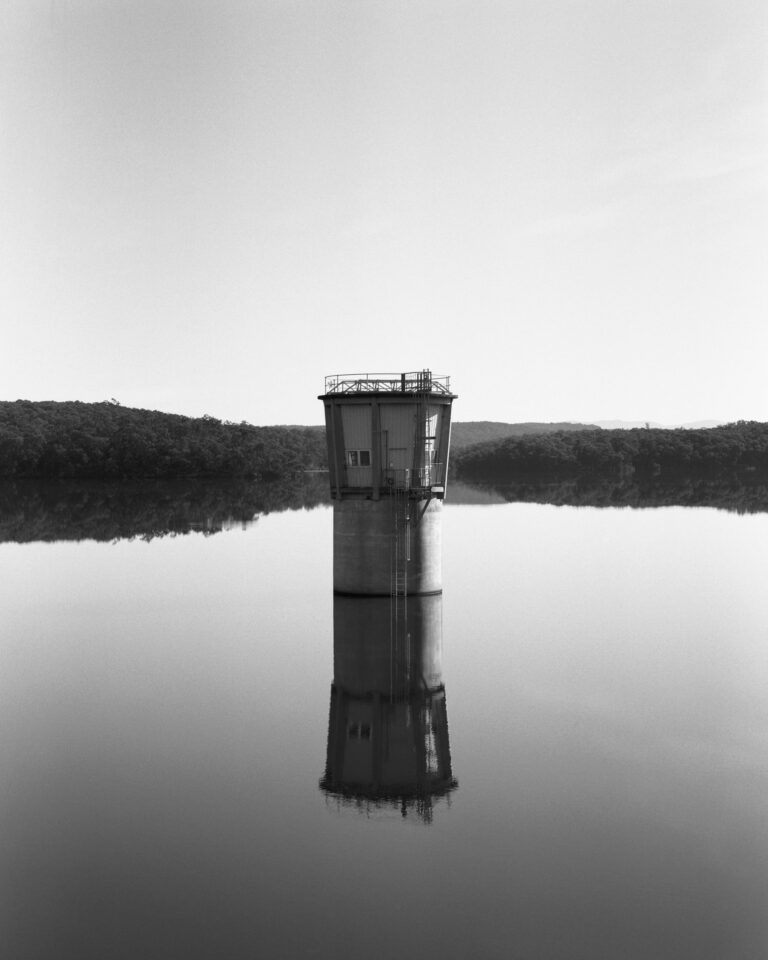
Joshua Smith
Lignite 19, 2020
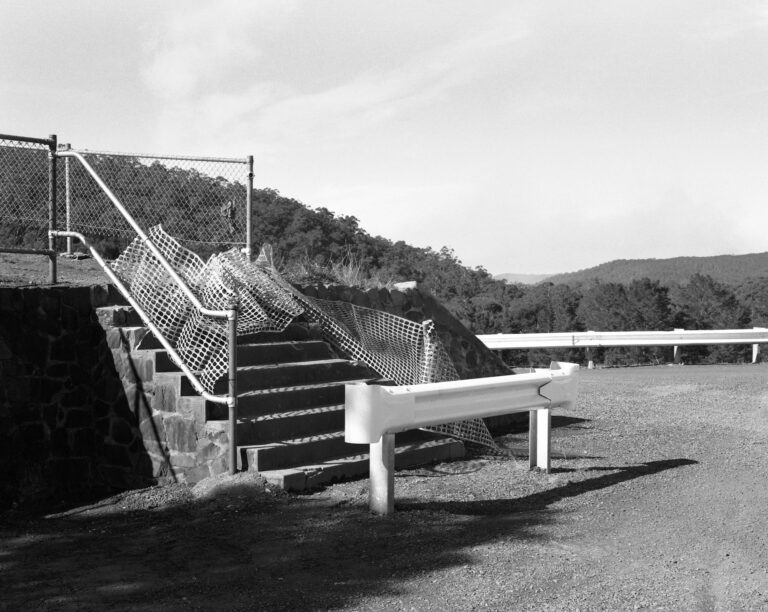
Joshua Smith
Lignite 20, 2020
Mike Read
Barrackers, 2020
Barrackers combines sculptural and archival materials to investigate the relationship between Australian Rules football’s’ ruling body, the AFL, and its fans, as the game becomes increasingly beholden to commercial interests. In the work, concrete replicas of support columns from the Melbourne Cricket Ground are used to consider the stadium’s relationship with both the corporate game and its fans. By combining these concrete objects with archival items relating to rituals of fandom, the work seeks to consider the role of fans in the corporatisation of the game. In doing so, it aims to not just identify the ways in which the game has been taken away from fans, but also to locate the weak spots through which control can be regained.
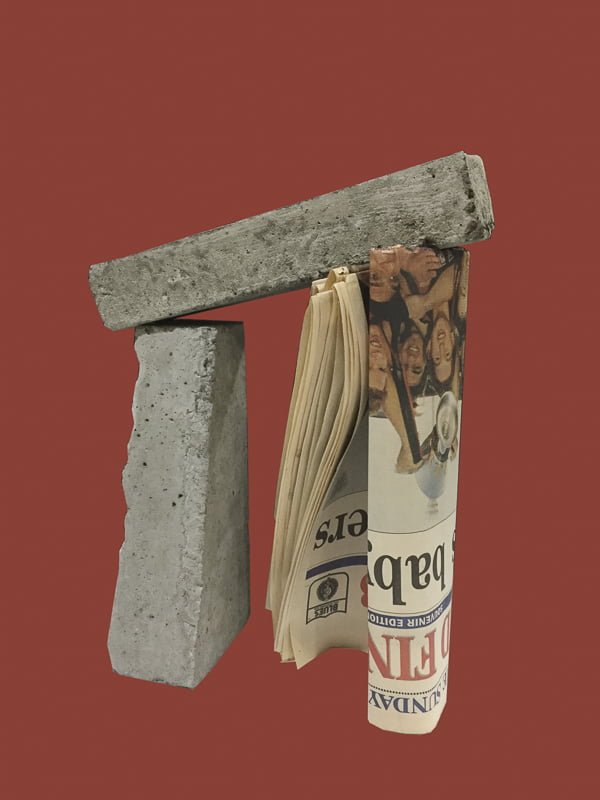
Mike Read
Barrackers 1, 2020
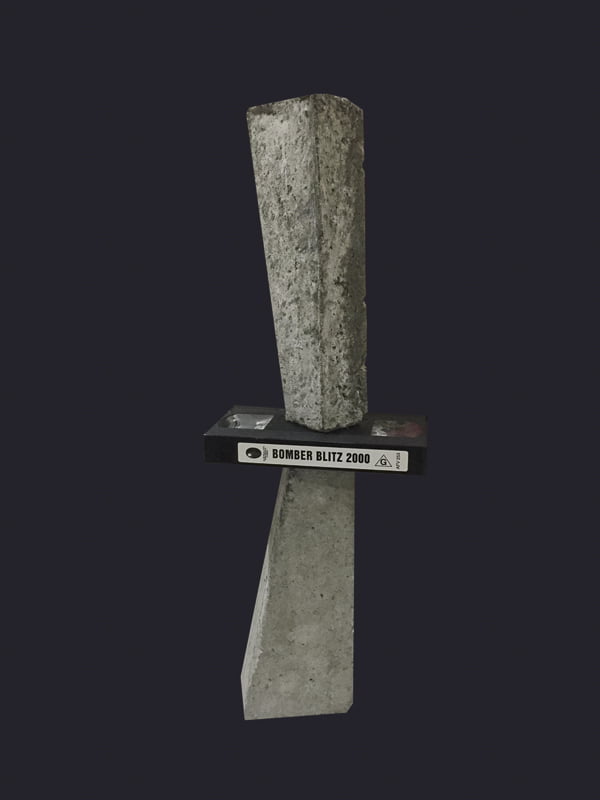
Mike Read
Barrackers 2, 2020
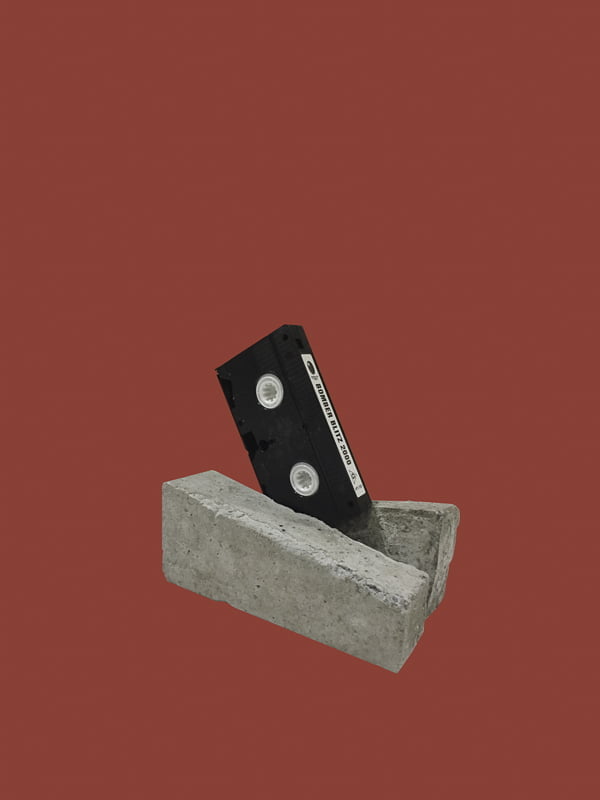
Mike Read
Barrackers 3, 2020
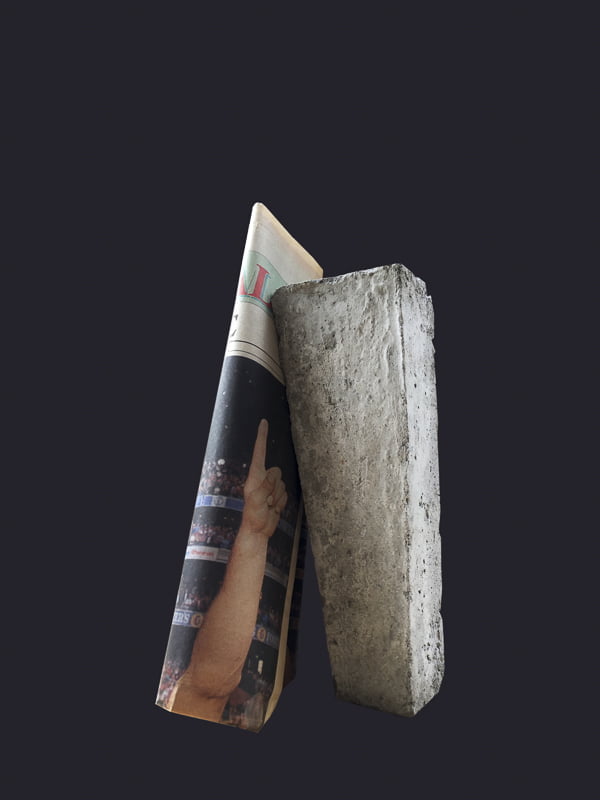
Mike Read
Barrackers 4, 2020
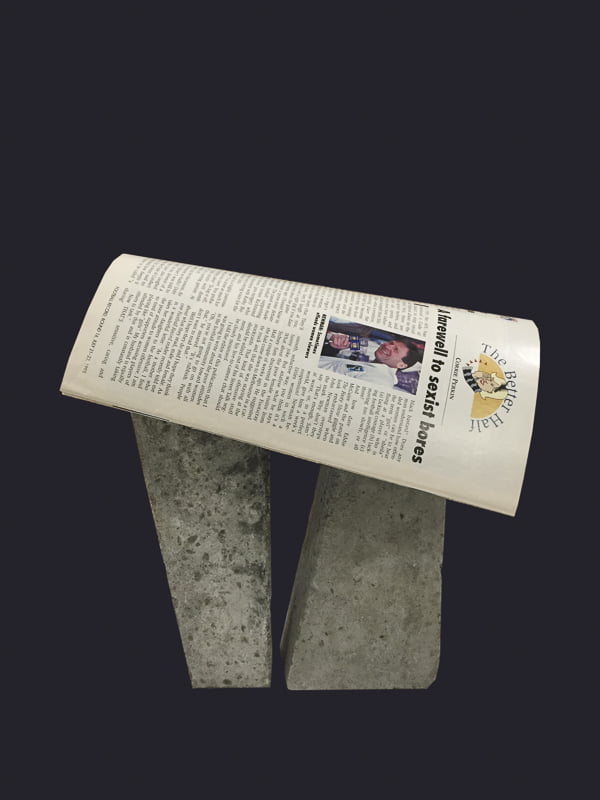
Mike Read
Barrackers 5, 2020
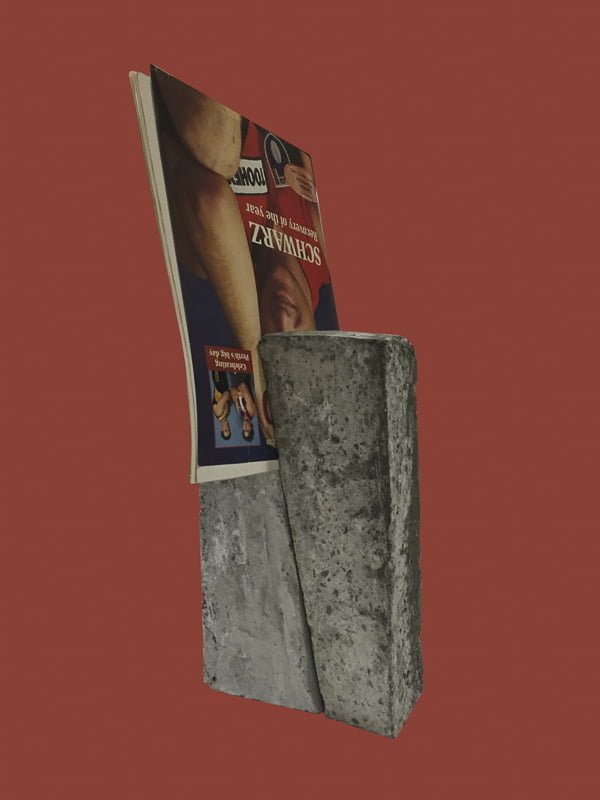
Mike Read
Barrackers 6, 2020
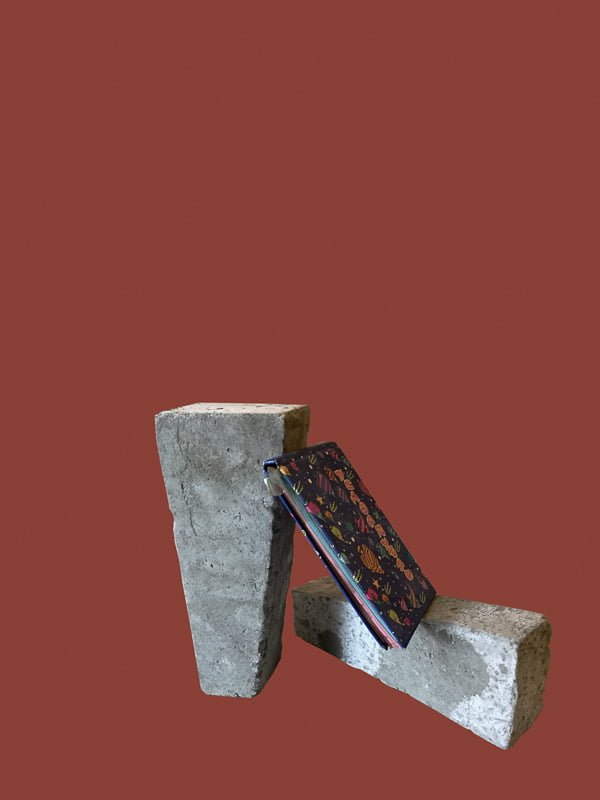
Mike Read
Barrackers 7, 2020
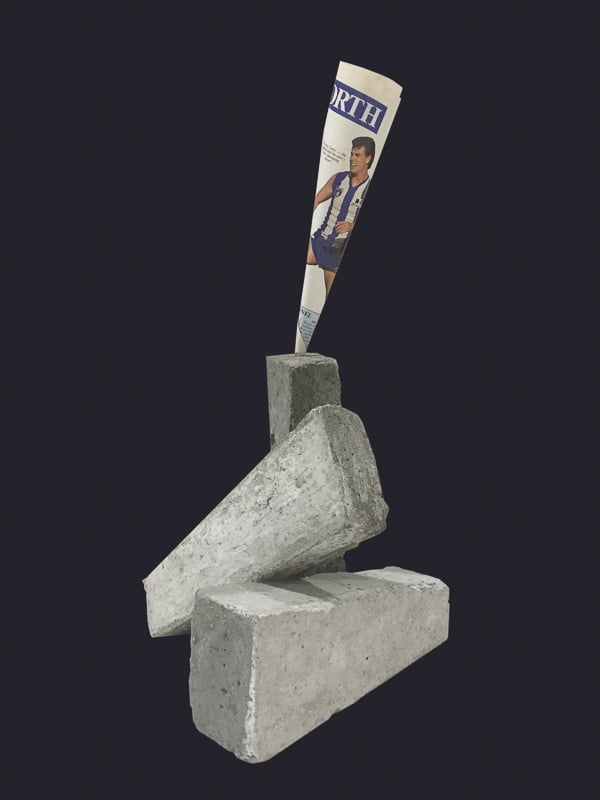
Mike Read
Barrackers 8, 2020
Lauren Murray
To Wandiligong, 2020
To Wandiligong: a visual journey through memory, time, space, light and landscape and fourteen layers of glass.
This project maps a journey, between Melbourne and Wandiligong a small town in the foothills of the Victorian Alpine region using the filter of glass in the form of camera lenses, car windows and even glasses to photograph distant landmarks. The glass surface of an iPad is an additional layer of glass through which the digitally manipulated photographic images were created. There is distance created through these layers, which expresses a specific form of Topophilia, one of remoteness emphasised by the speed of the car from which the images were captured. They are a fleeting expression of the nature of light, time and love of place. The ordinary is made extraordinary by placing knowledge of the familiar into a context which is at once unexpected yet recognisable. These images imagine a visual proposition which records the grace and fragility of our planet, and emphasises the change and upheaval taking place in the landscape. Some images are a response to recent natural disasters others are prescient; visual narratives of what was to come. All are a homage to the fragile beauty of our land.
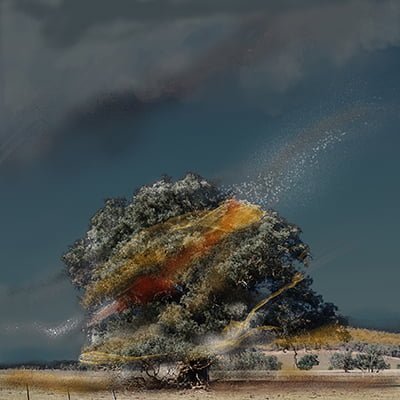
Lauren Murray
To Wandiligong – Catastrophic Fire Warning, 2020
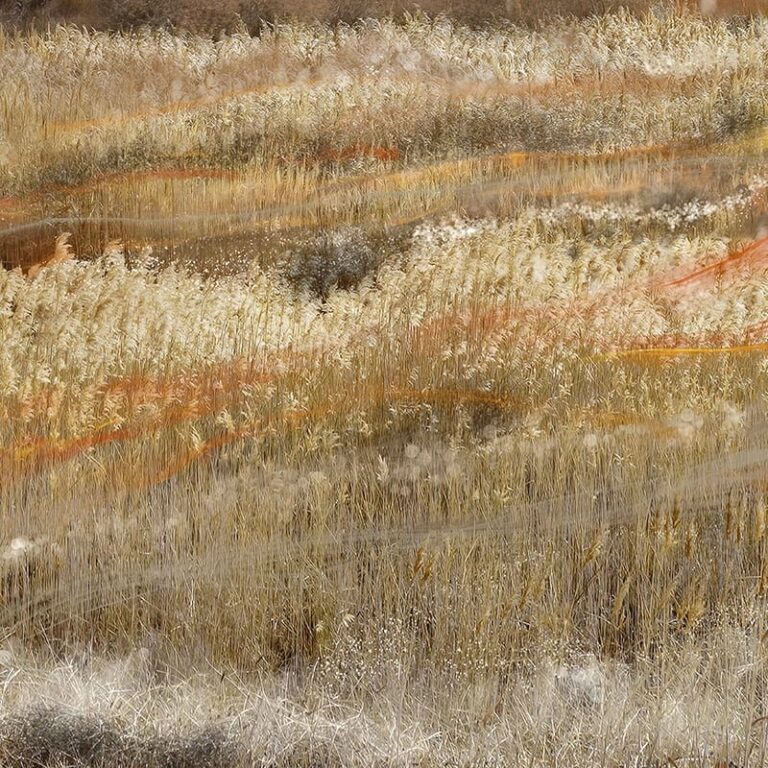
Lauren Murray
To Wandiligong – Sunny Day Light Winds, 2020
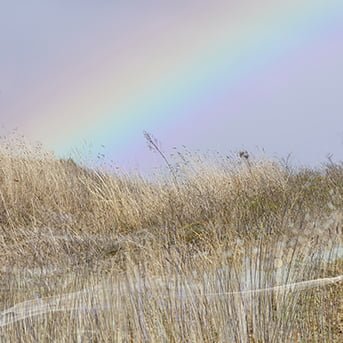
Lauren Murray
To Wandiligong – Sunshine and Showers Expected, 2020
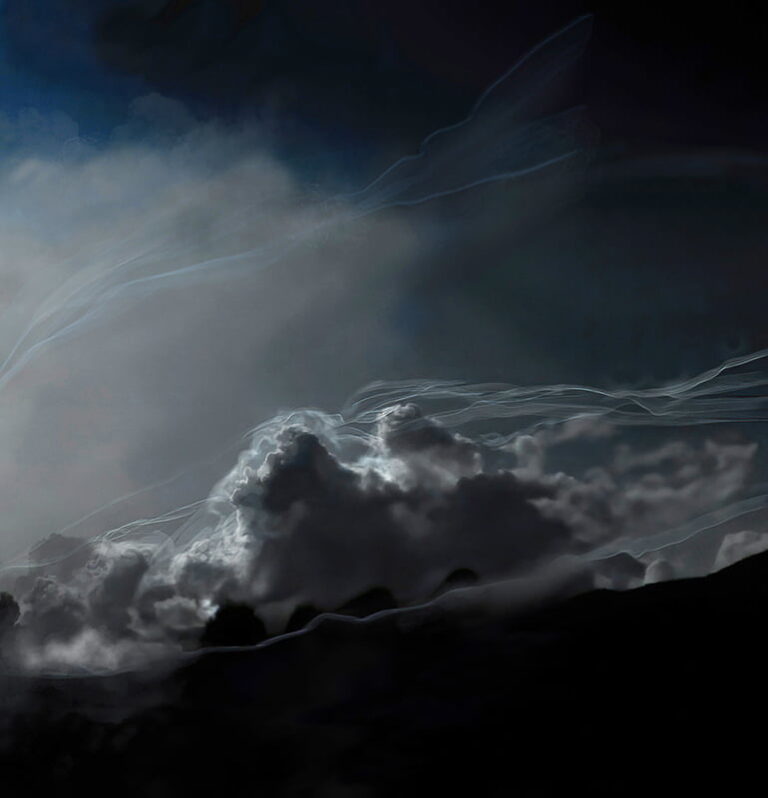
Lauren Murray
To Wandiligong – Gathering Storms, 2020
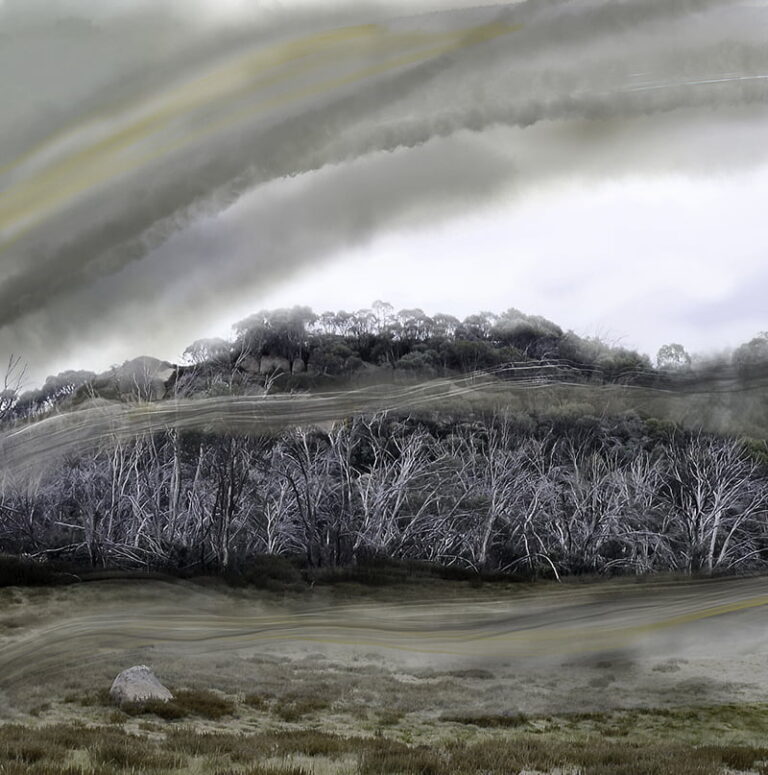
Lauren Murray
To Wandiligong – Snow Down to Five Hundred Metres, 2020
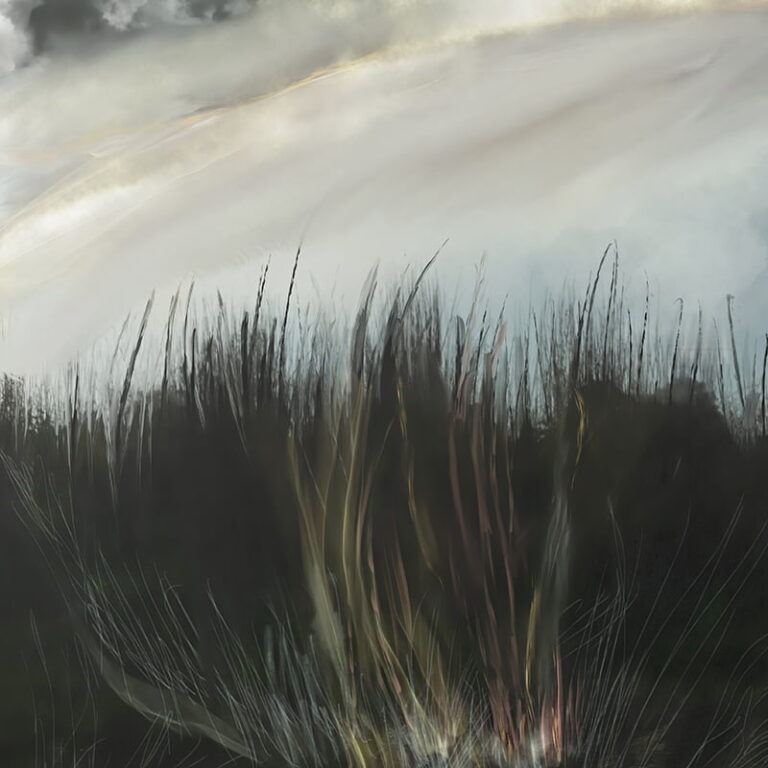
Lauren Murray
To Wandiligong – Heavy Rain that May Lead to Flooding, 2020
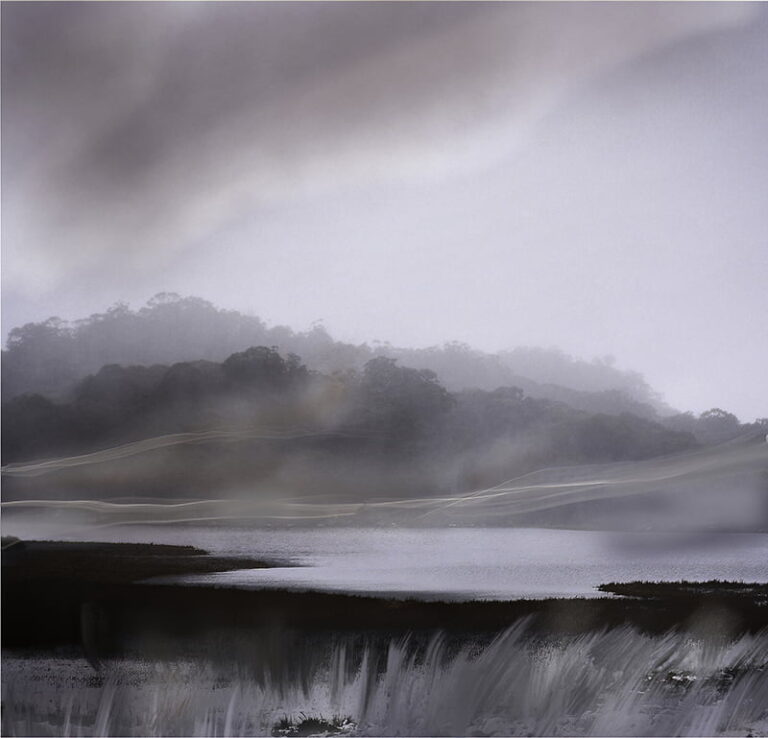
Lauren Murray
To Wandiligong – Reduced Visibility, 2020
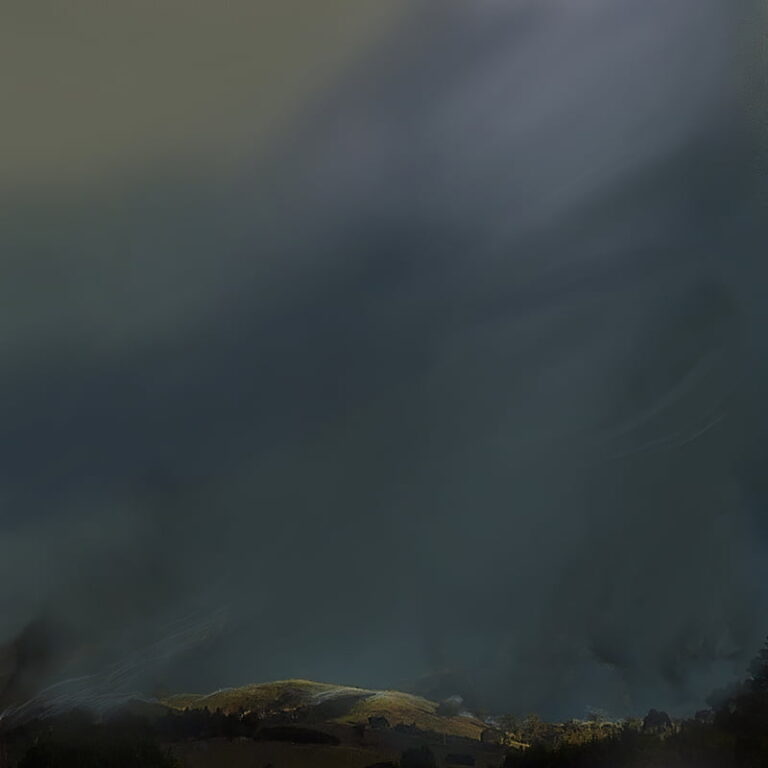
Lauren Murray
To Wandiligong – Road Weather Alert, 2020
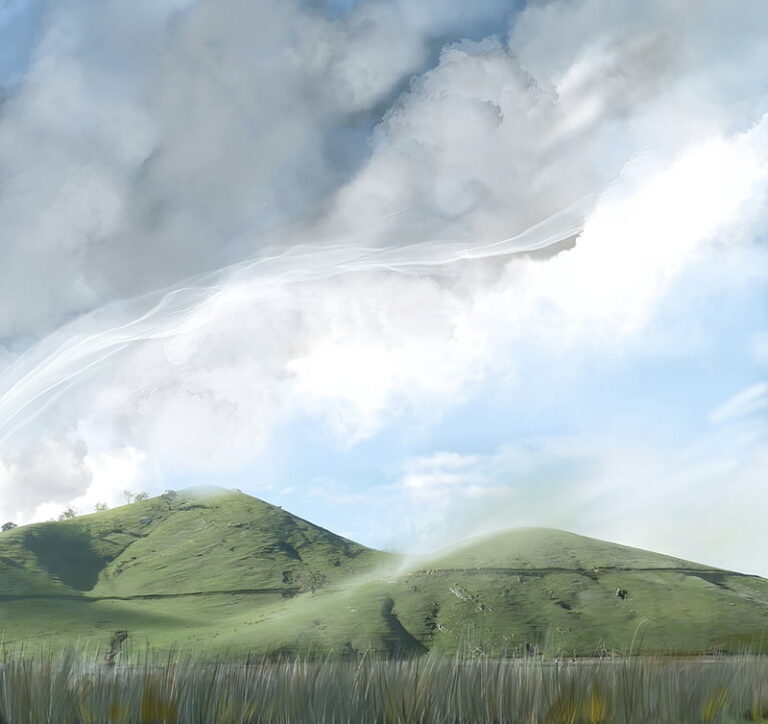
Lauren Murray
To Wandiligong – Sheep Graziers Warning, 2020
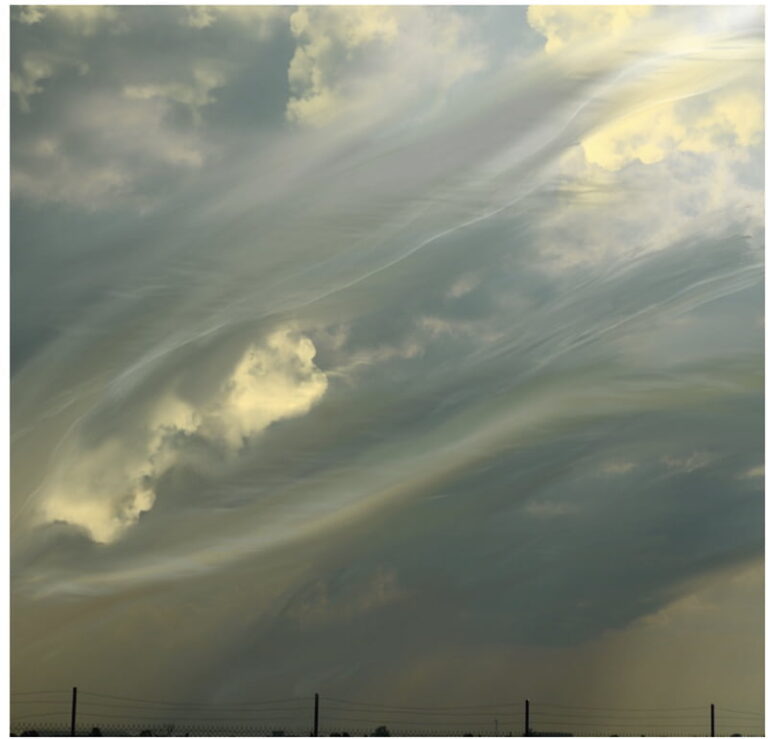
Lauren Murray
To Wandiligong – Smog Alert, 2020
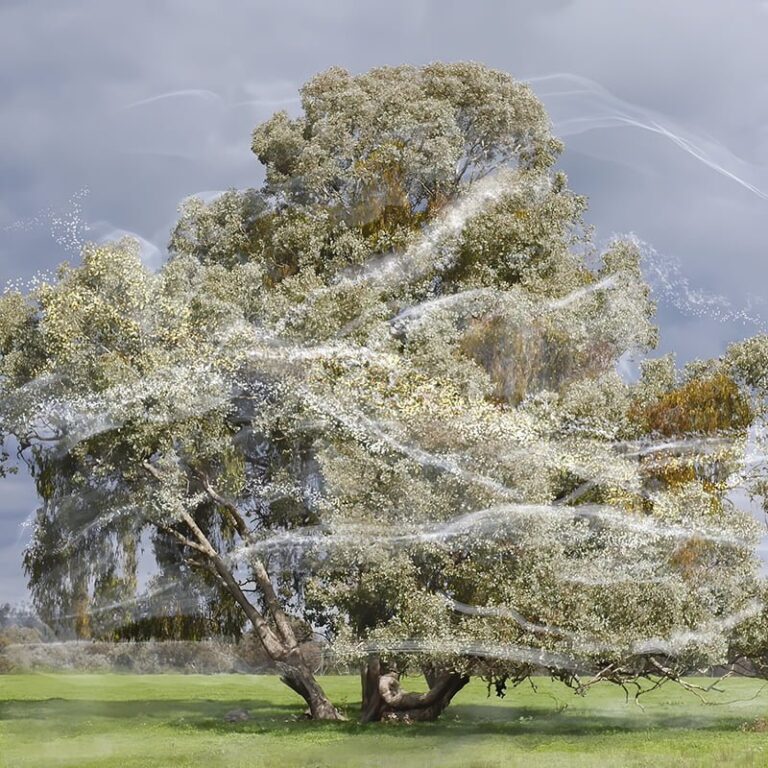
Lauren Murray
To Wandiligong – High Pollen Count, 2020
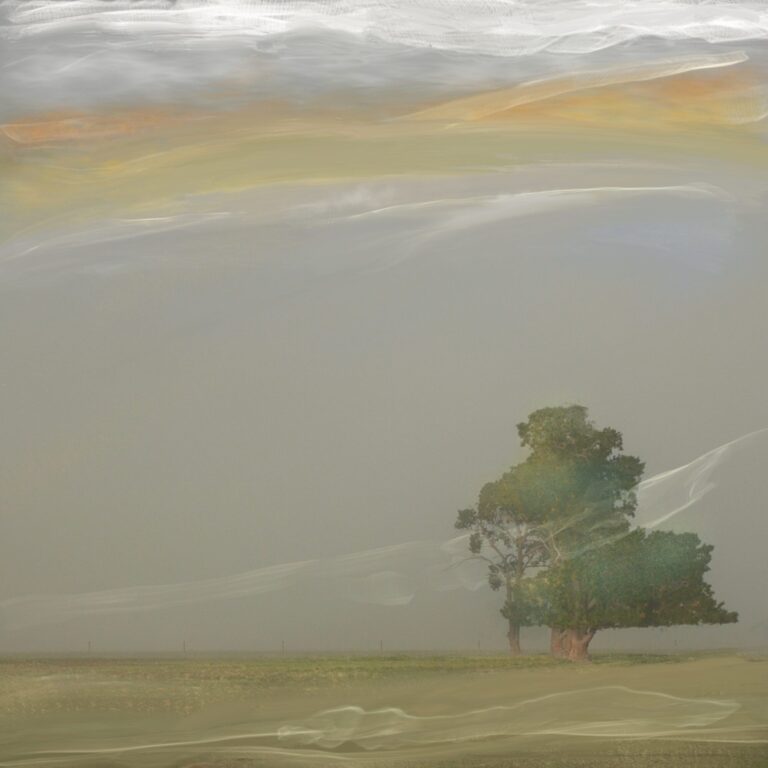
Lauren Murray
To Wandiligong – Damaging Winds from the North West, 2020
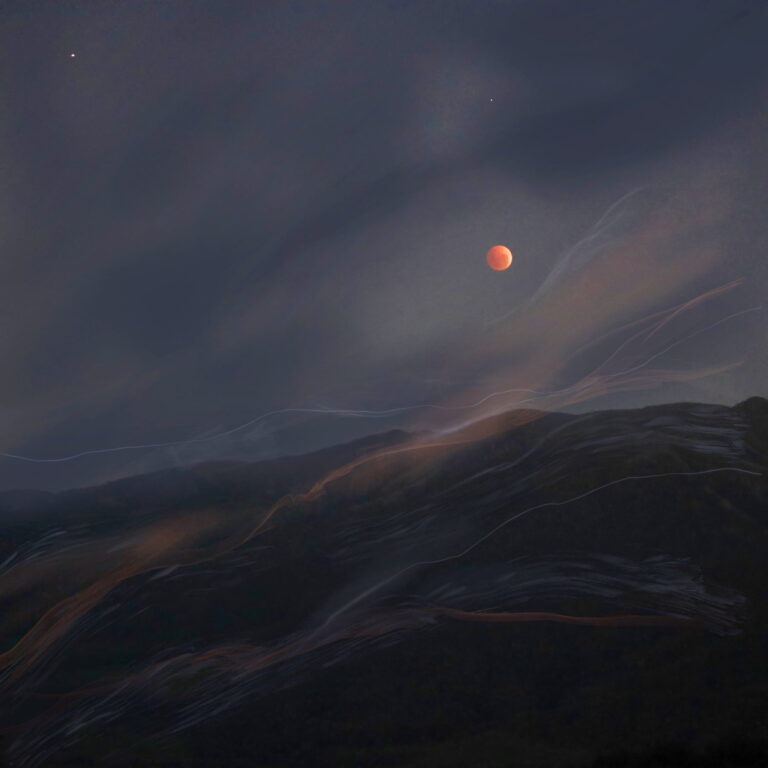
Lauren Murray
To Wandiligong – Light Breezes and Warm Overnight, 2020
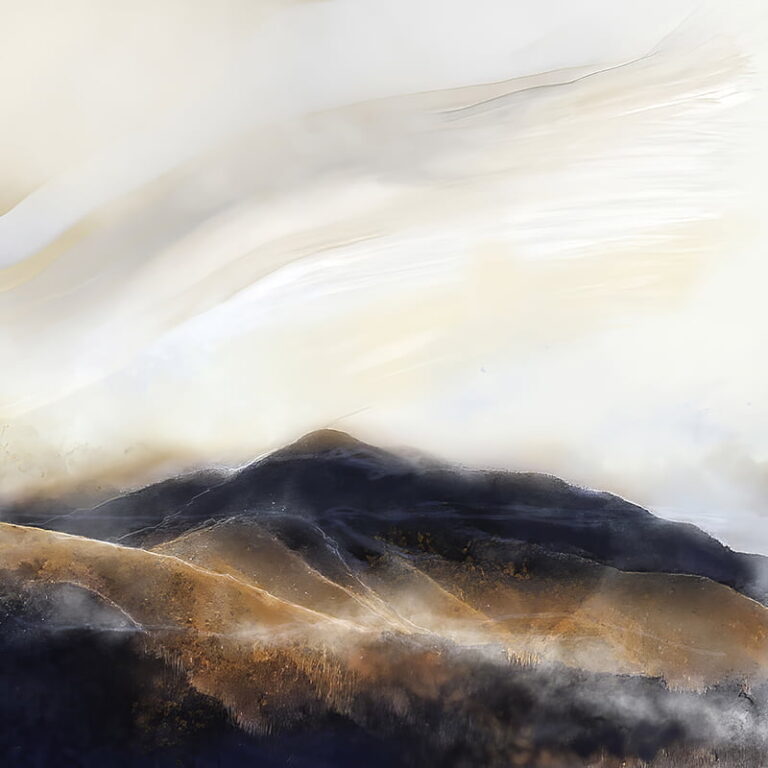
Lauren Murray
To Wandiligong – Extreme Fire Danger, 2020
Jessie Turner
Jessie Turner’s work is both biological and hallucinatory. Shimmering, reflected surfaces haunt her made up worlds and display eerily familiar scenes. The subject of each photo is an obsession in itself, each object repeating indefinitely. Poisoned Shadows combines found objects including dead insects, pearls and chains with brightly coloured backdrops made of eggs, sky, blood, and flesh. Immersive parallel worlds are created that at Intrigue and seduce. Evoking the senses and the battle between life and death, equilibrium and chaos, the delicate balance of nature, and human interference. Chaos glimmers beneath the stillness of these brightly coloured concoctions. The dead animals play at being alive and the shadows of humans play at being objects and props for the natural world. None of the images are as they seem and reference mythology, biology, and the accidents of genetics. The fake and the real combine in Poisoned Shadows and each object and background unravels the human relationship to nature, from the associations with wealth and power of a pearl to the ornamenting of the body with trophies of dead animals.
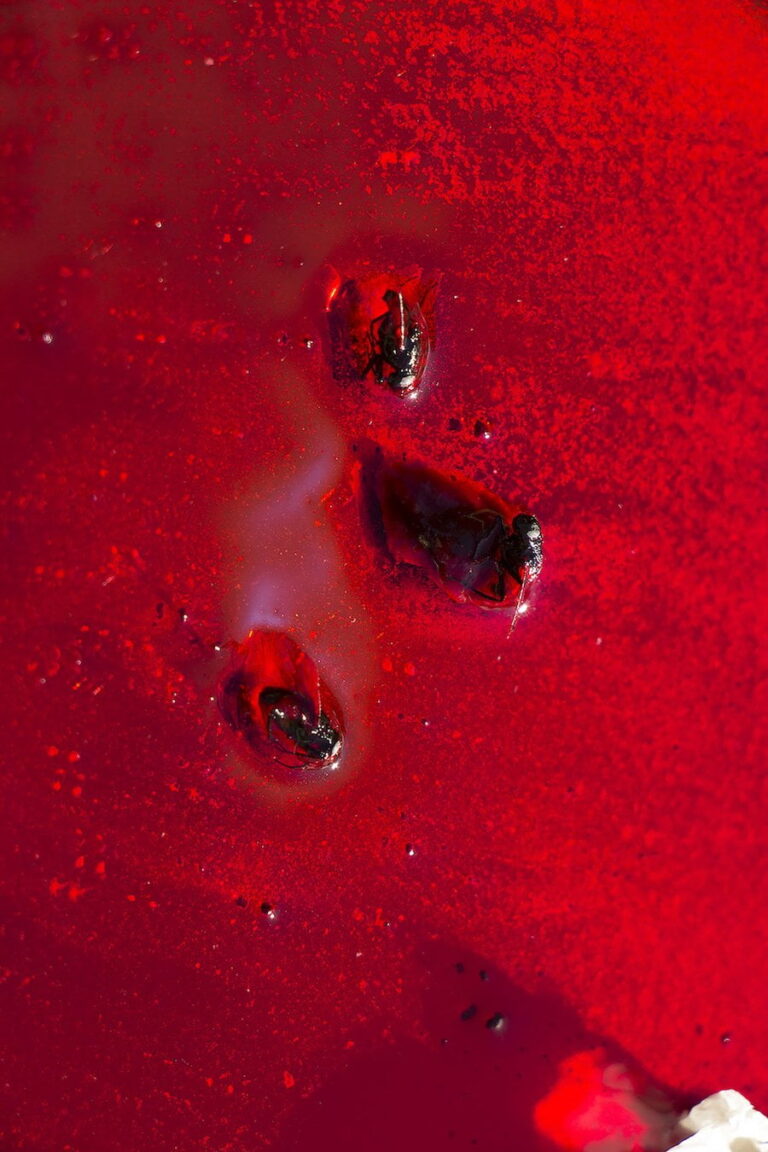
Jessie Turner
Blood Pollination, 2020
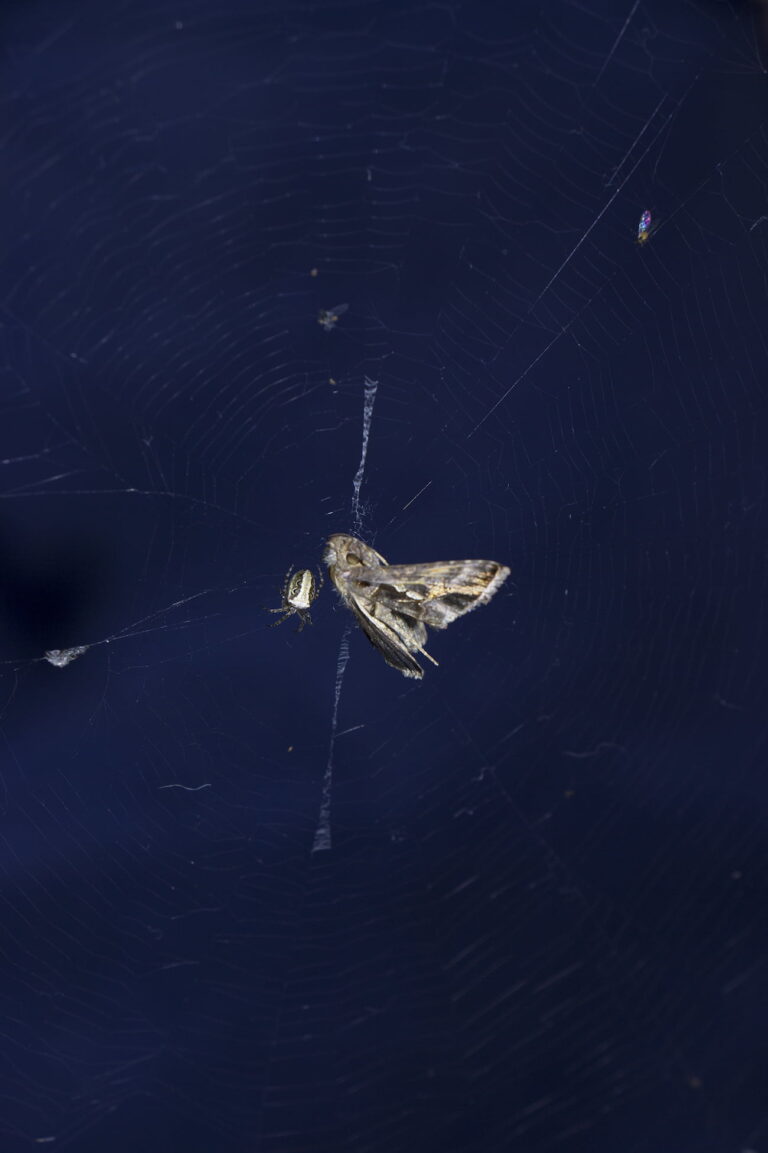
Jessie Turner
Silk Sacrifice, 2020
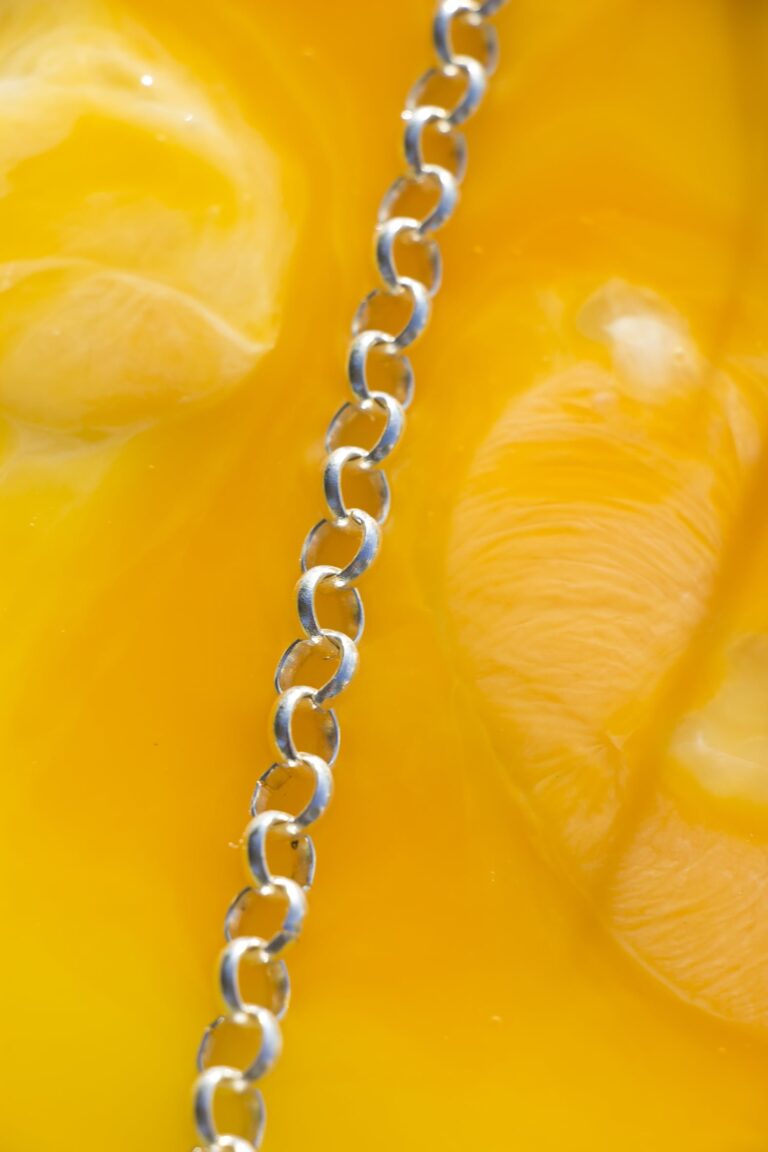
Jessie Turner
Cracked Ornament, 2020
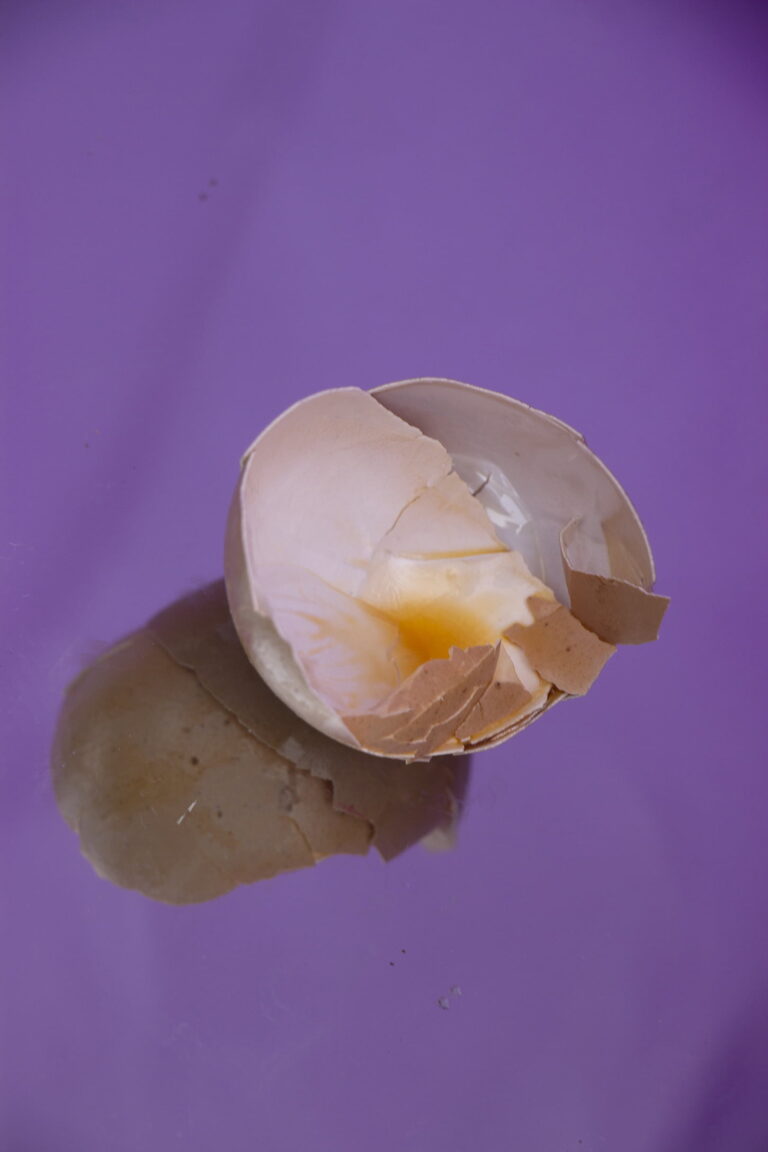
Jessie Turner
Violet Hatching, 2020
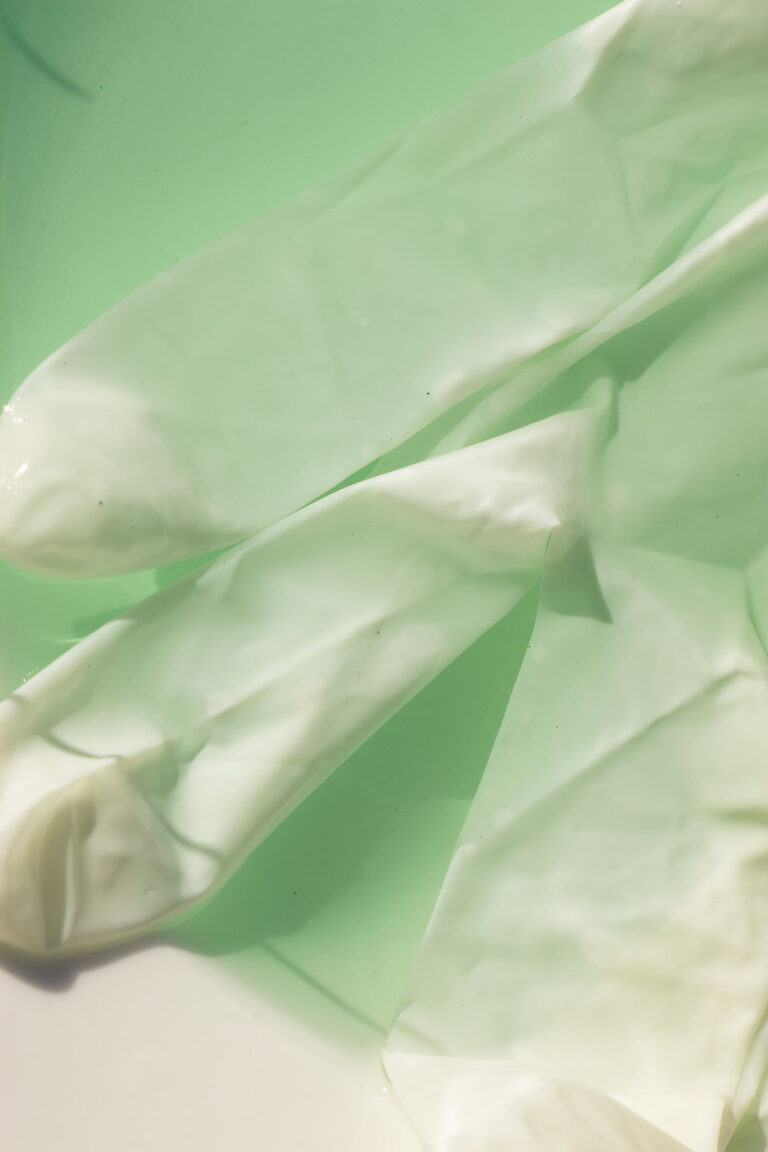
Jessie Turner
Discarded Dissection, 2020
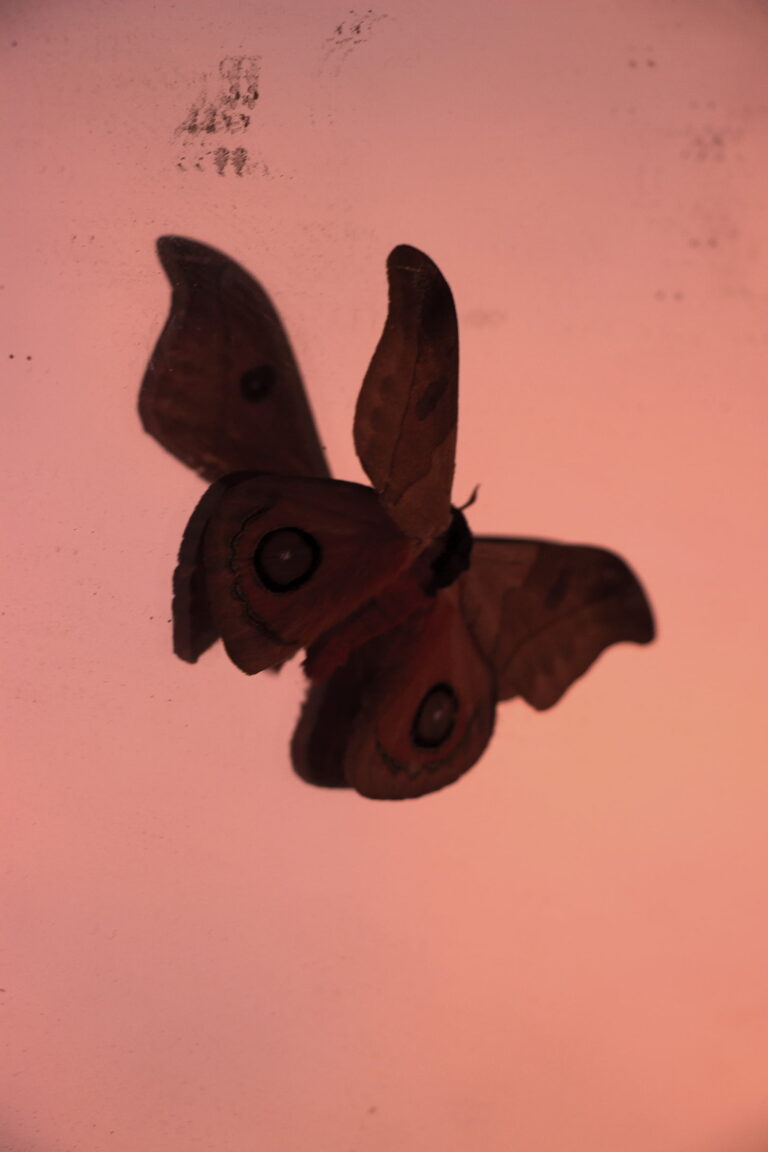
Jessie Turner
Double Blind, 2020
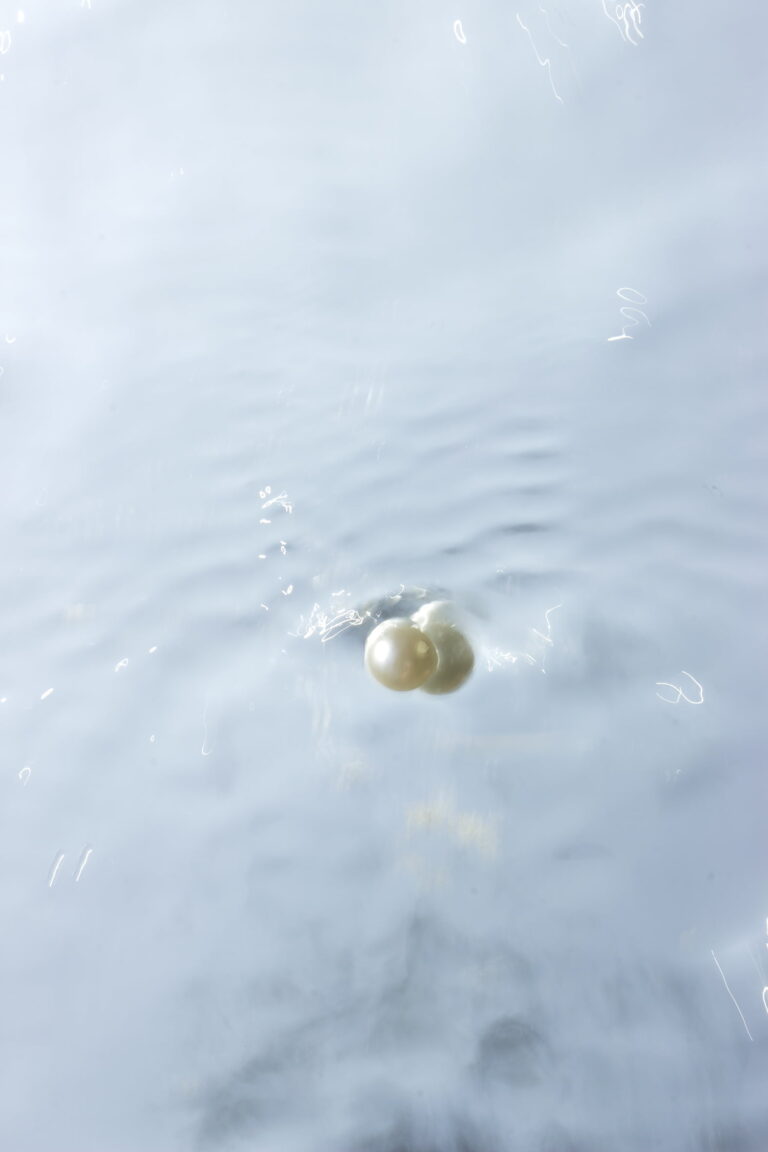
Jessie Turner
Necklace of Water, 2020
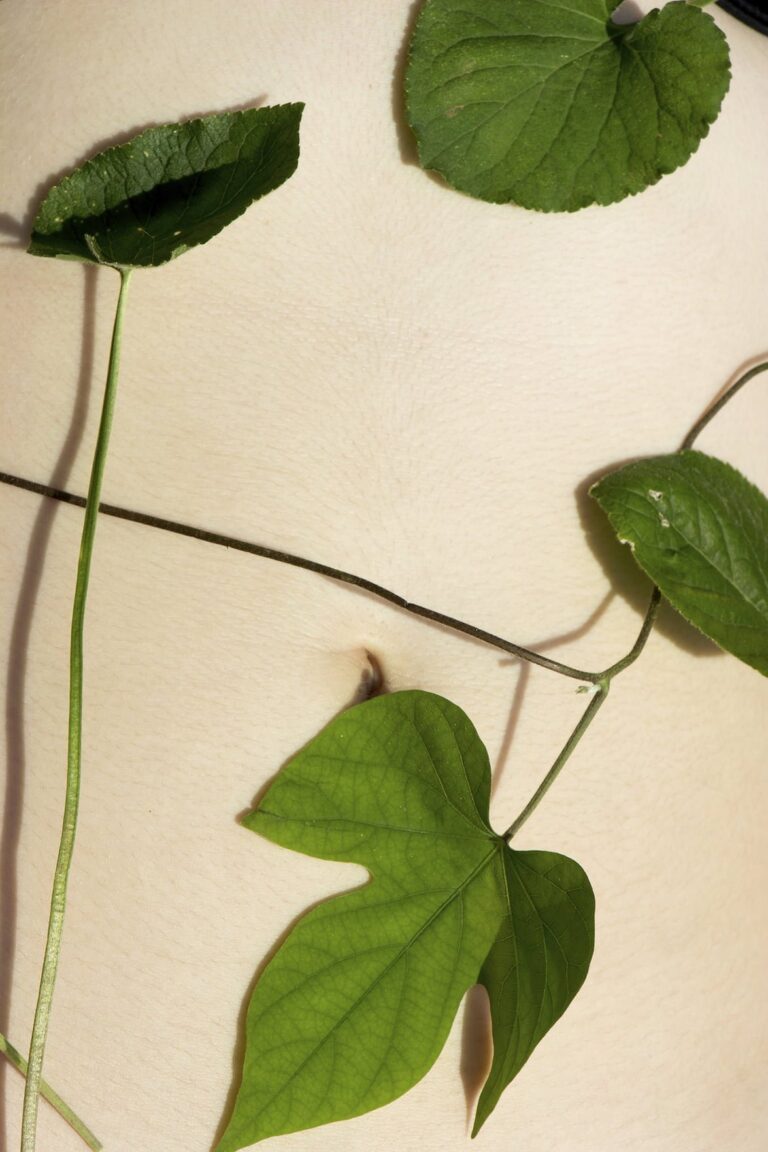
Jessie Turner
Morning Glory, 2020
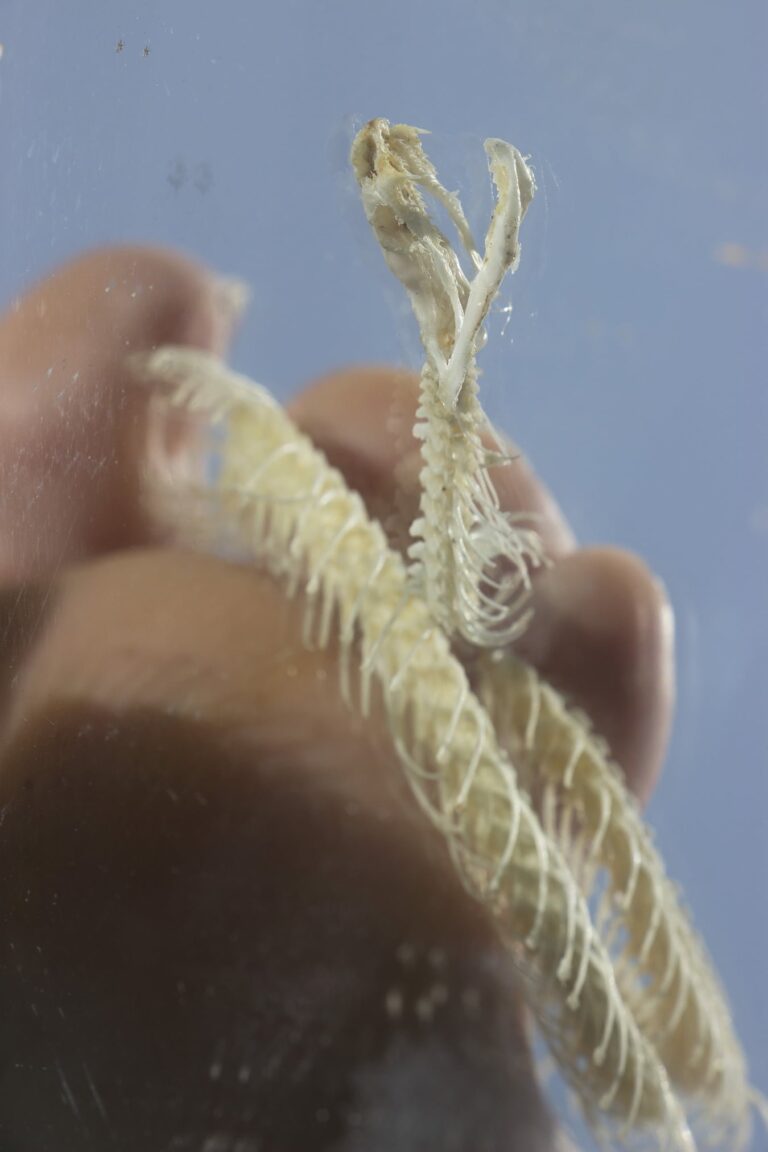
Jessie Turner
Evaporated Marrow, 2020
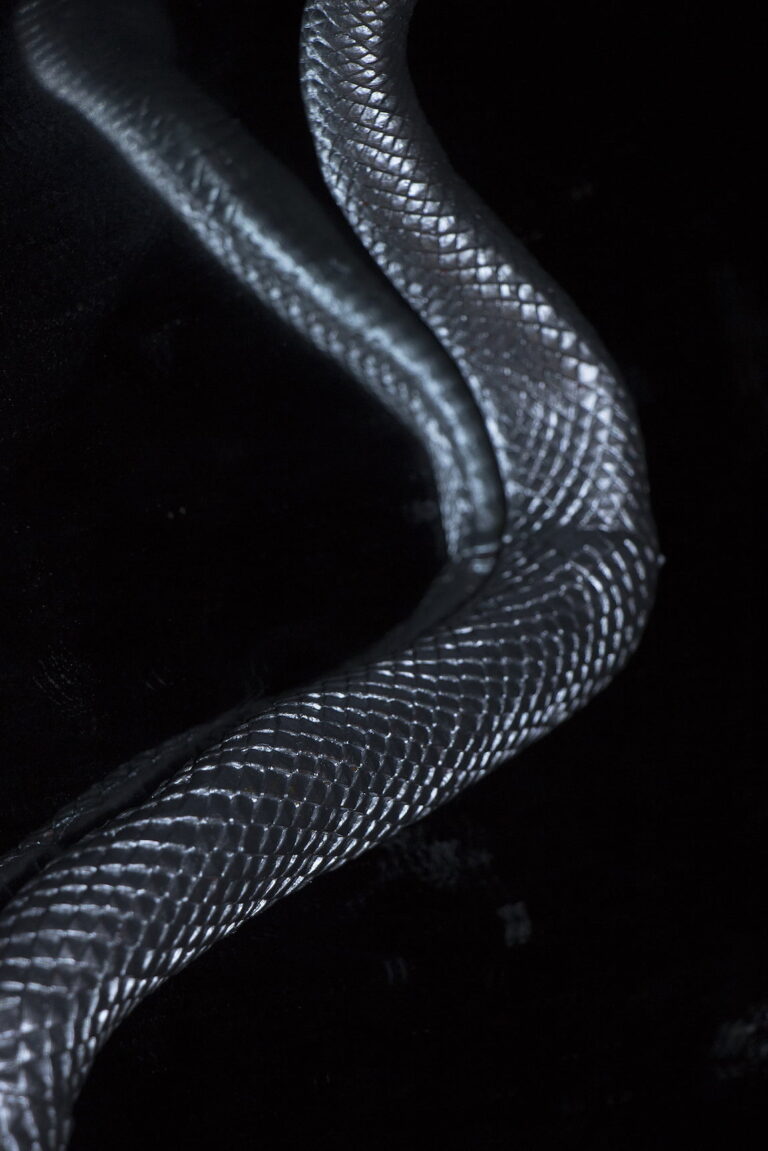
Jessie Turner
Shedding Silver, 2020
Madi Whyte
Topos, 2020
‘Topos’ the series explores finite landscapes as pictorial tropes to explore languages of precision, form and the cut. This body of work focuses on atypical viewpoints, geographic coordinates and the examination of her composite relationship to various landscapes, forms and topos. Influenced by her own rural upbringing on Gunditjmara land, Madi explores the multifarious and undulating connection she shares with the land – how it behaves as a metaphor, material and teacher. The series proposes the artist to discover an emblematic and personal correlation between the formal qualities of the rural Australian landscape and the abstracted spatial compositions of her images.
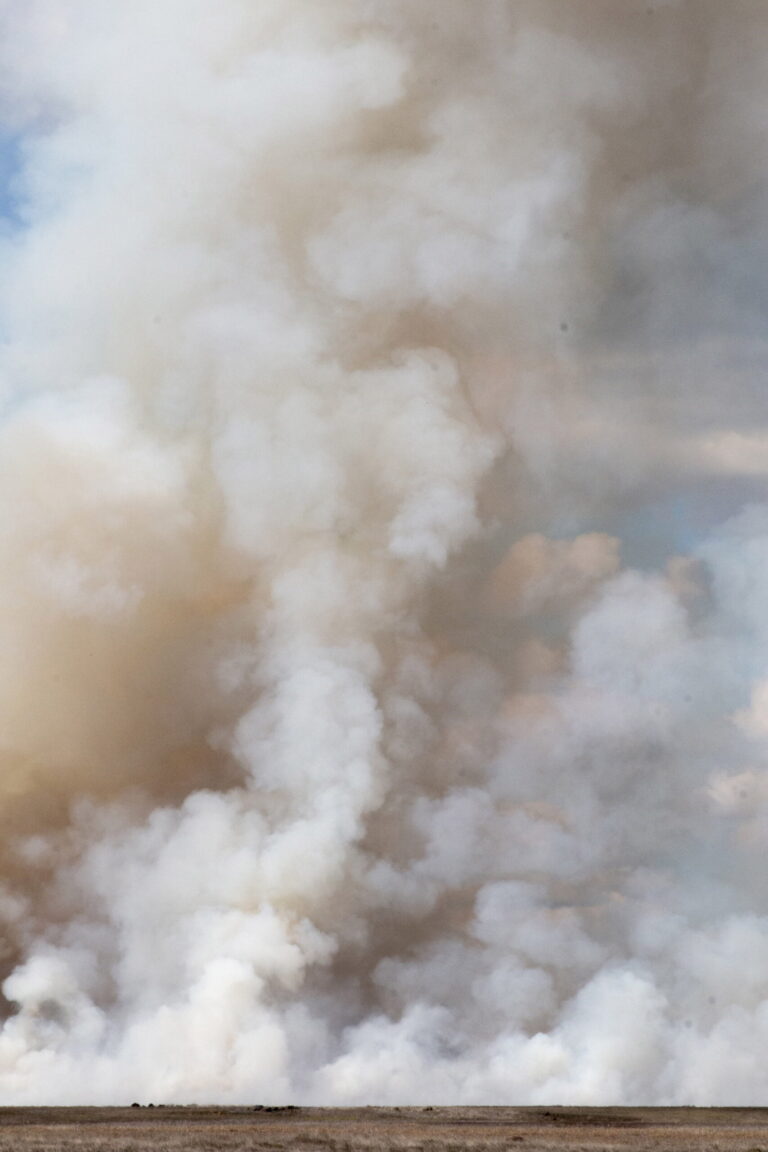
Madi Whyte
Topos – 37°4320.7S-142°0254.5E, 2020
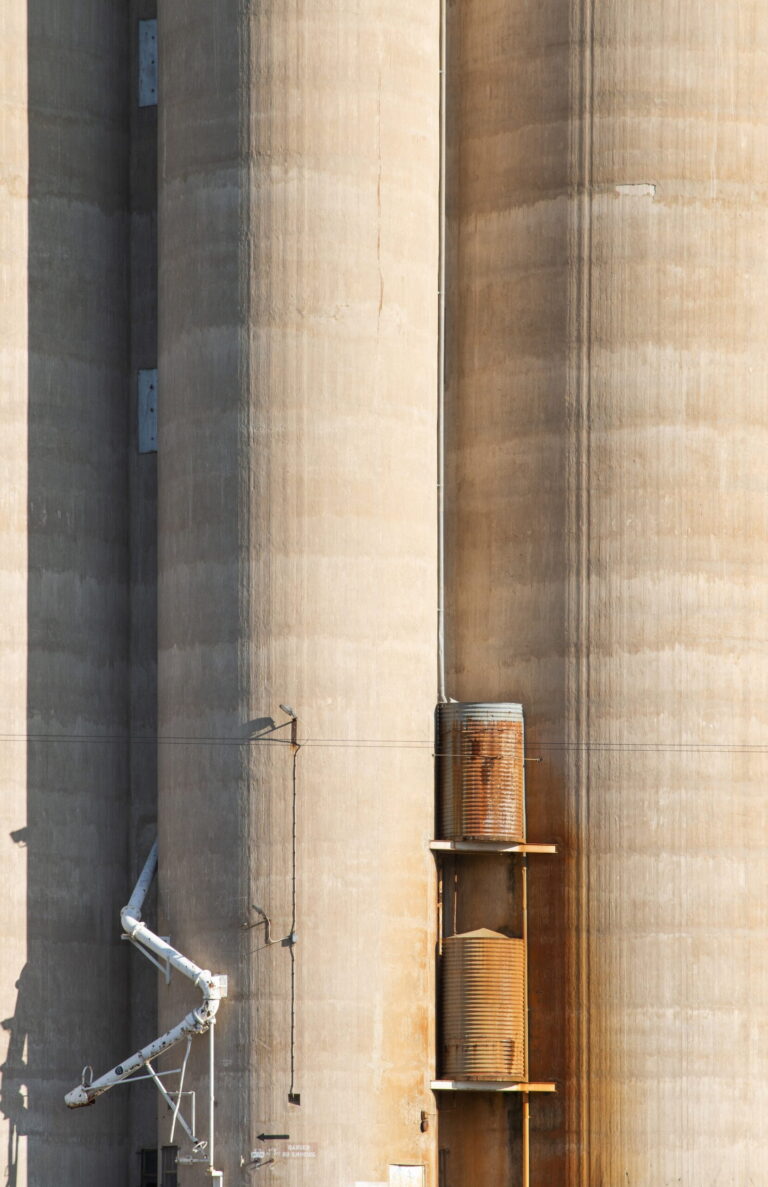
Madi Whyte
Topos – 38°3404.4S-142°2221.2E, 2020
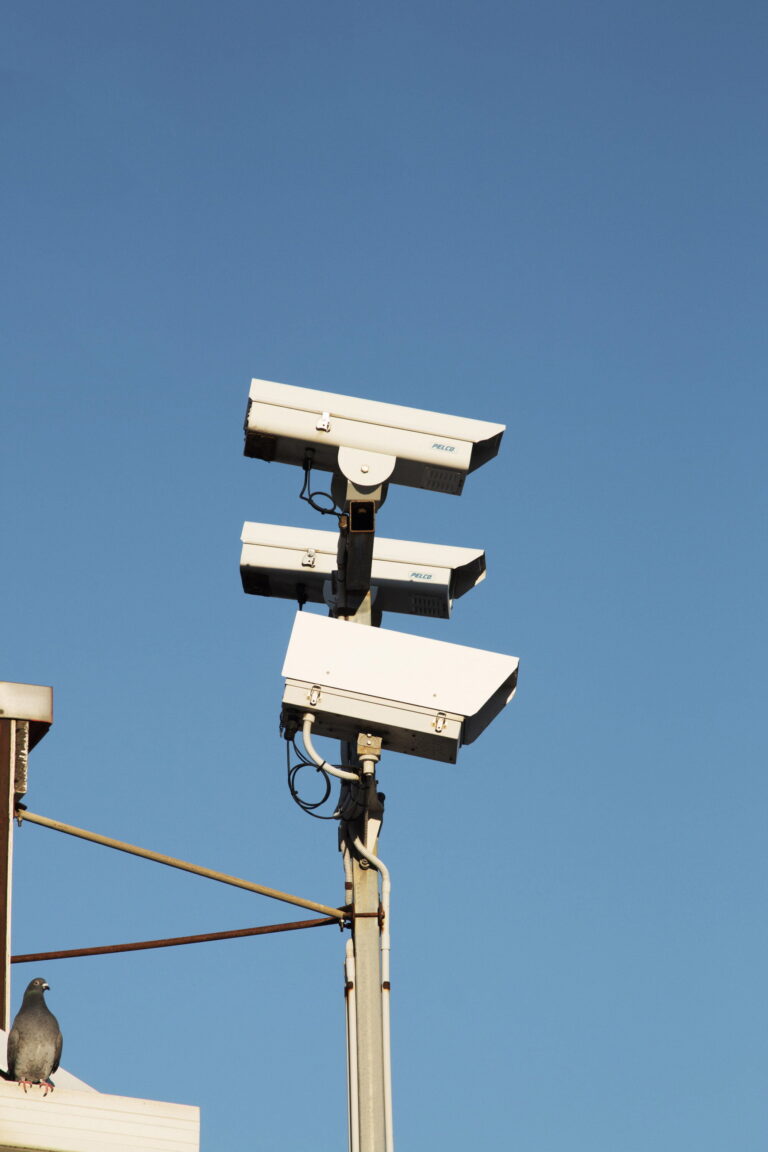
Madi Whyte
Topos – 37°4415.4S-142°0124.2E, 2020
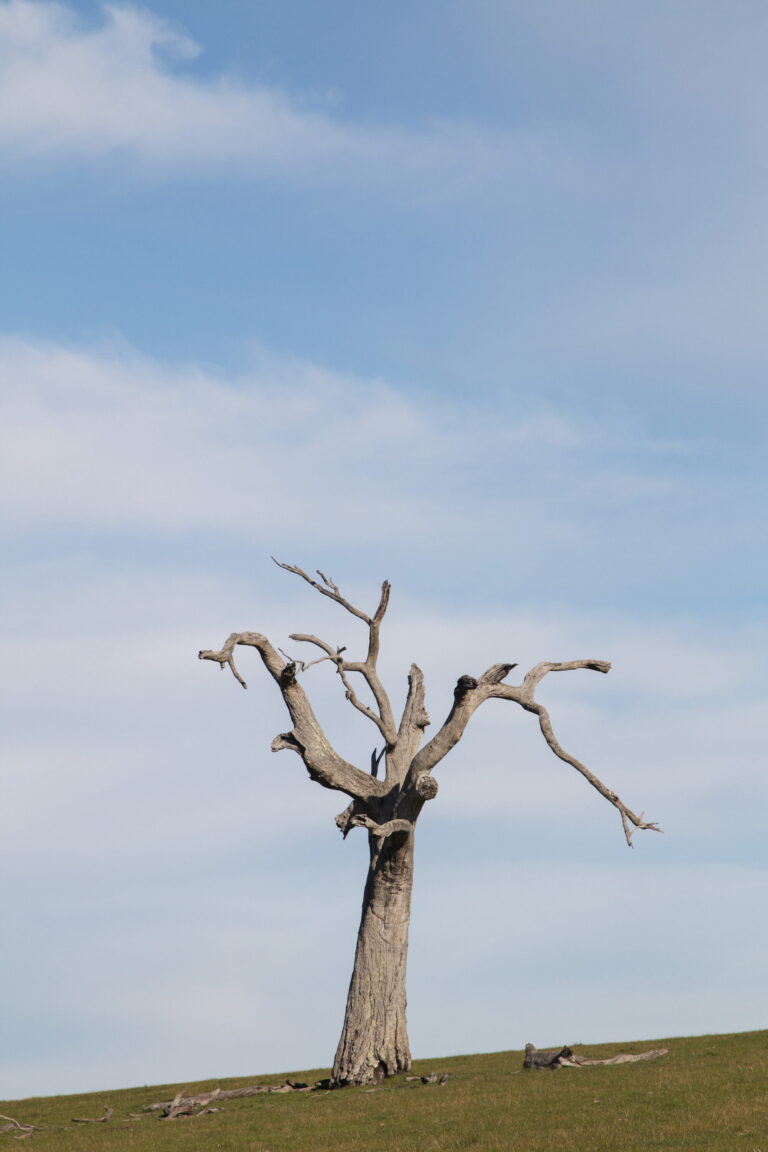
Madi Whyte
Topos – 35°4239.9S-141°2919.9E, 2020
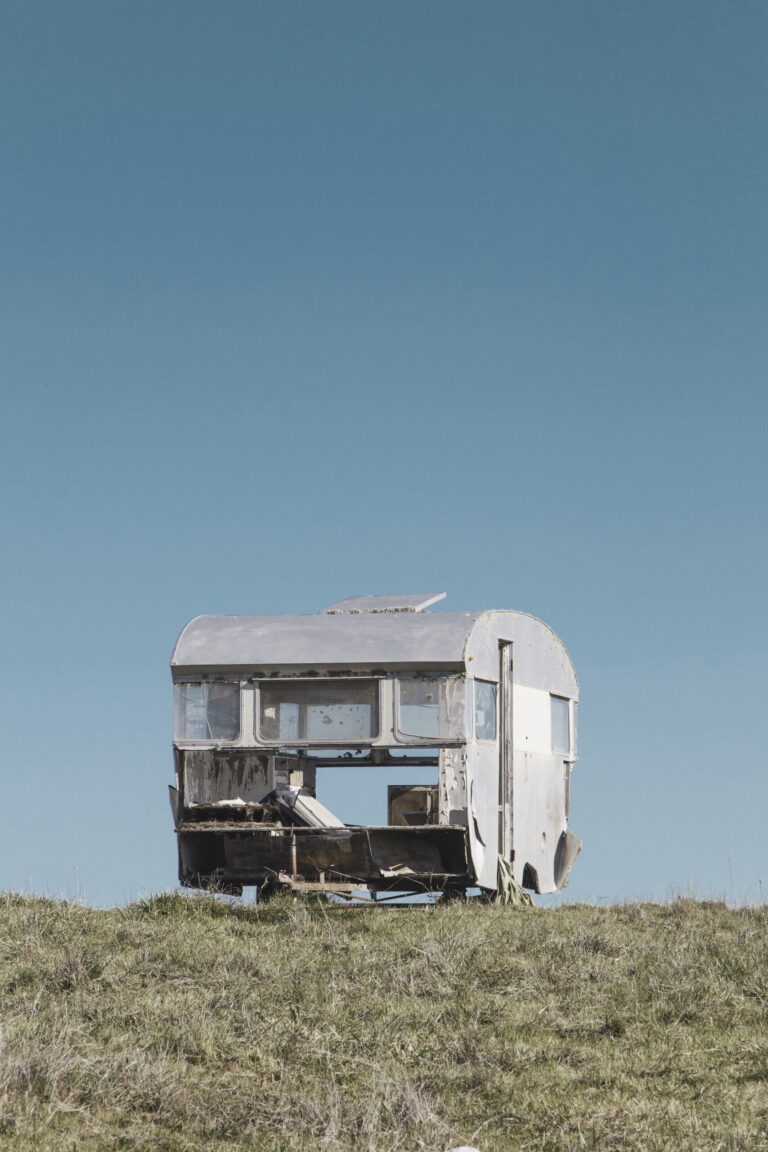
Madi Whyte
Topos – 37°0927.2S-141°3929.2E, 2020
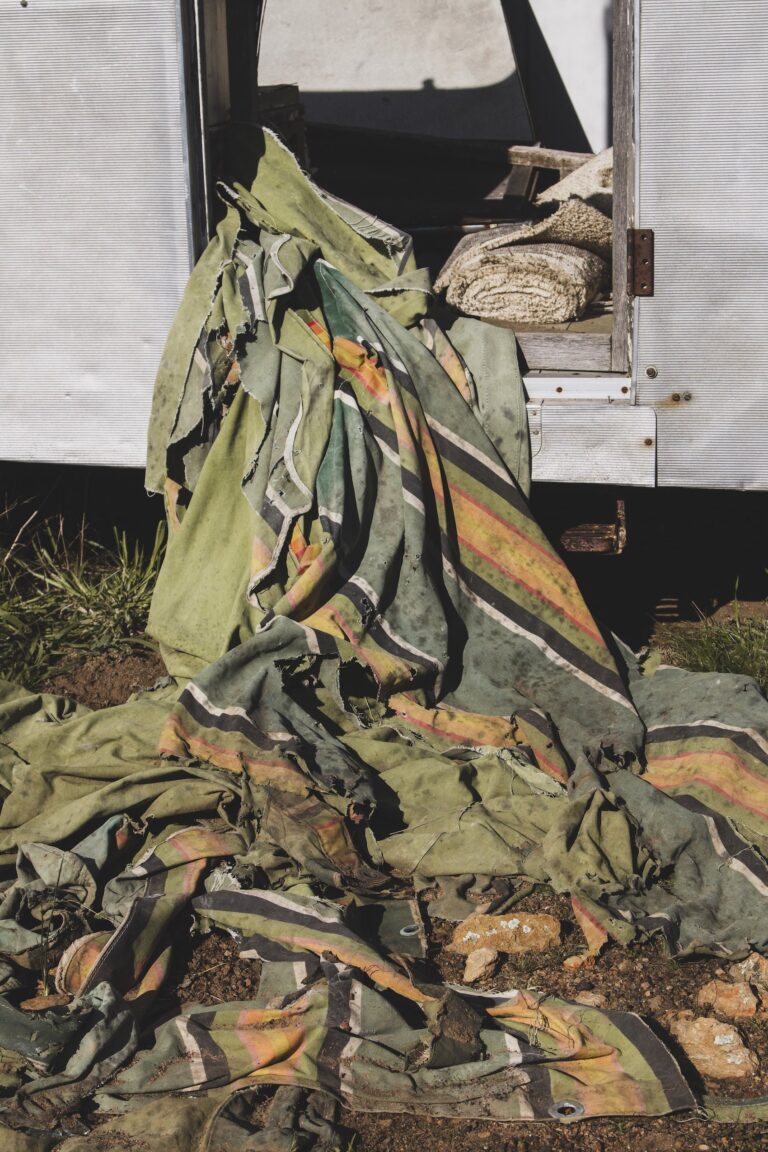
Madi Whyte
Topos – 53°1051.4N-3°2514.7W, 2020
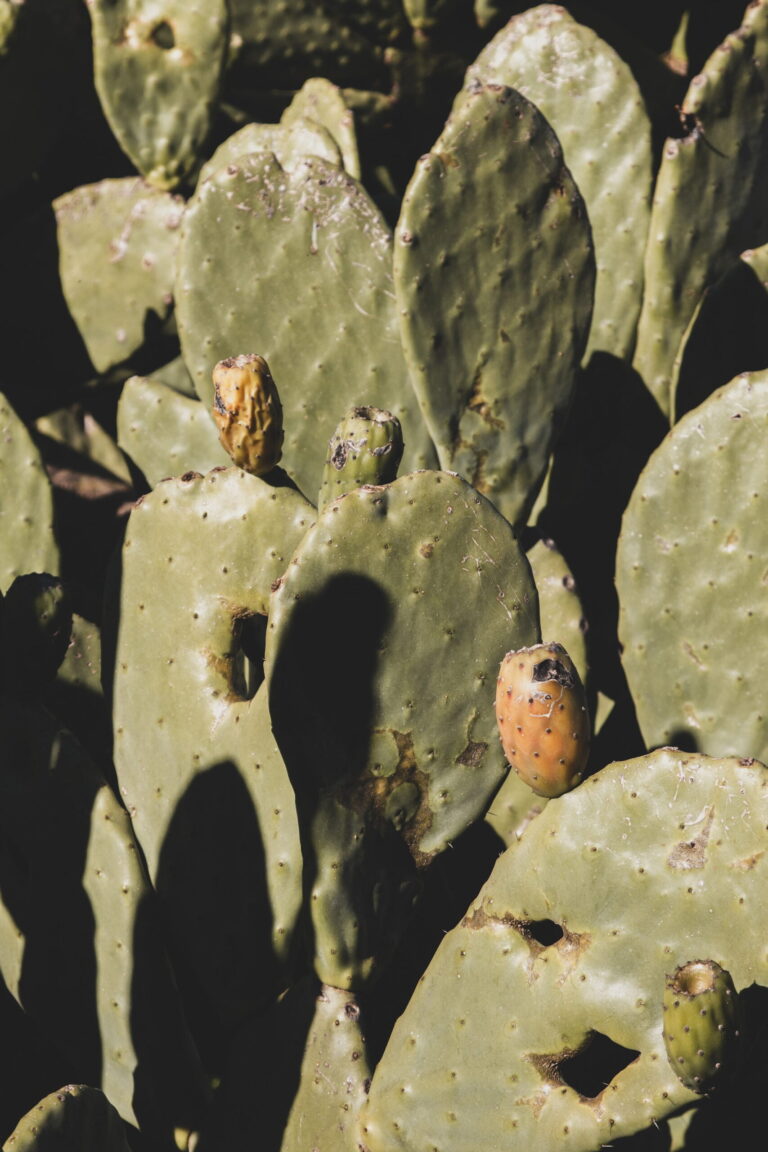
Madi Whyte
Topos – 36°5812.3S-144°0514.2E, 2020
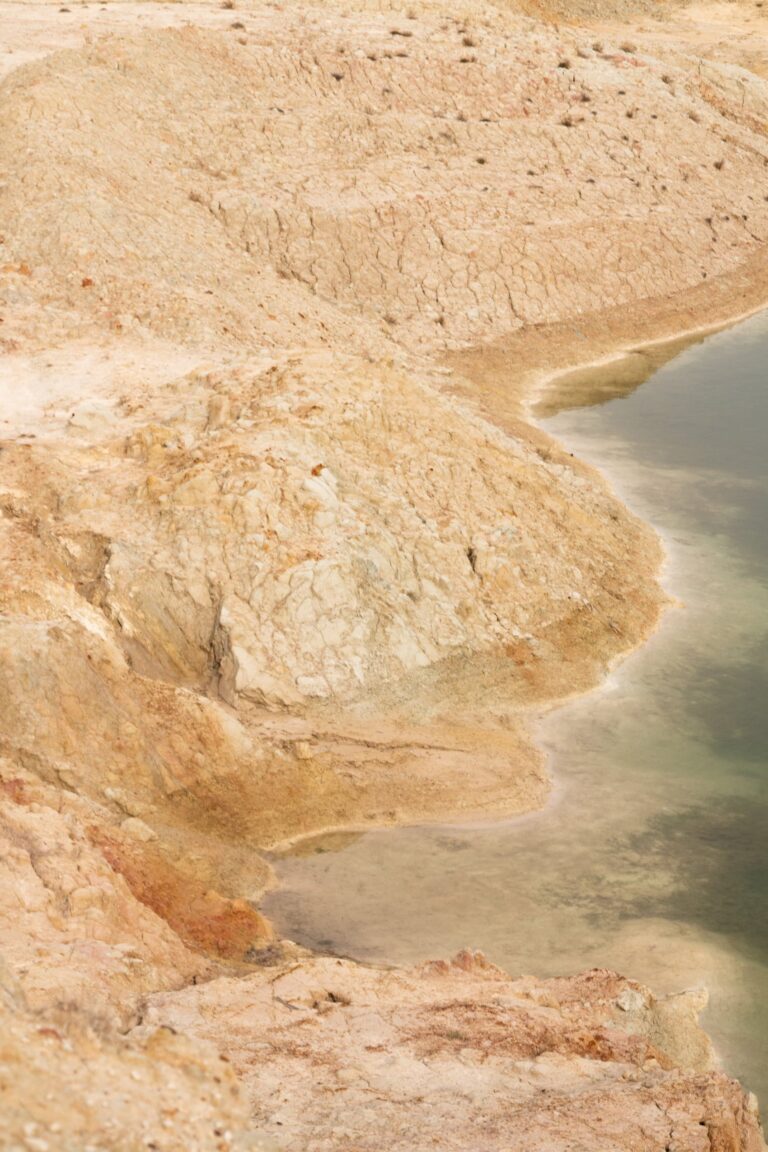
Madi Whyte
Topos – 36°0018.4S-141°1051.5E, 2020
Patrick Riley
I started photographing my parents at the beginning of the COVID-19 pandemic. I boarded an empty plane back to Hobart, catapulted into my childhood bedroom. I suddenly became interested in the highly personal, yet familiar aspects of ordinary life at home and the lives of my parents.
What is a normal family? My Mum had me when she was twenty-three. That was probably more normal back then, but I am older than she was and I don’t have a child. I don’t know what this means, but I began to look at old family photographs, trying to come to terms with the fact they were once my age. What were they like? I only know them now as my parents. But what were they actually like? Would I have been friends with them in another life? These questions start to linger over me.
My parents participate in making the photographs and they often have control over the conditions and poses in the work, however there is a blurring of candid and performed scenes. I often sit and wait for something to happen, and my parents often sit and wait for me to focus the camera. My Mother is much more forgiving and will wait patiently, my Dad less so. Although few definitive answers have been found, sometimes it’s just the simple fact we’ve been reunited through the making of this work, something that has brought us closer together.
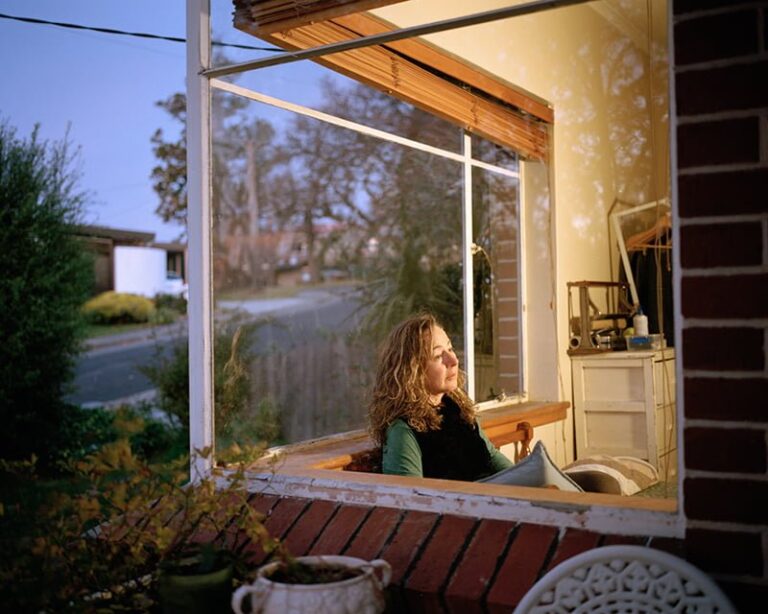
Patrick Riley
Mum By The Window, 2020
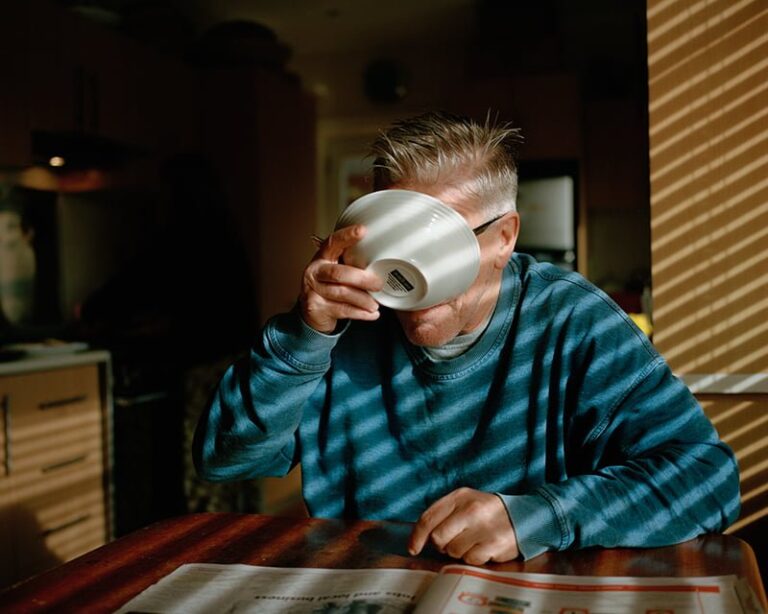
Patrick Riley
Dad Having Breakfast, 2020
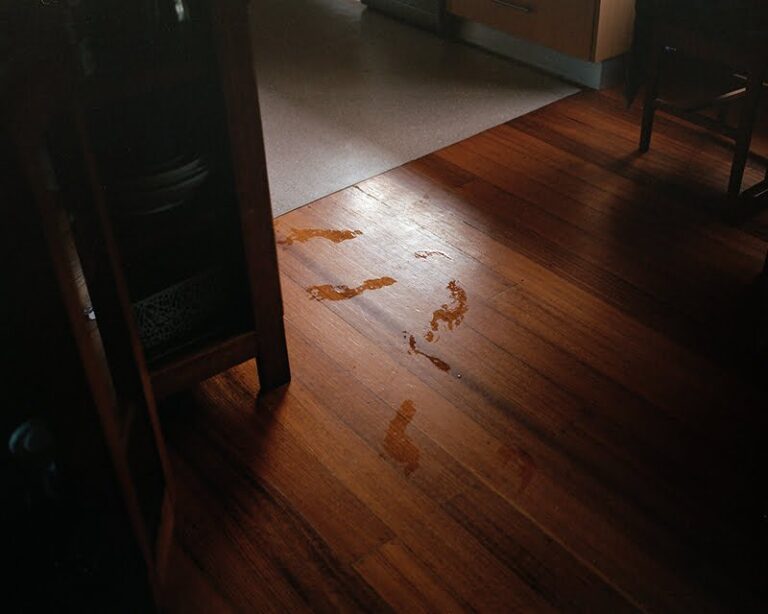
Patrick Riley
Bathroom Footsteps, 2020
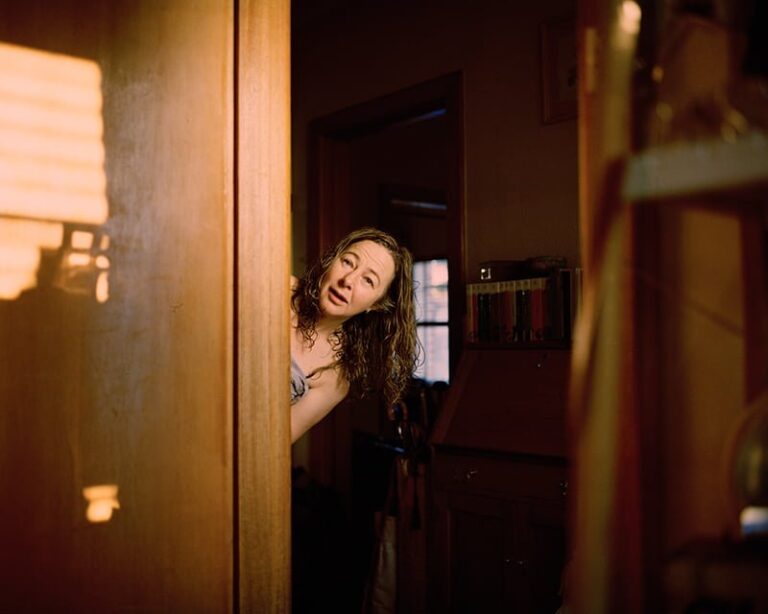
Patrick Riley
Mums Floating Head, 2020
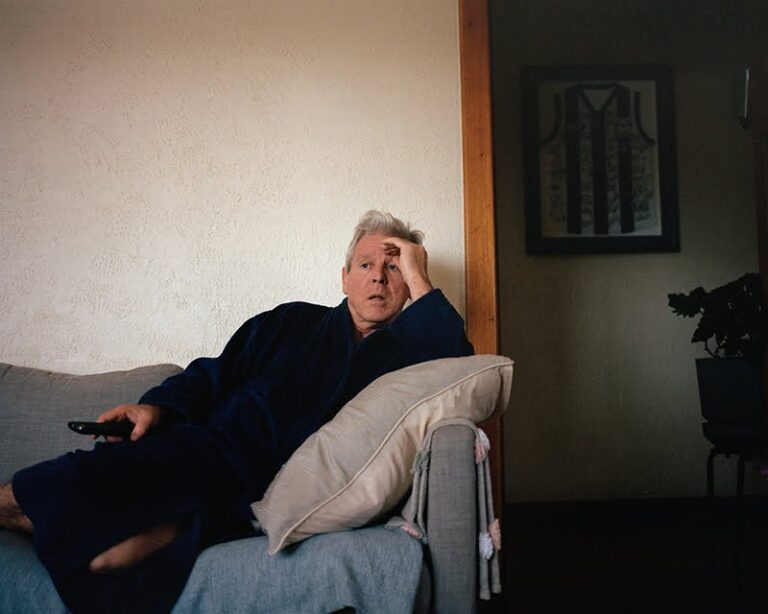
Patrick Riley
Dad Watching Television, 2020
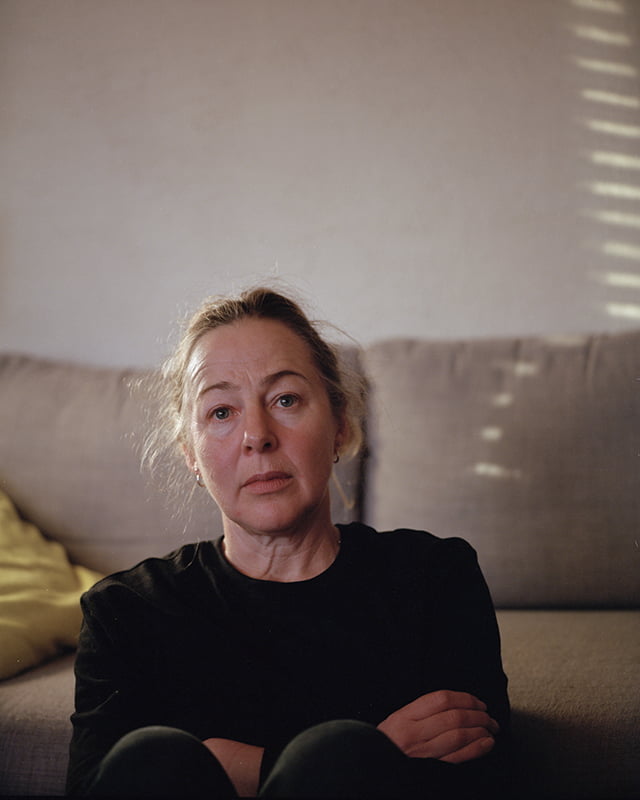
Patrick Riley
Mum Watching Television, 2020
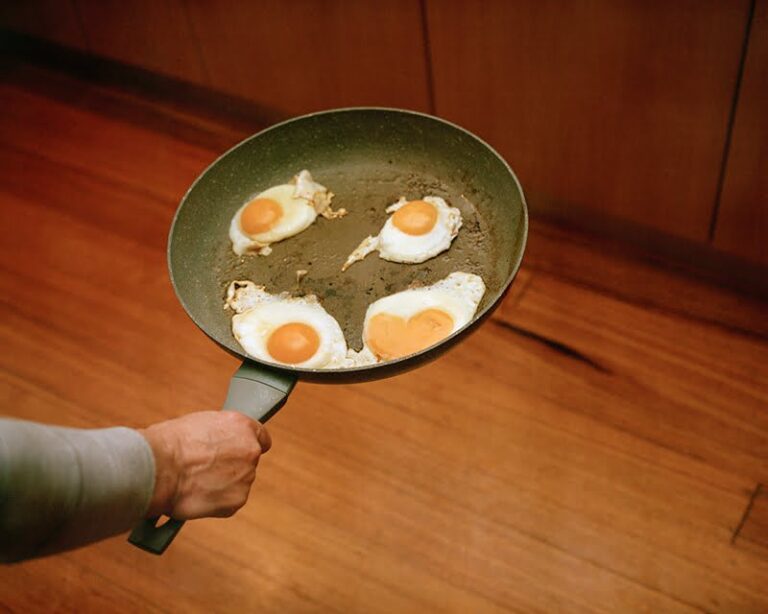
Patrick Riley
Love Yolk, 2020
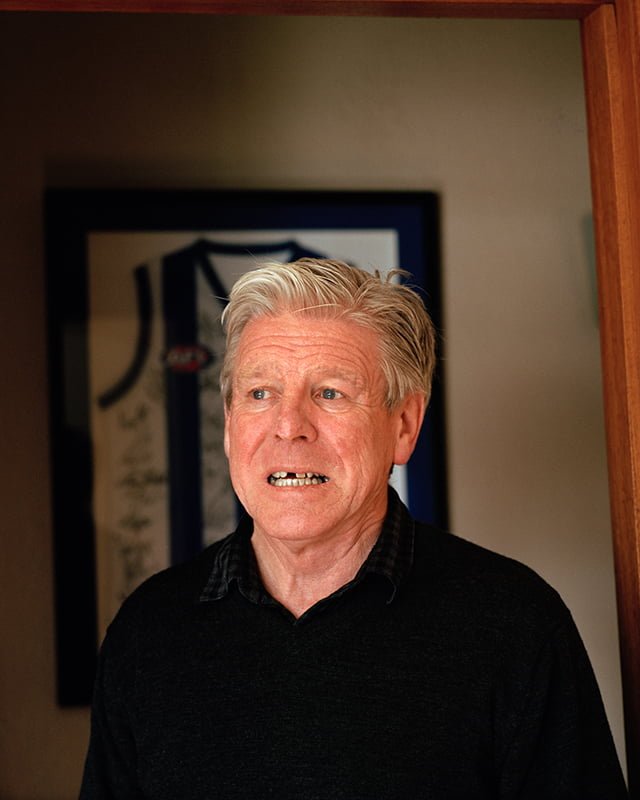
Patrick Riley
Dads Missing Tooth, 2020
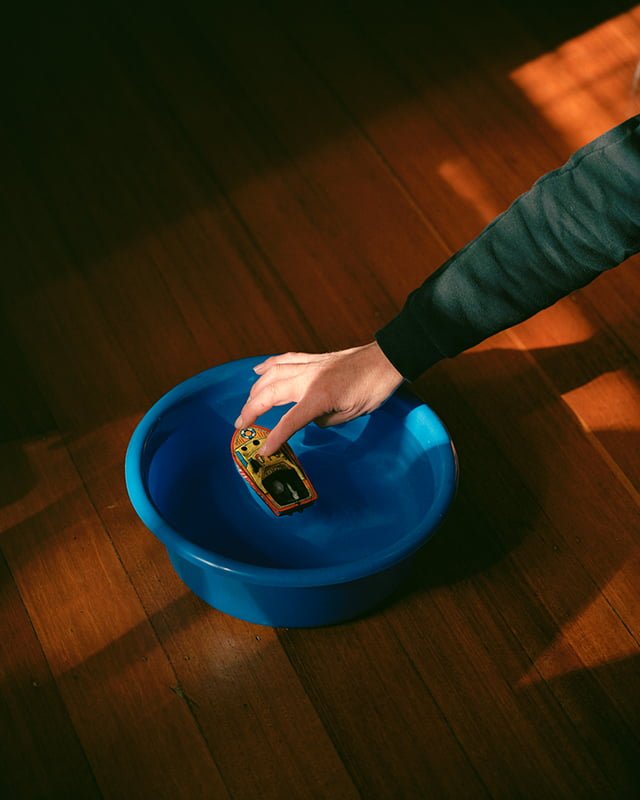
Patrick Riley
Putt Putt Boat, 2020
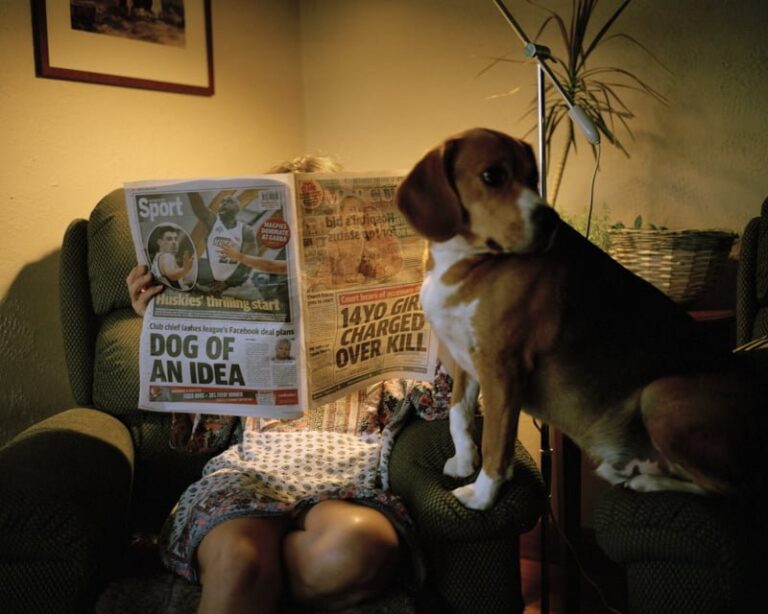
Patrick Riley
Dog Of An Idea, 2020
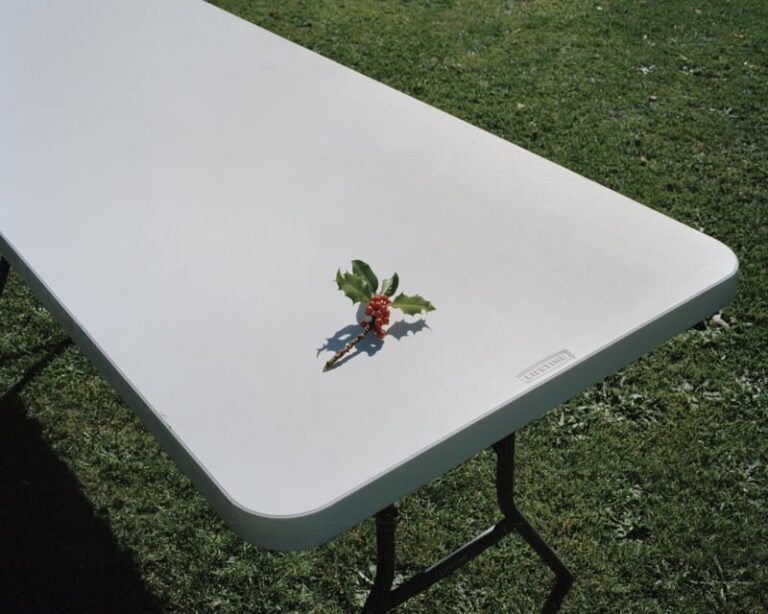
Patrick Riley
Holly, 2020
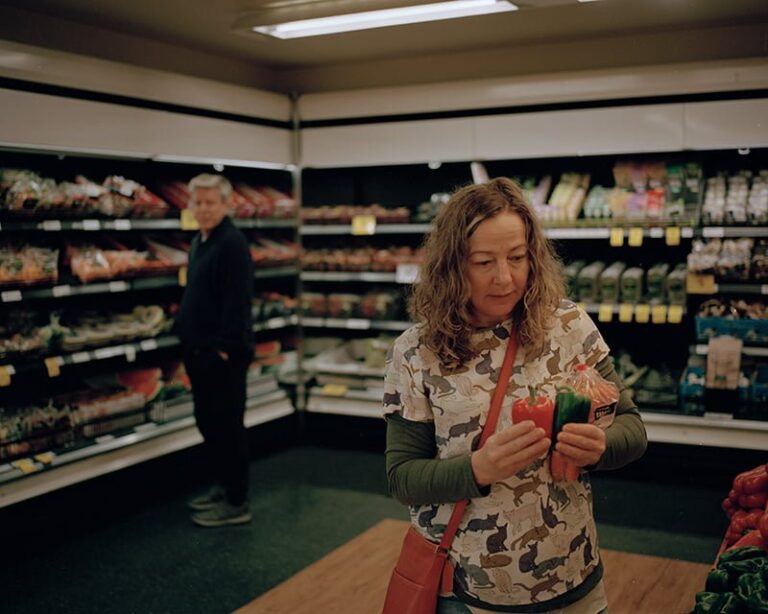
Patrick Riley
Supermarket, 2020
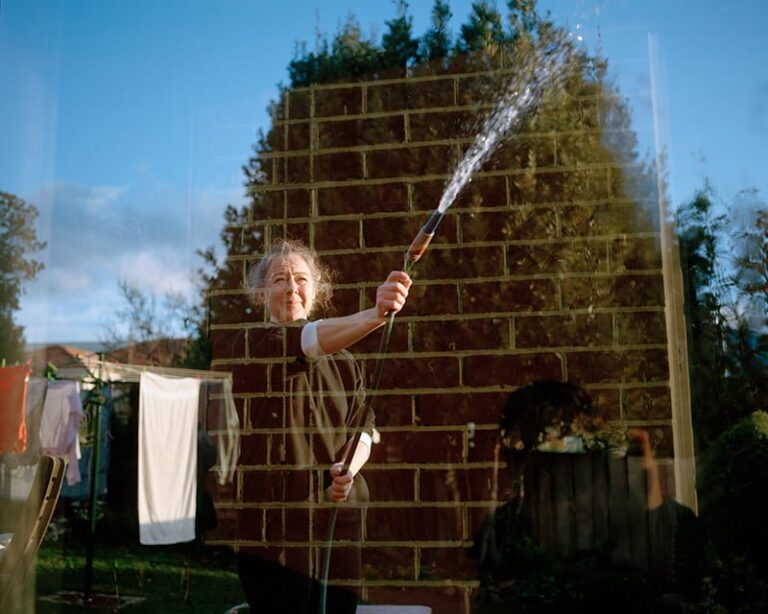
Patrick Riley
Mum With The Hose, 2020
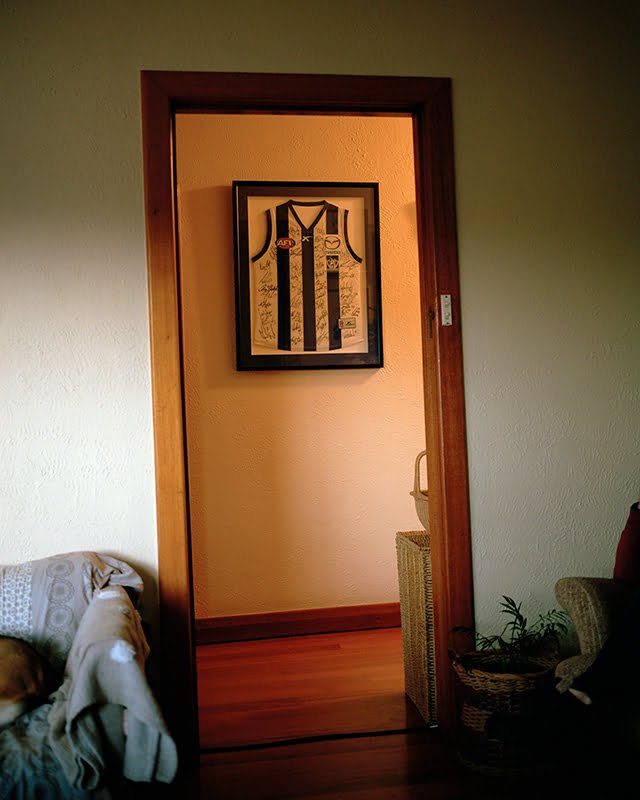
Patrick Riley
Hallway, 2020
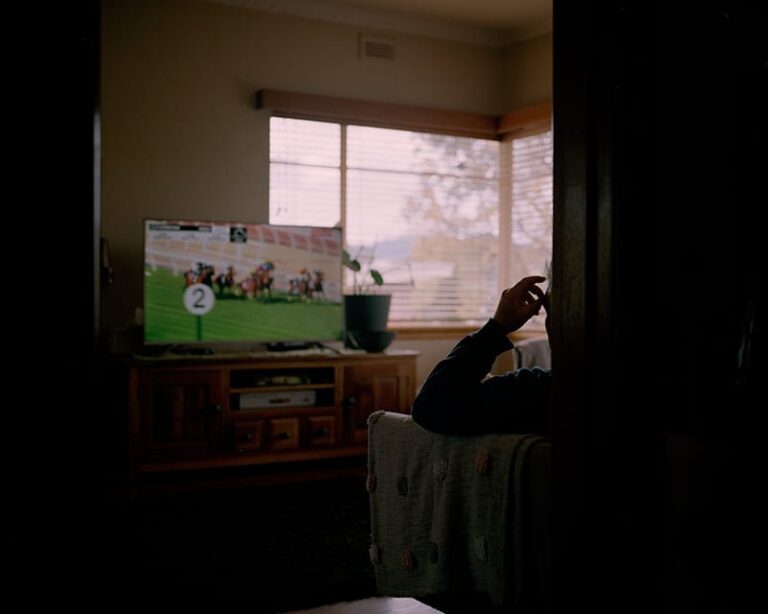
Patrick Riley
Dad Watching The Races, 2020
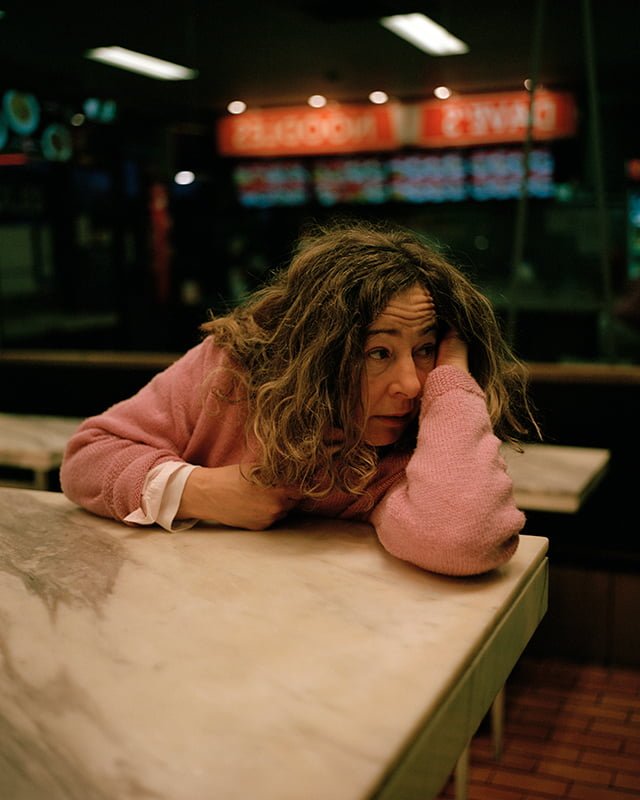
Patrick Riley
Mum At Noodle Box, 2020
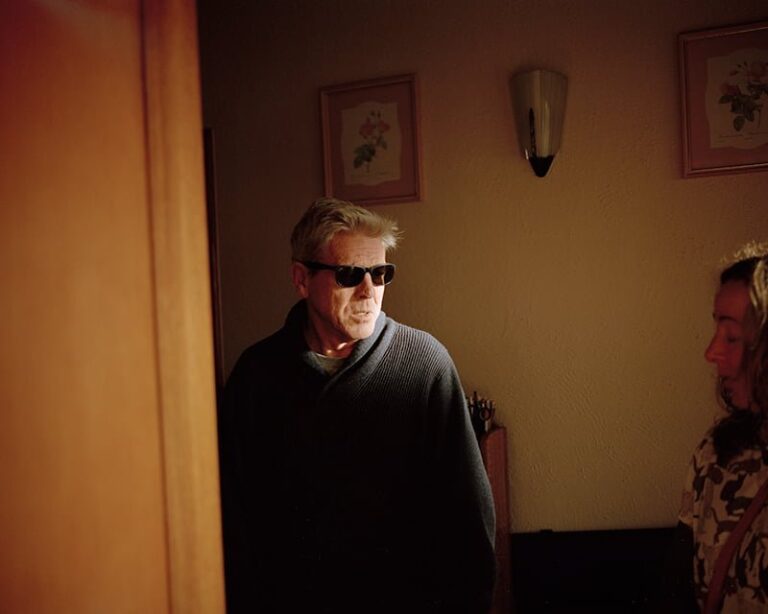
Patrick Riley
About To Leave The House, 2020
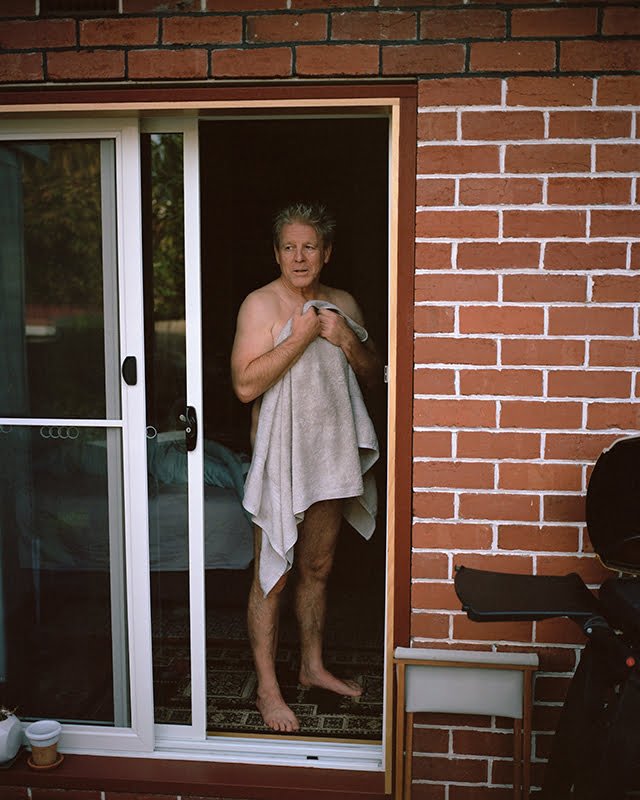
Patrick Riley
Dad After A Shower, 2020
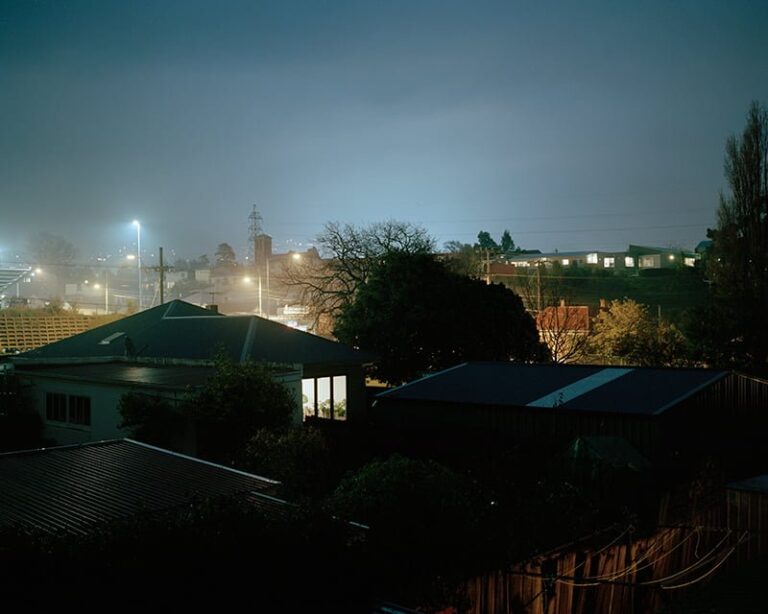
Patrick Riley
Cold New Town Night, 2020
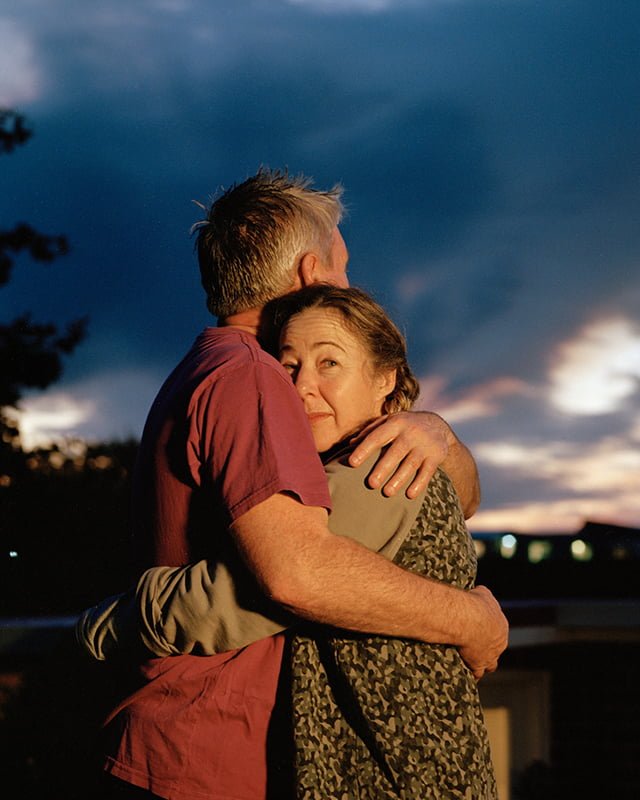
Patrick Riley
Mum And Dad Hugging, 2020
Christina Tzimas
Altered Landscapes, 2020
This series of images explores the way we view and imagine nature. Often traditional landscape photography depicts ethereal and tranquil scenes of absolute perfection. I wanted to construct imaginary landscapes that are overdone, overloaded and overwhelmed. Through combining various natural aspects that contrast each other, I aim to create a scene that still remains harmonious. I have chosen to work with natural landscapes from my personal archive, primarily focusing on those I have previously rejected because of technical imperfections. These have been digitally merged together and reworked, exaggerating the defining elements of each original image. The images together create an idyllic artificial realm that is inspired by nature, whilst having an almost impossible existence.
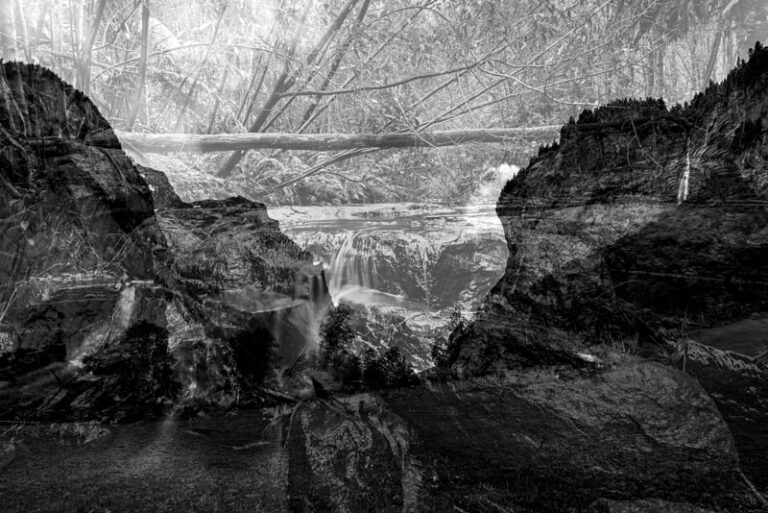
Christina Tzimas
Altered Landscapes 1, 2020
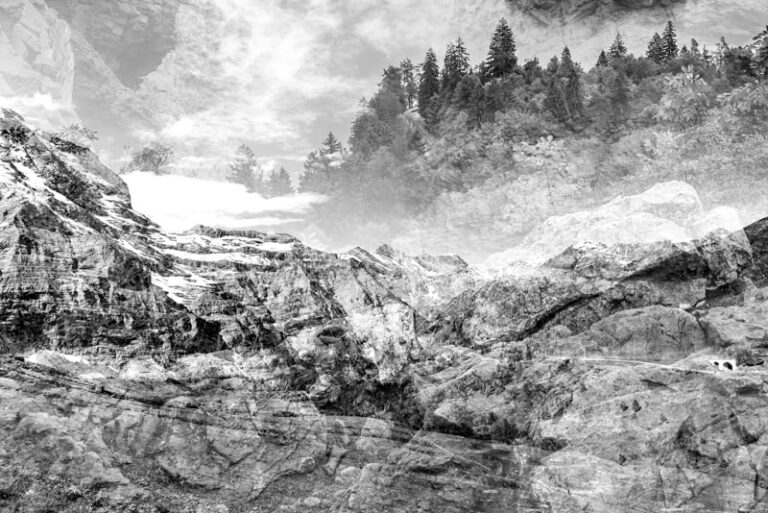
Christina Tzimas
Altered Landscapes 2, 2020
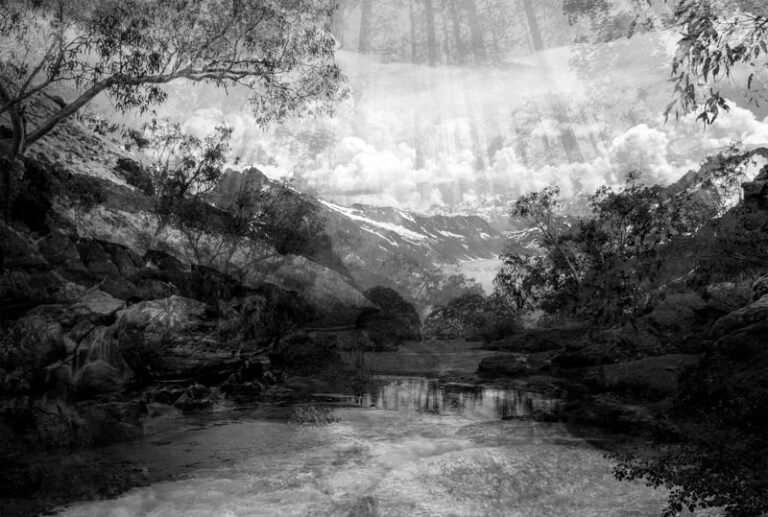
Christina Tzimas
Altered Landscapes 3, 2020
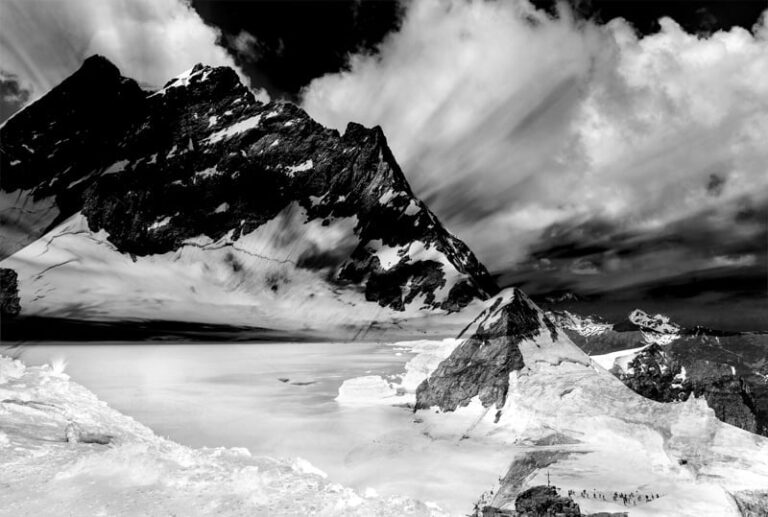
Christina Tzimas
Altered Landscapes 4, 2020
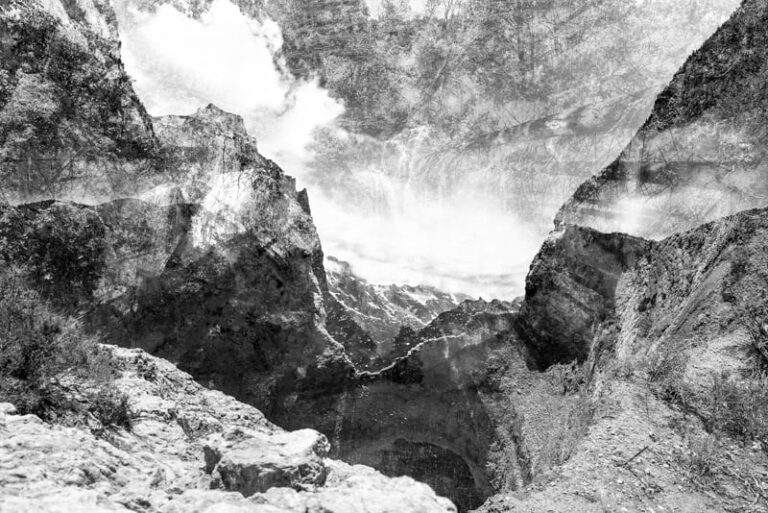
Christina Tzimas
Altered Landscapes 5, 2020
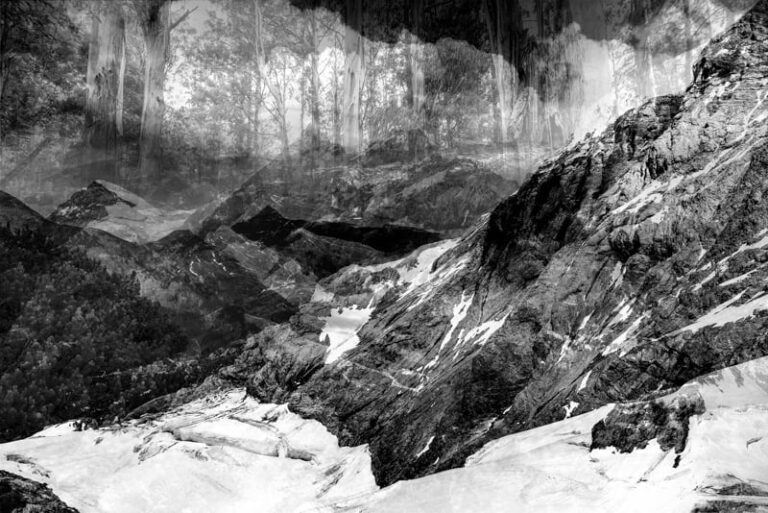
Christina Tzimas
Altered Landscapes 6, 2020
Jake Nemirovsky
All that is Solid Melts to Air, 2020
All that is Solid Melts to Air is an expanded documentary work that emerges from the all-pervading sense of precarity that saturates the contemporary consciousness. Ominous moments are drawn together into a foreboding narrative of non-specific anxiety; an overarching, post millennial uneasiness. Drawing on the language of cinema, the work moves between the real and non-real, between certainty and doubt, attempting to seek out meaning in a reality that is increasingly destabilised by the echo chambers of social media, mainstream media, advertising and political rhetoric. The work forms out of a process of wandering and getting lost, the camera pricking the surface of the visual world to reveal new perspectives on the lived experience. The work seeks to blur distinctions between the real and the fictional, reassessing documentary image making conventions in light of an unfolding, post-truth world.
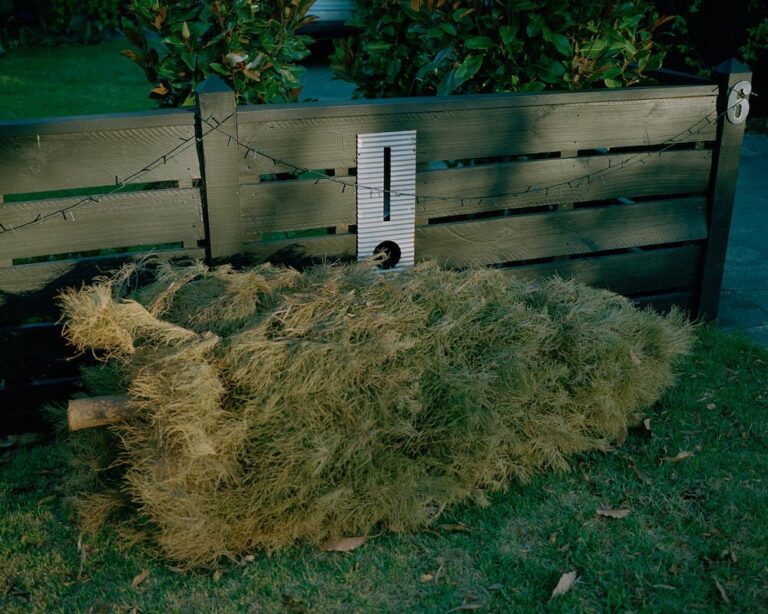
Jake Nemirovsky
All that is Solid Melts to Air 1, 2020
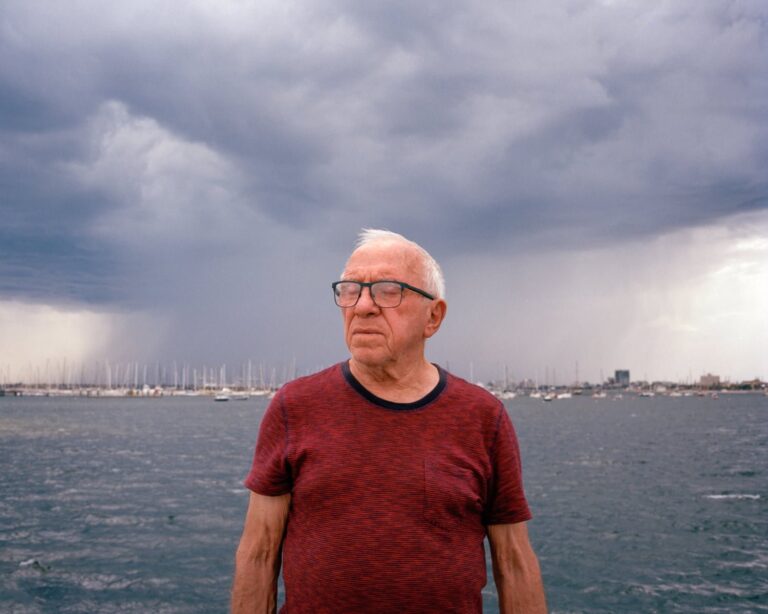
Jake Nemirovsky
All that is Solid Melts to Air 2, 2020
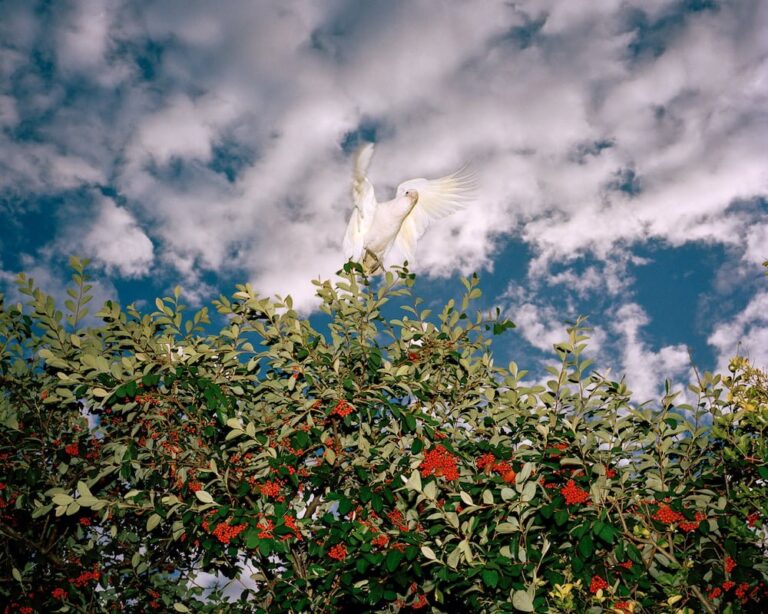
Jake Nemirovsky
All that is Solid Melts to Air 3, 2020
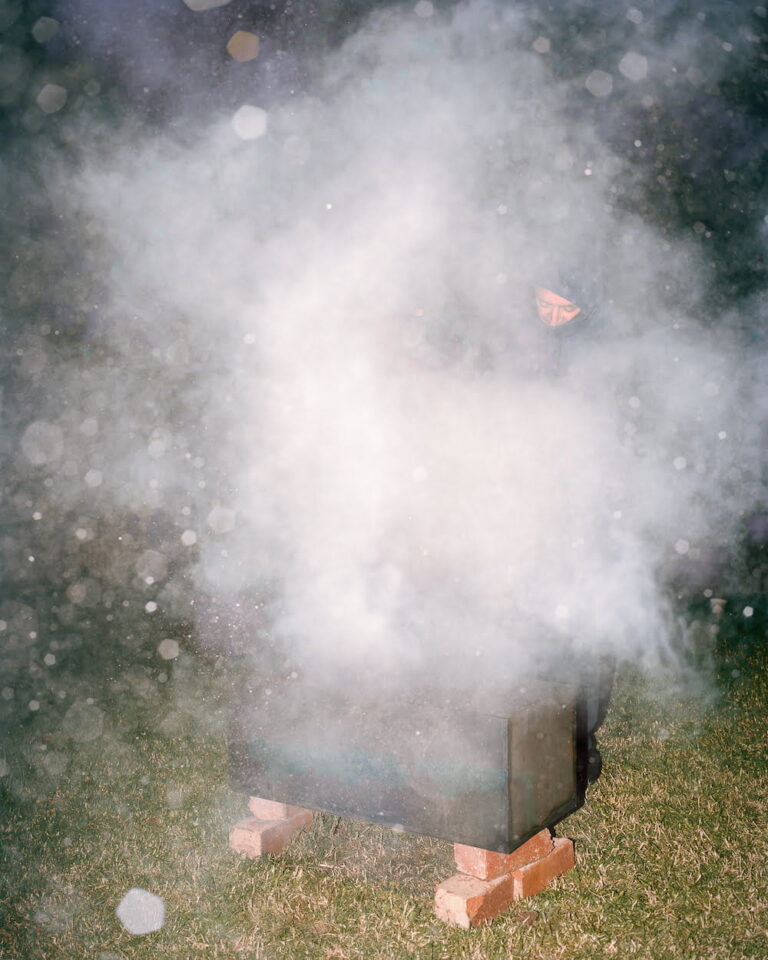
Jake Nemirovsky
All that is Solid Melts to Air 4, 2020
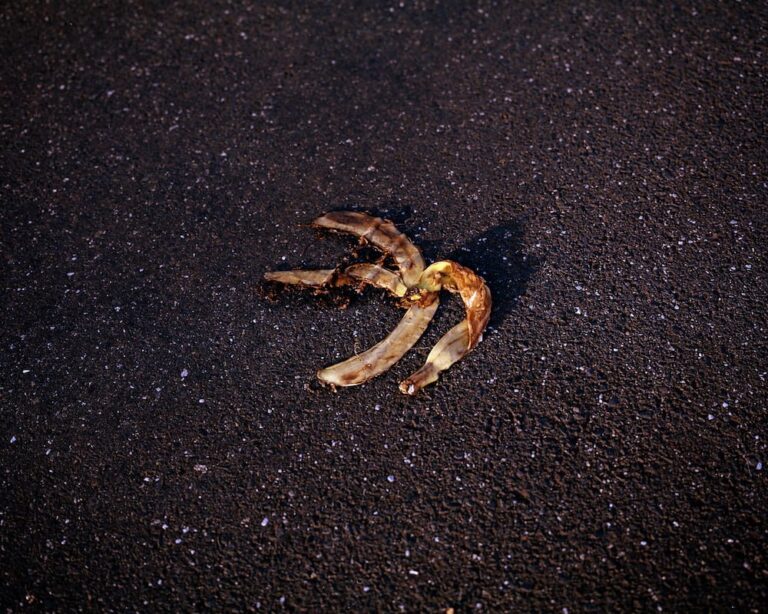
Jake Nemirovsky
All that is Solid Melts to Air 5, 2020
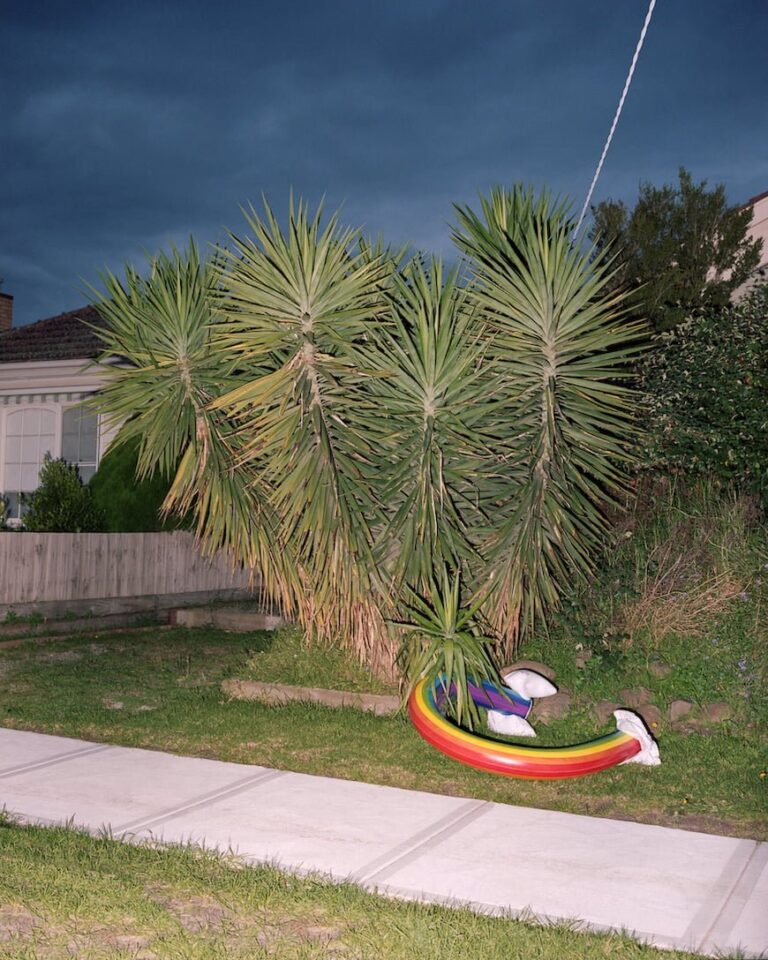
Jake Nemirovsky
All that is Solid Melts to Air 6, 2020
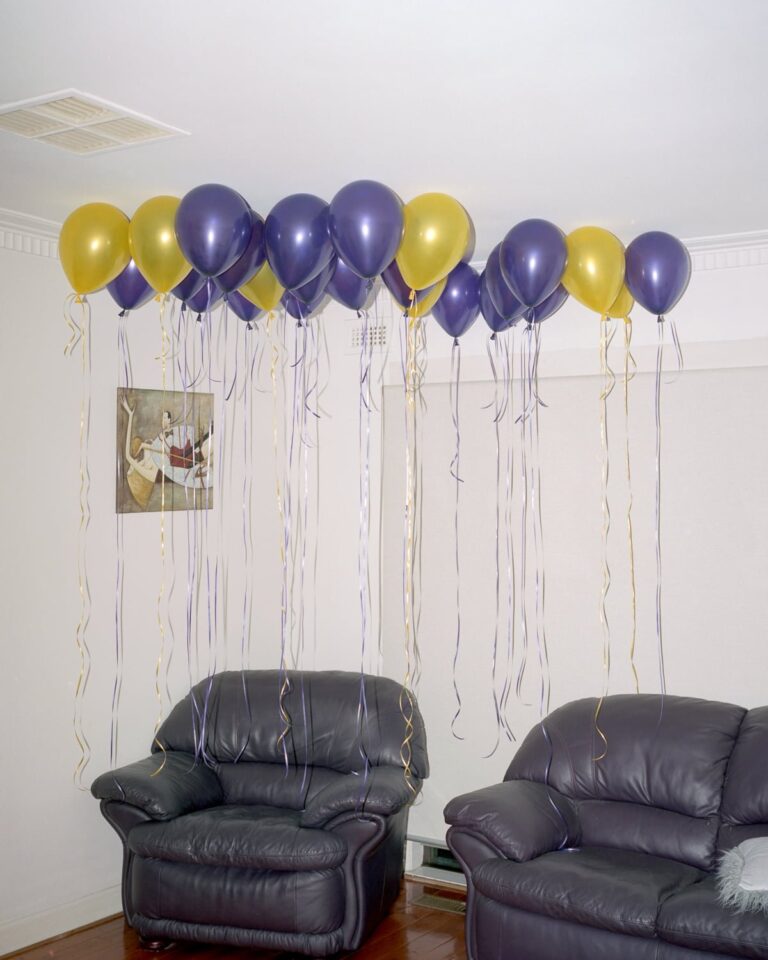
Jake Nemirovsky
All that is Solid Melts to Air 7, 2020
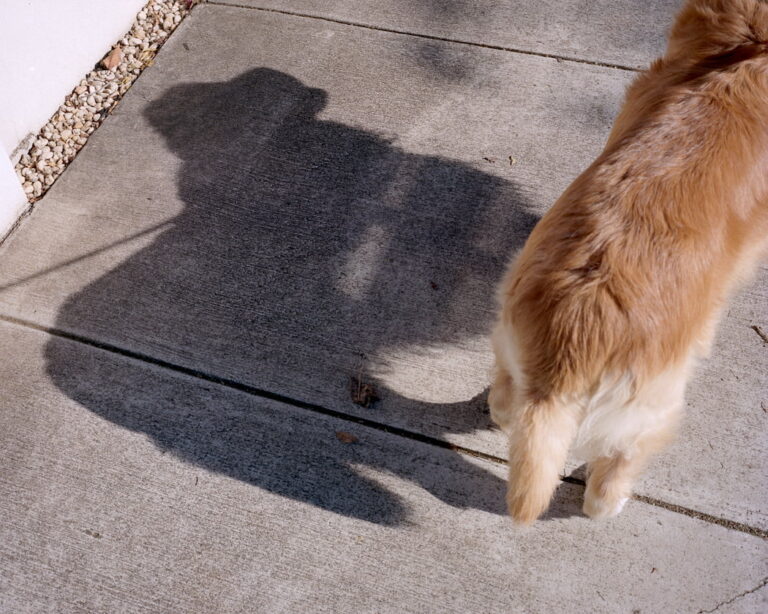
Jake Nemirovsky
All that is Solid Melts to Air 8, 2020
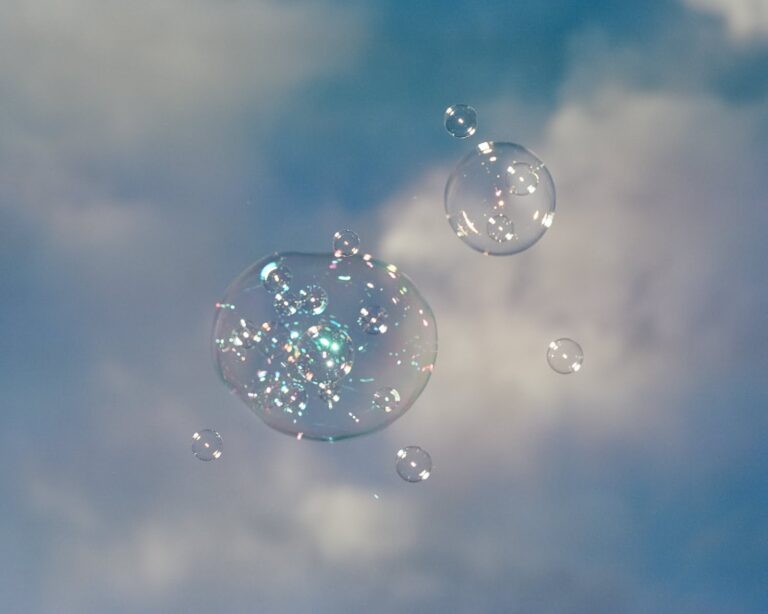
Jake Nemirovsky
All that is Solid Melts to Air 9, 2020
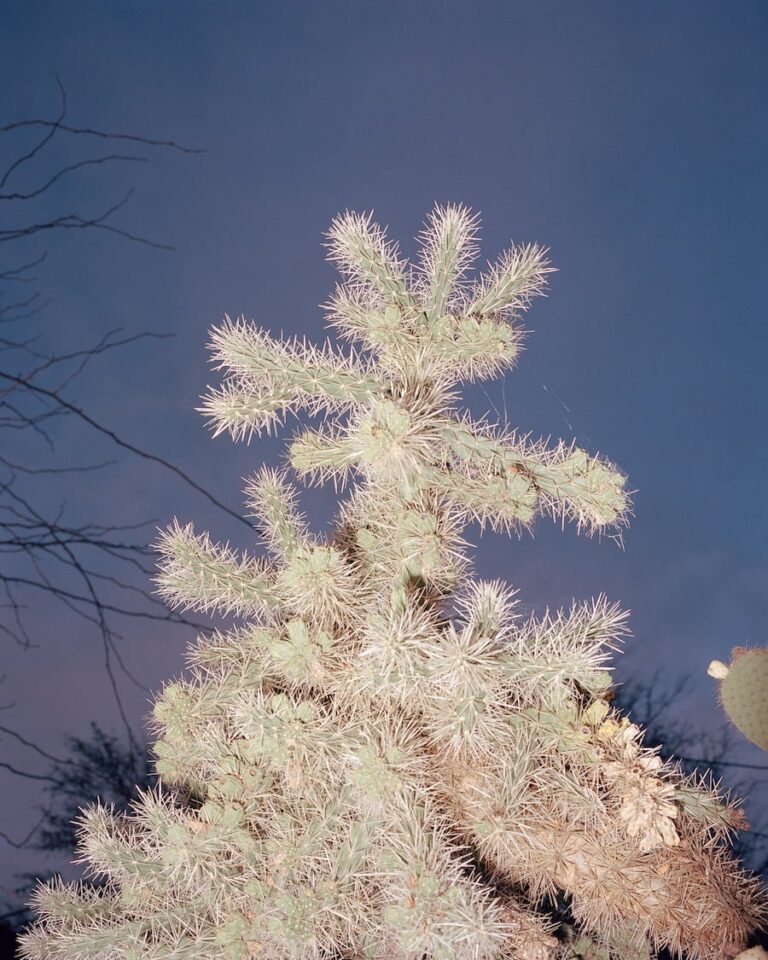
Jake Nemirovsky
All that is Solid Melts to Air 10, 2020
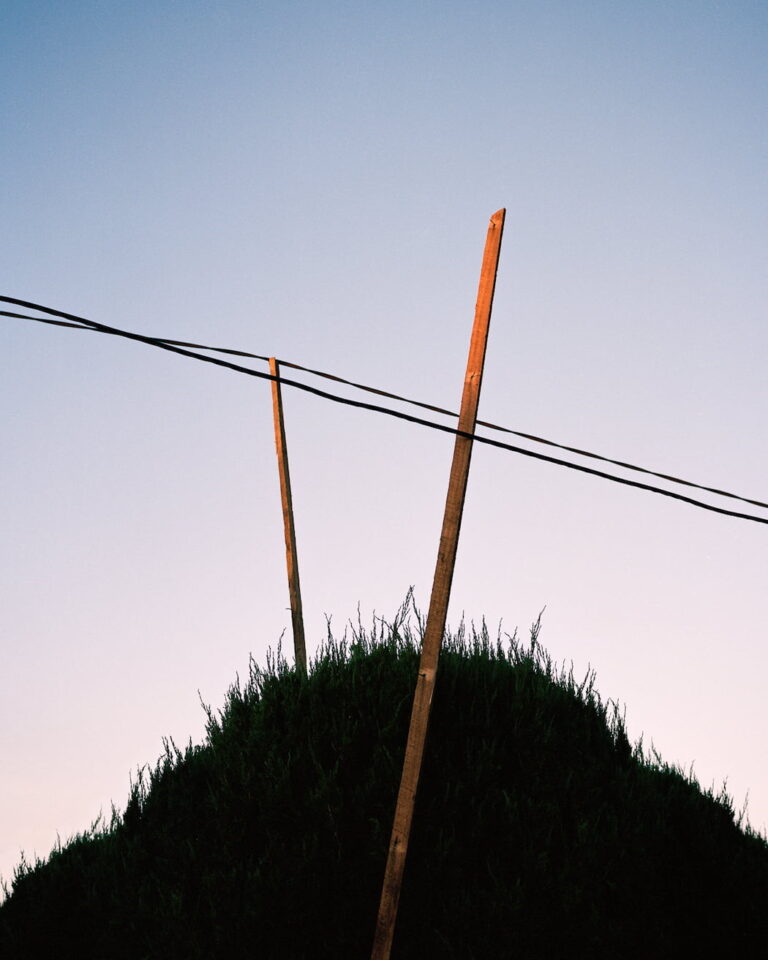
Jake Nemirovsky
All that is Solid Melts to Air 11, 2020
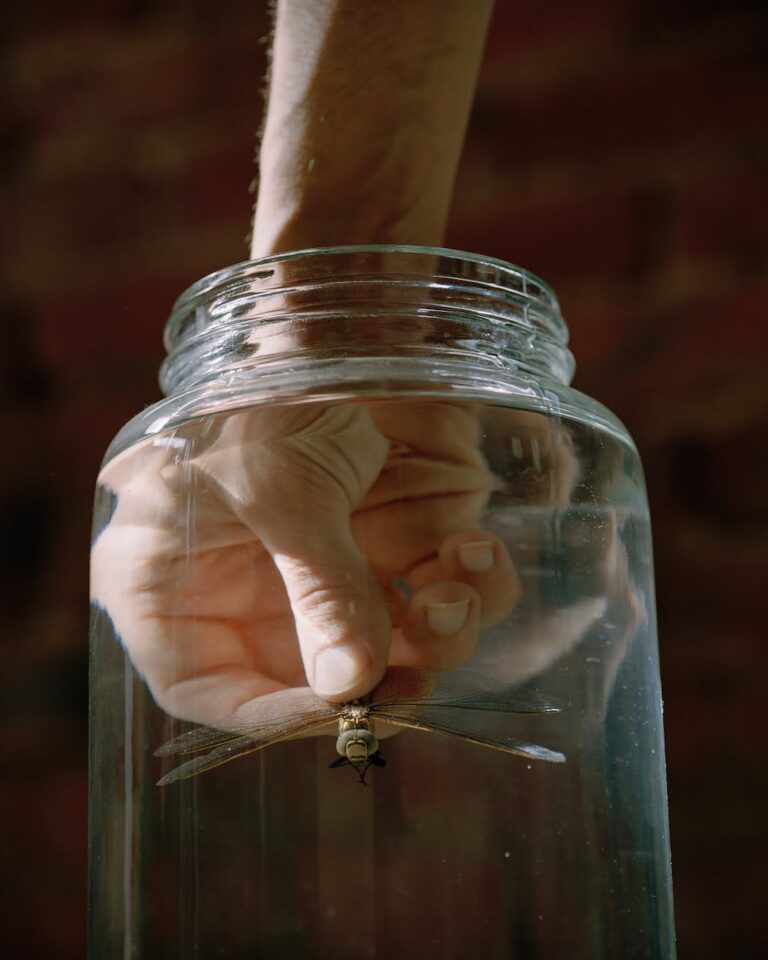
Jake Nemirovsky
All that is Solid Melts to Air 12, 2020
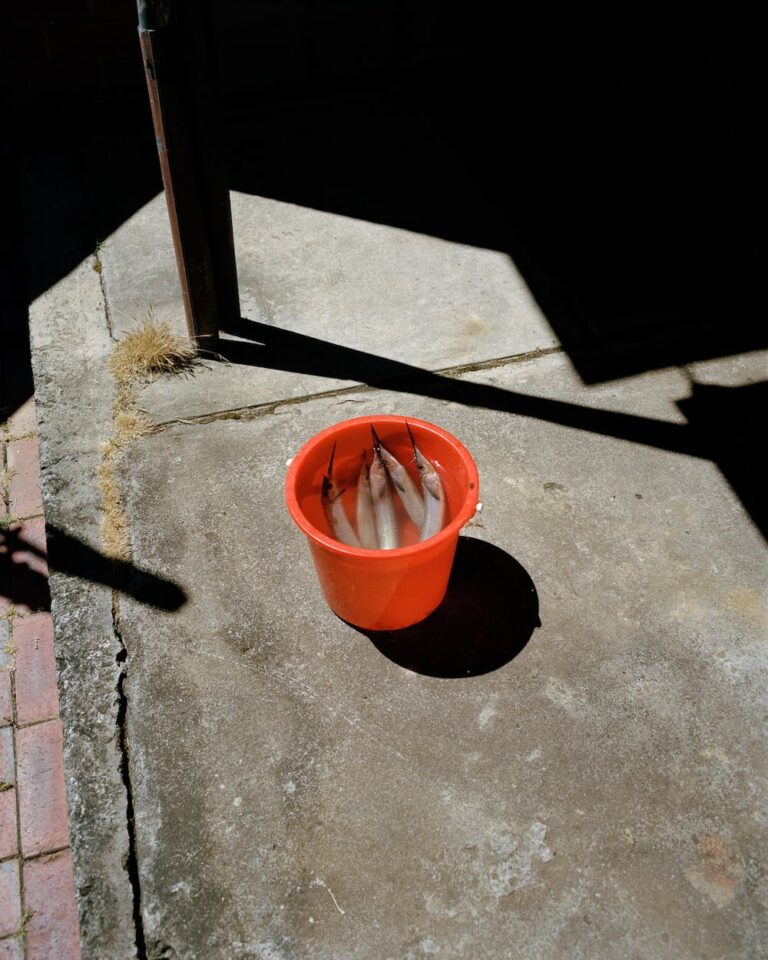
Jake Nemirovsky
All that is Solid Melts to Air 13, 2020
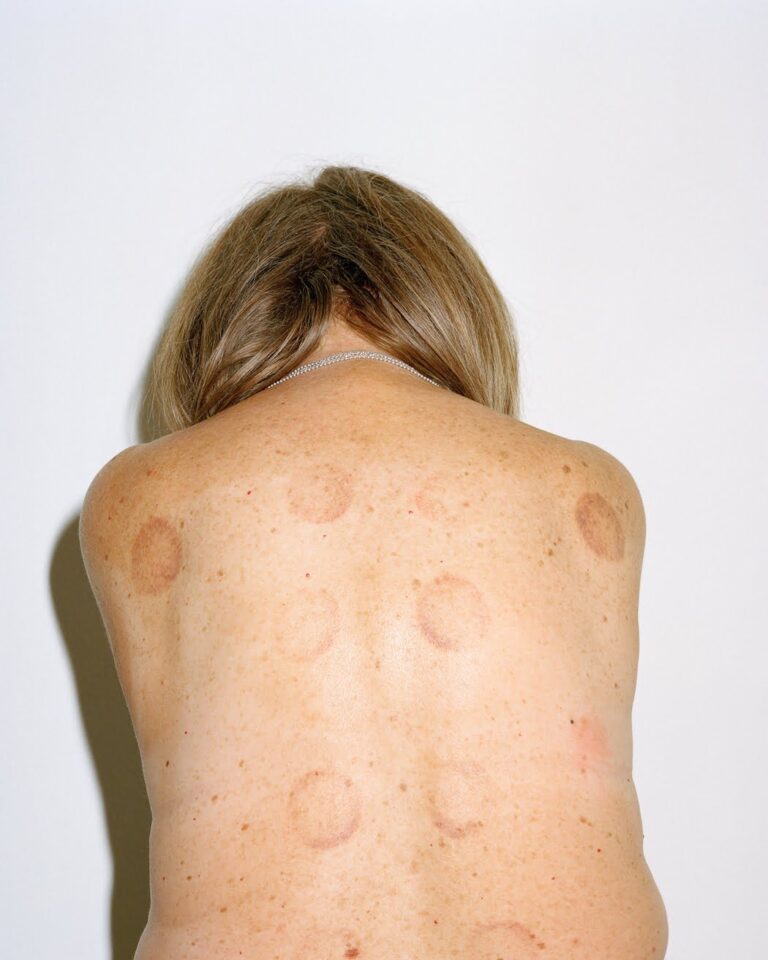
Jake Nemirovsky
All that is Solid Melts to Air 14, 2020
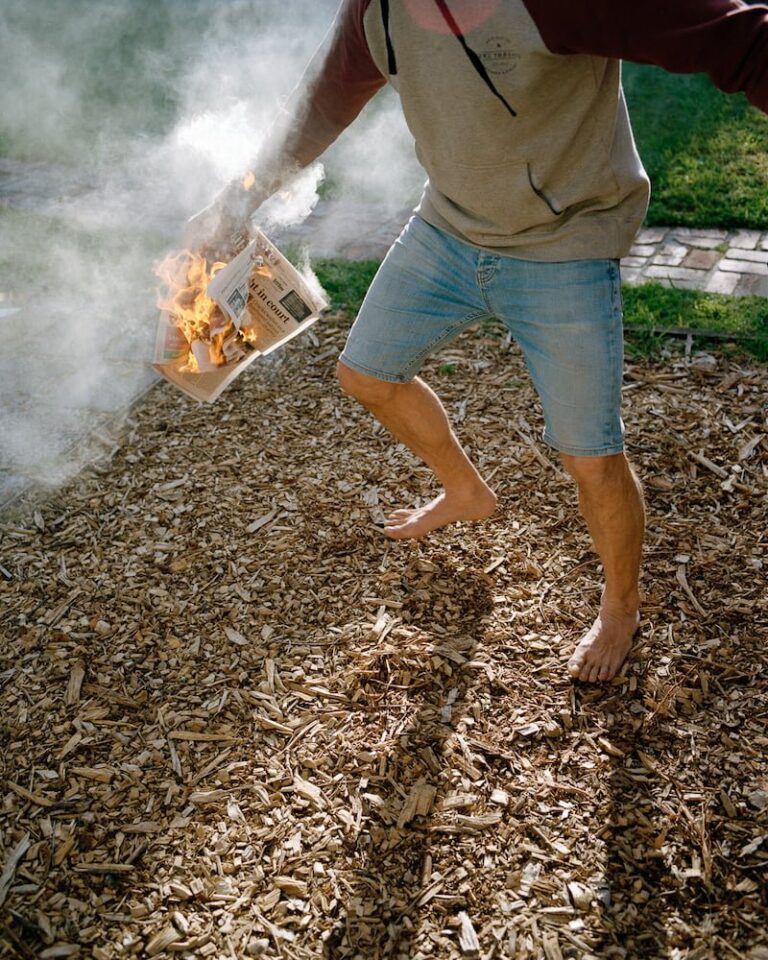
Jake Nemirovsky
All that is Solid Melts to Air 15, 2020
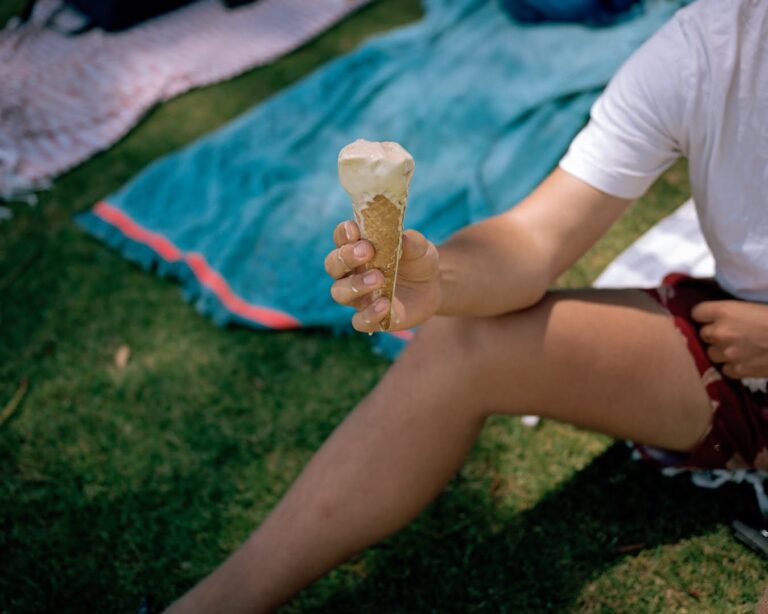
Jake Nemirovsky
All that is Solid Melts to Air 16, 2020
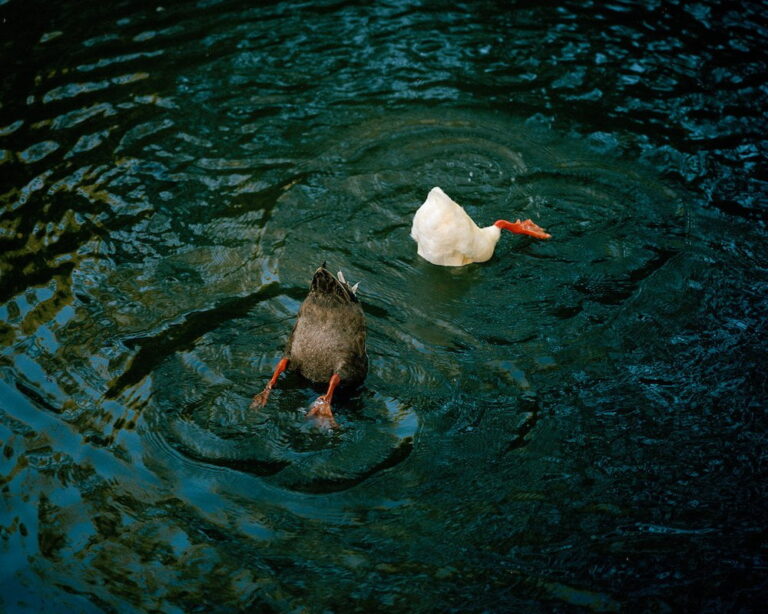
Jake Nemirovsky
All that is Solid Melts to Air 17, 2020
